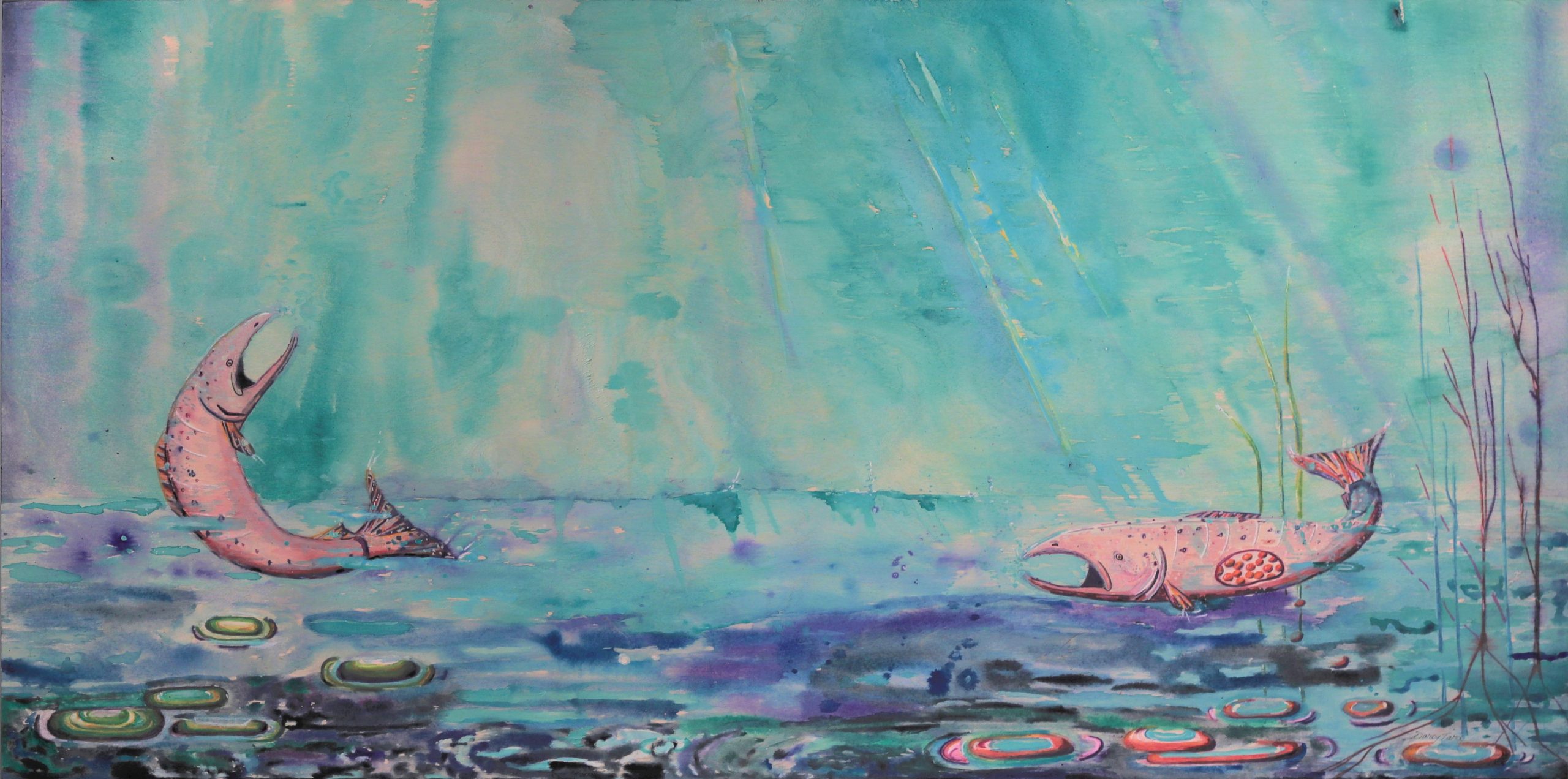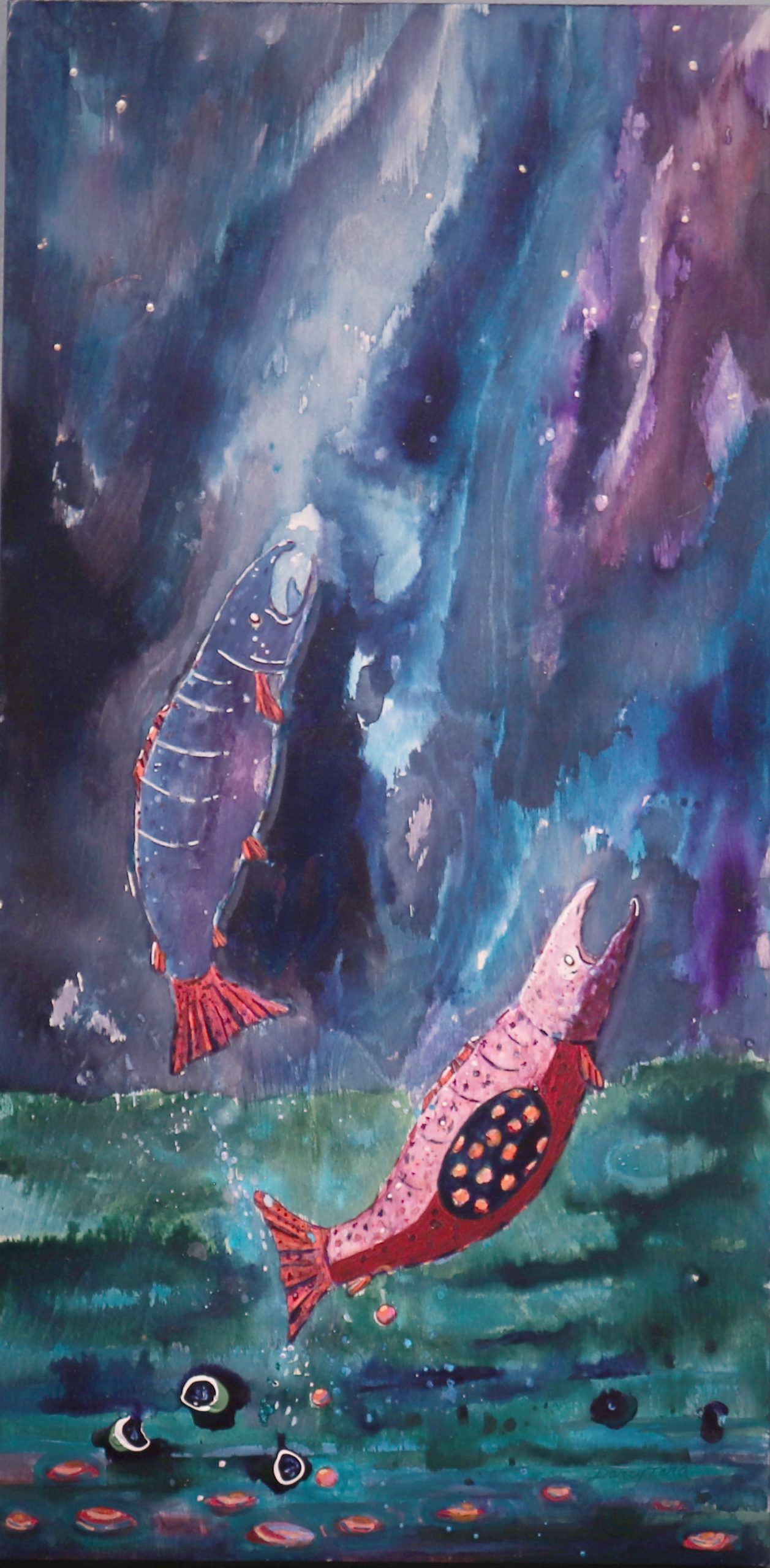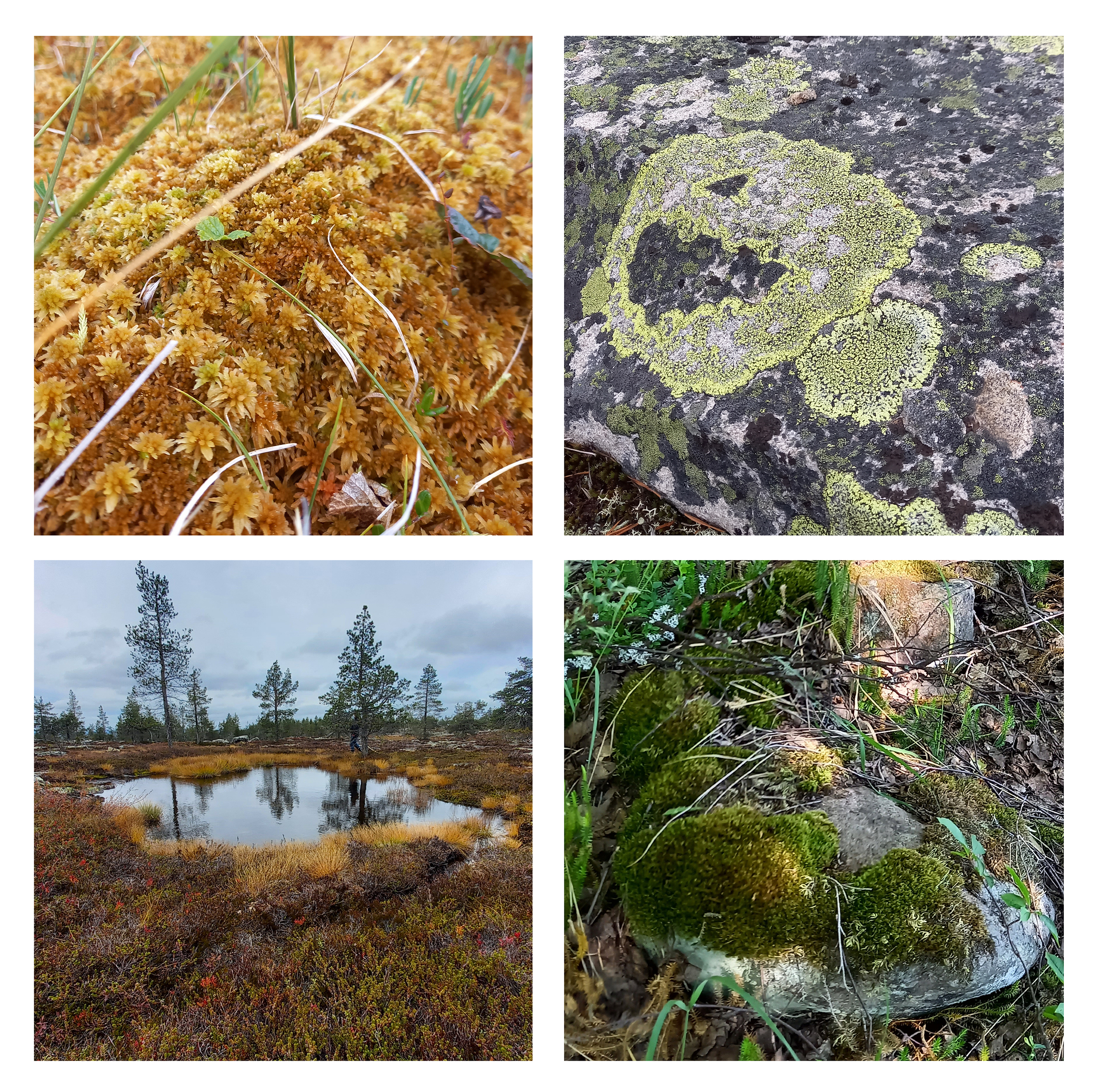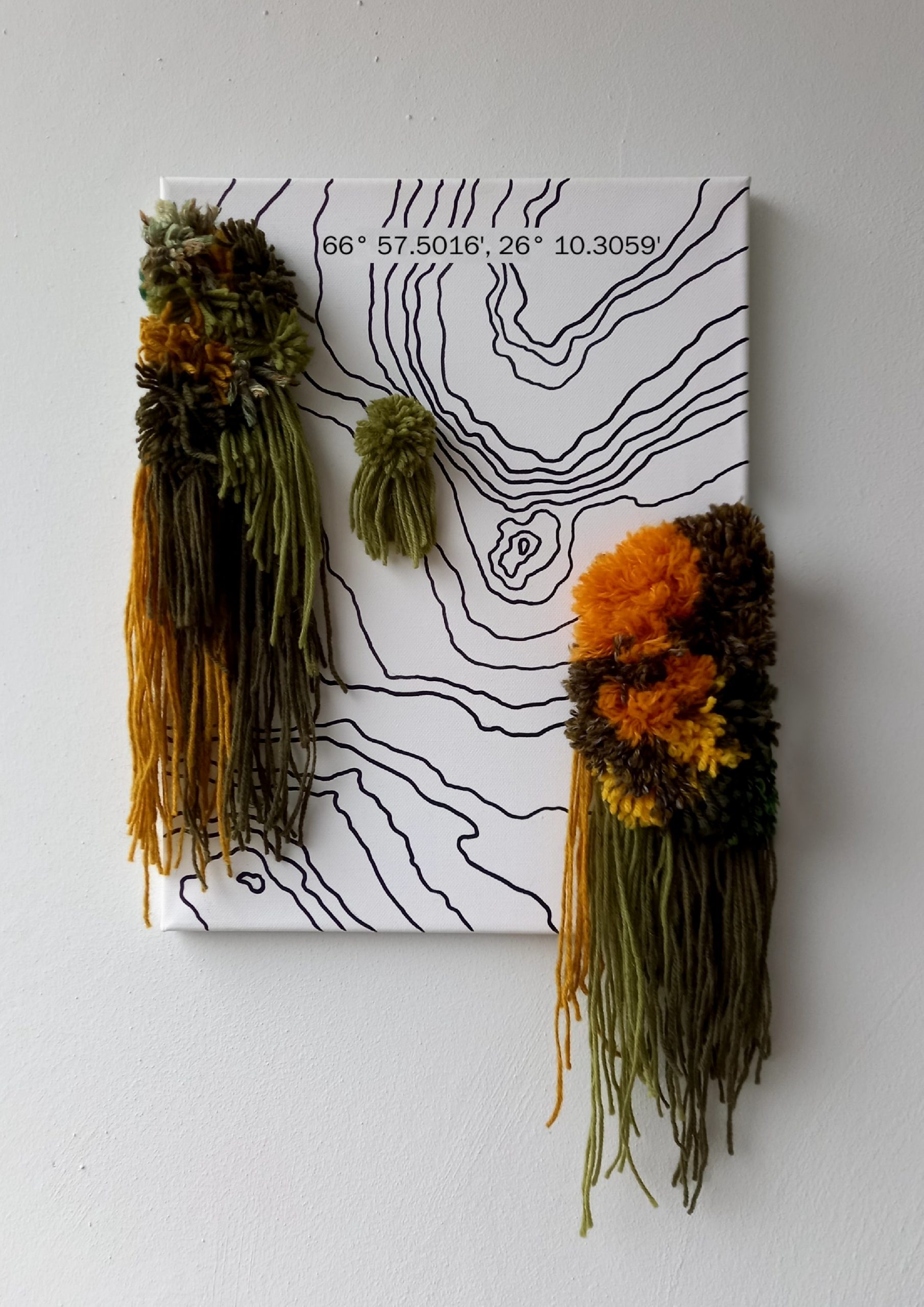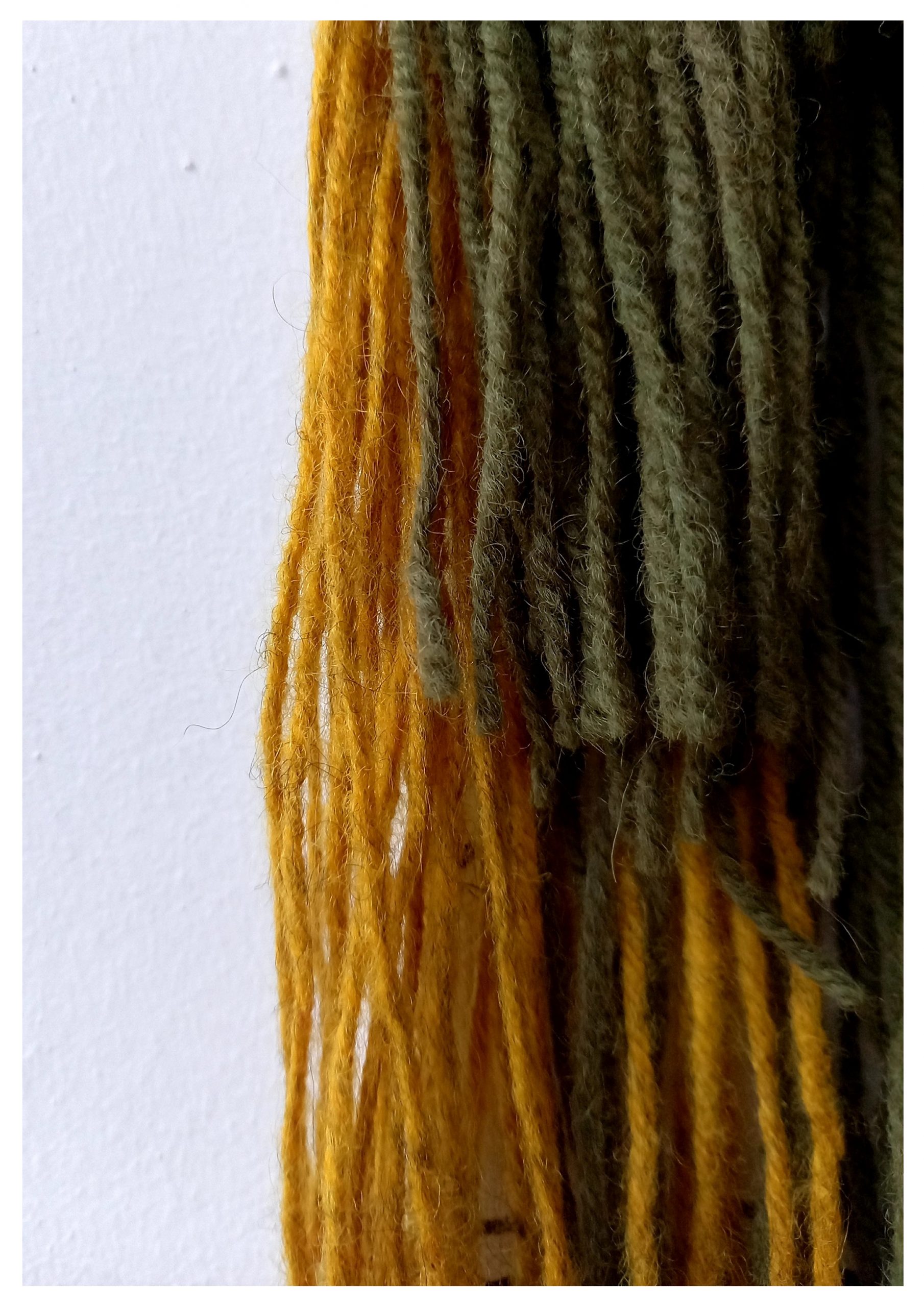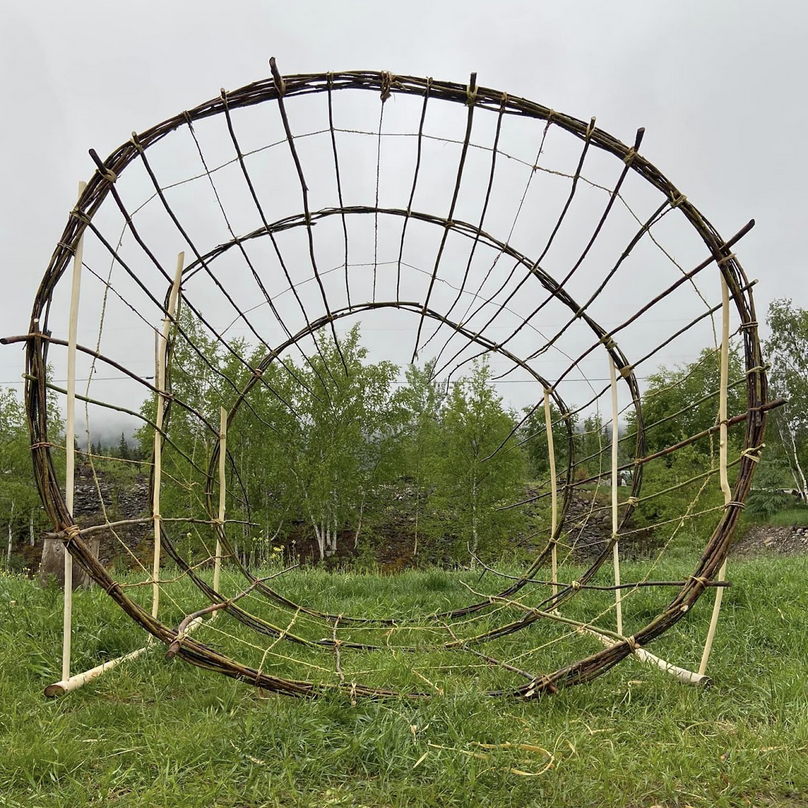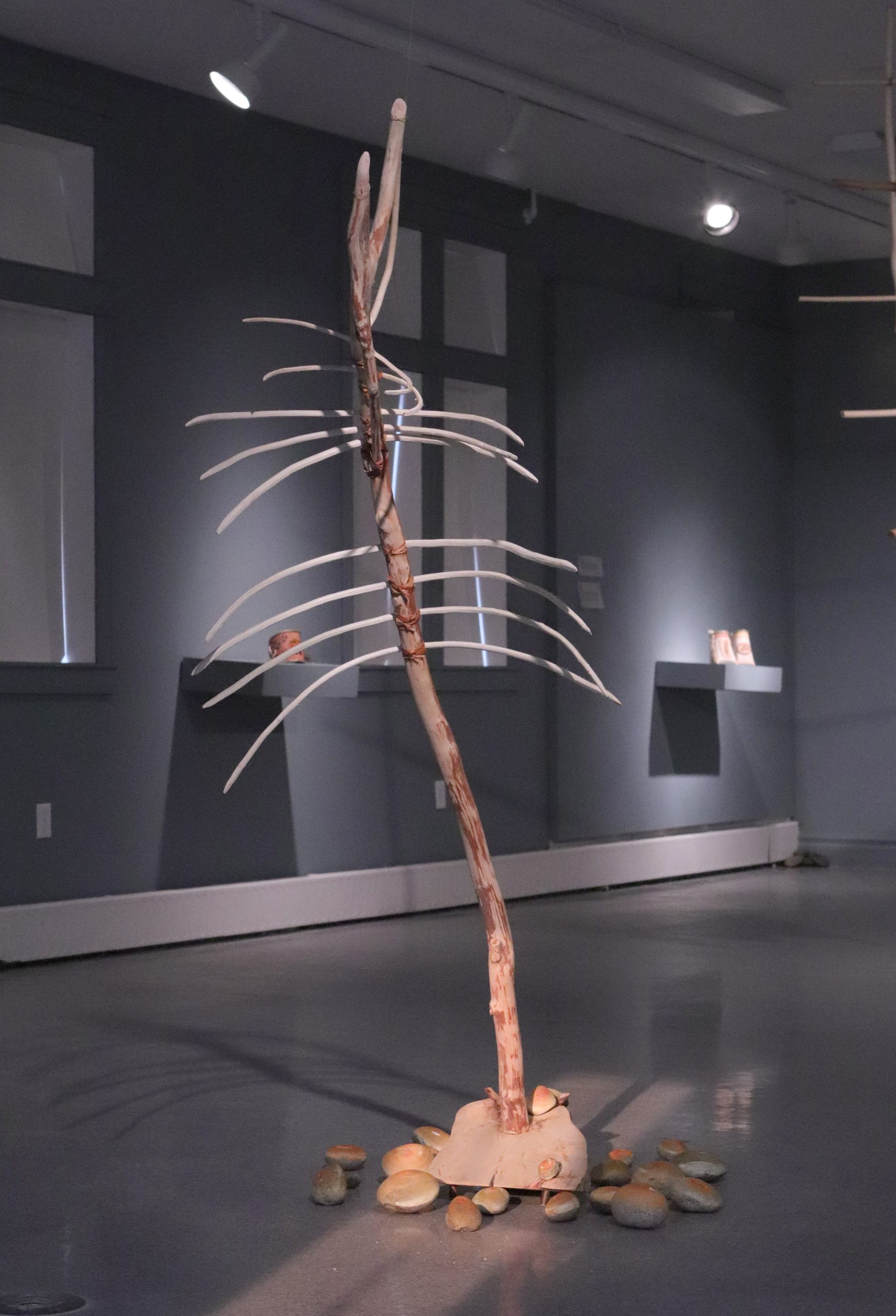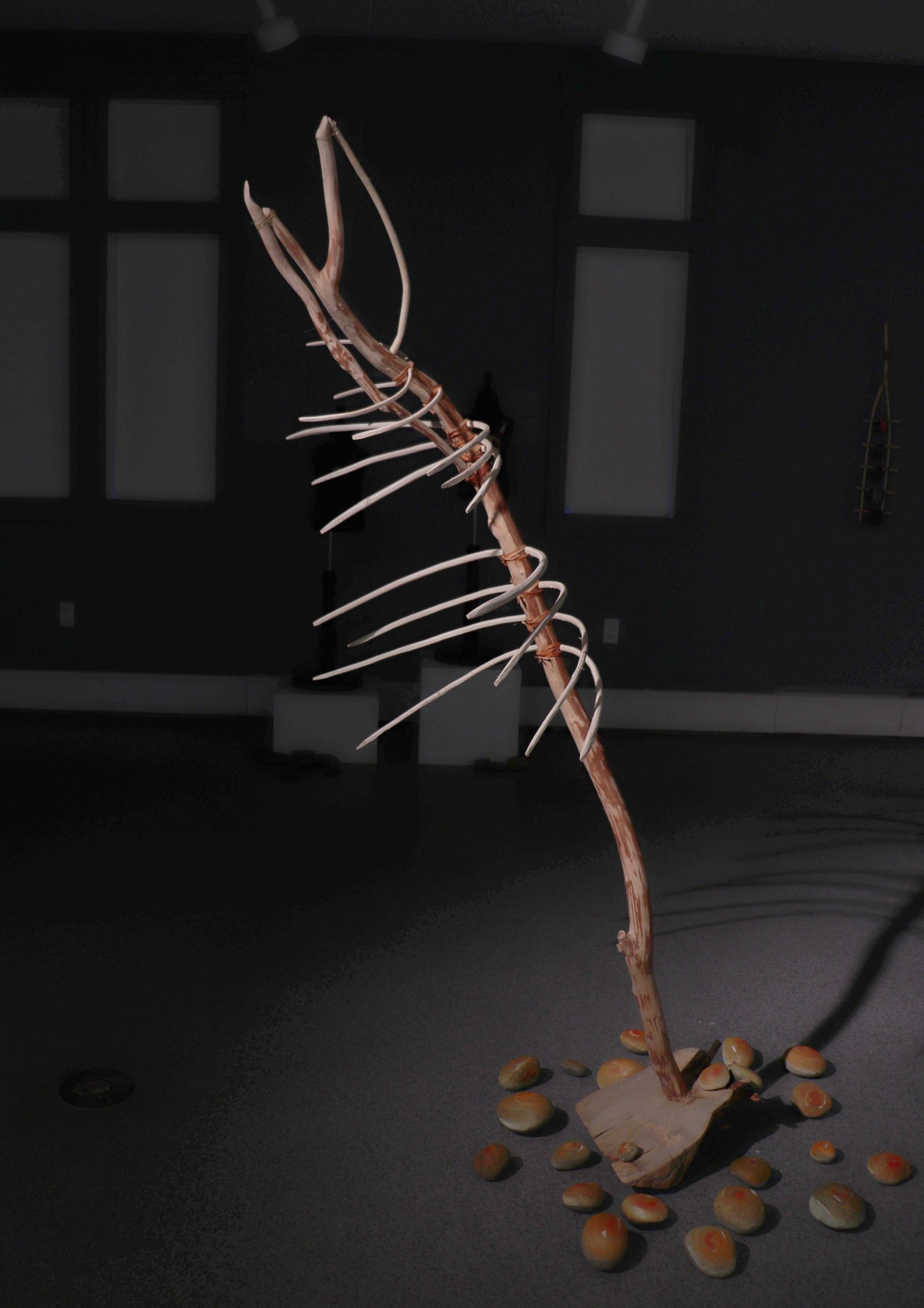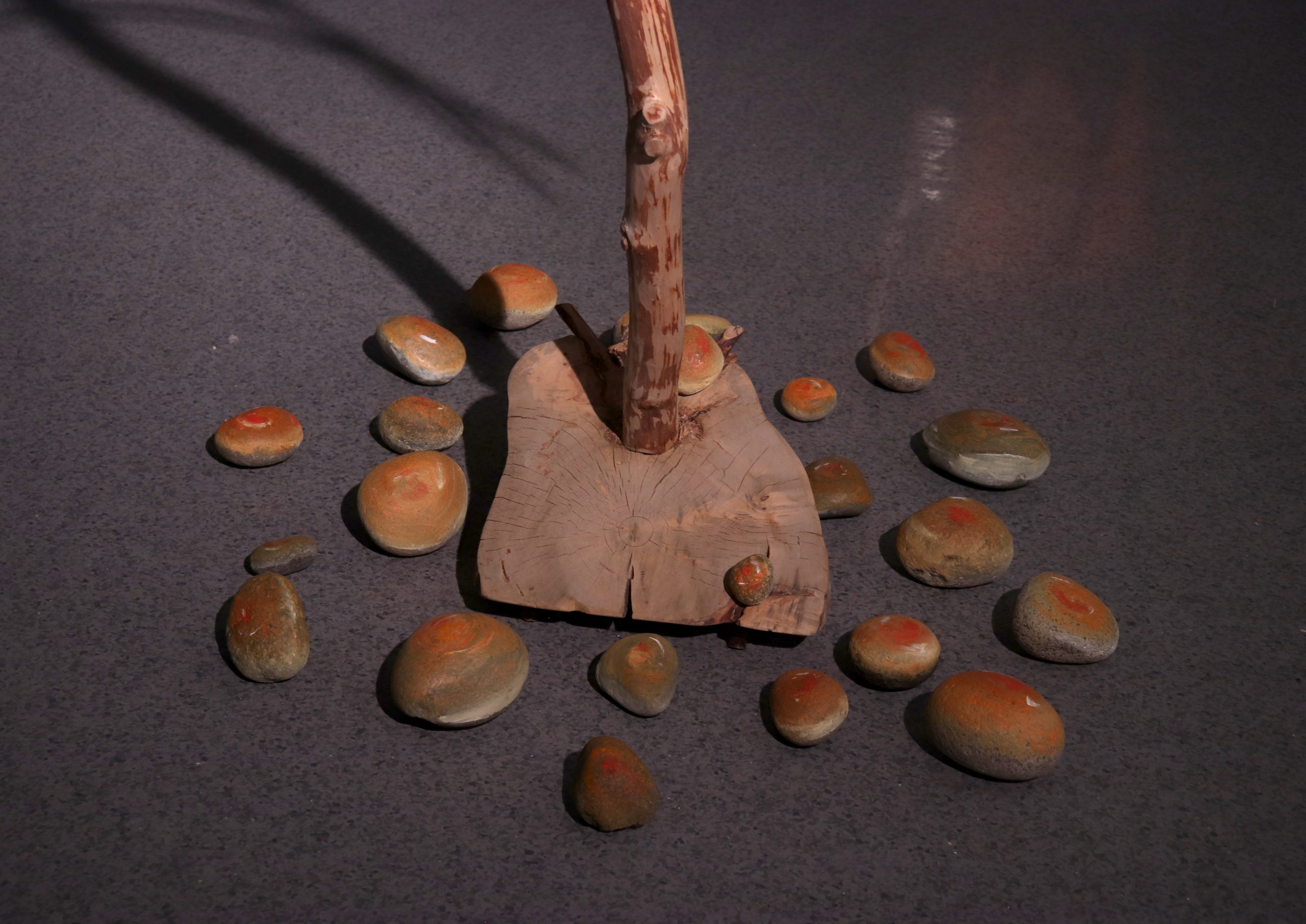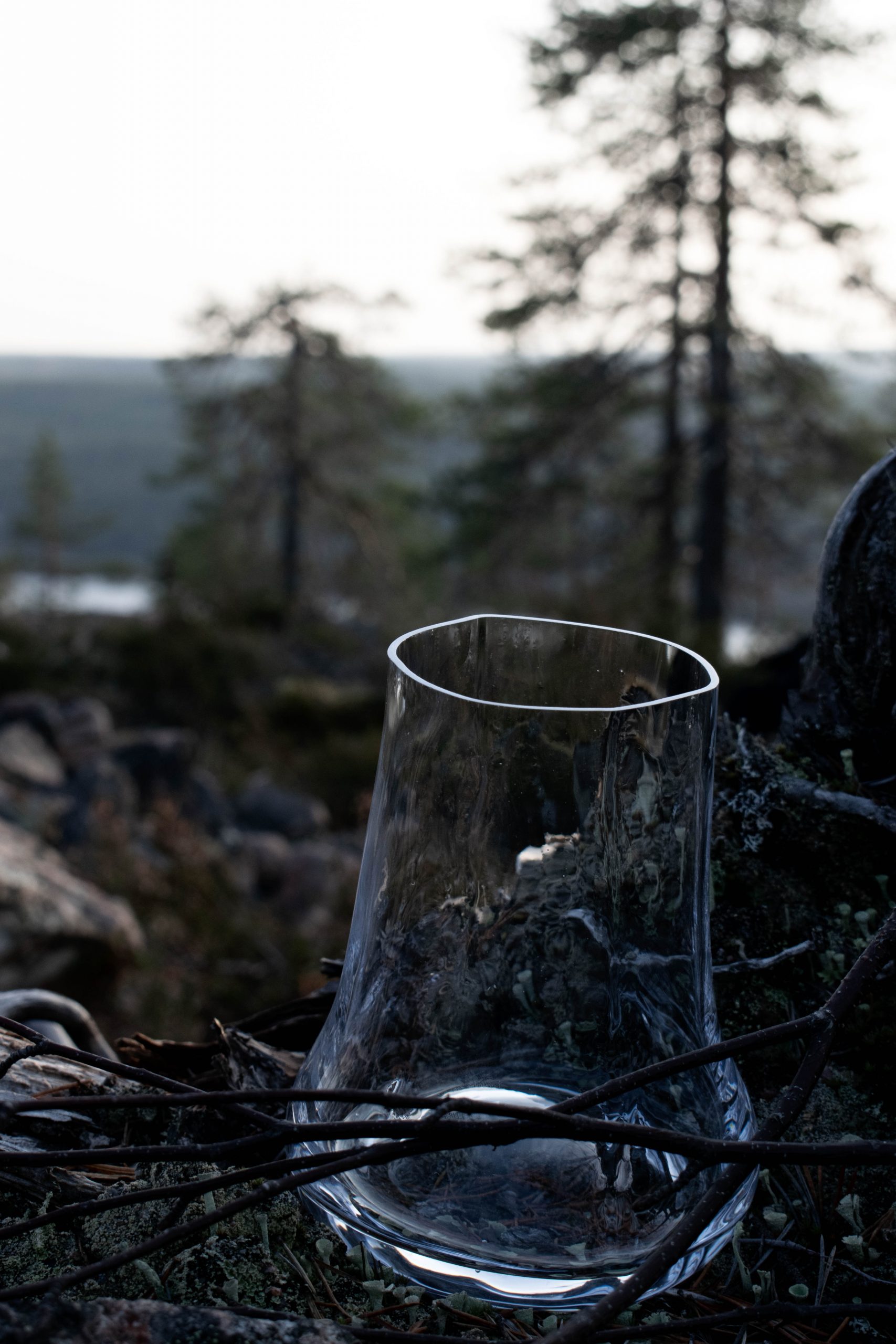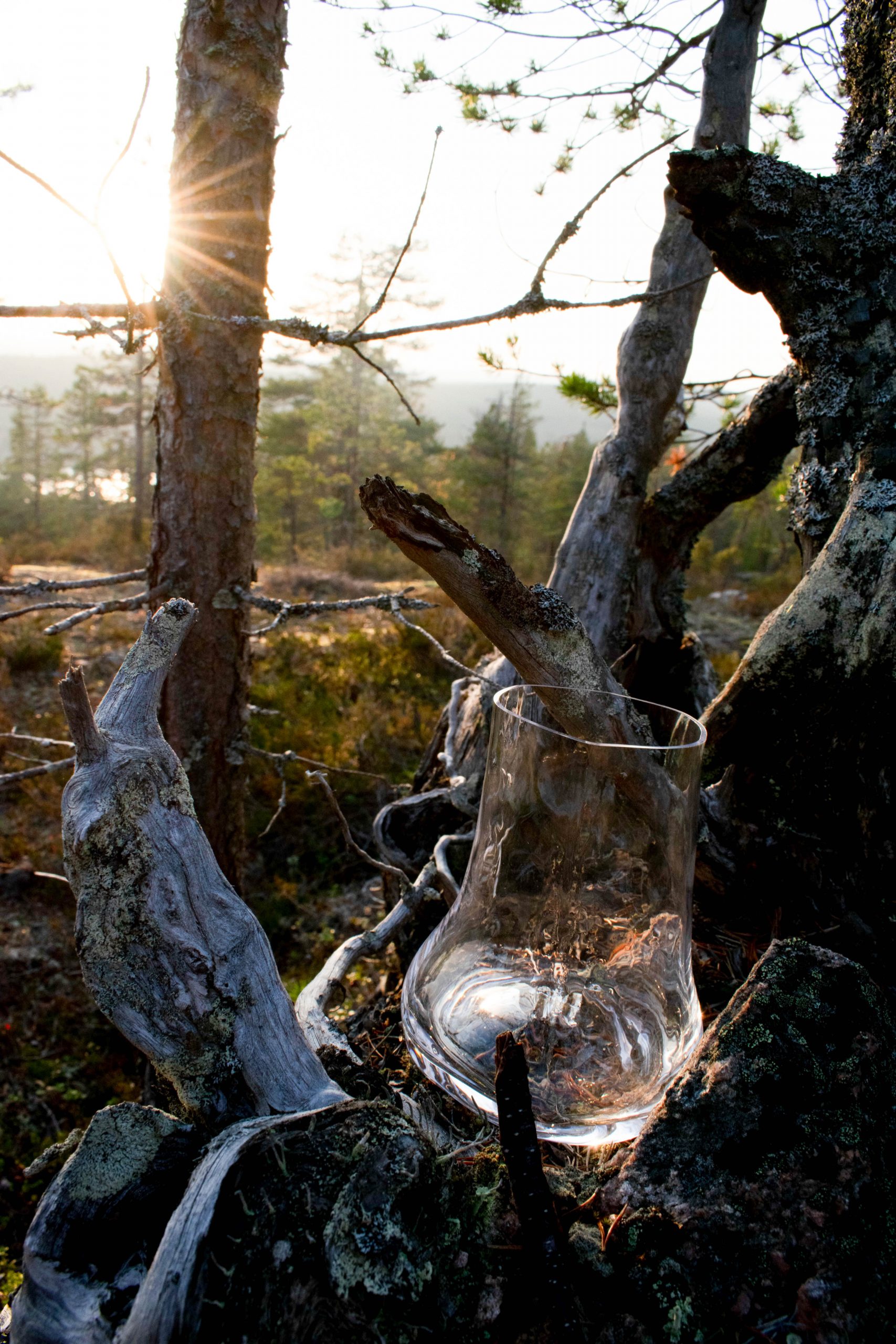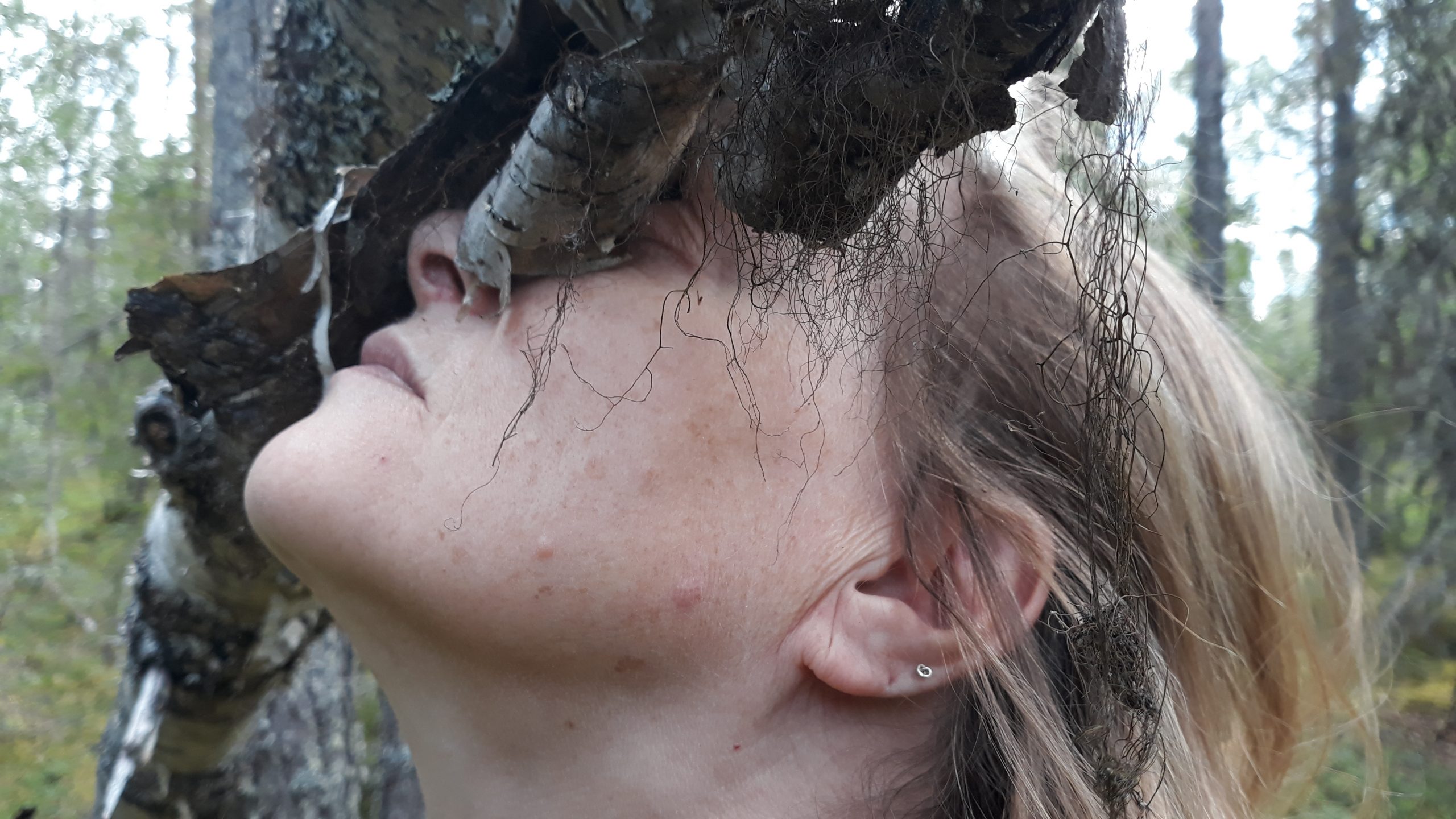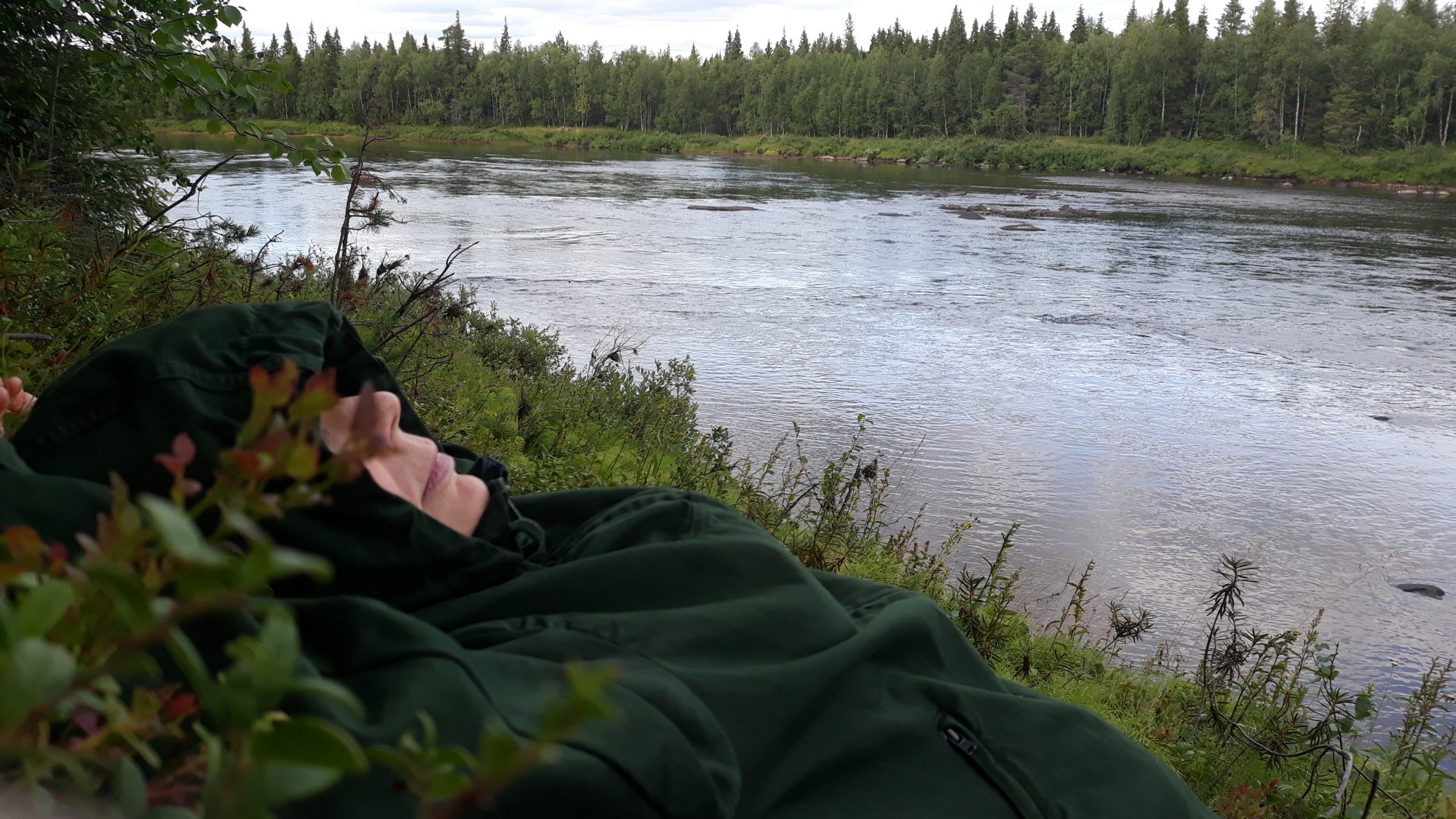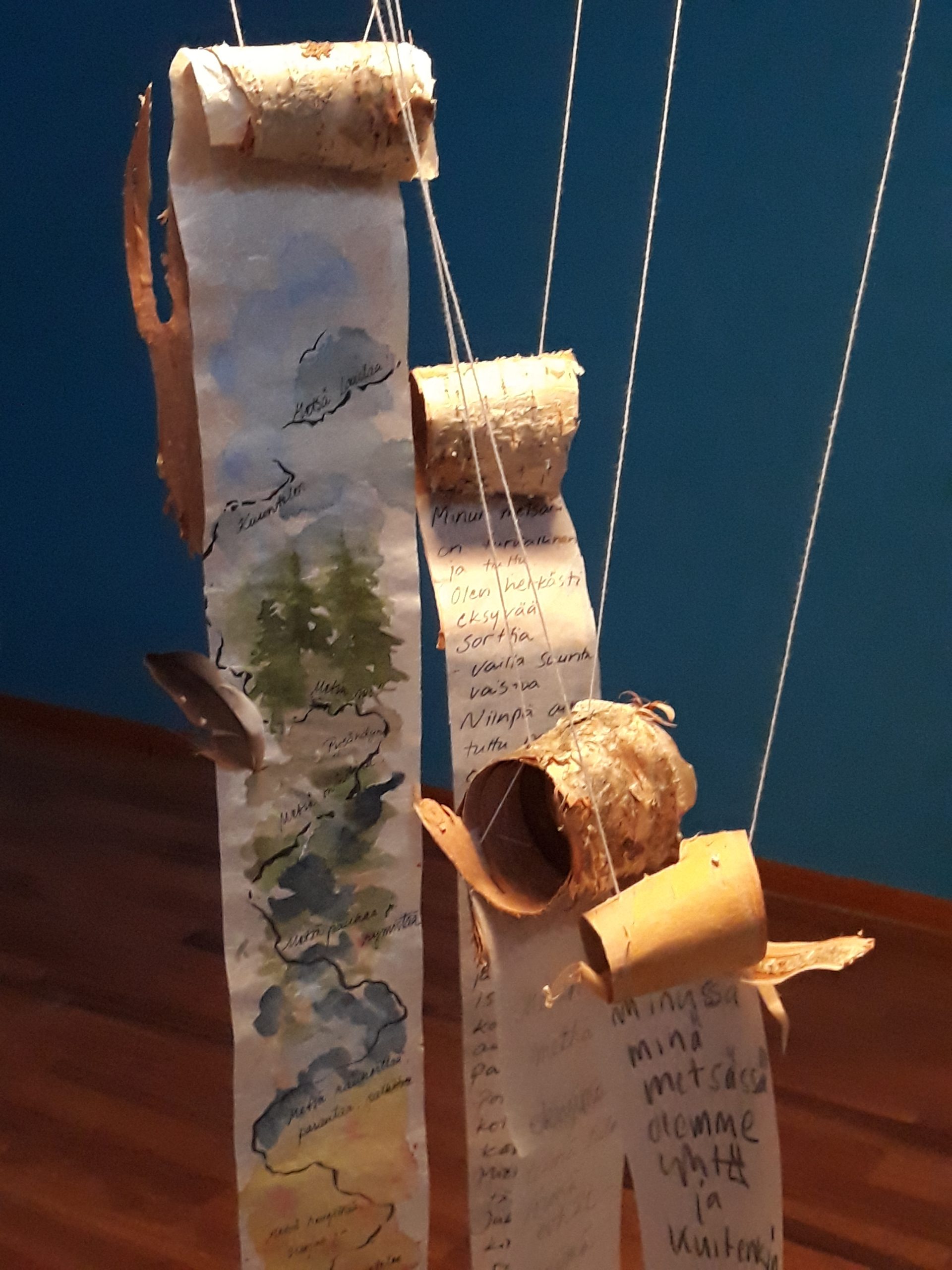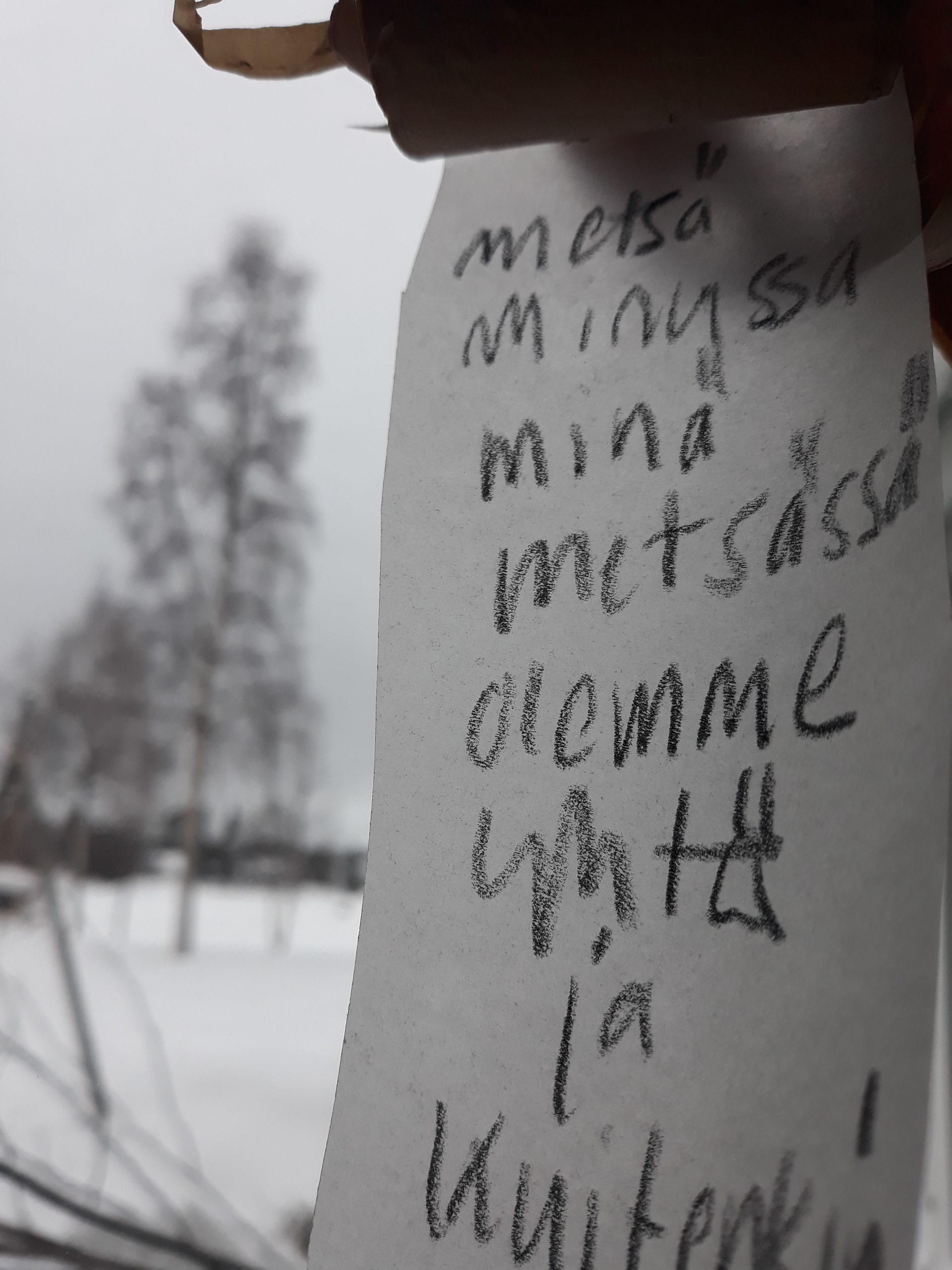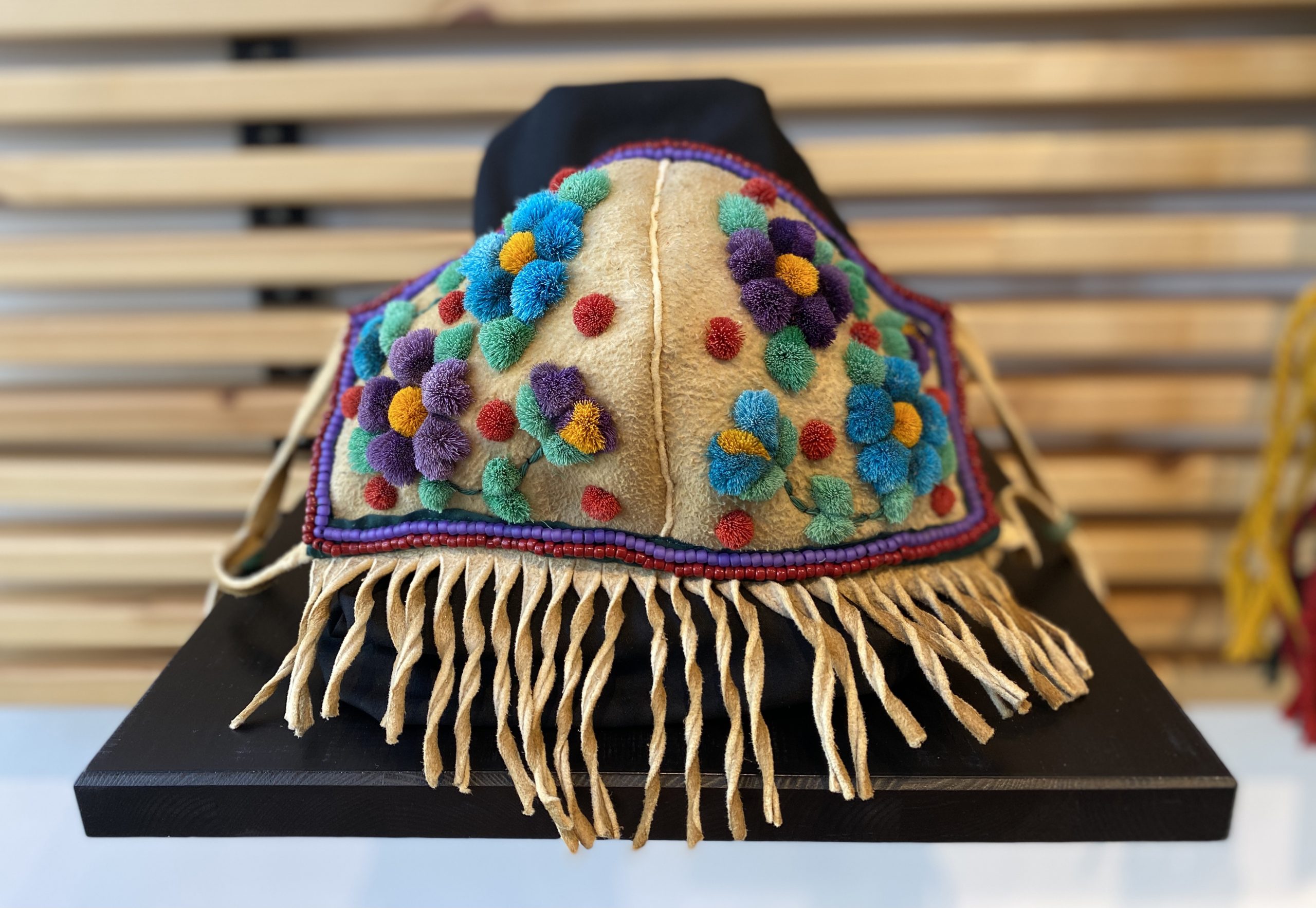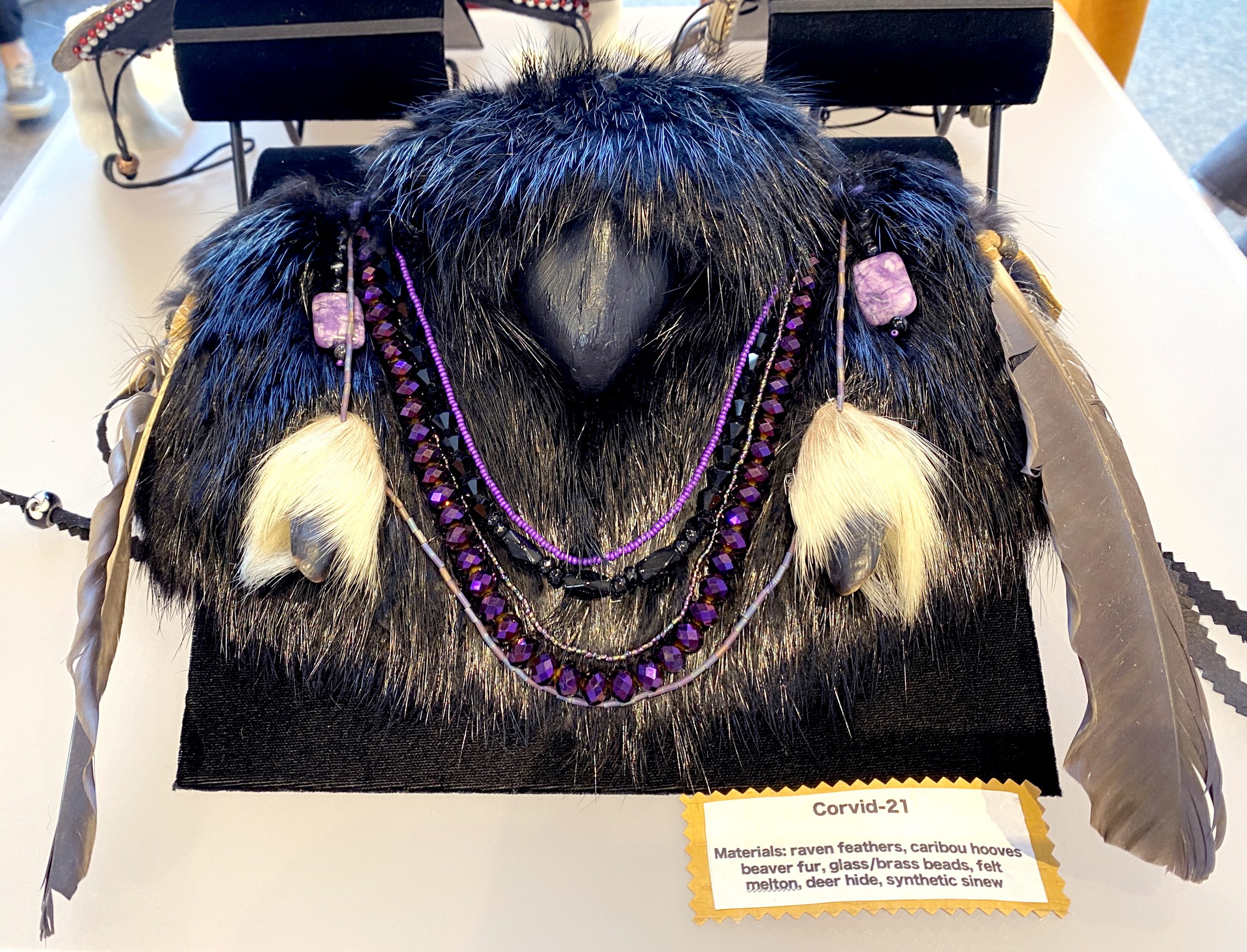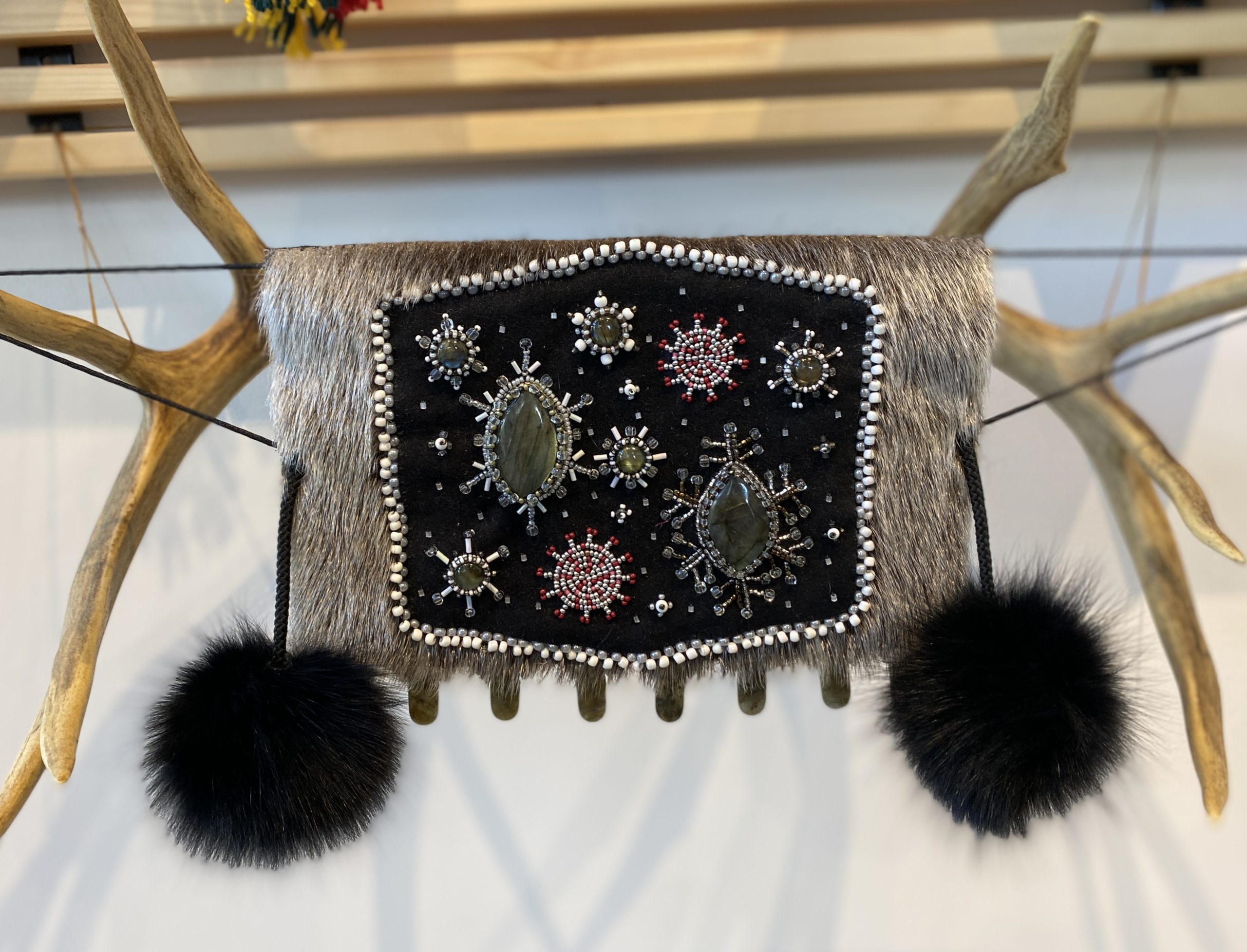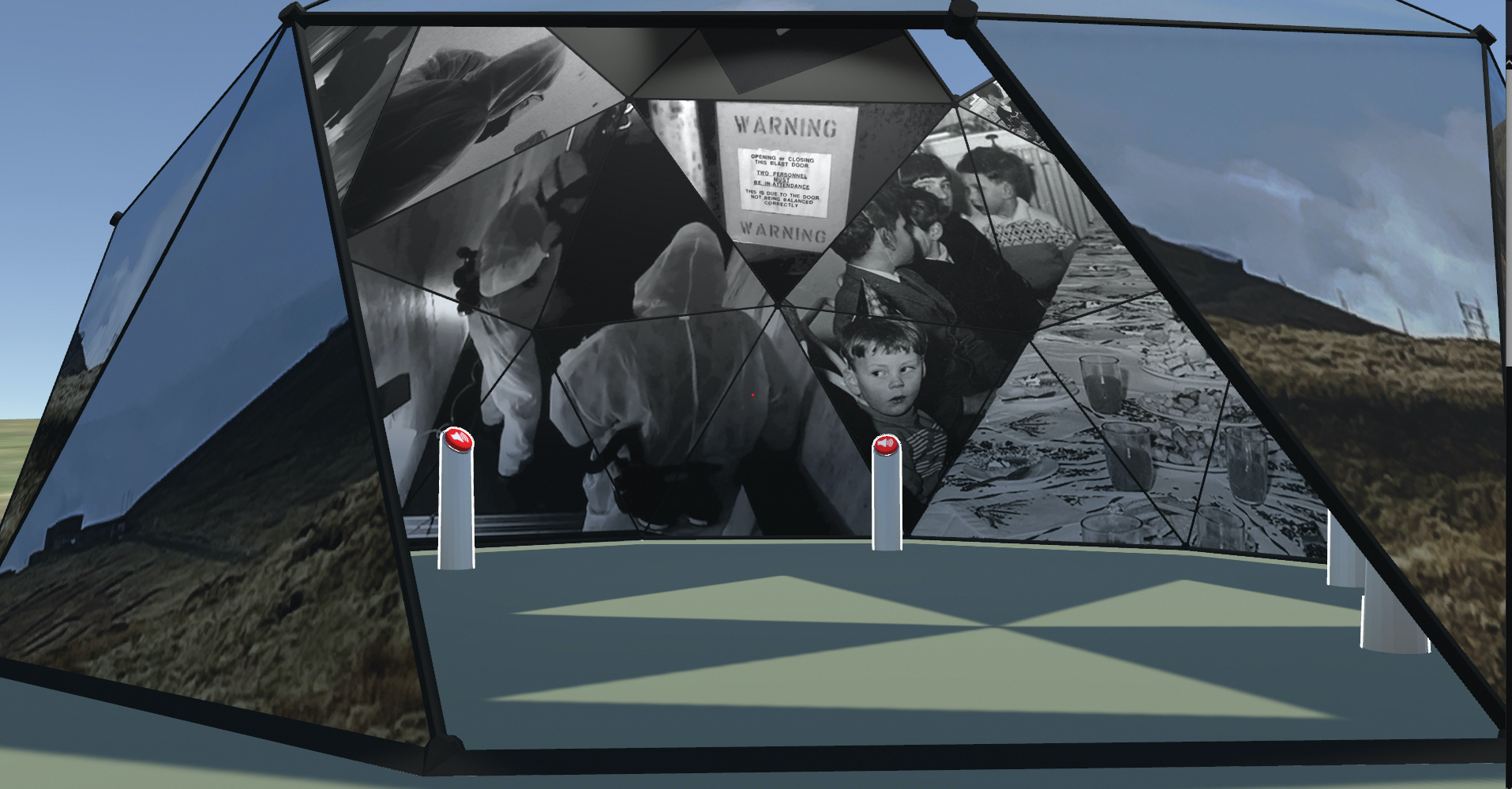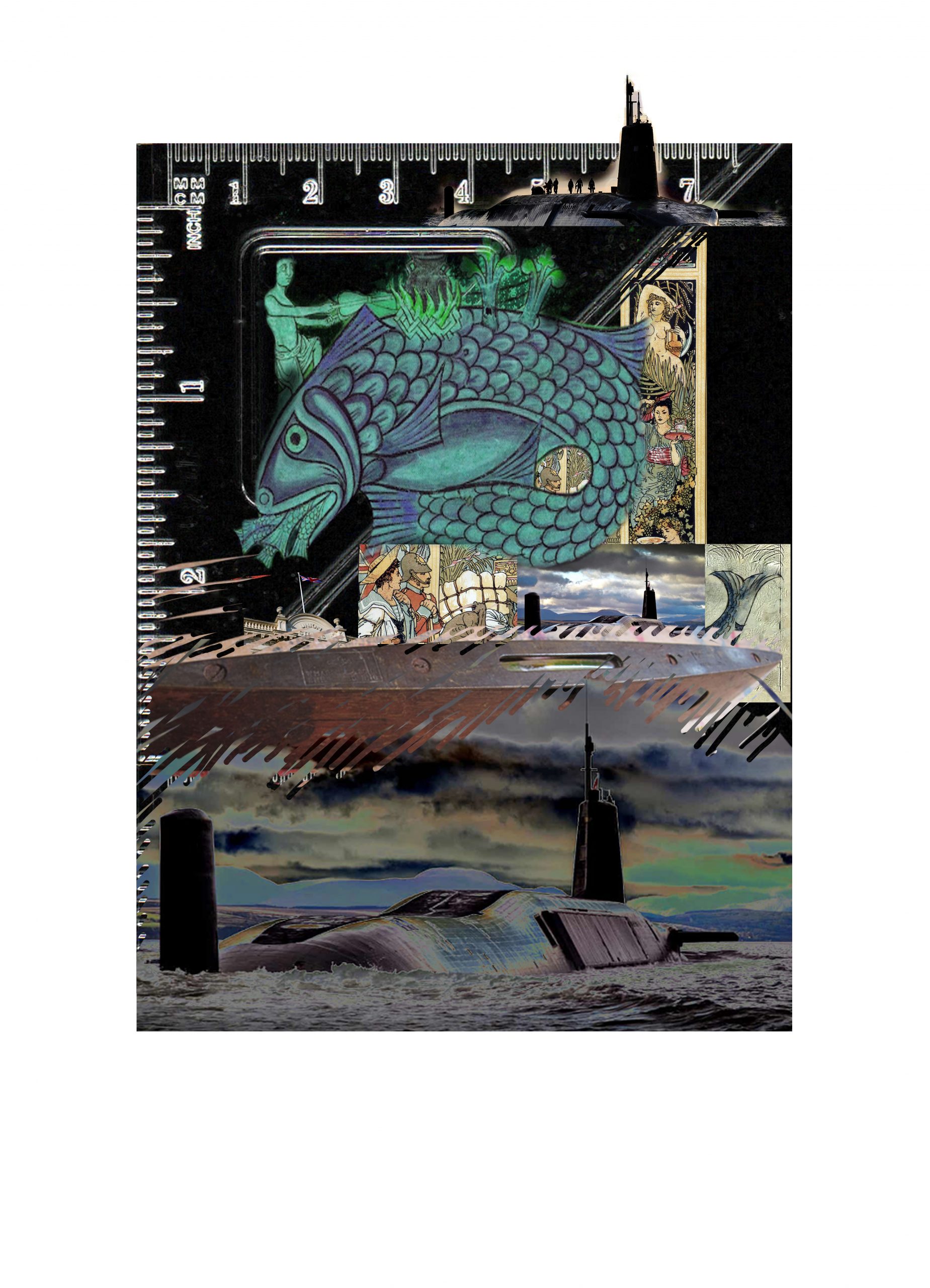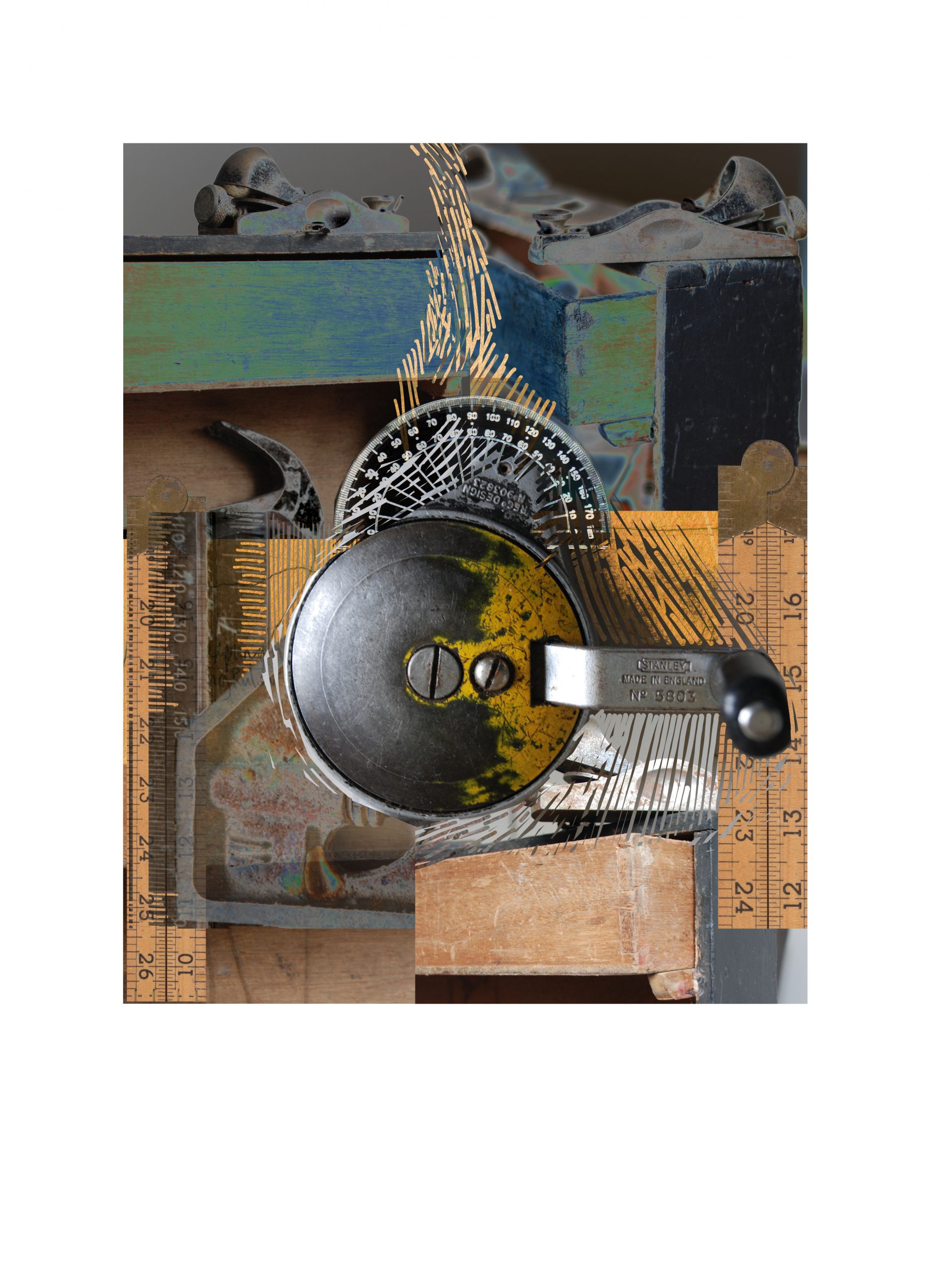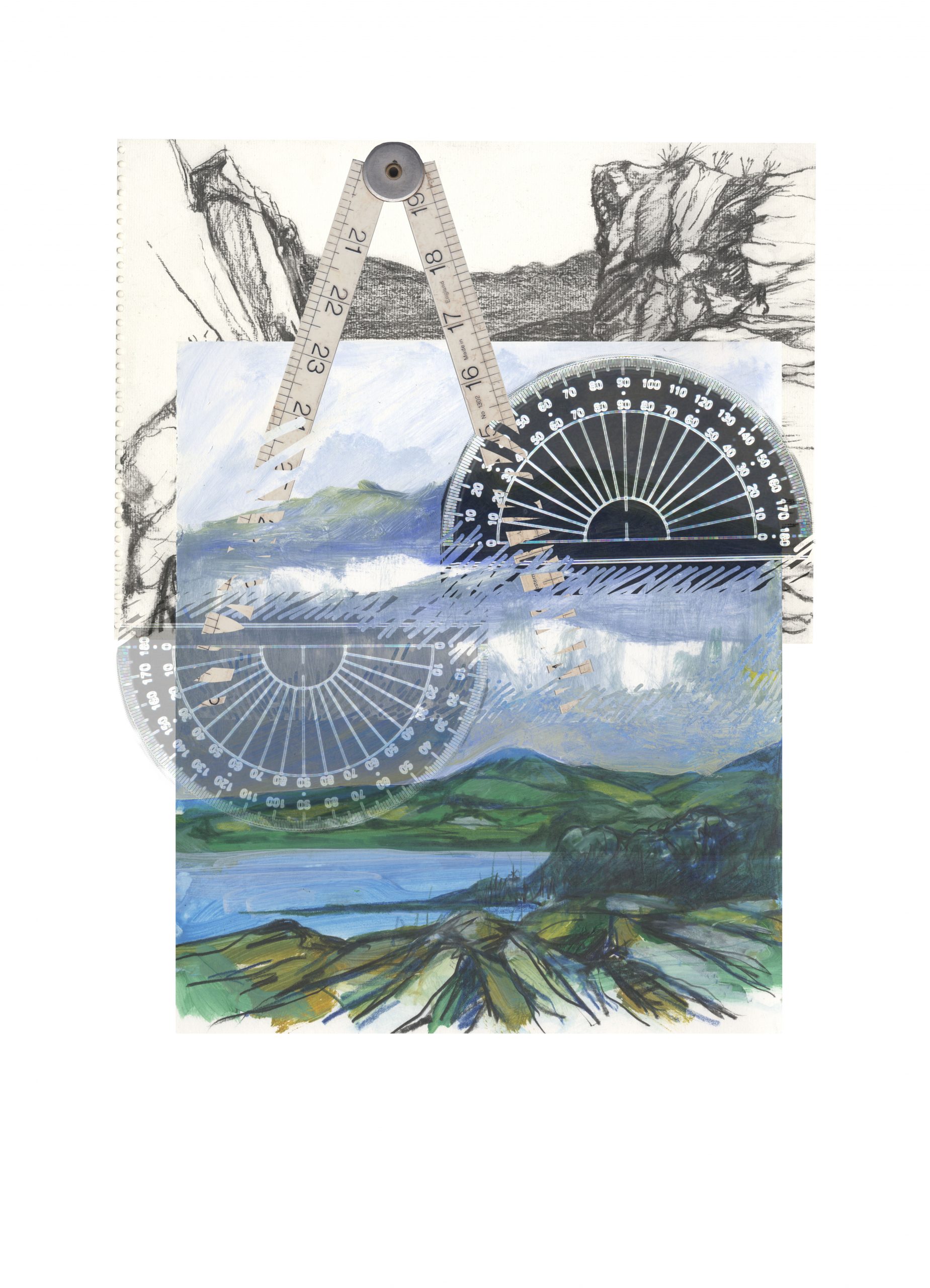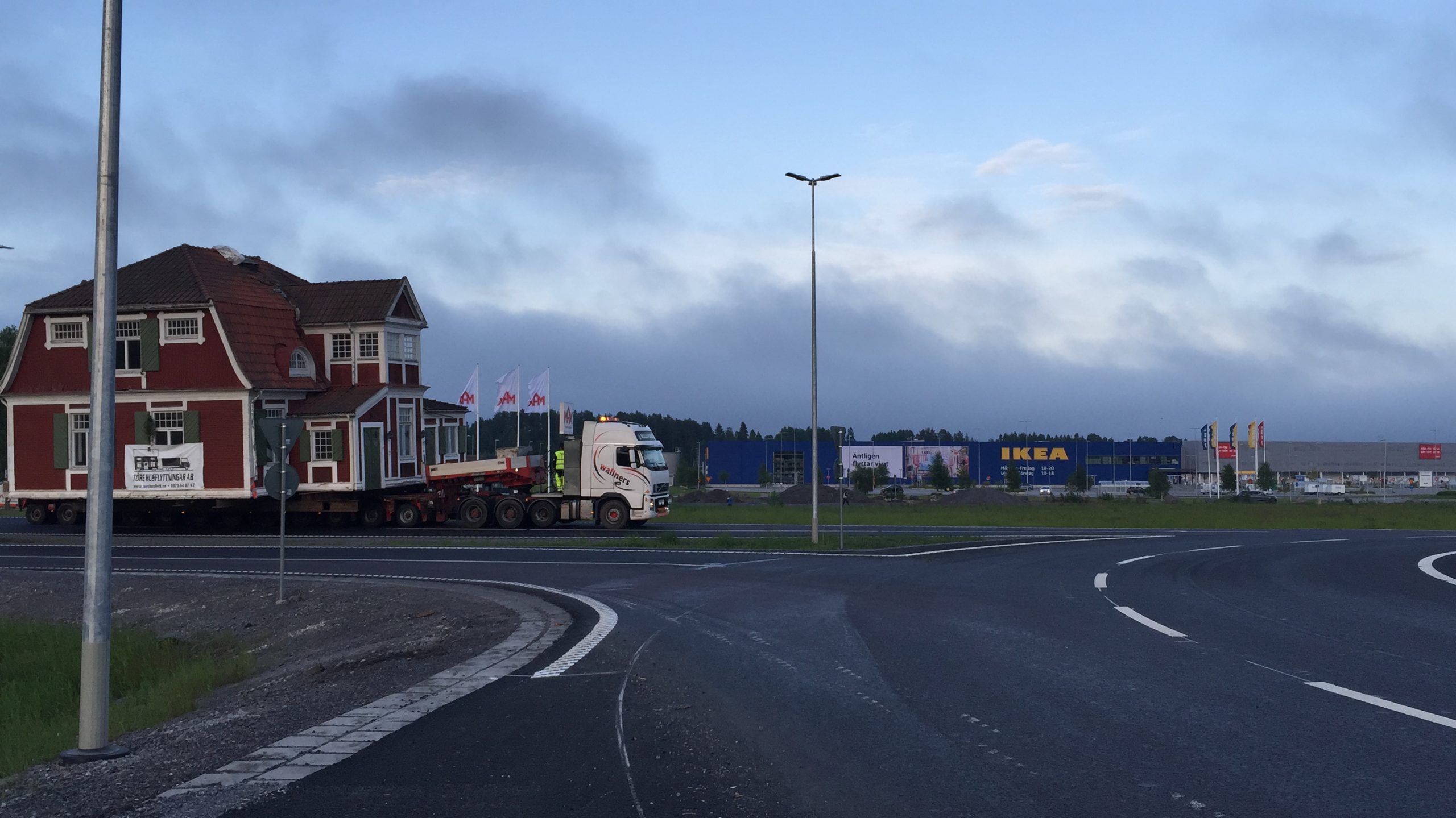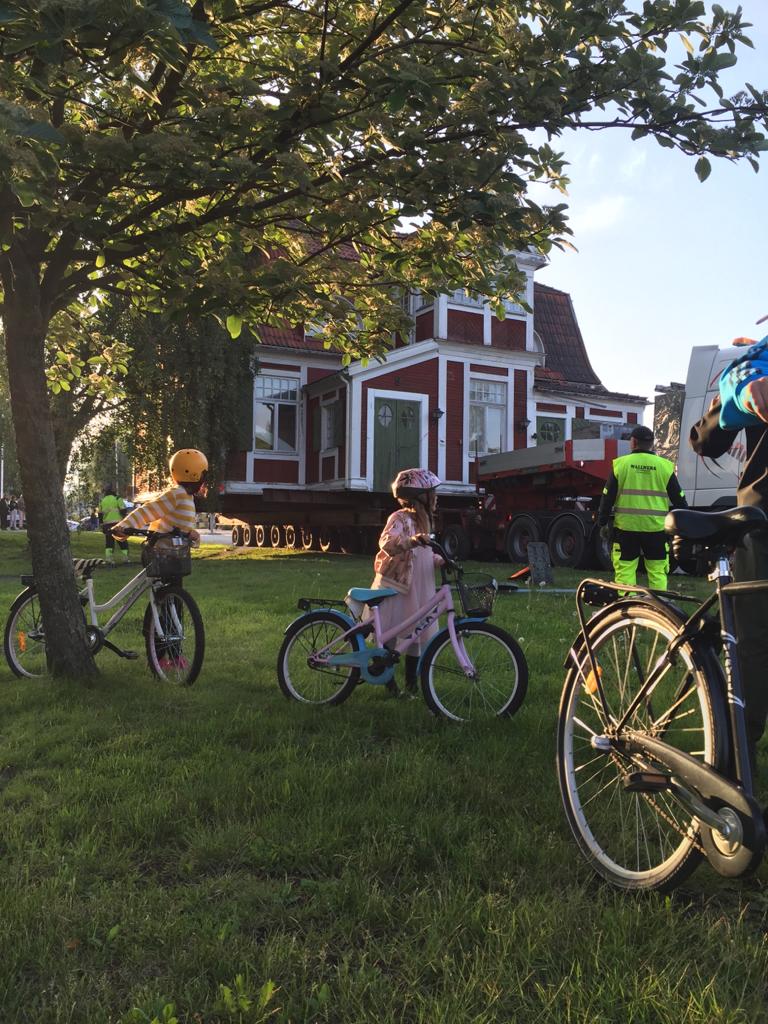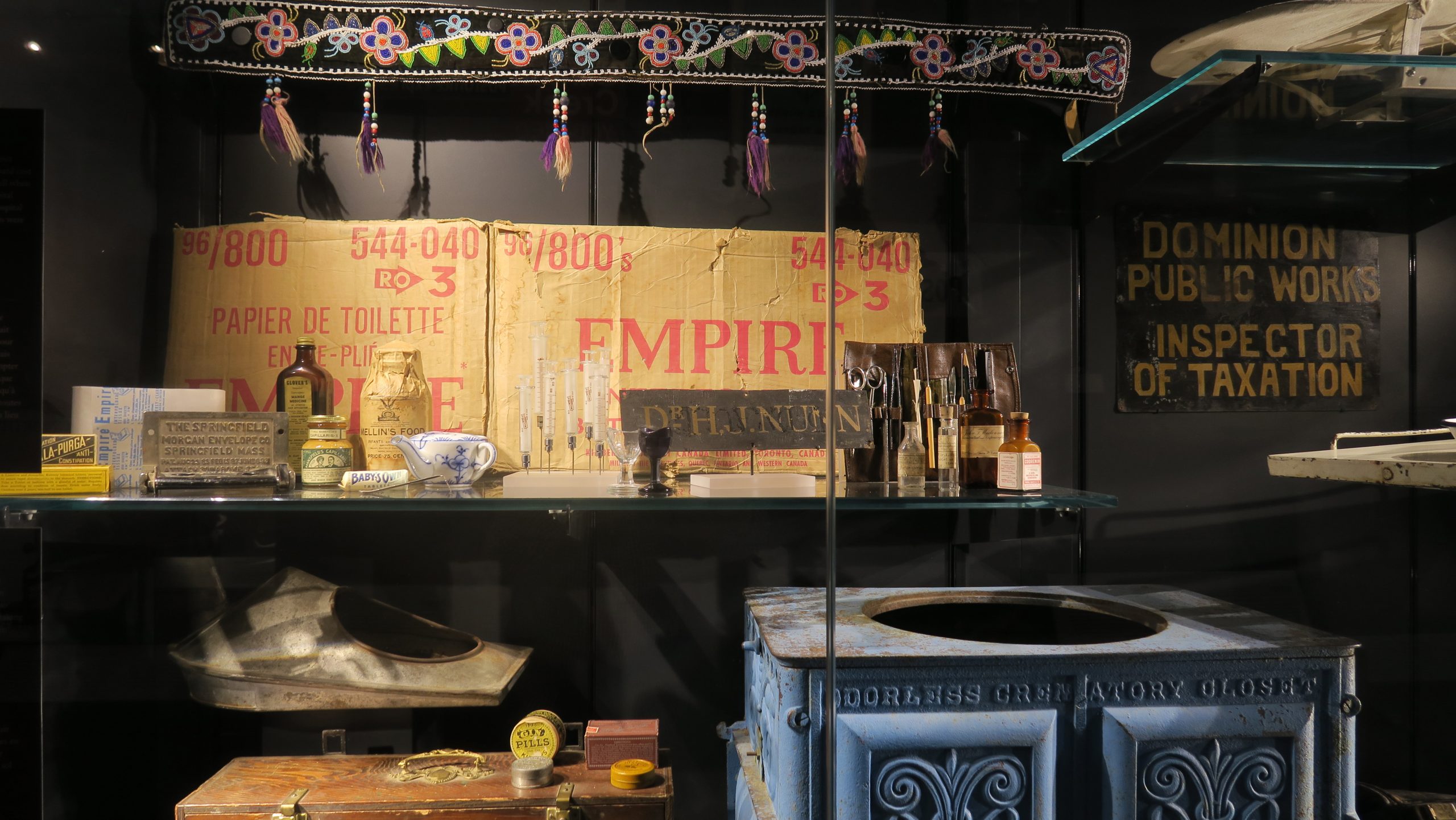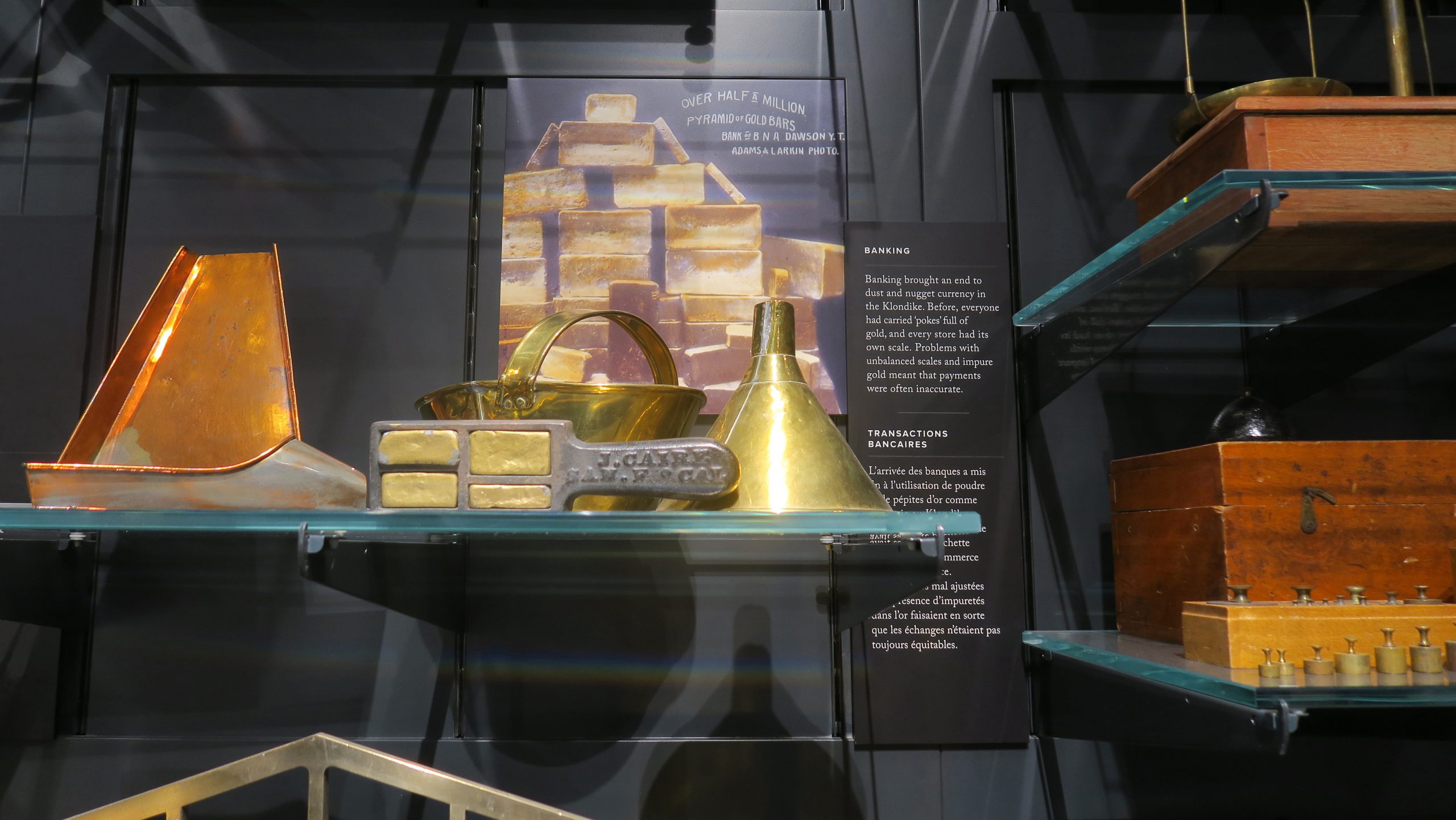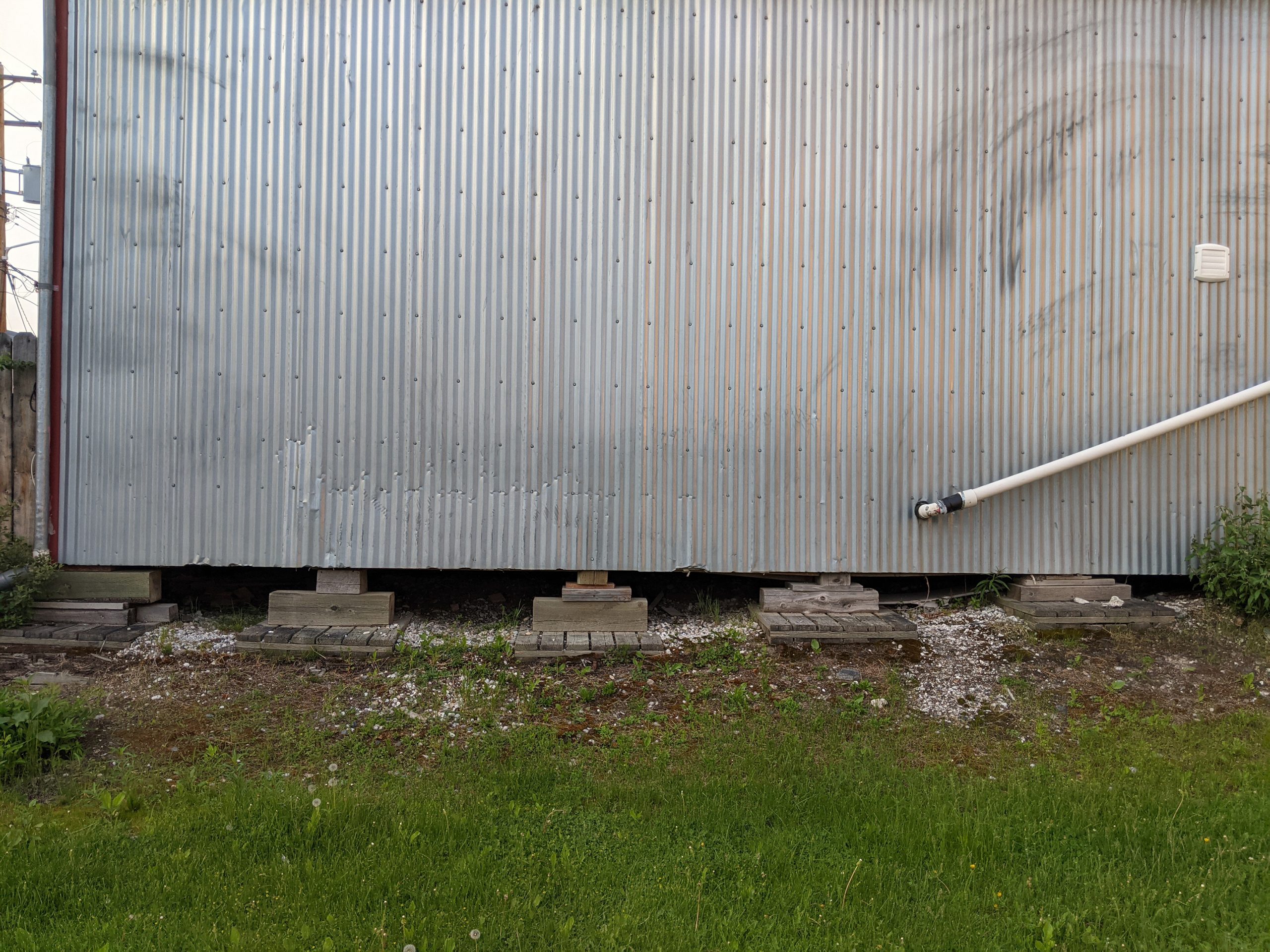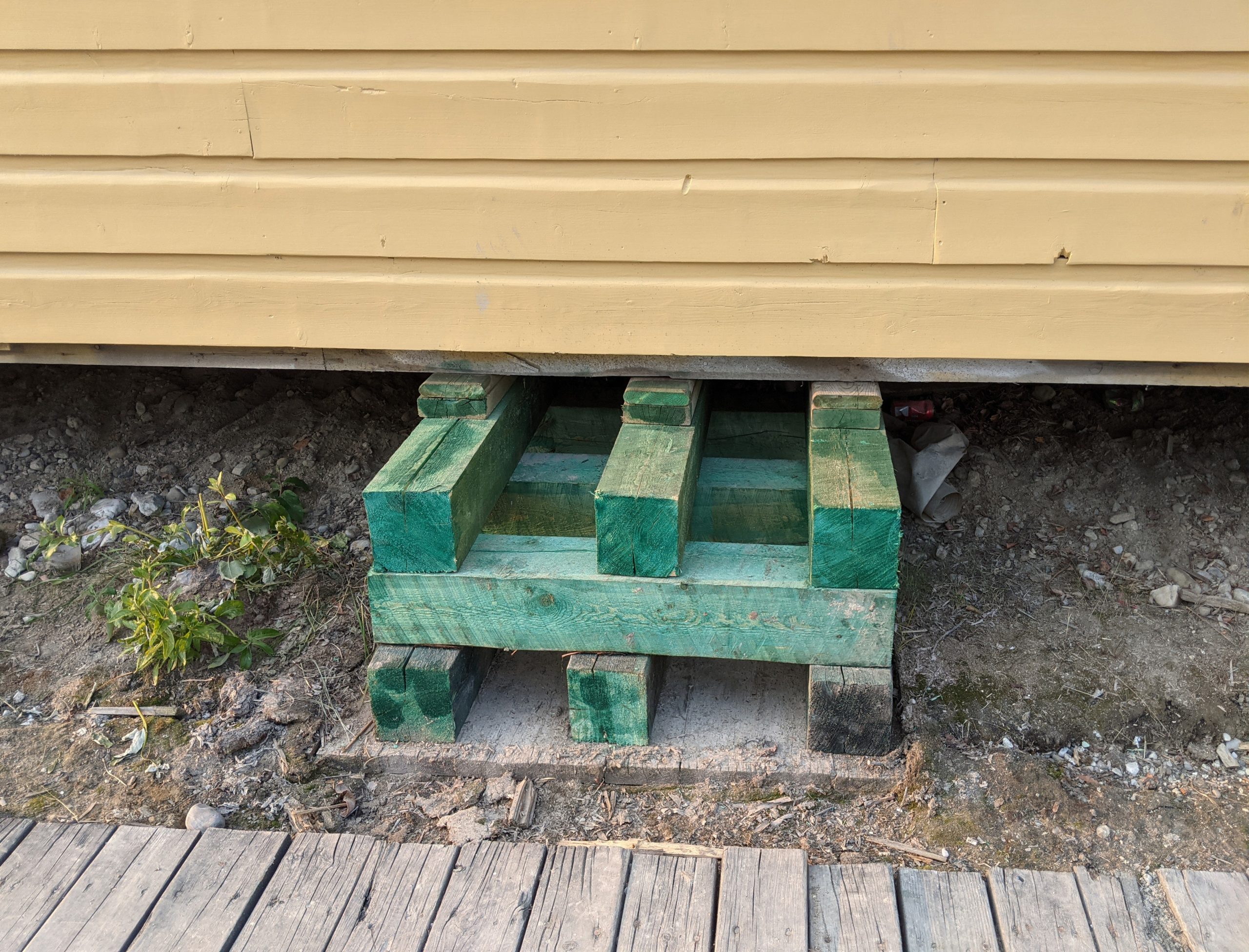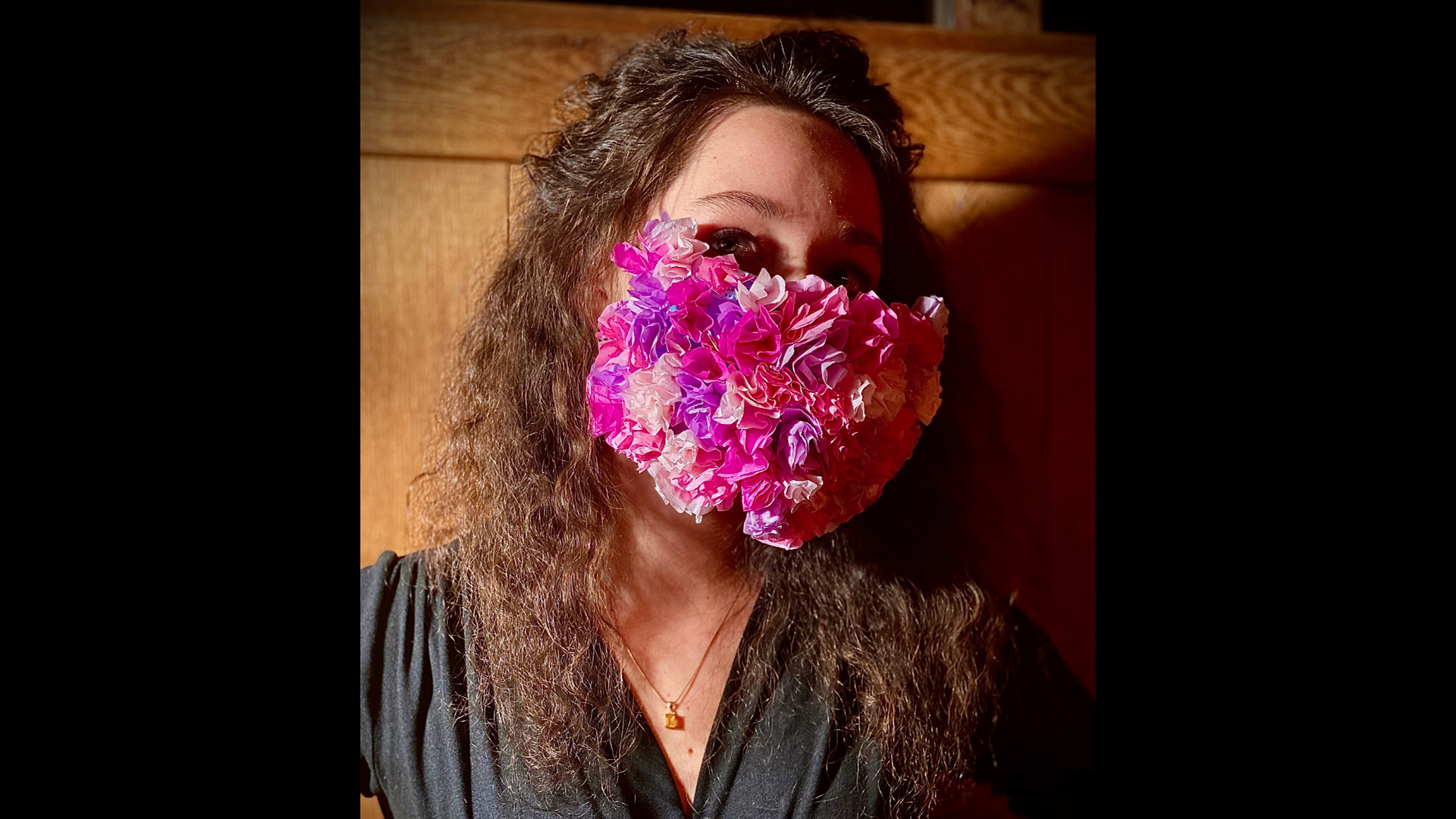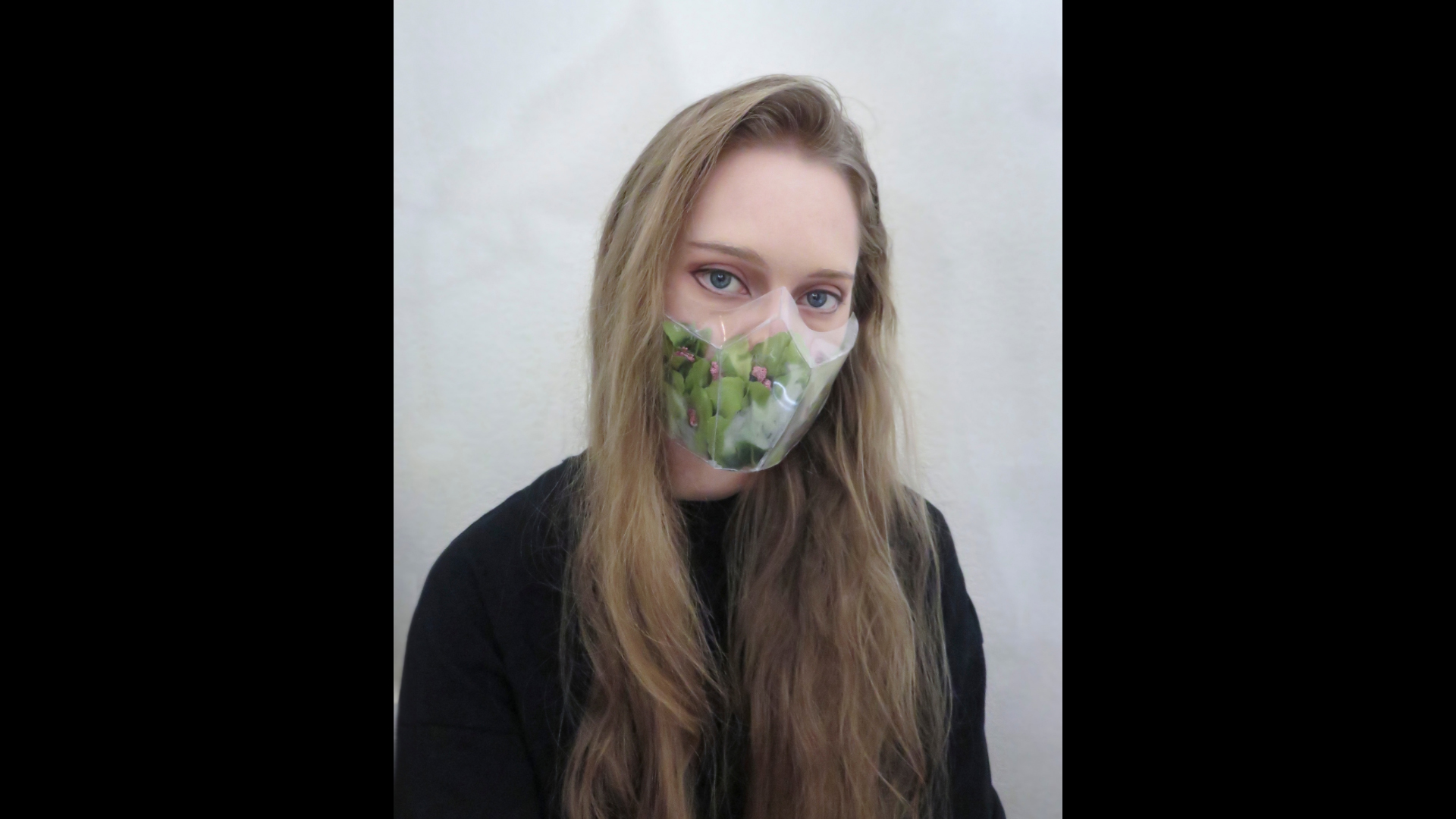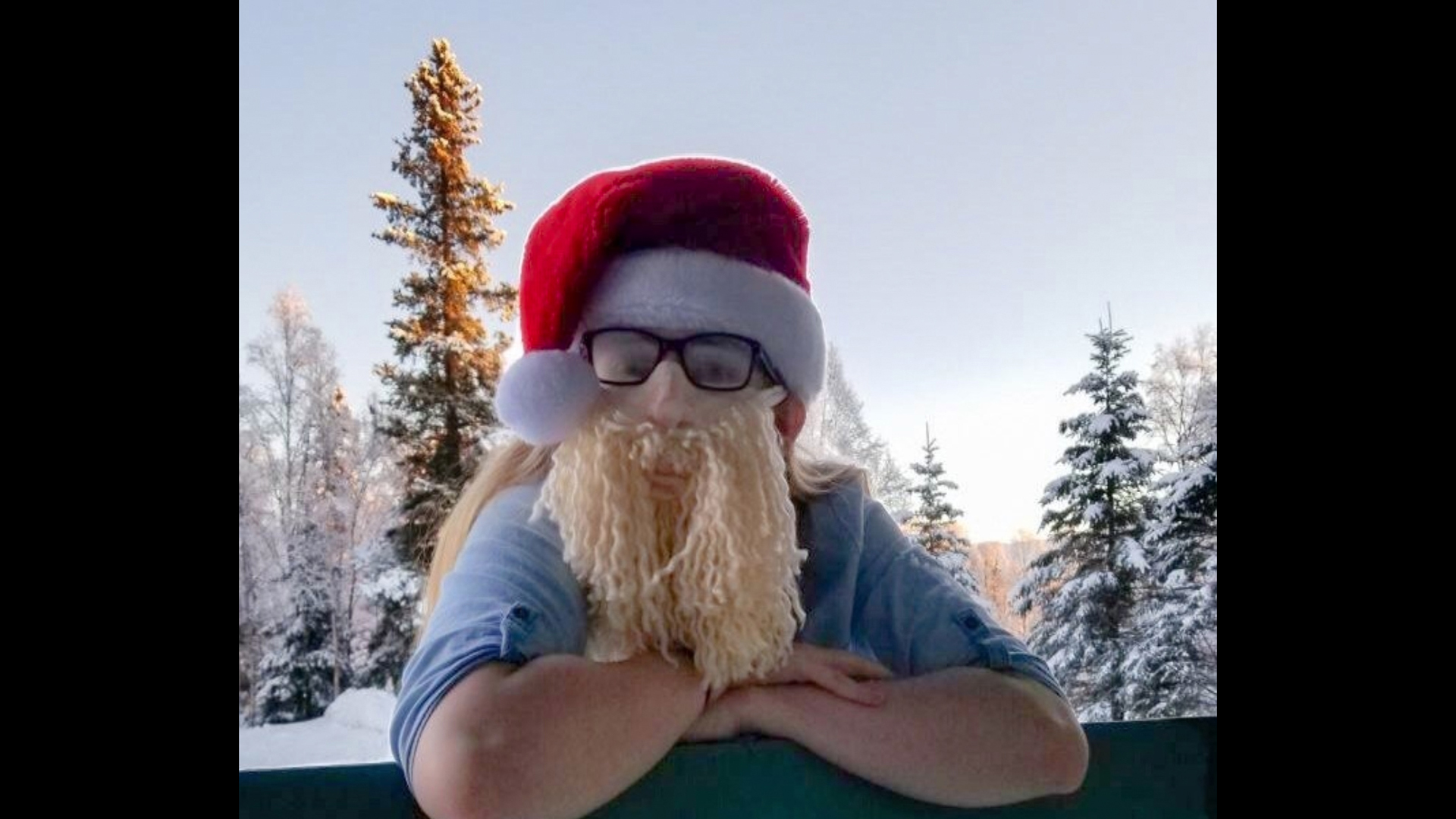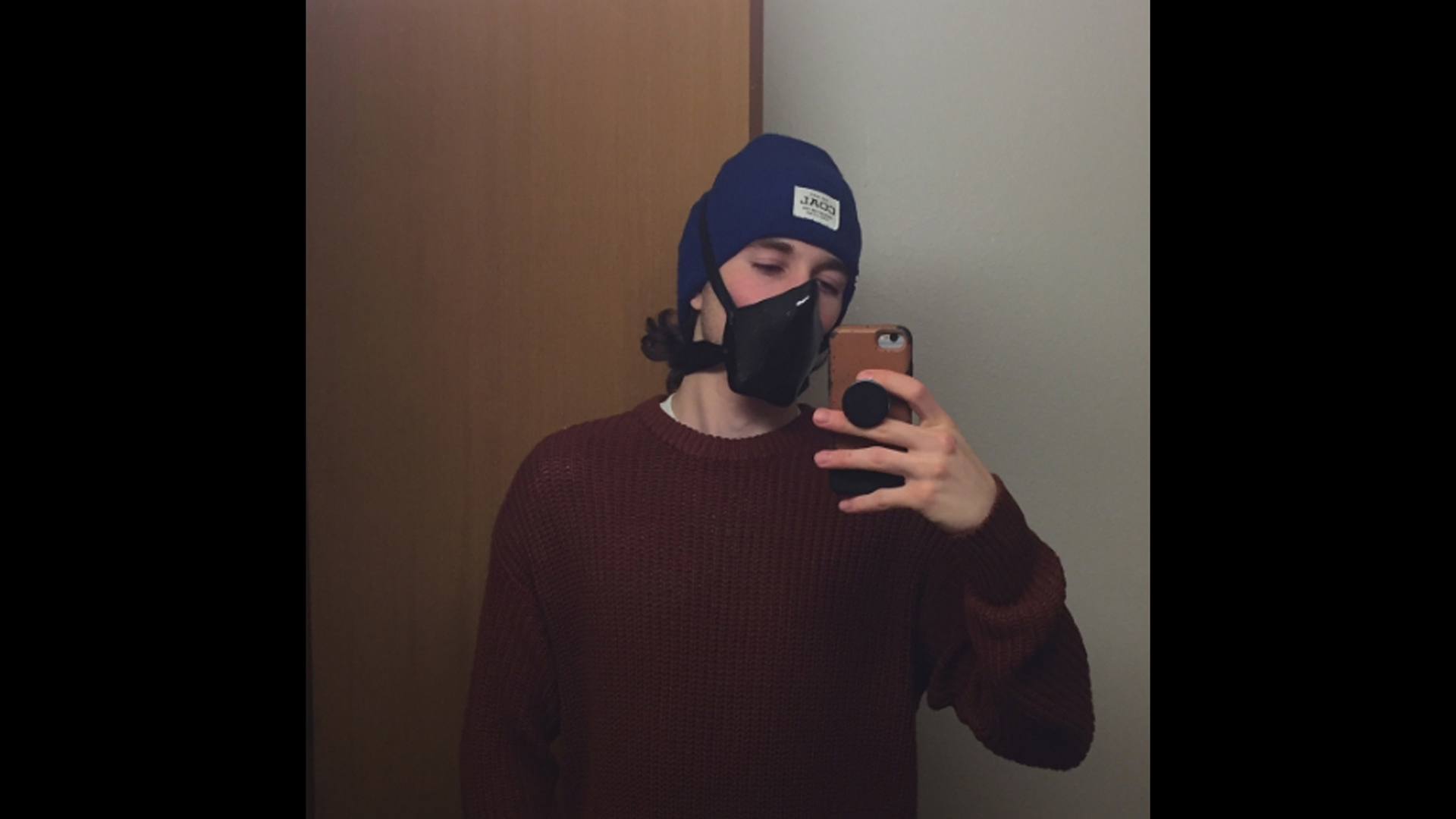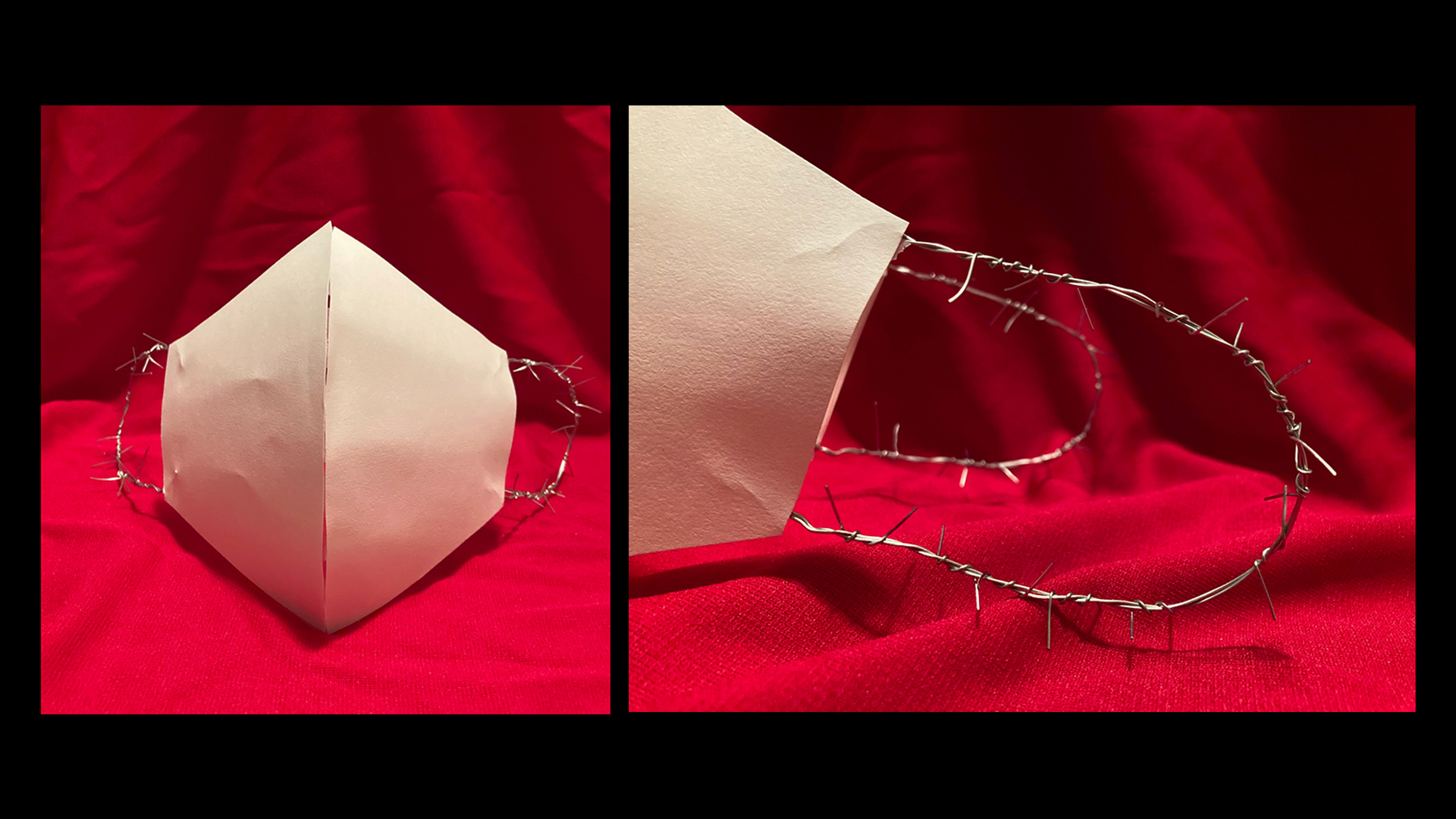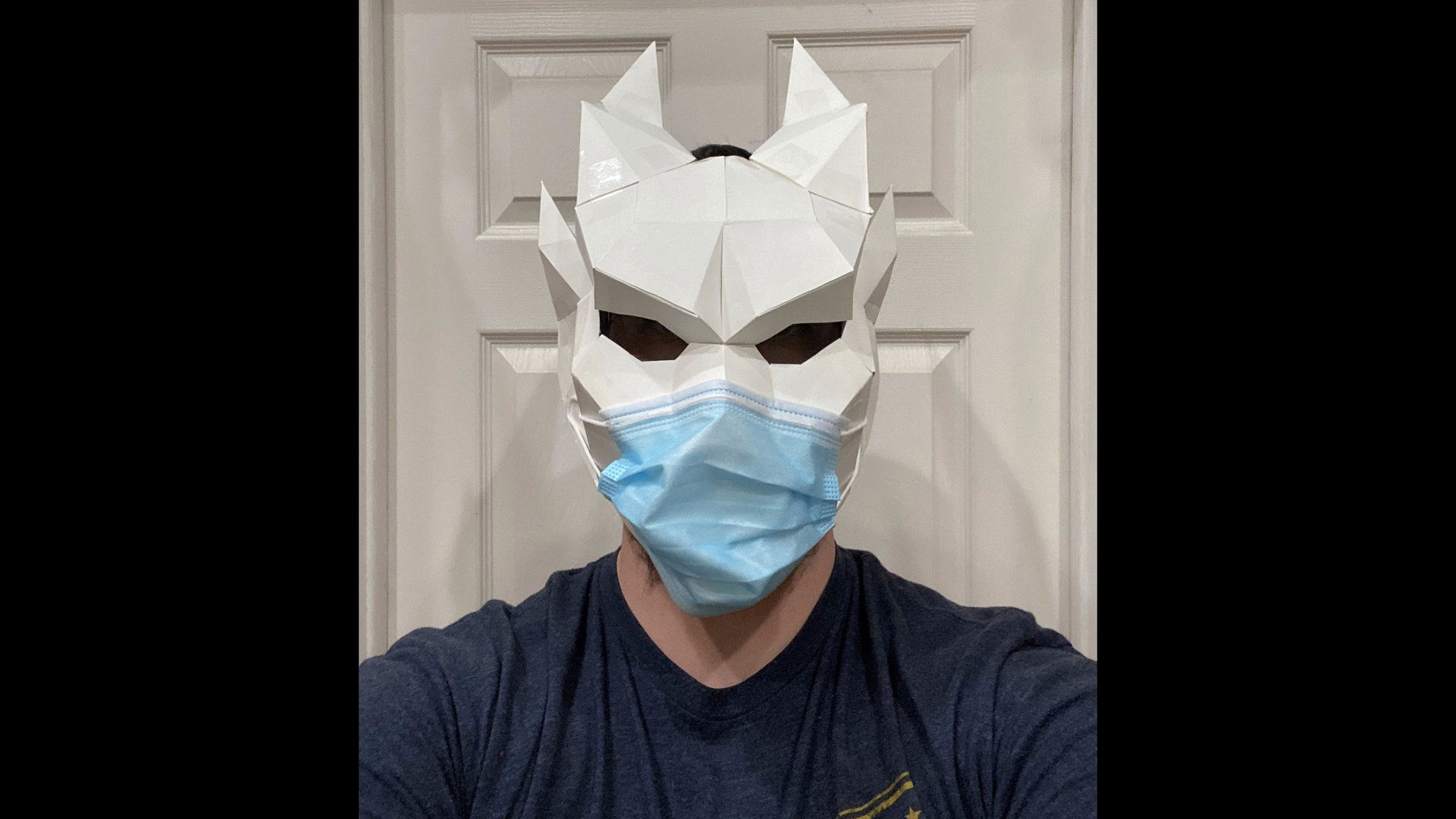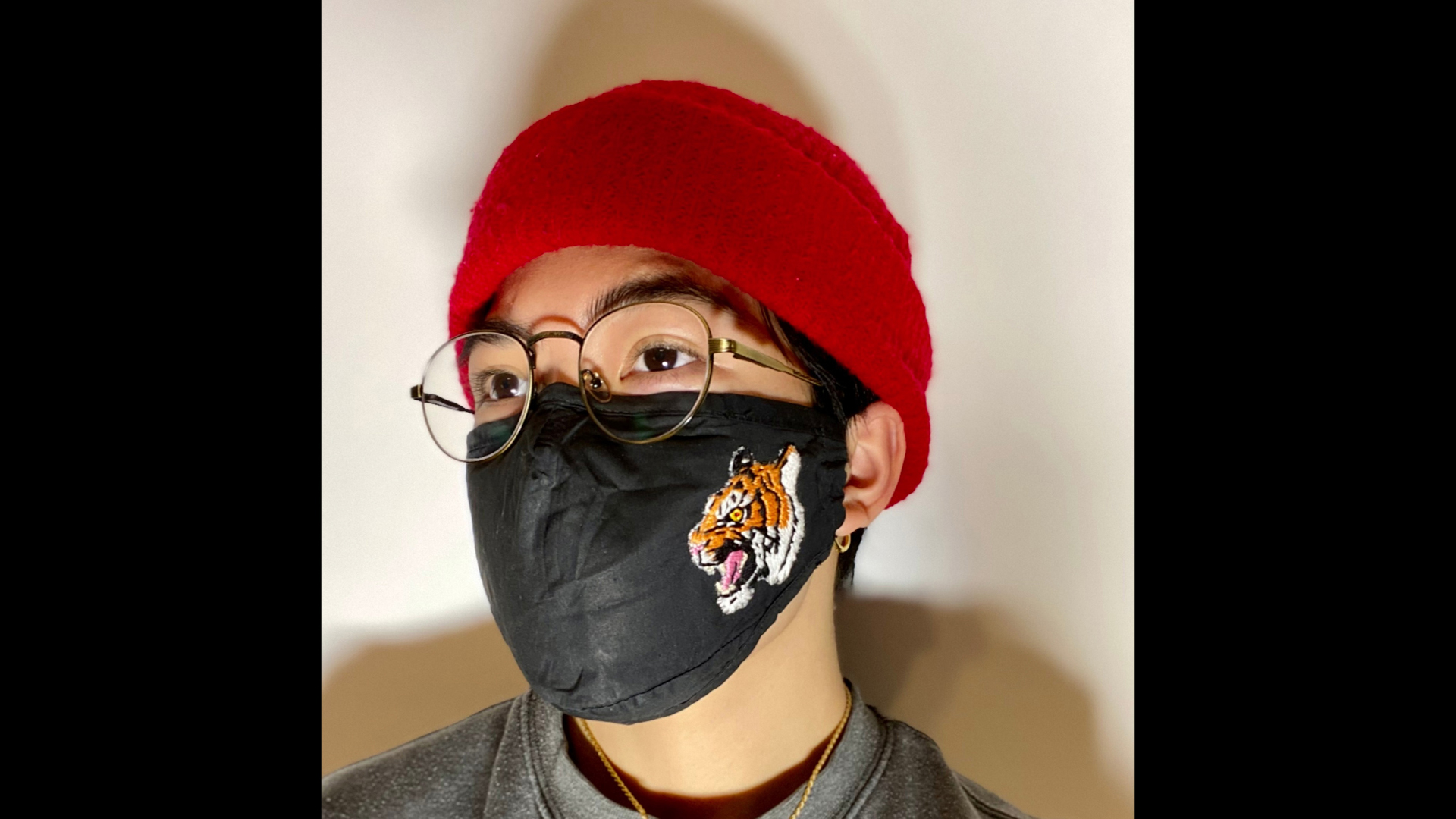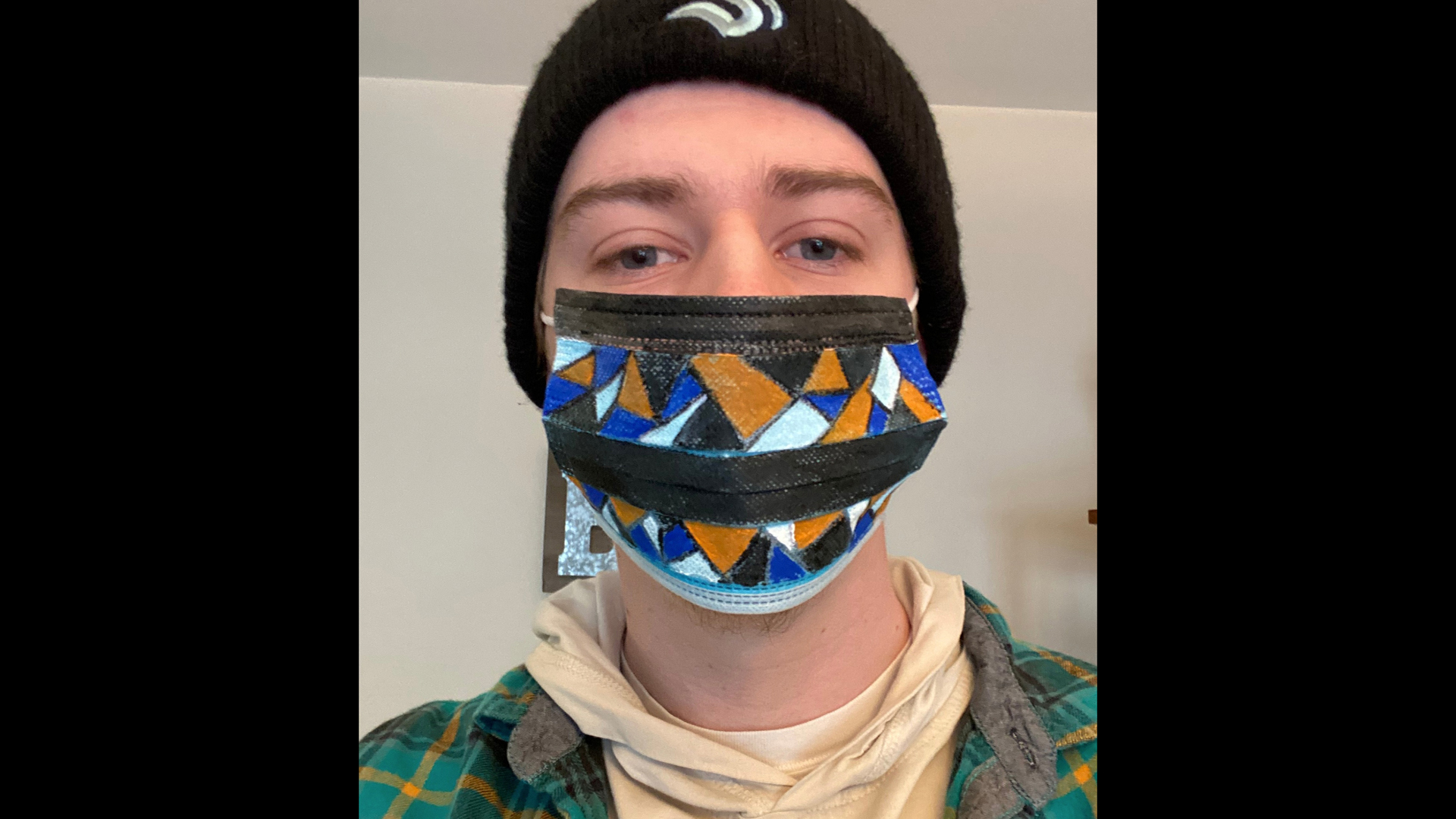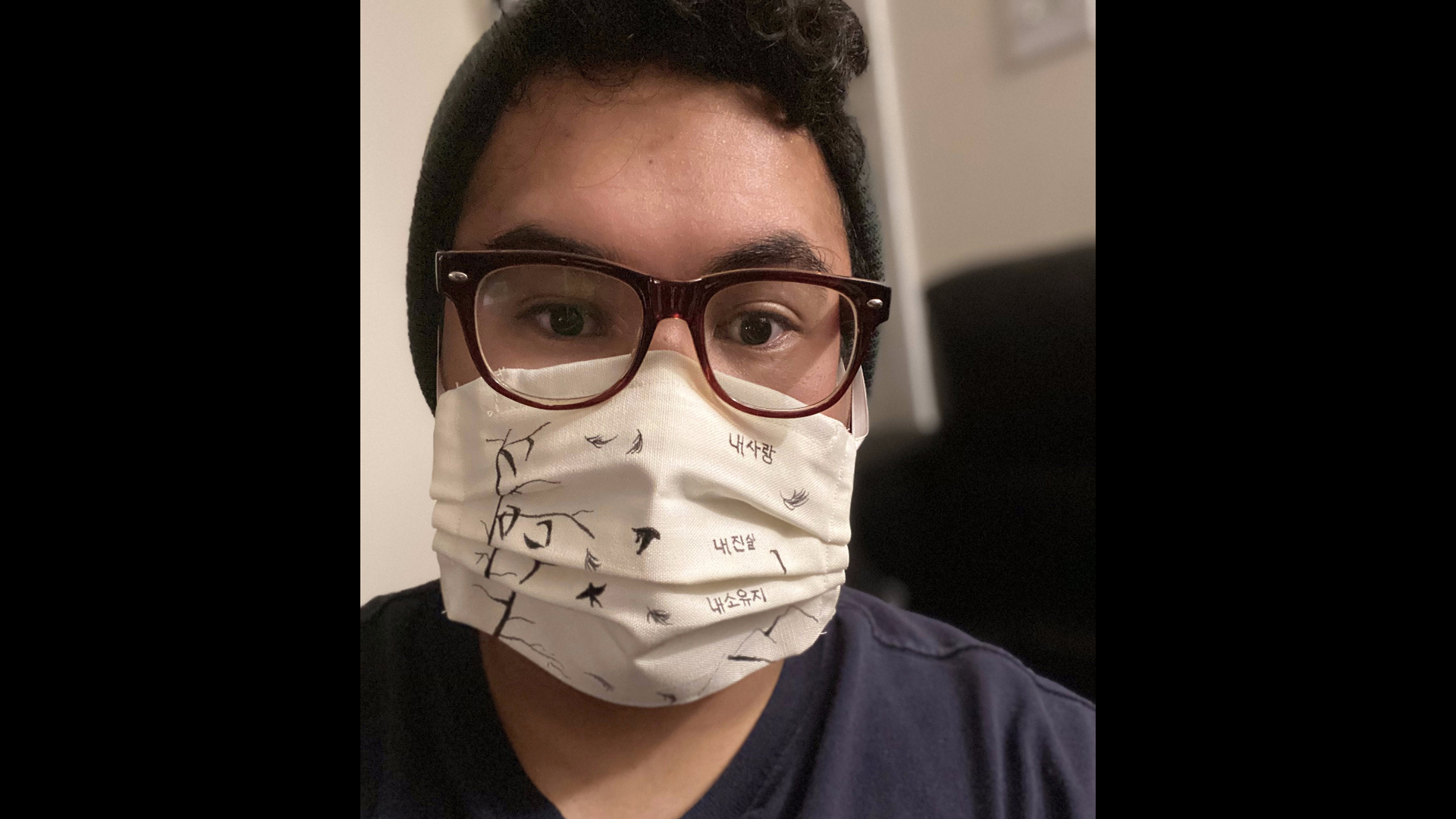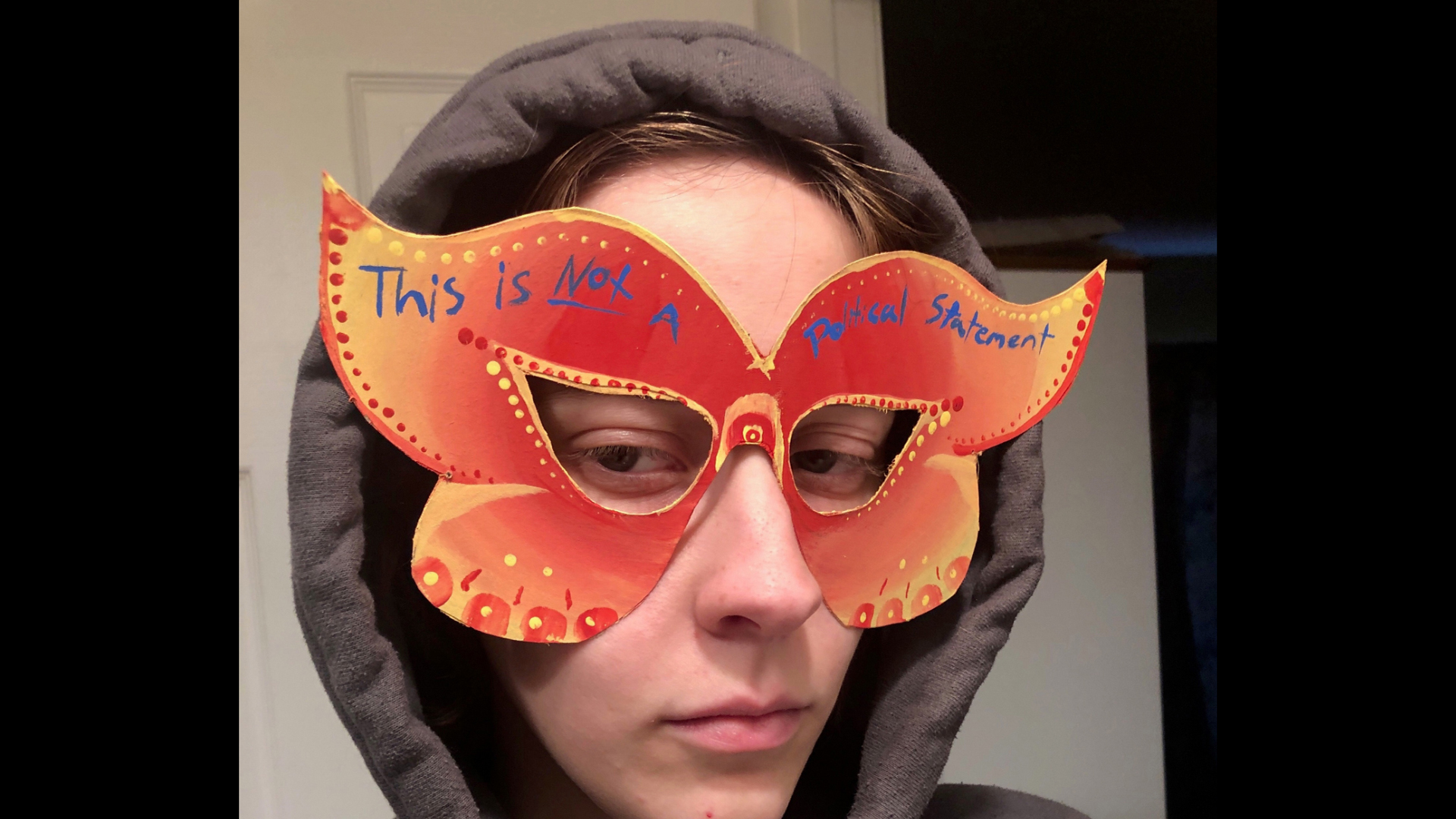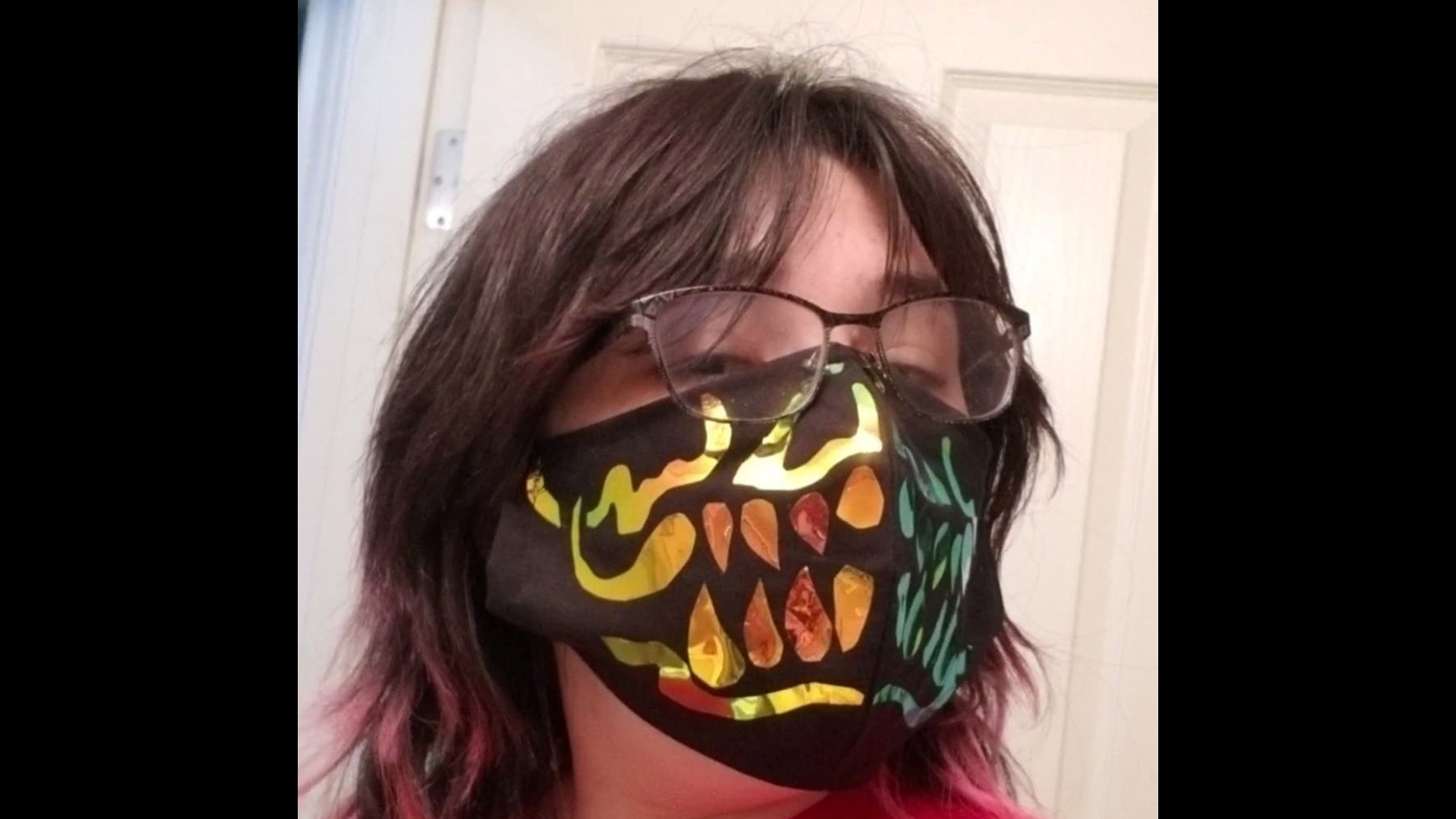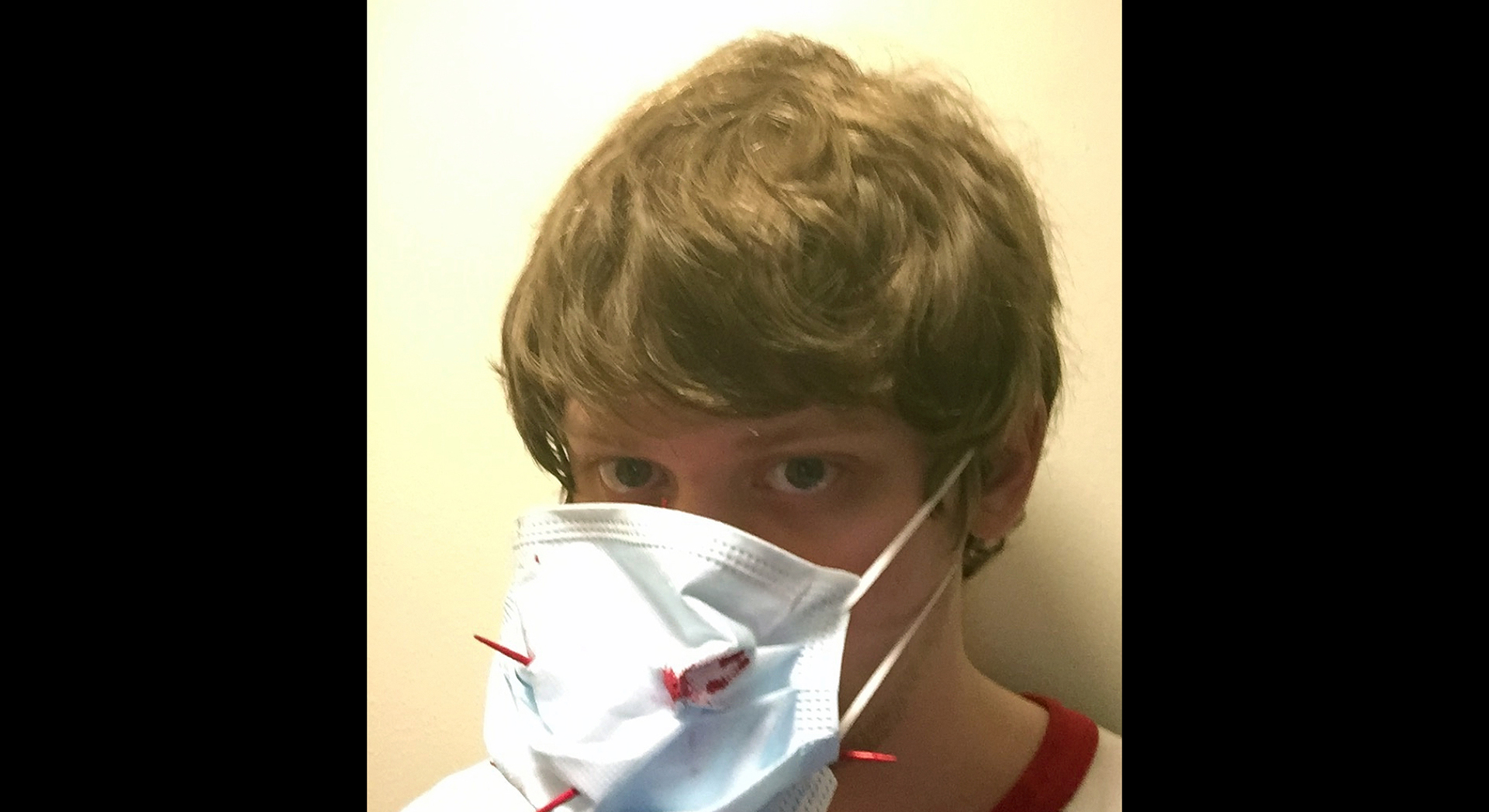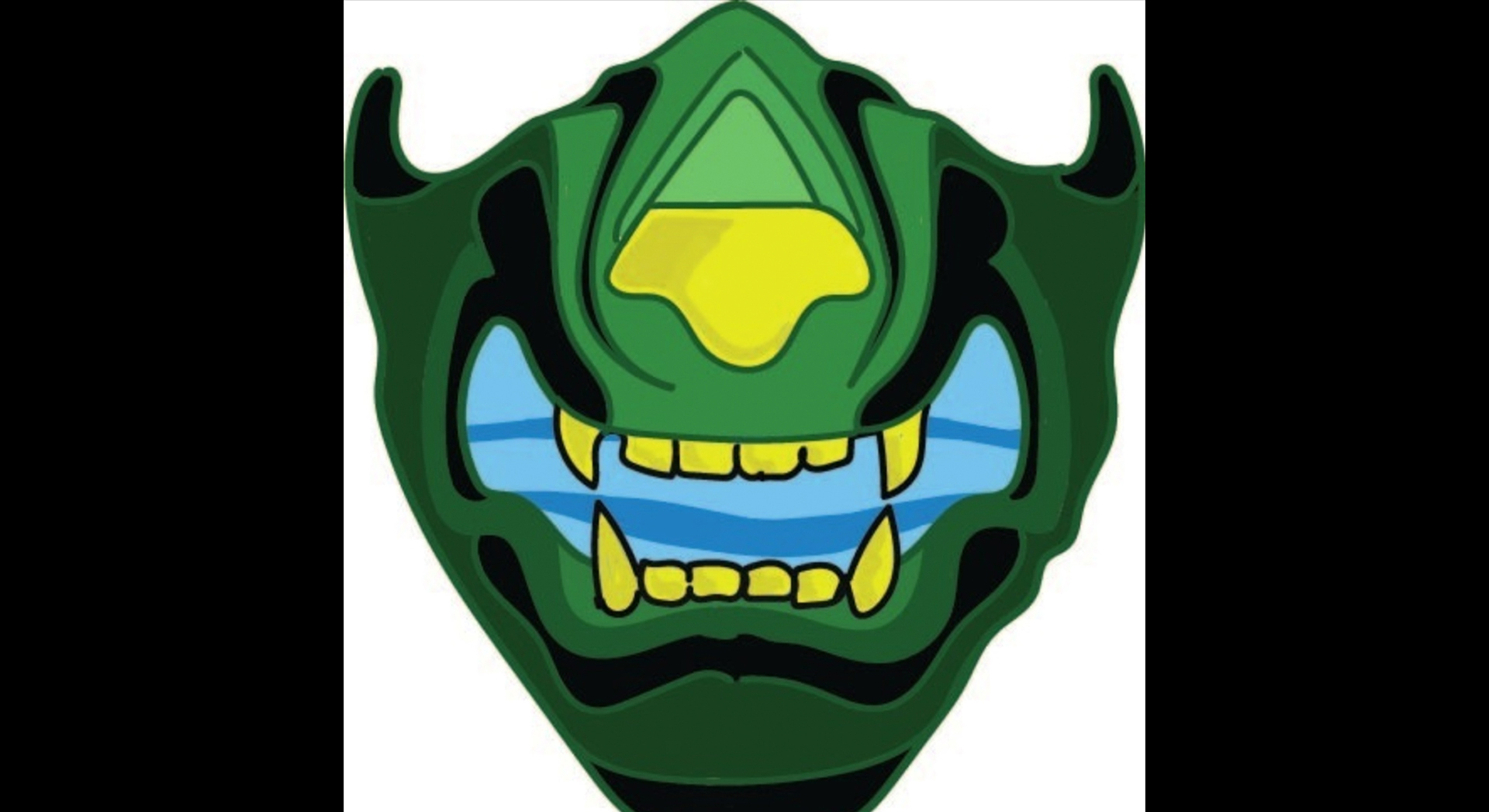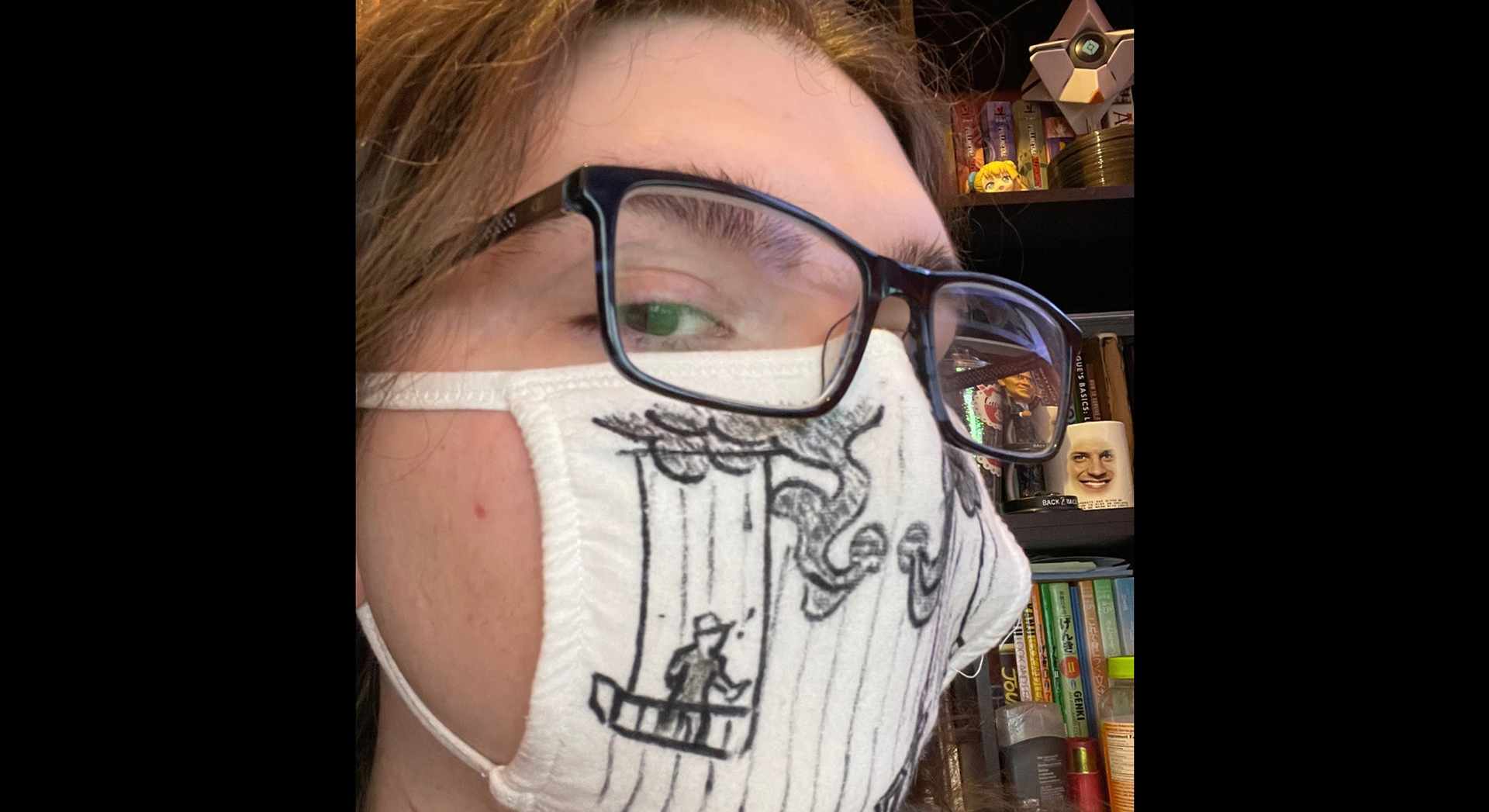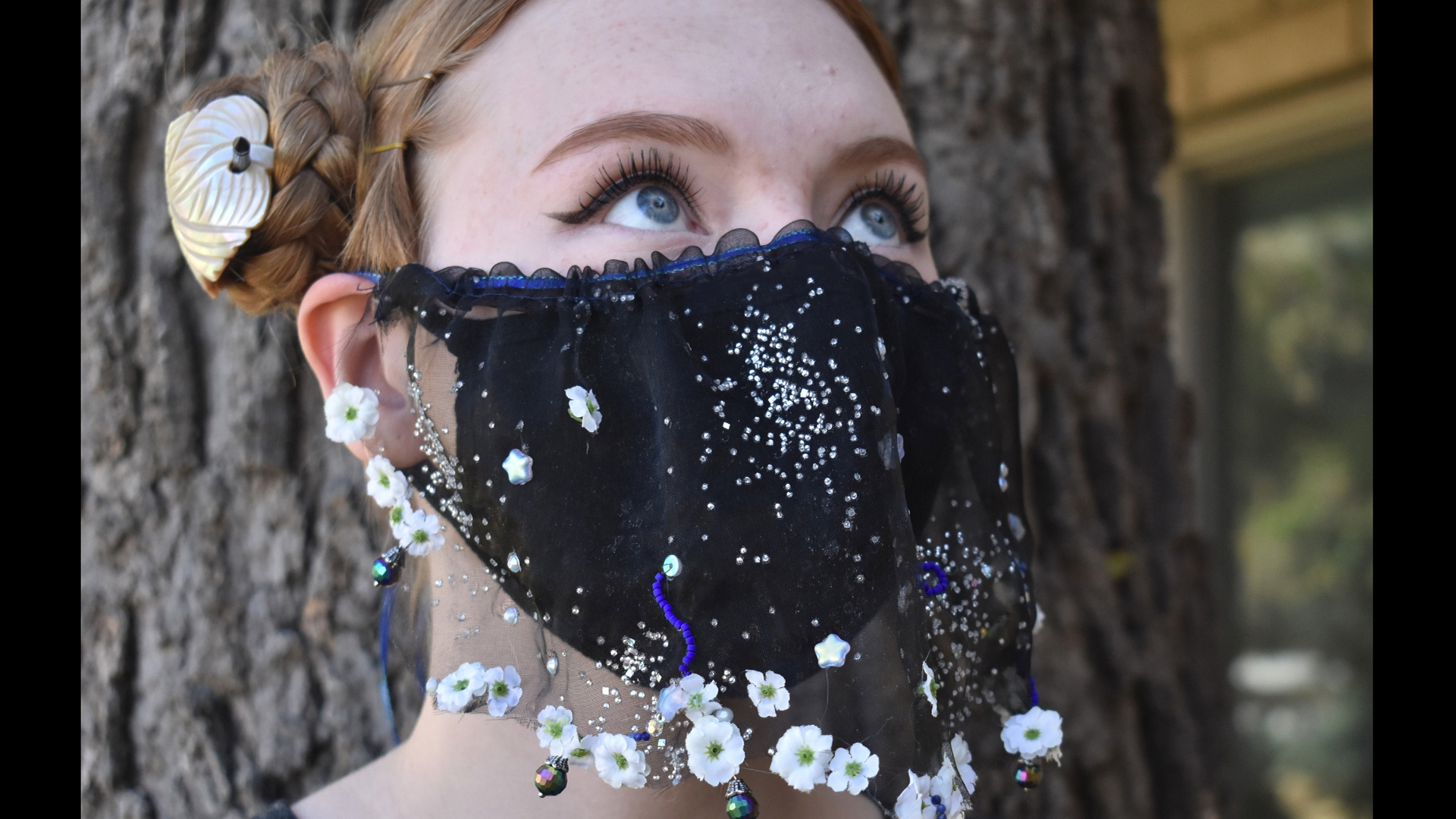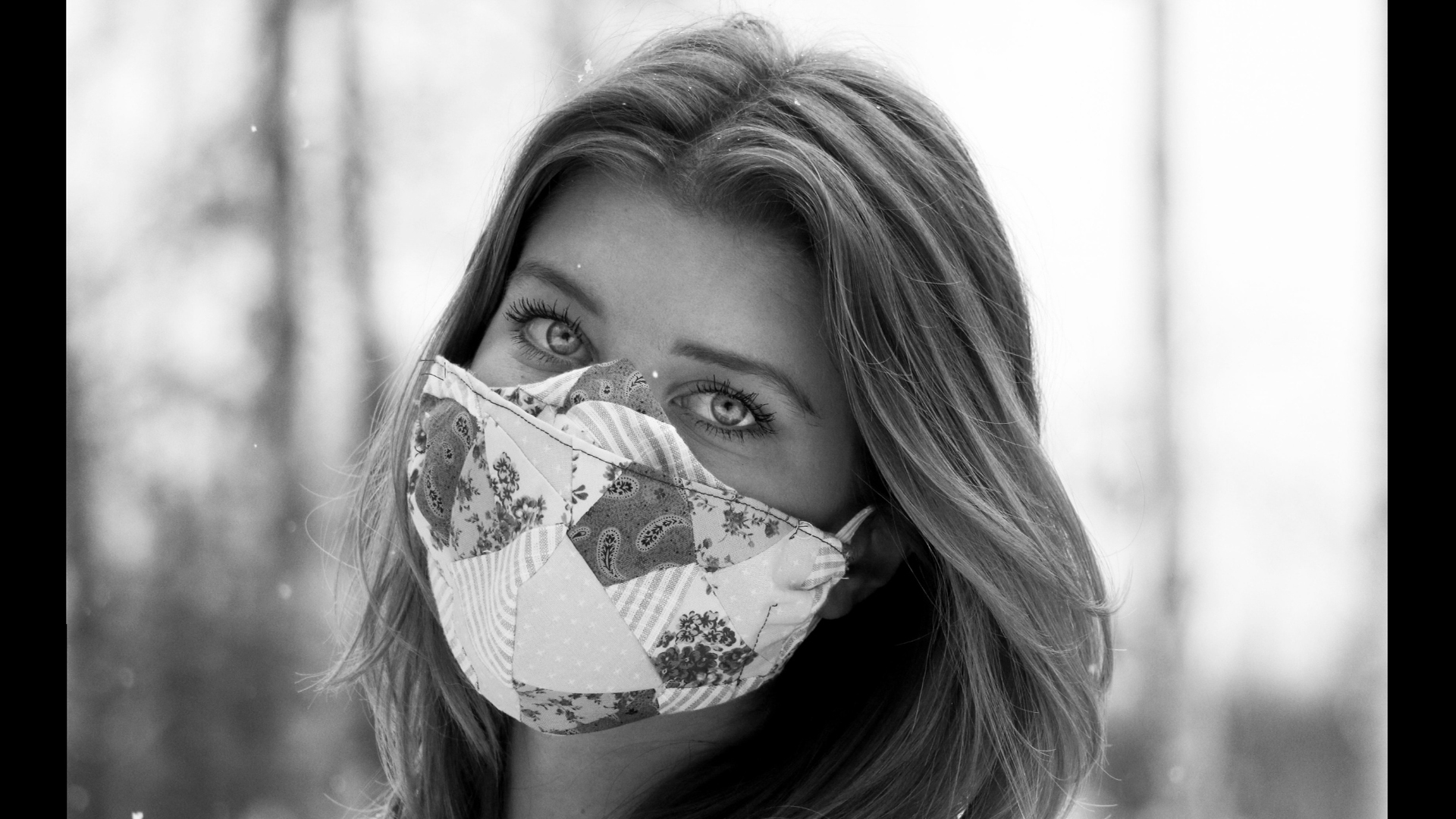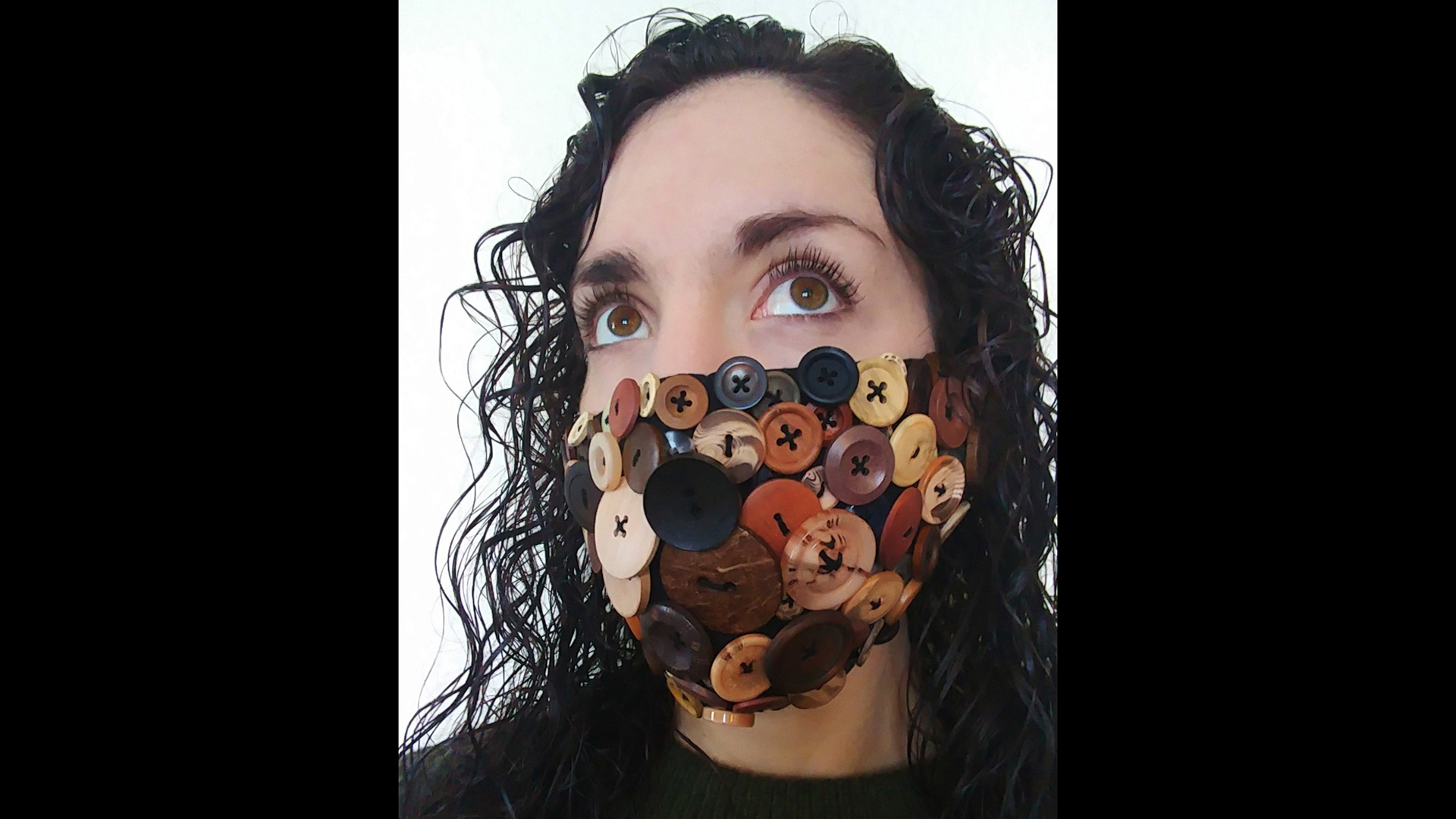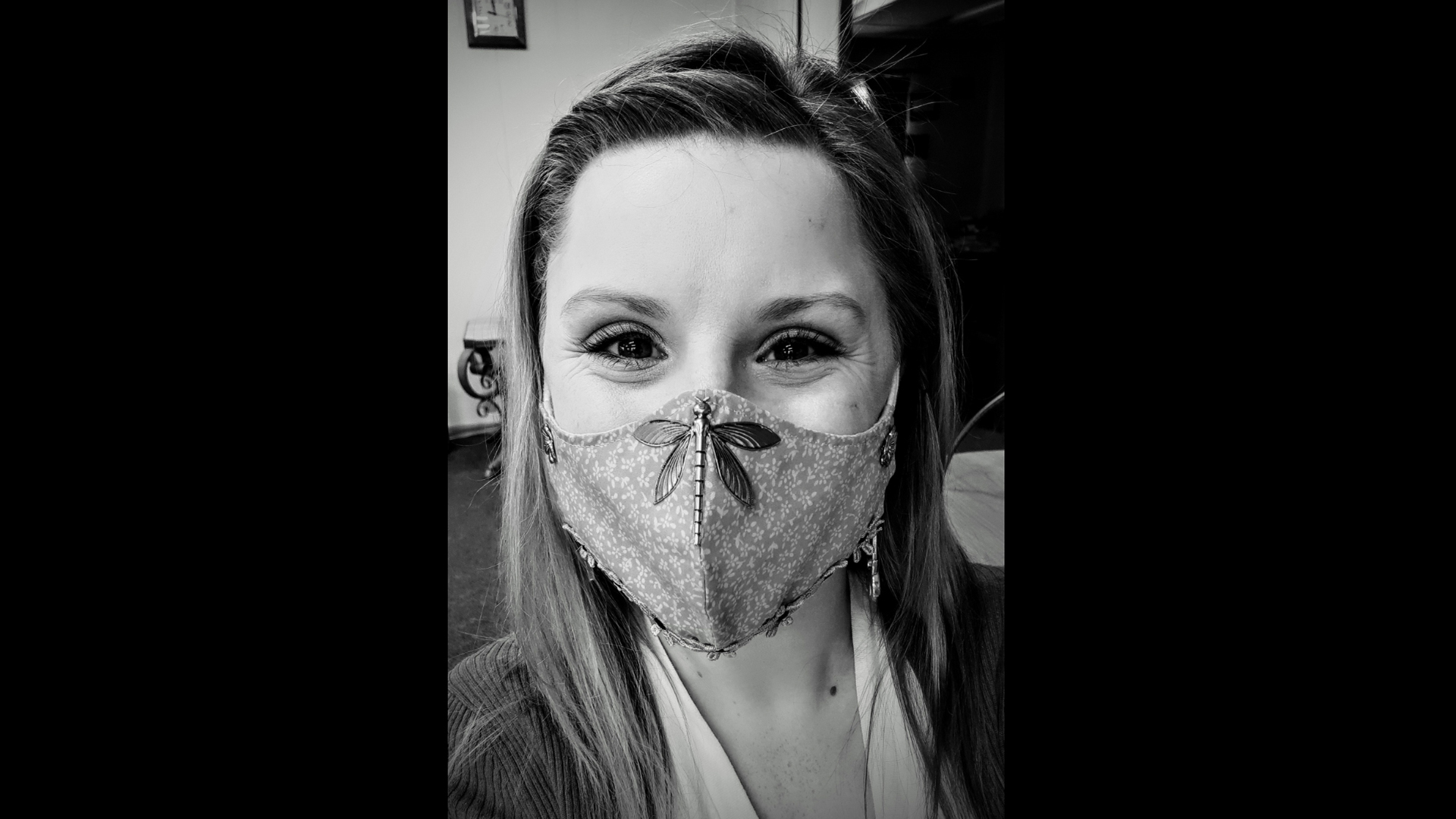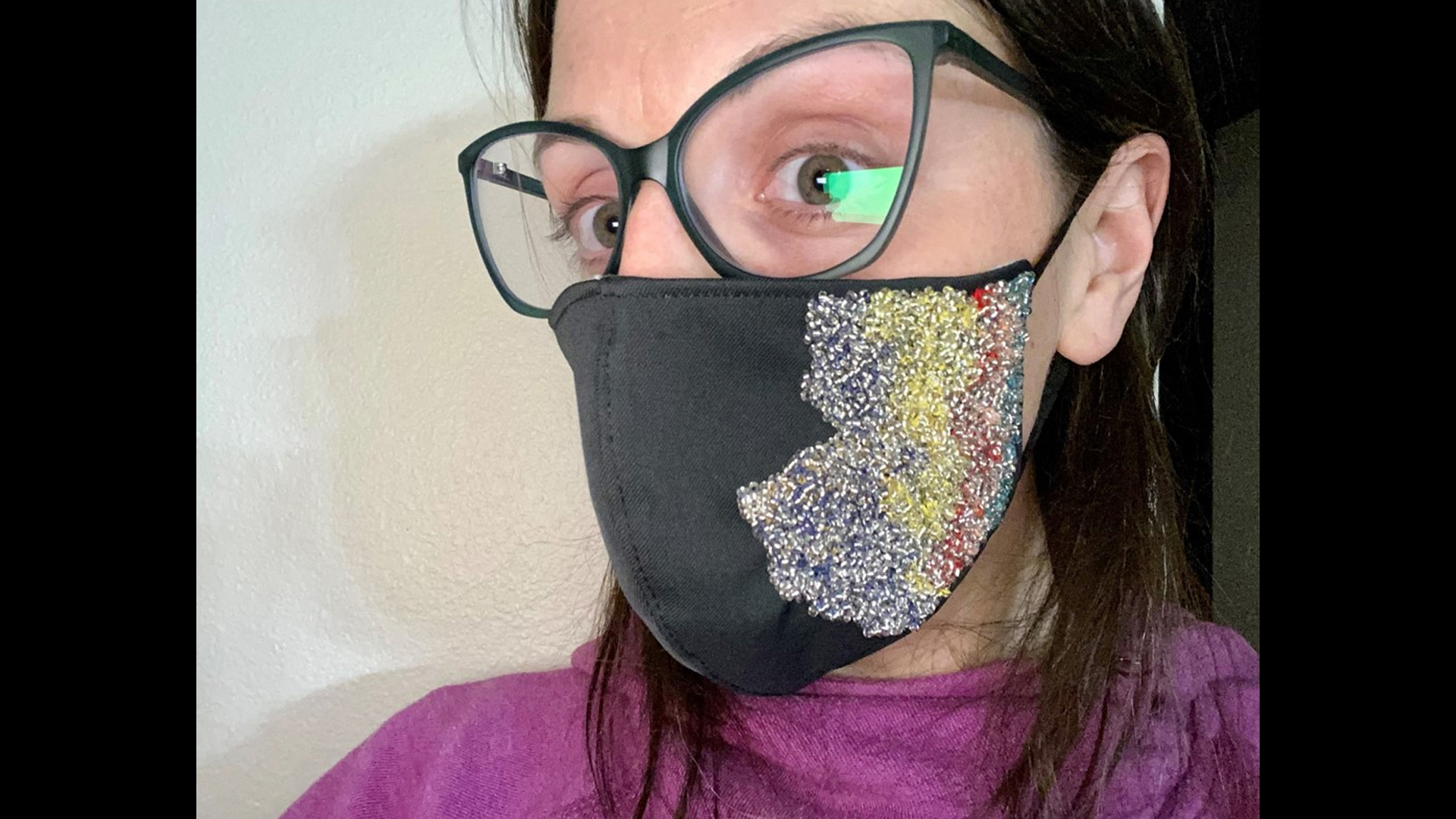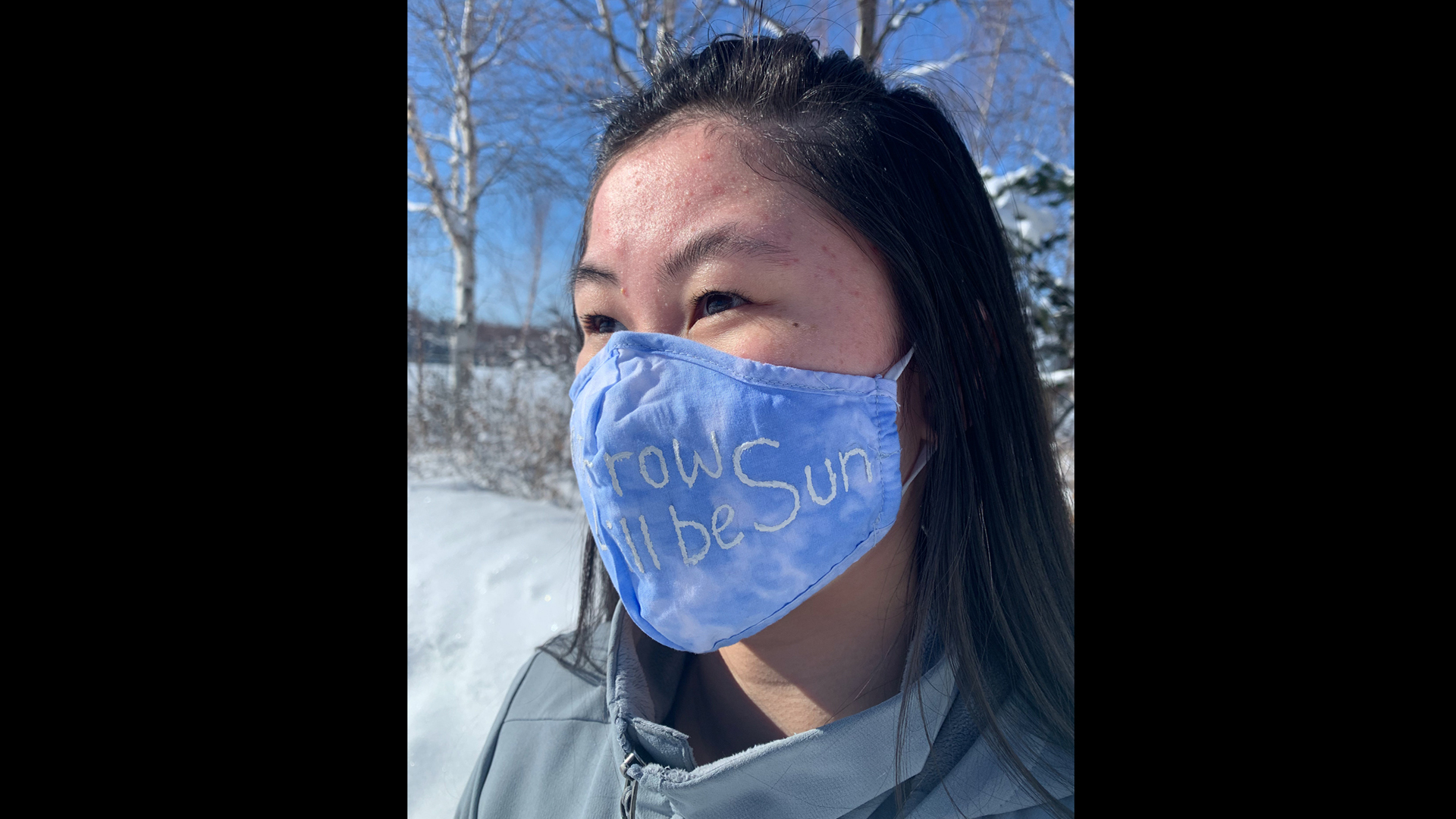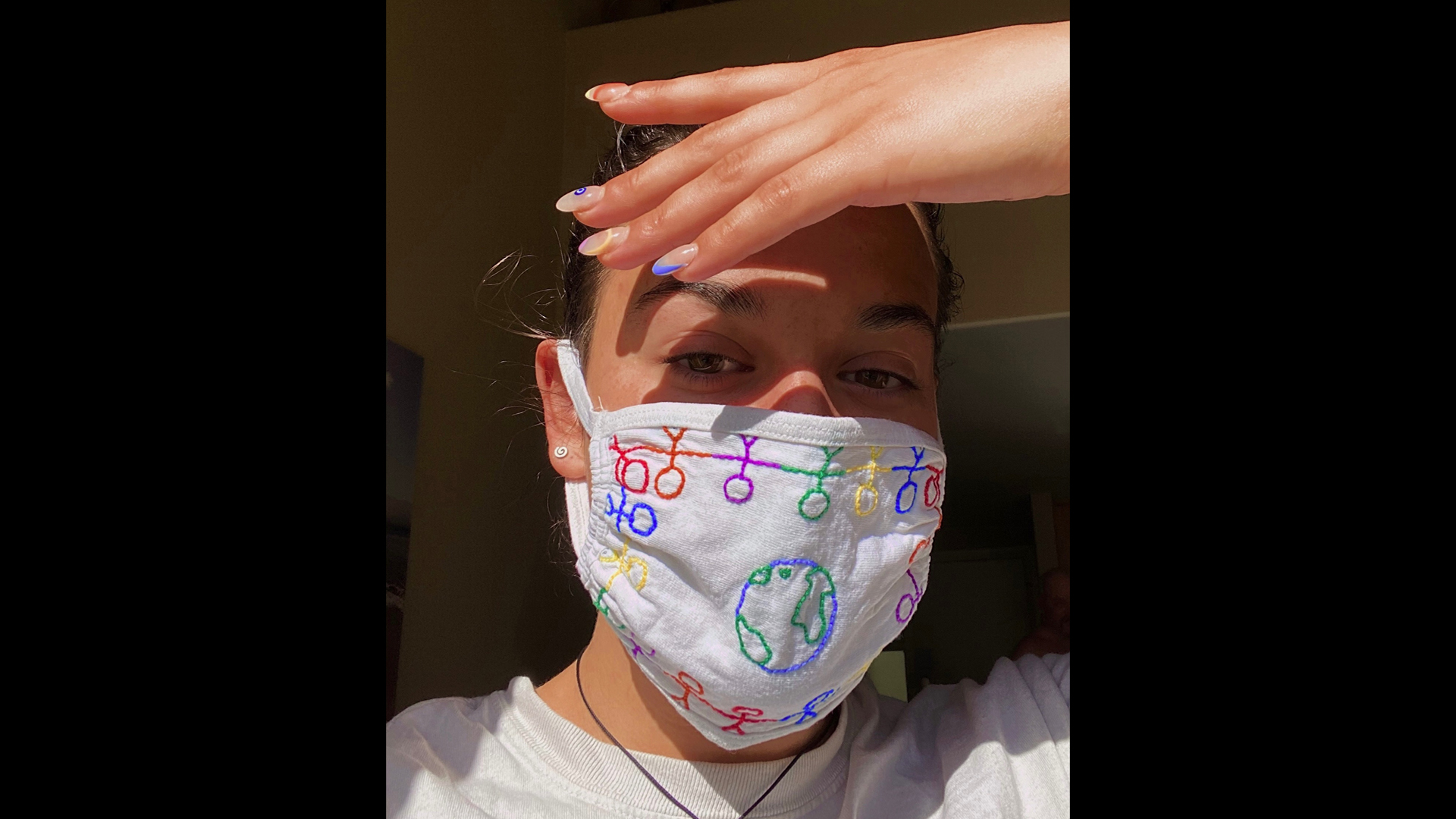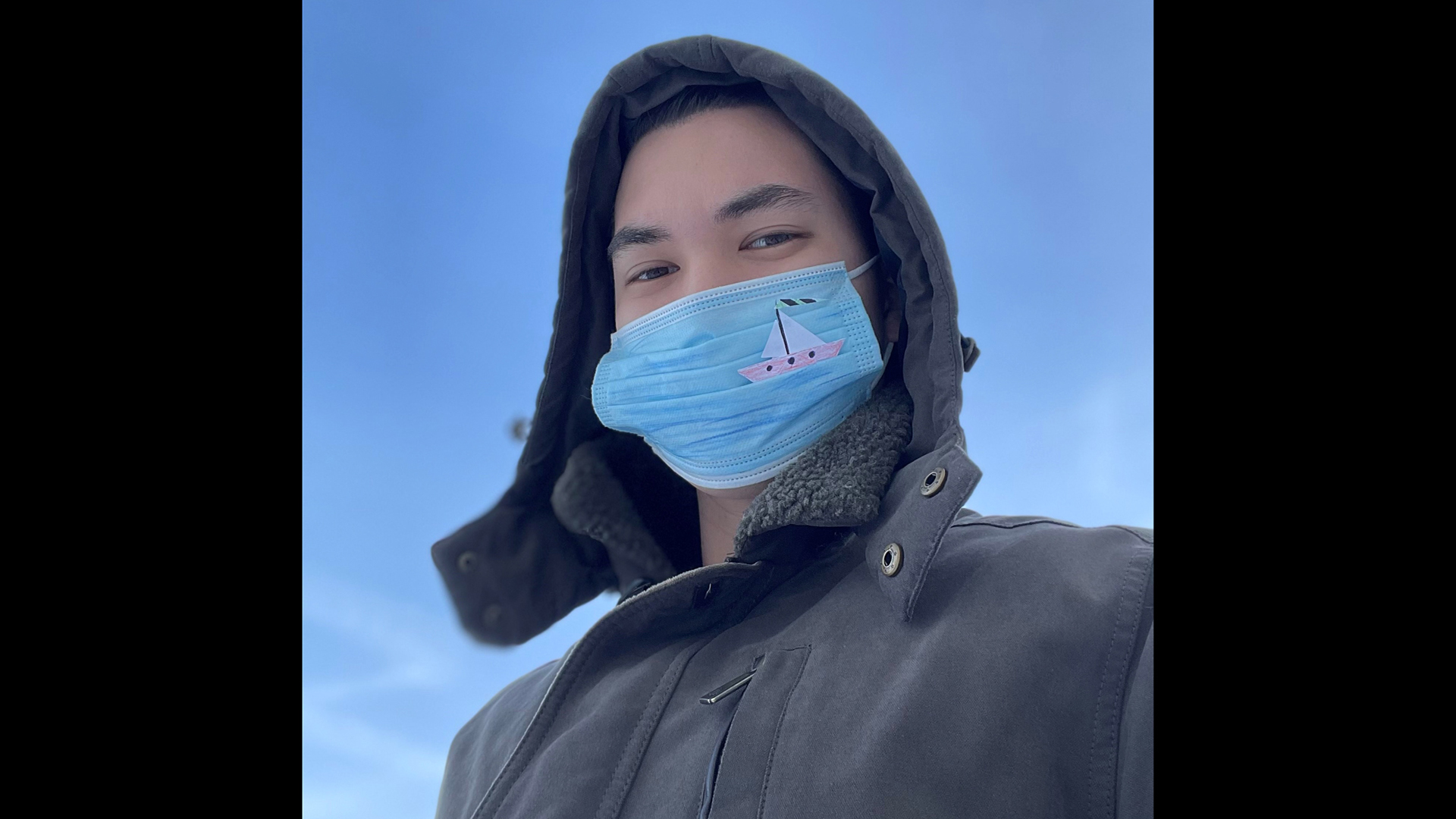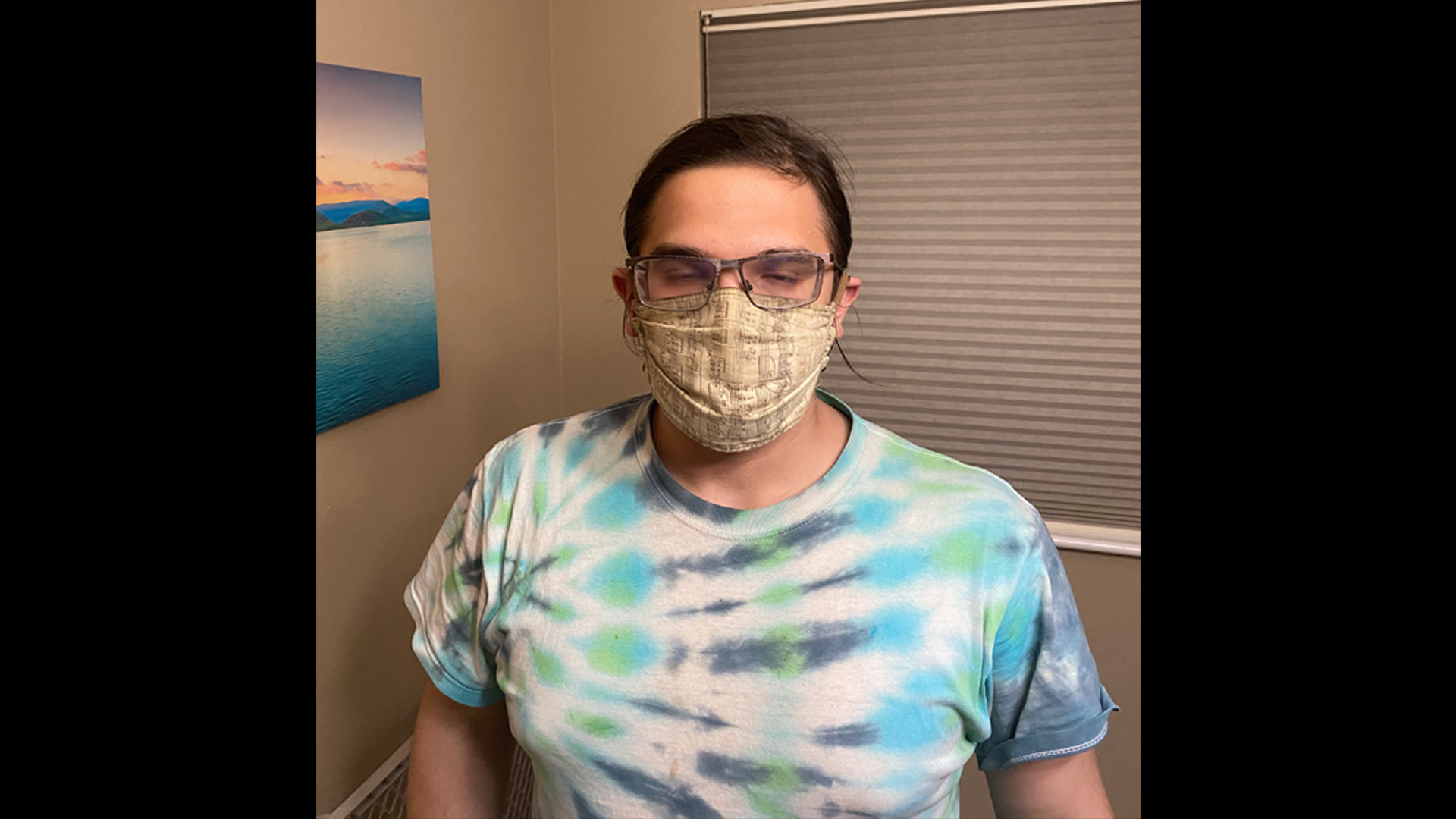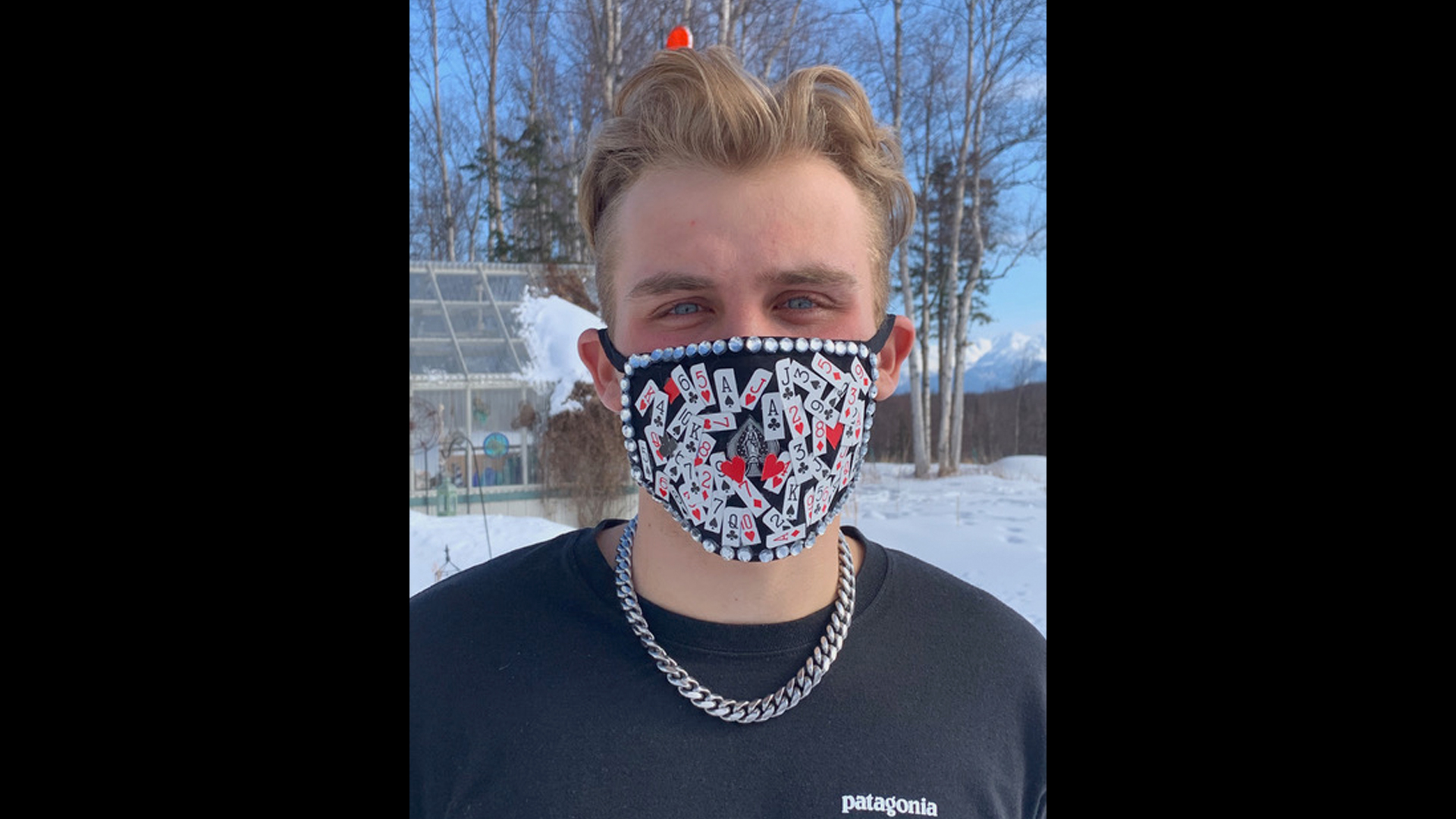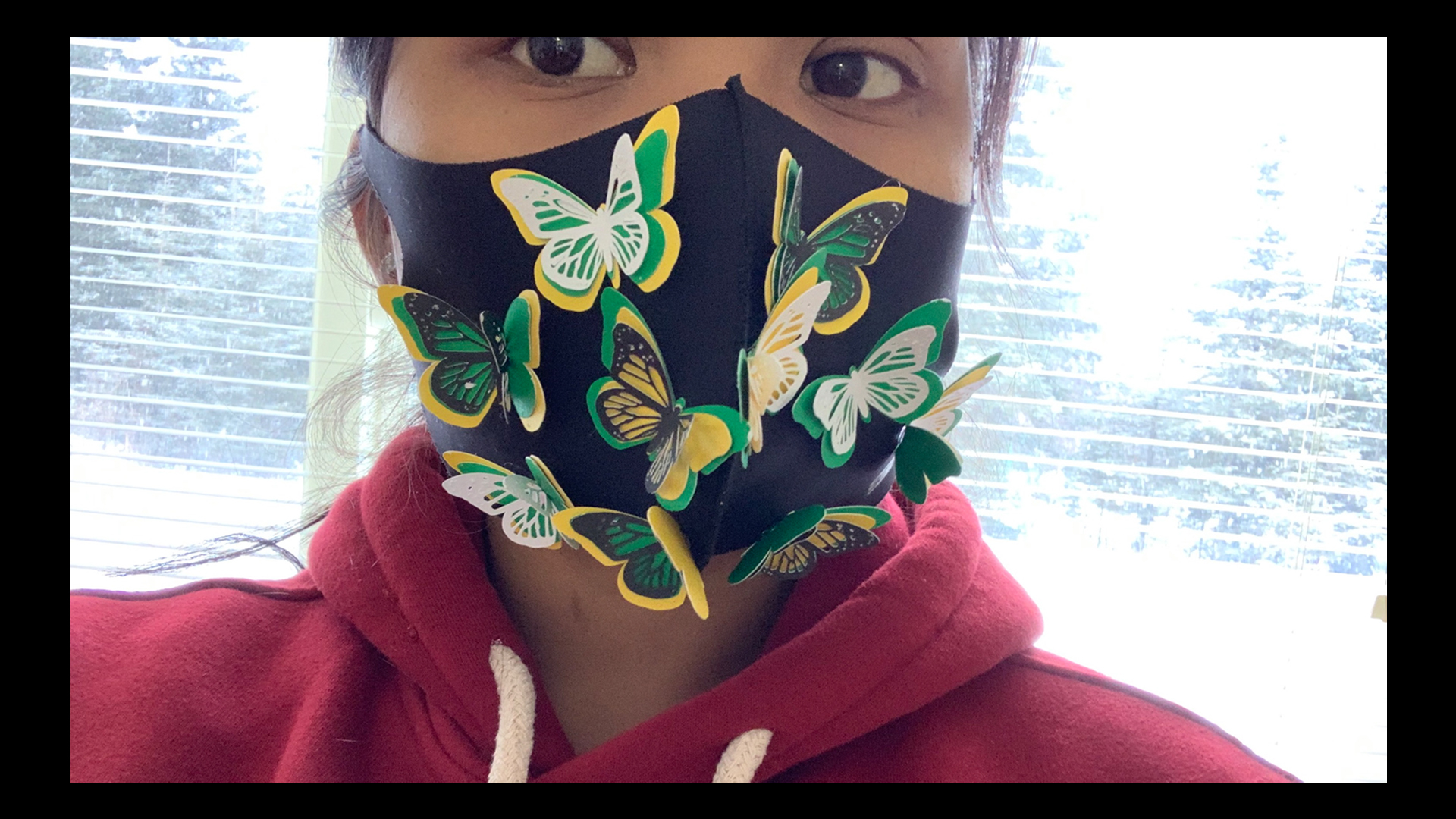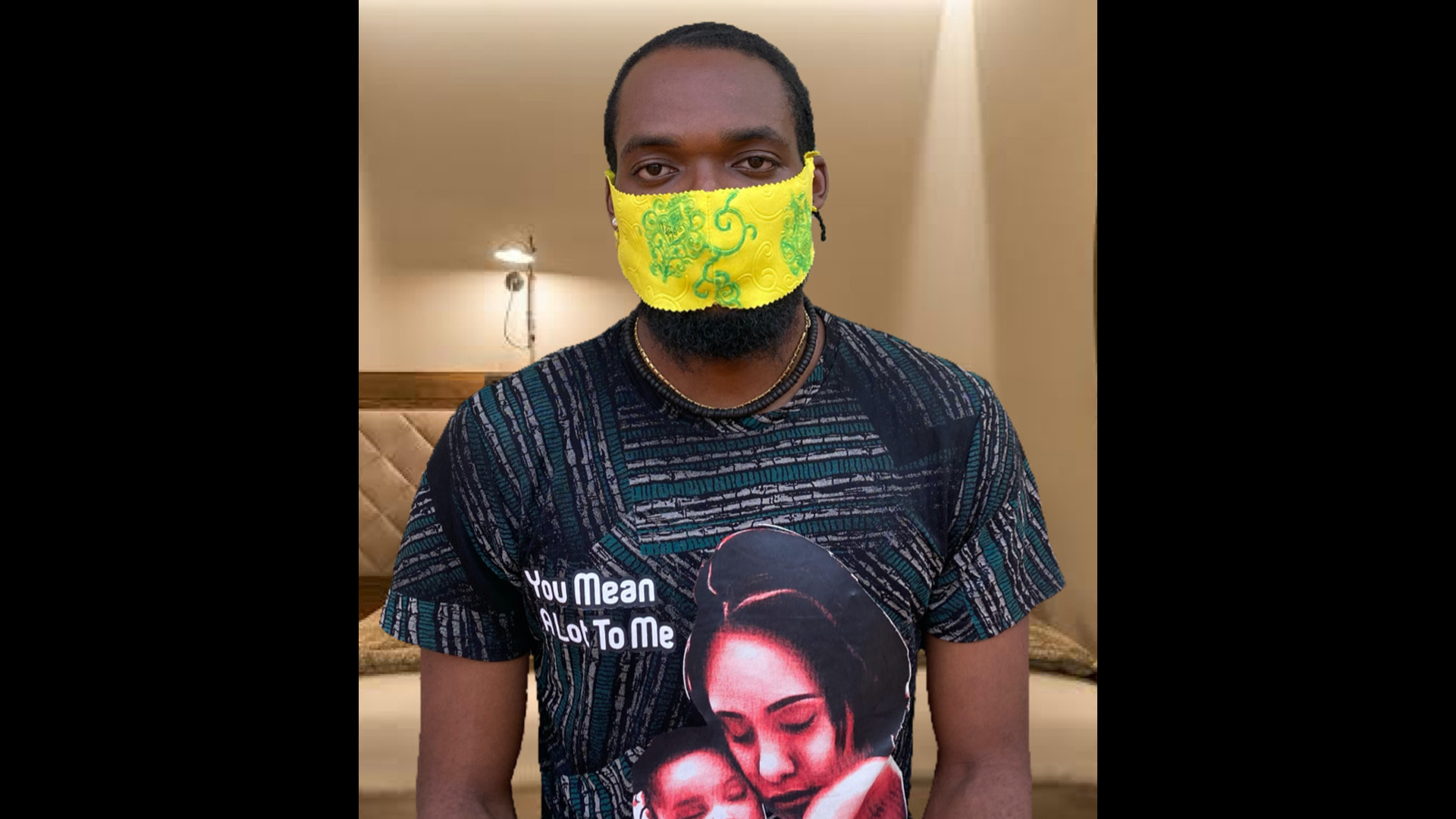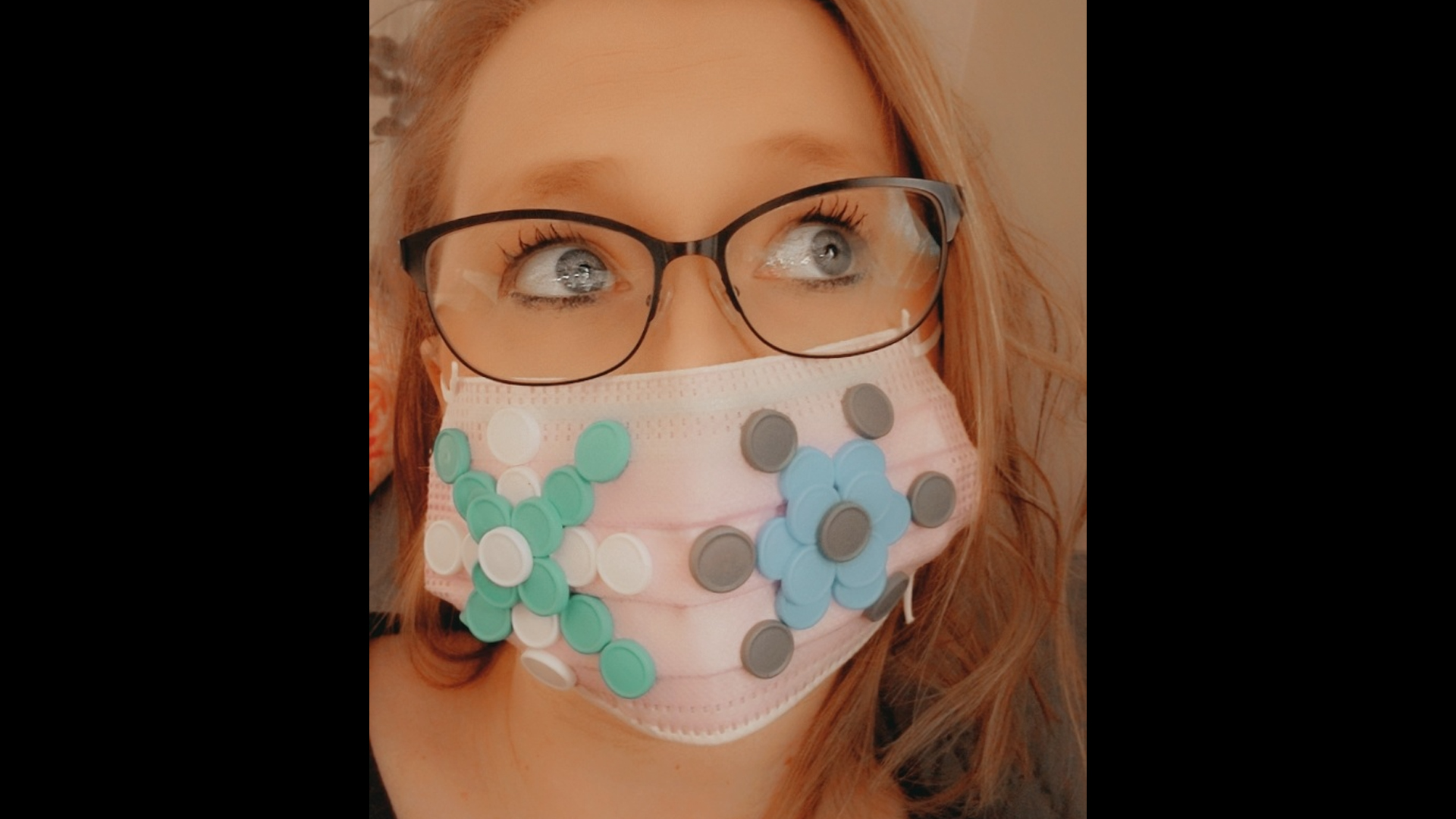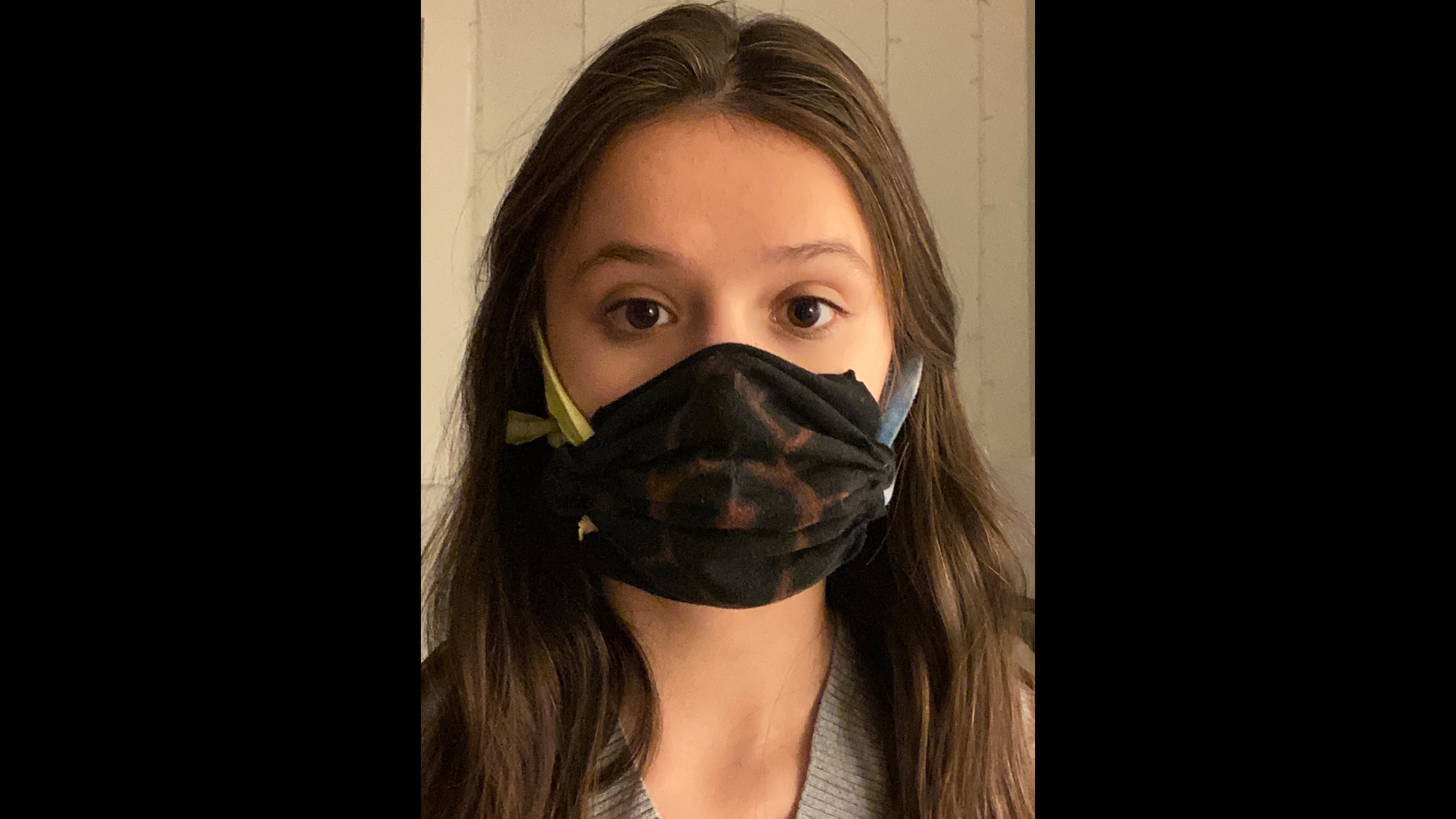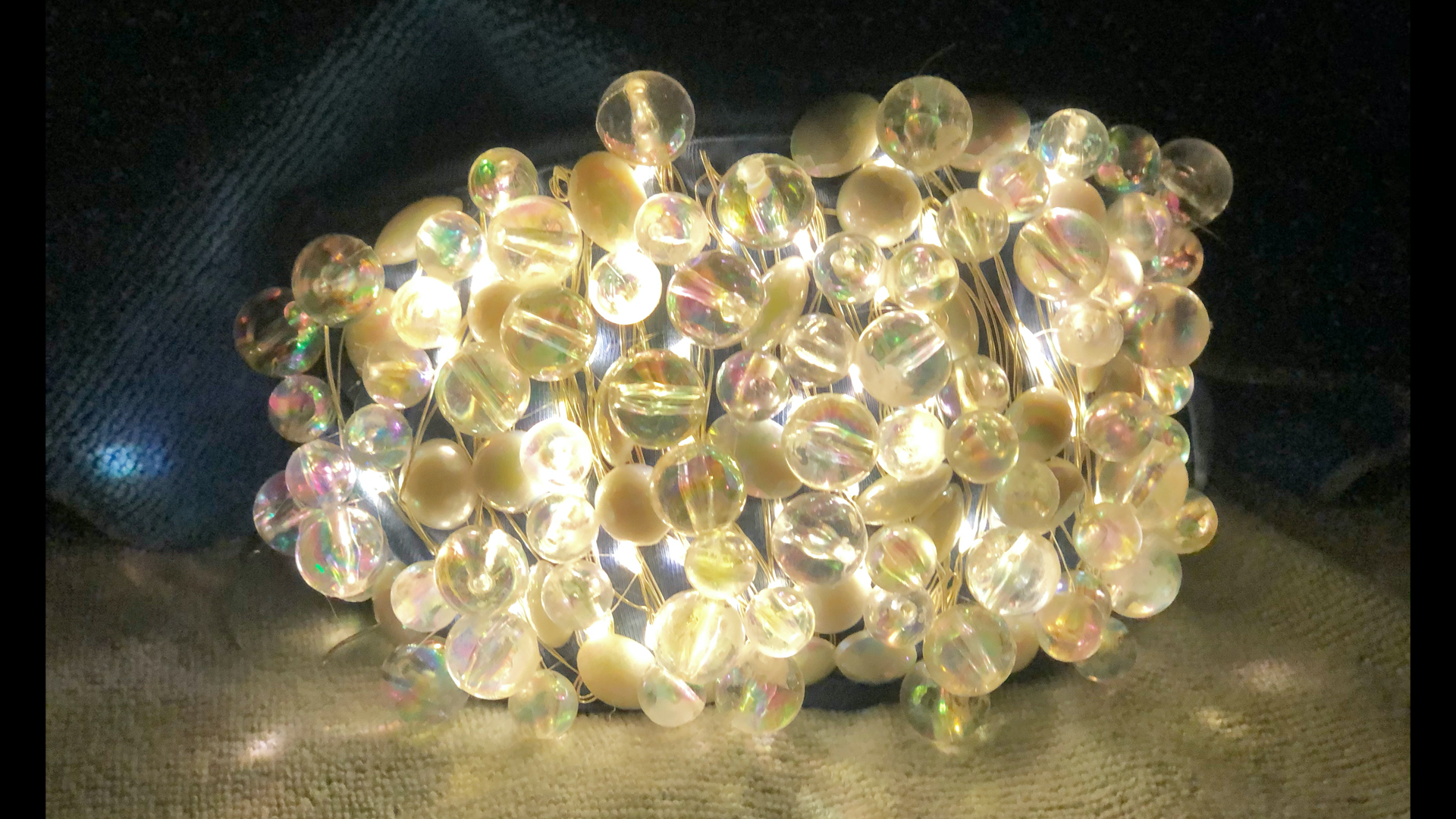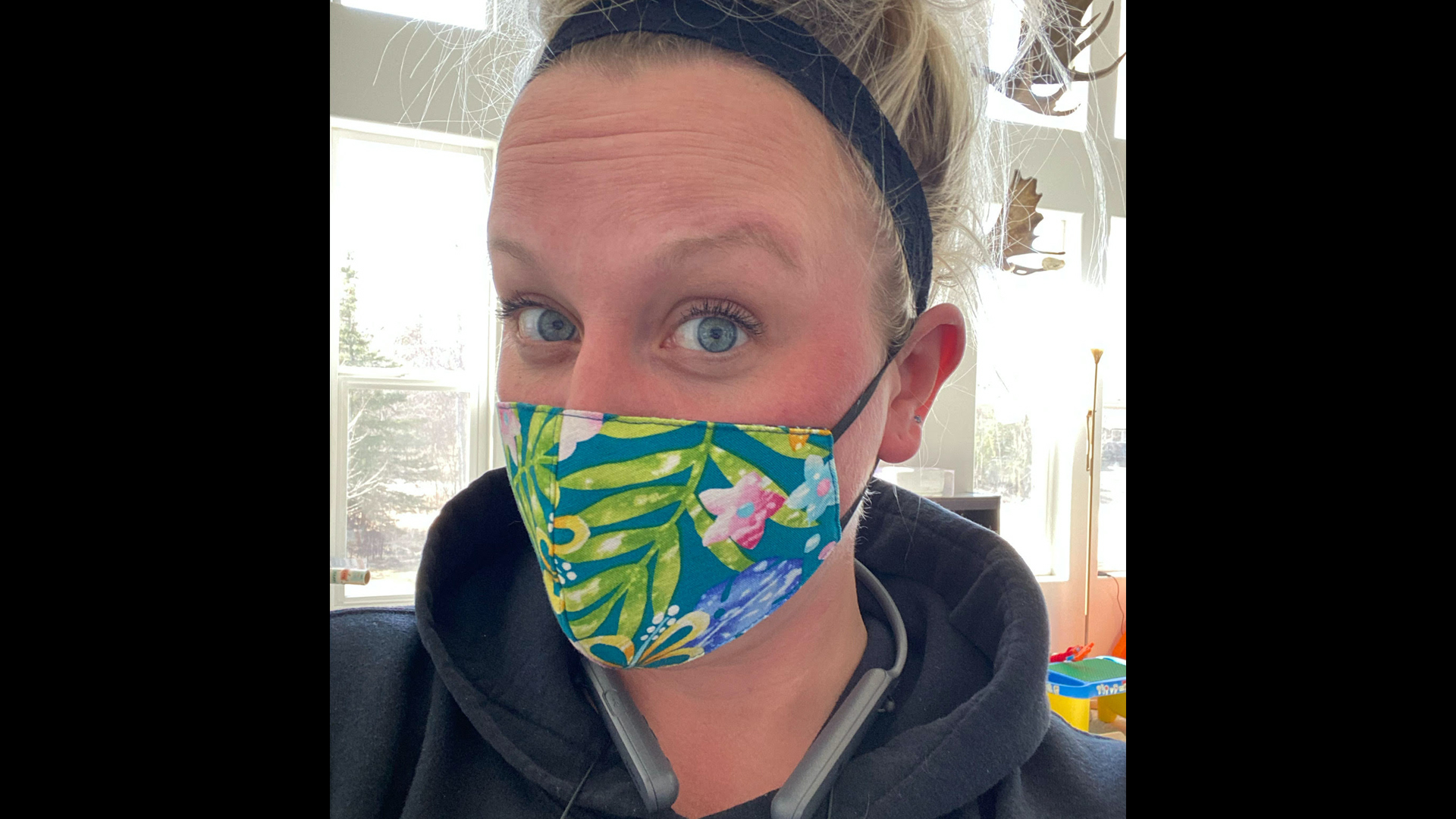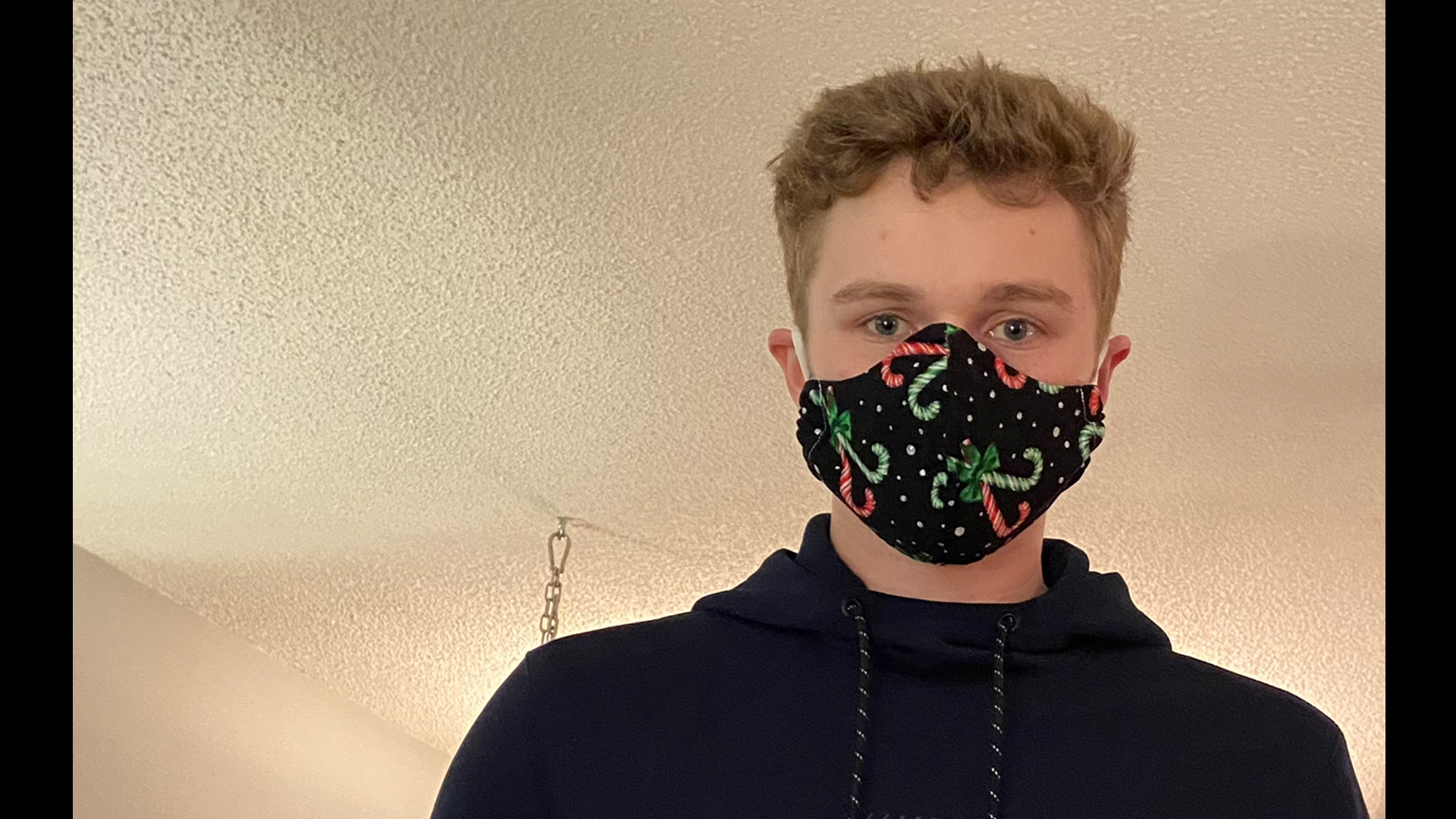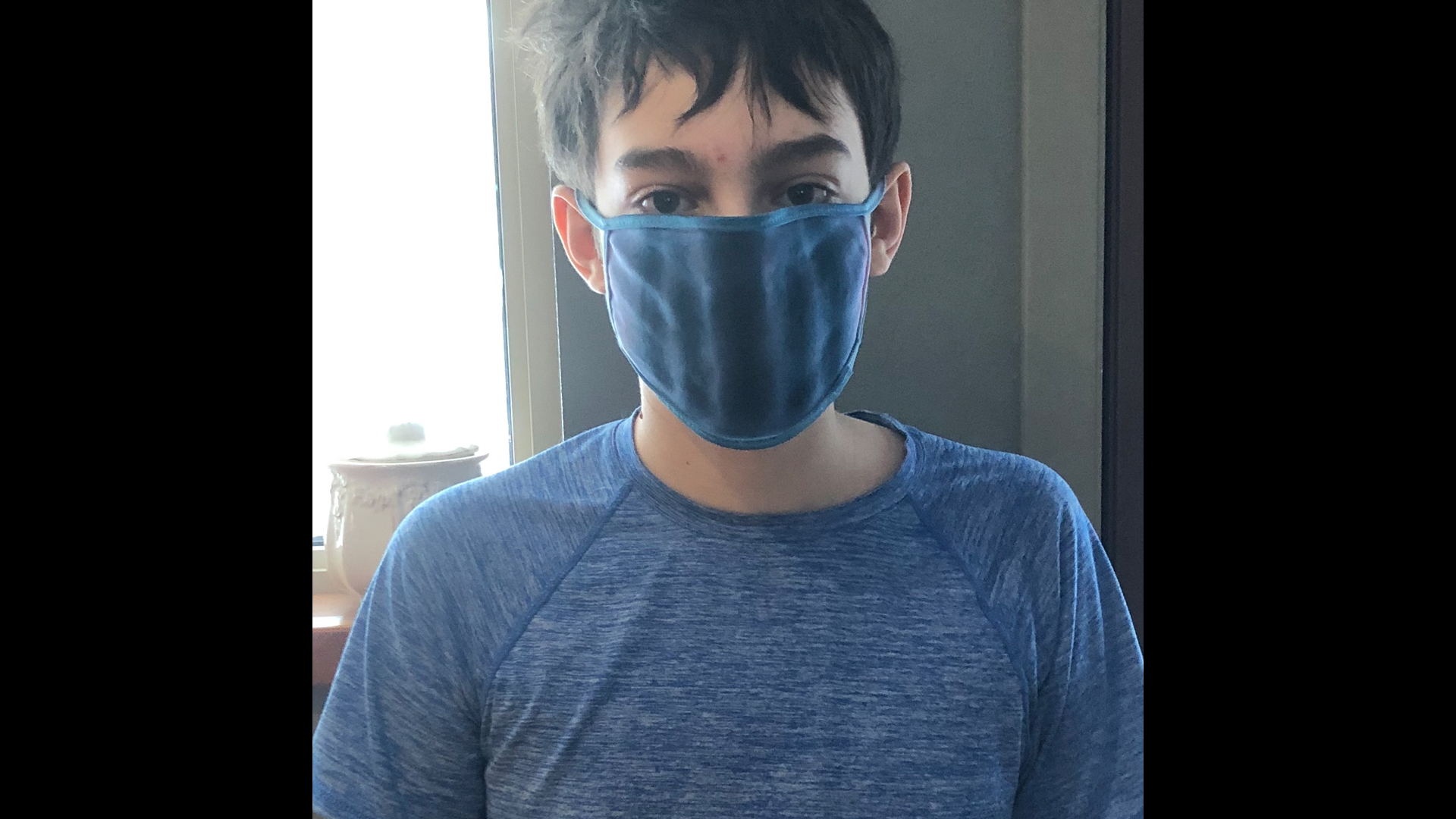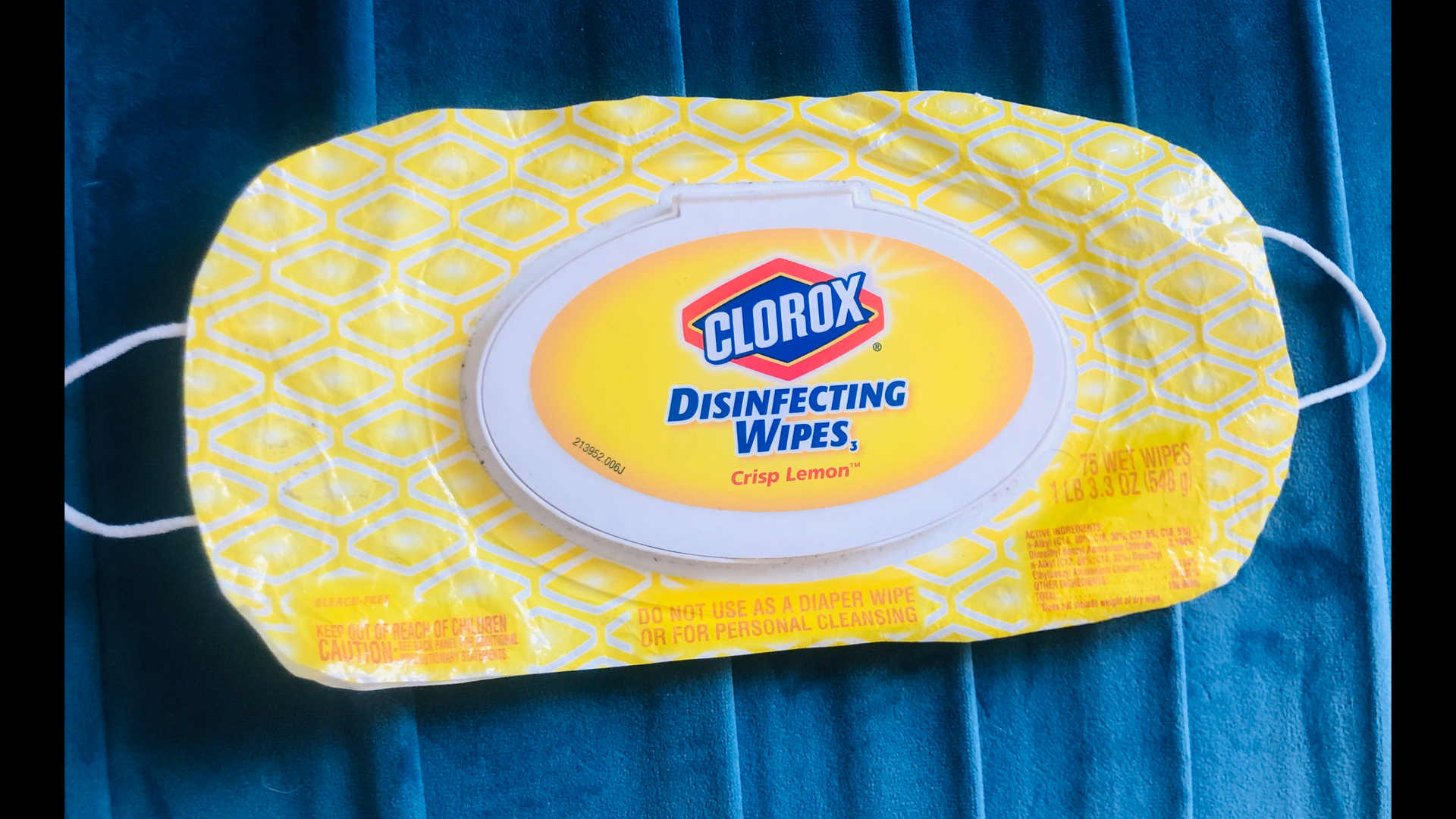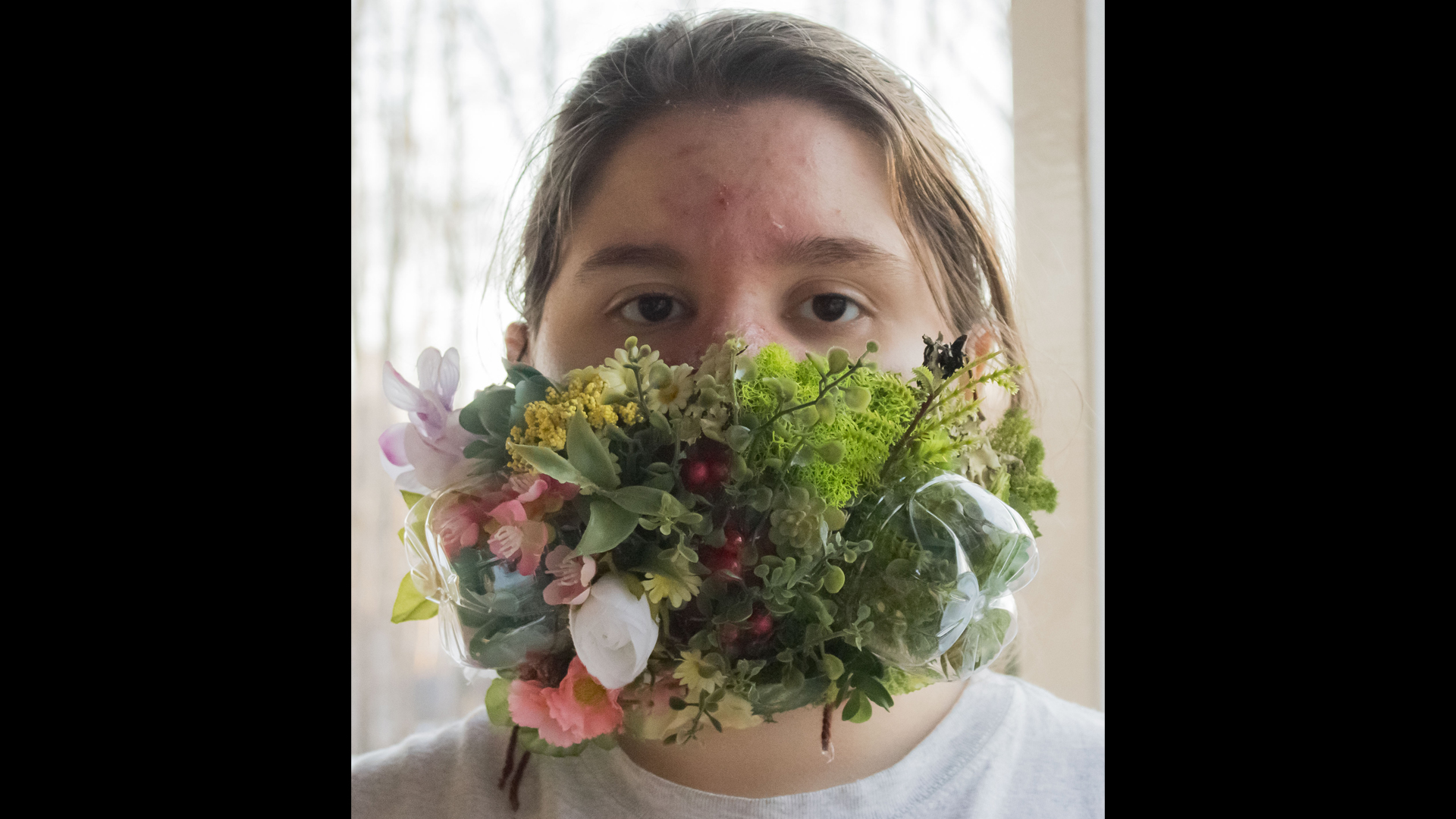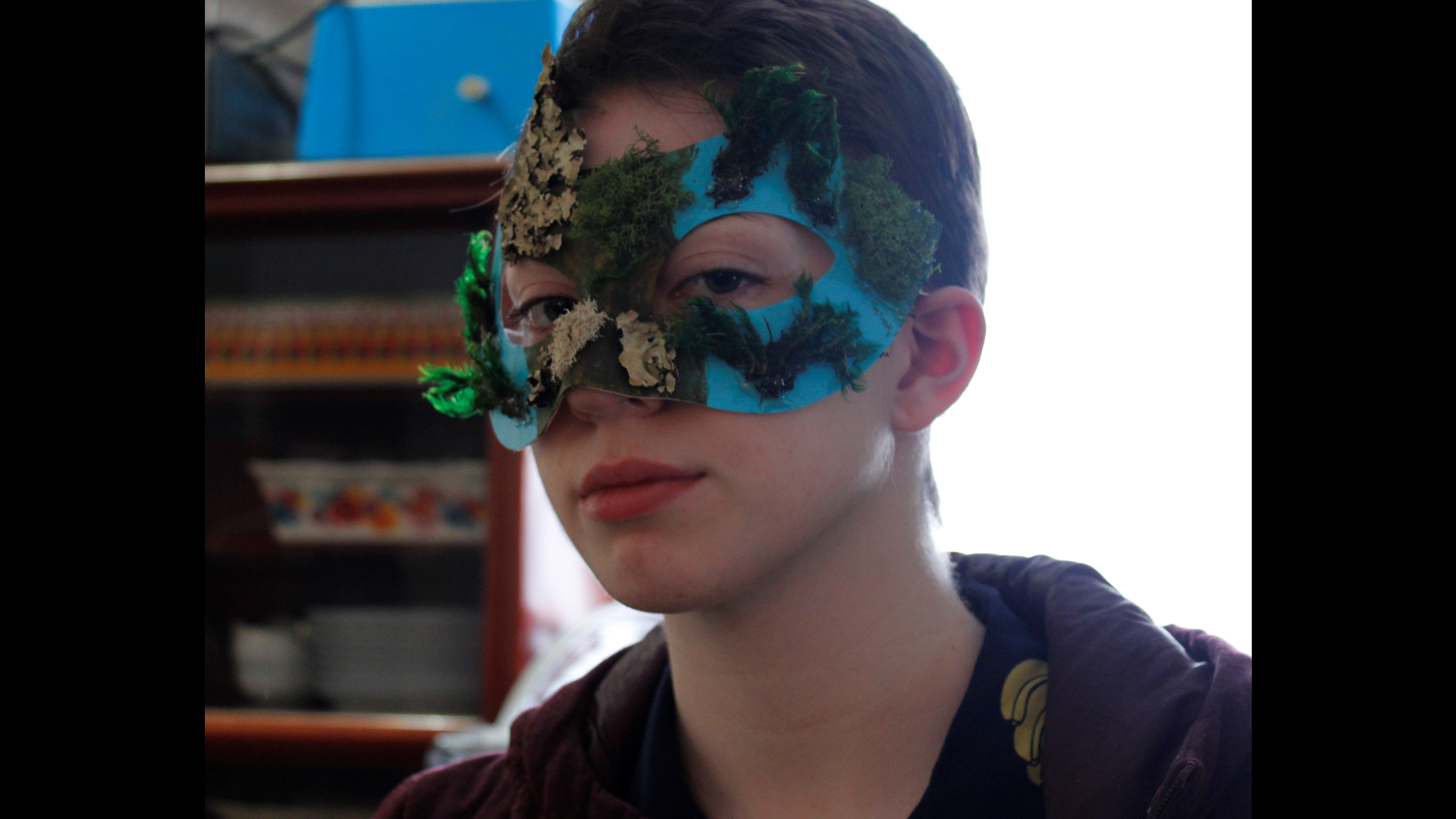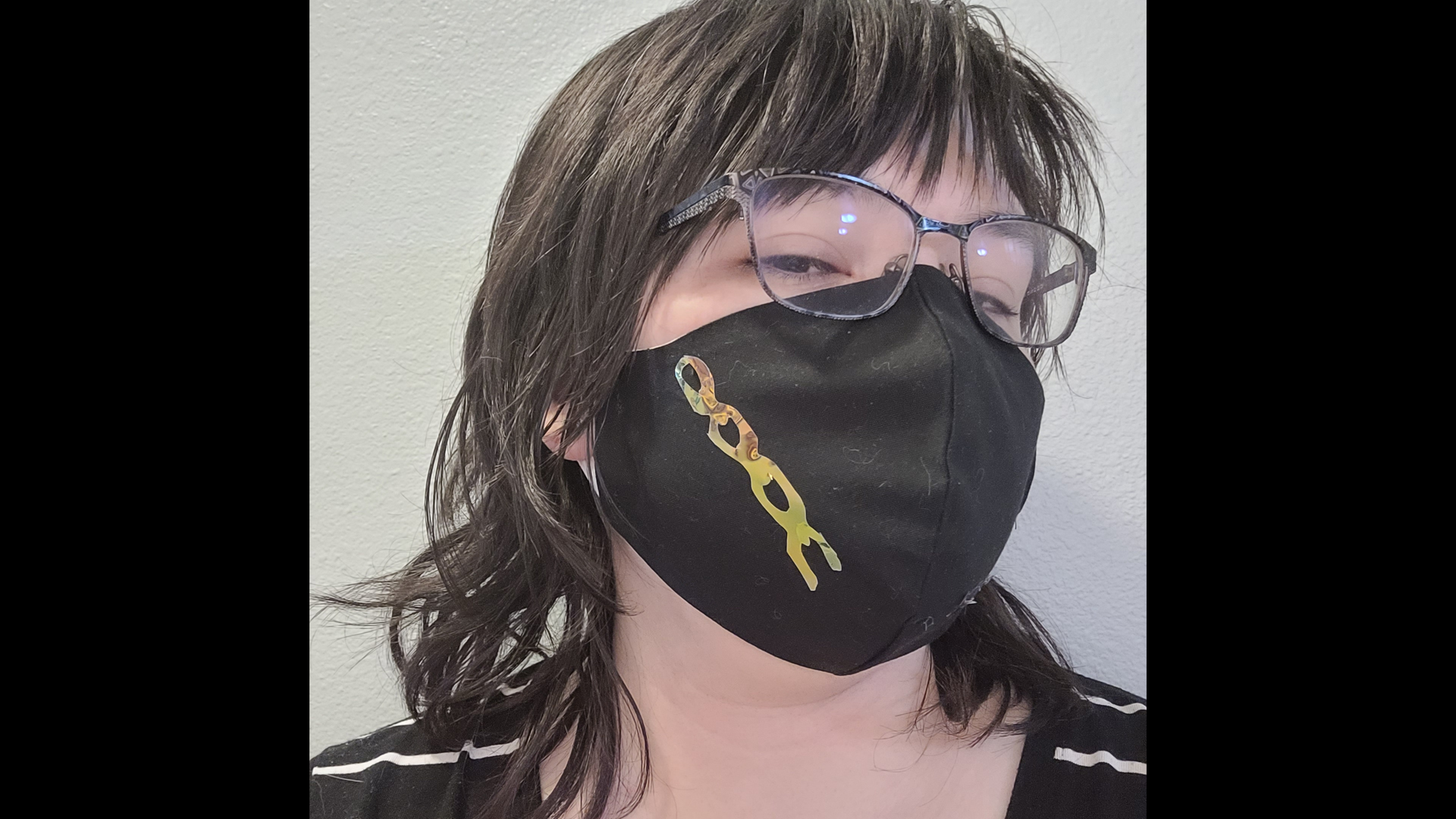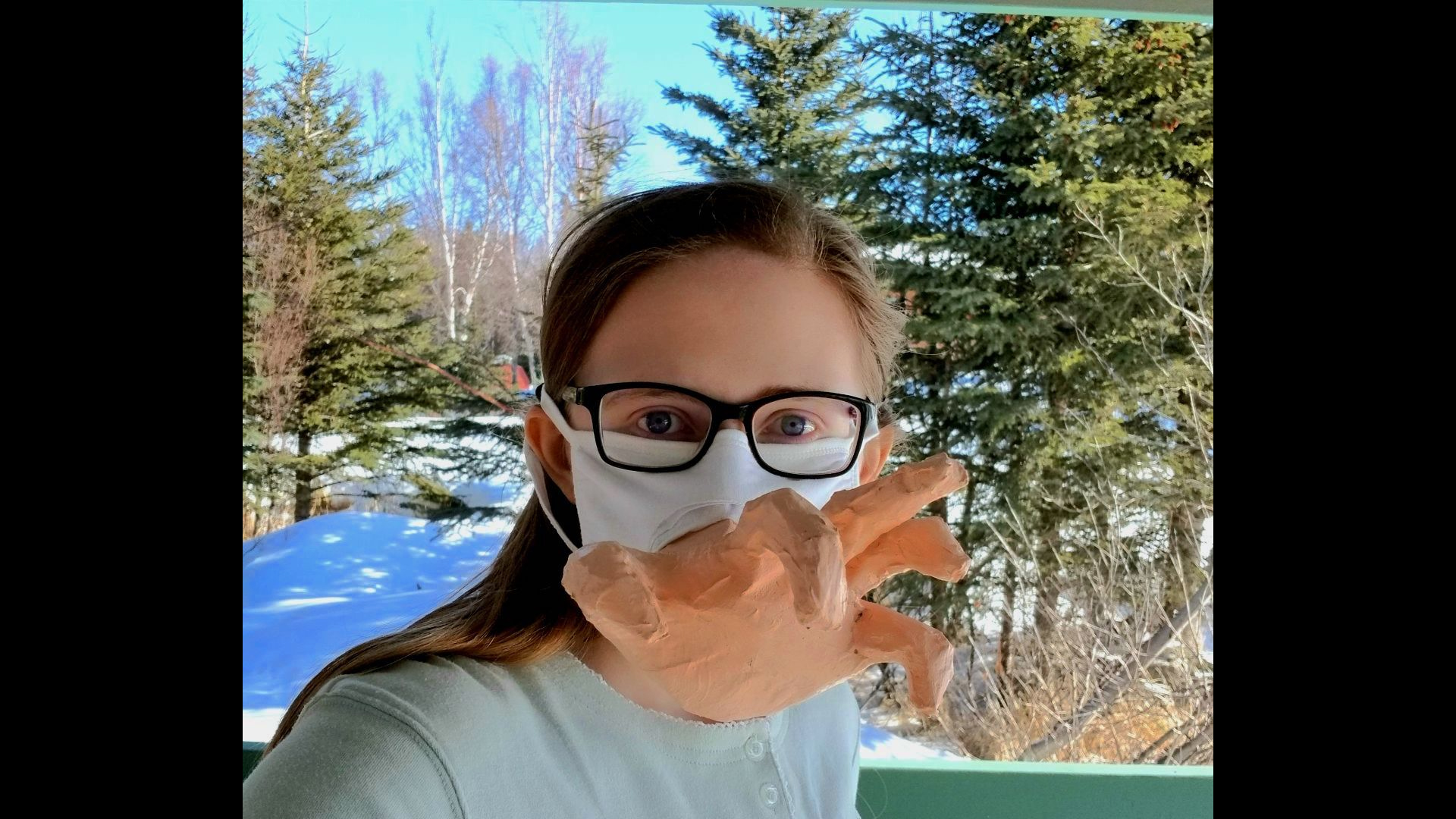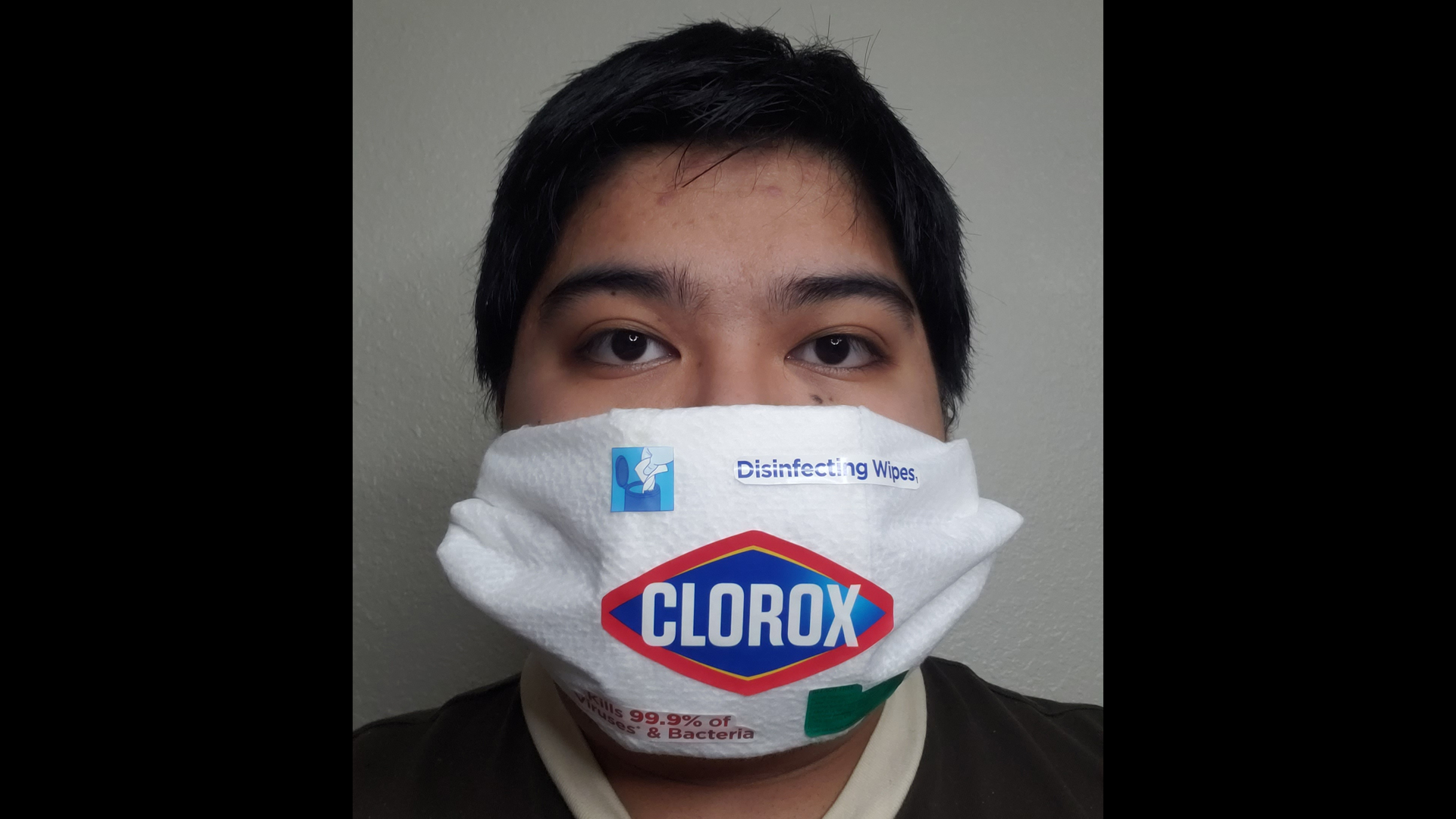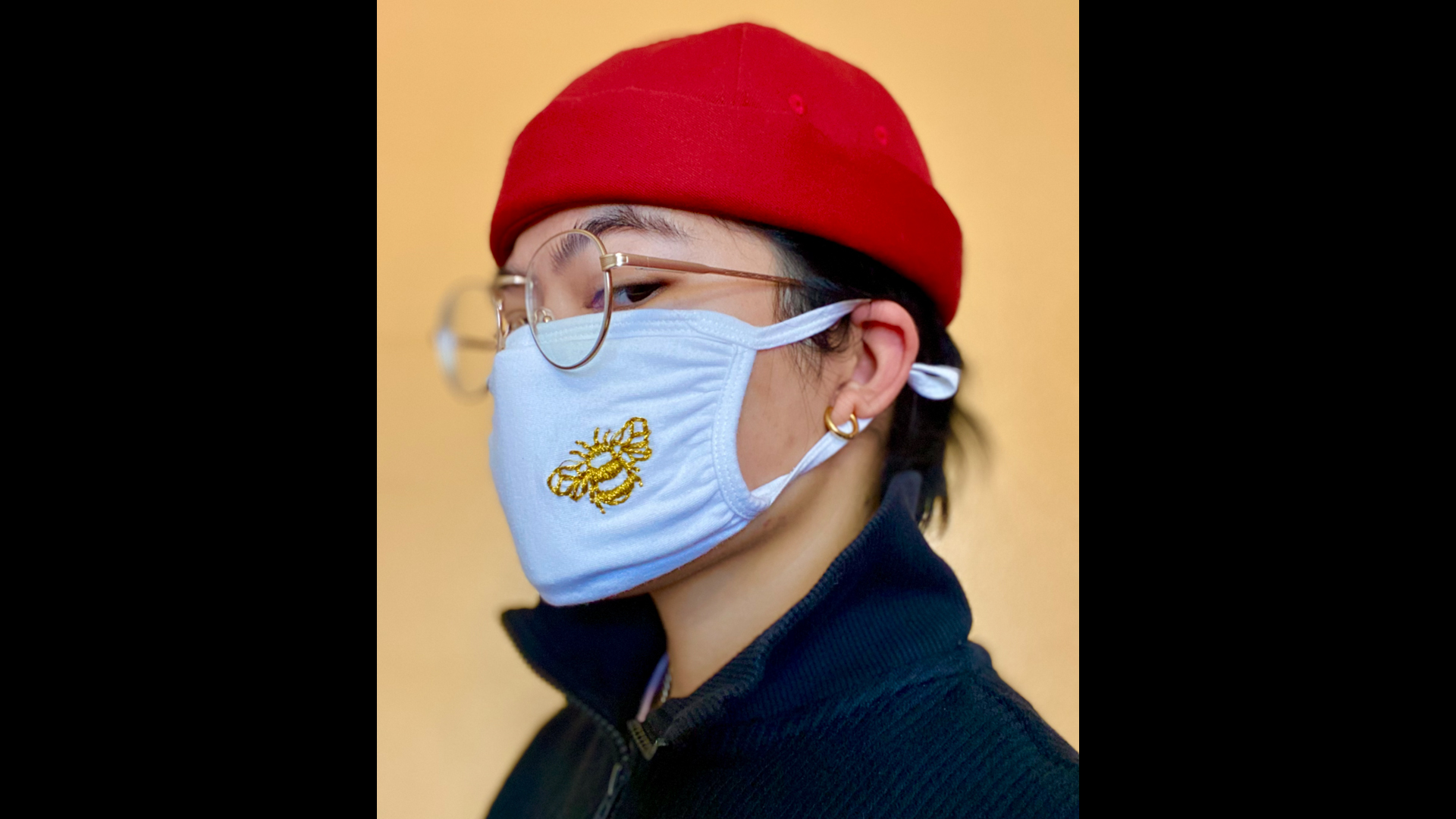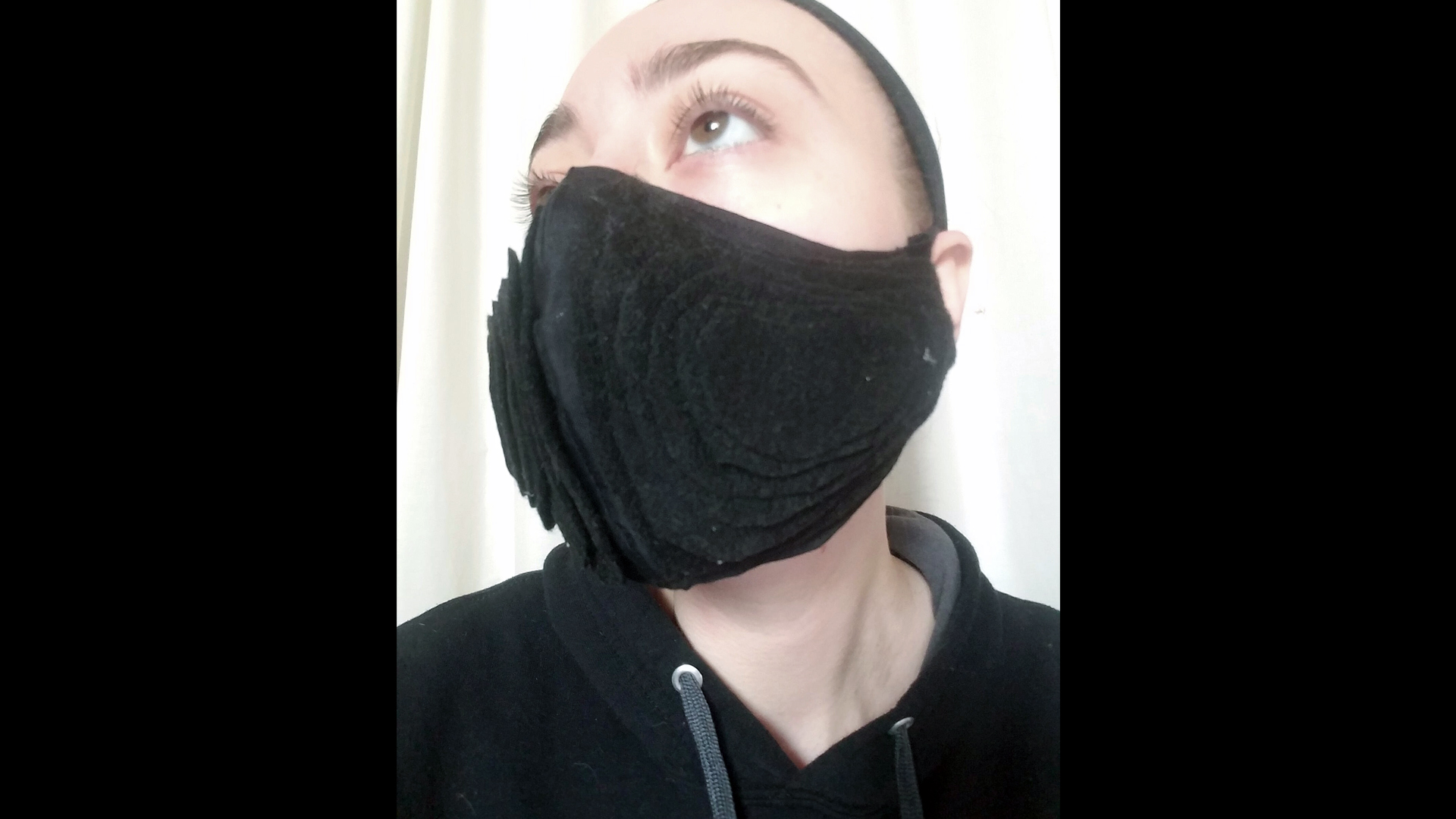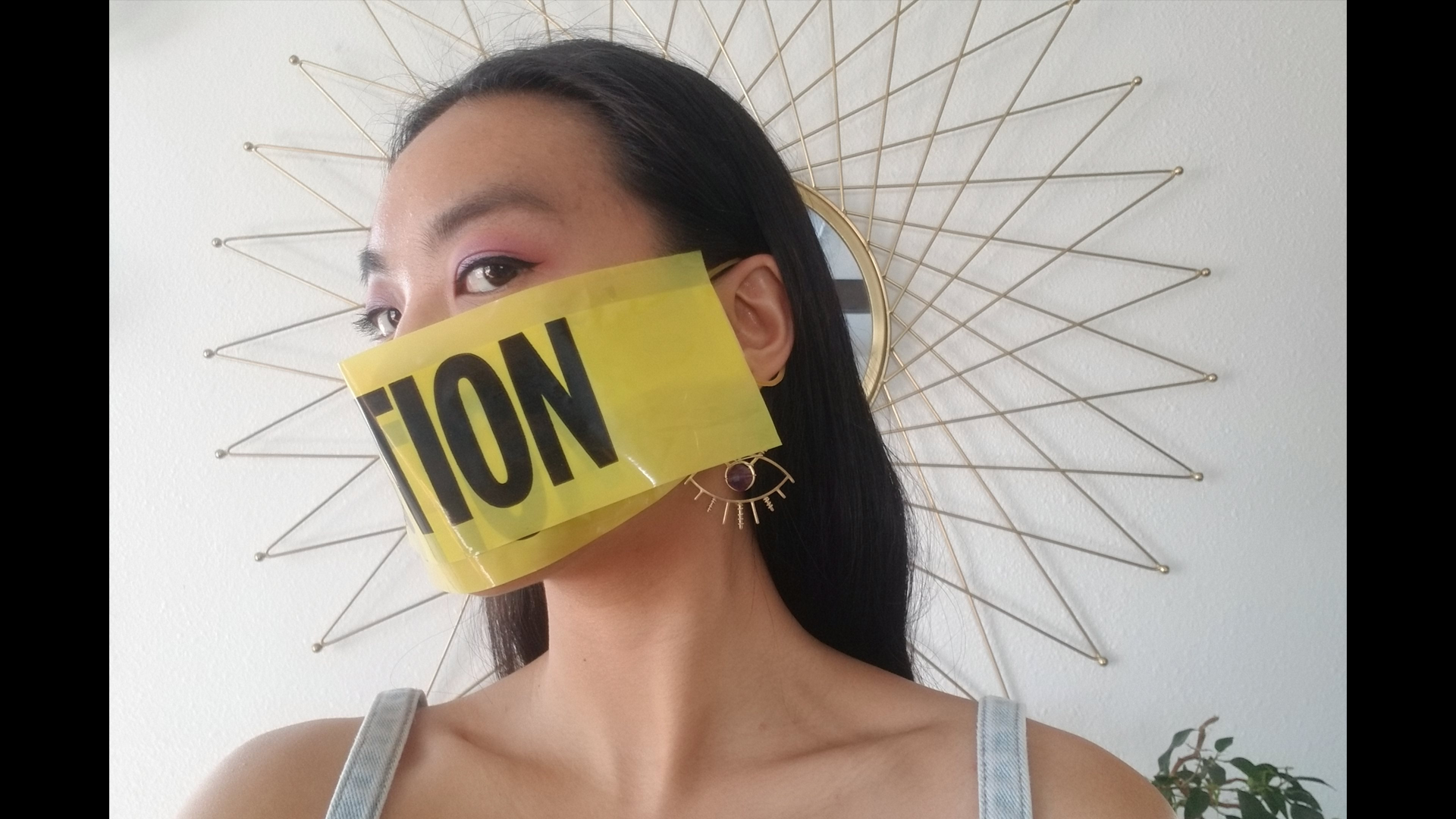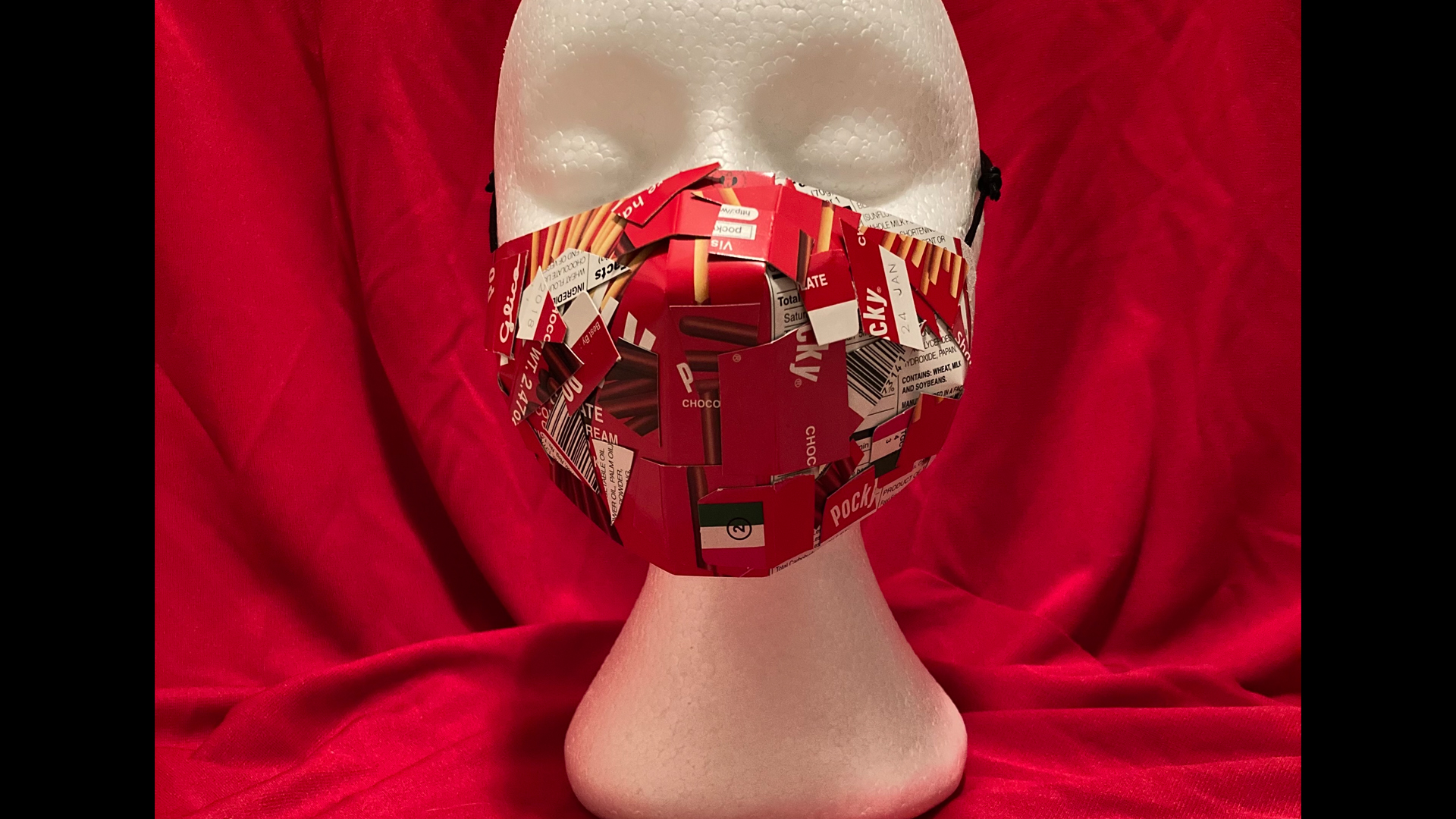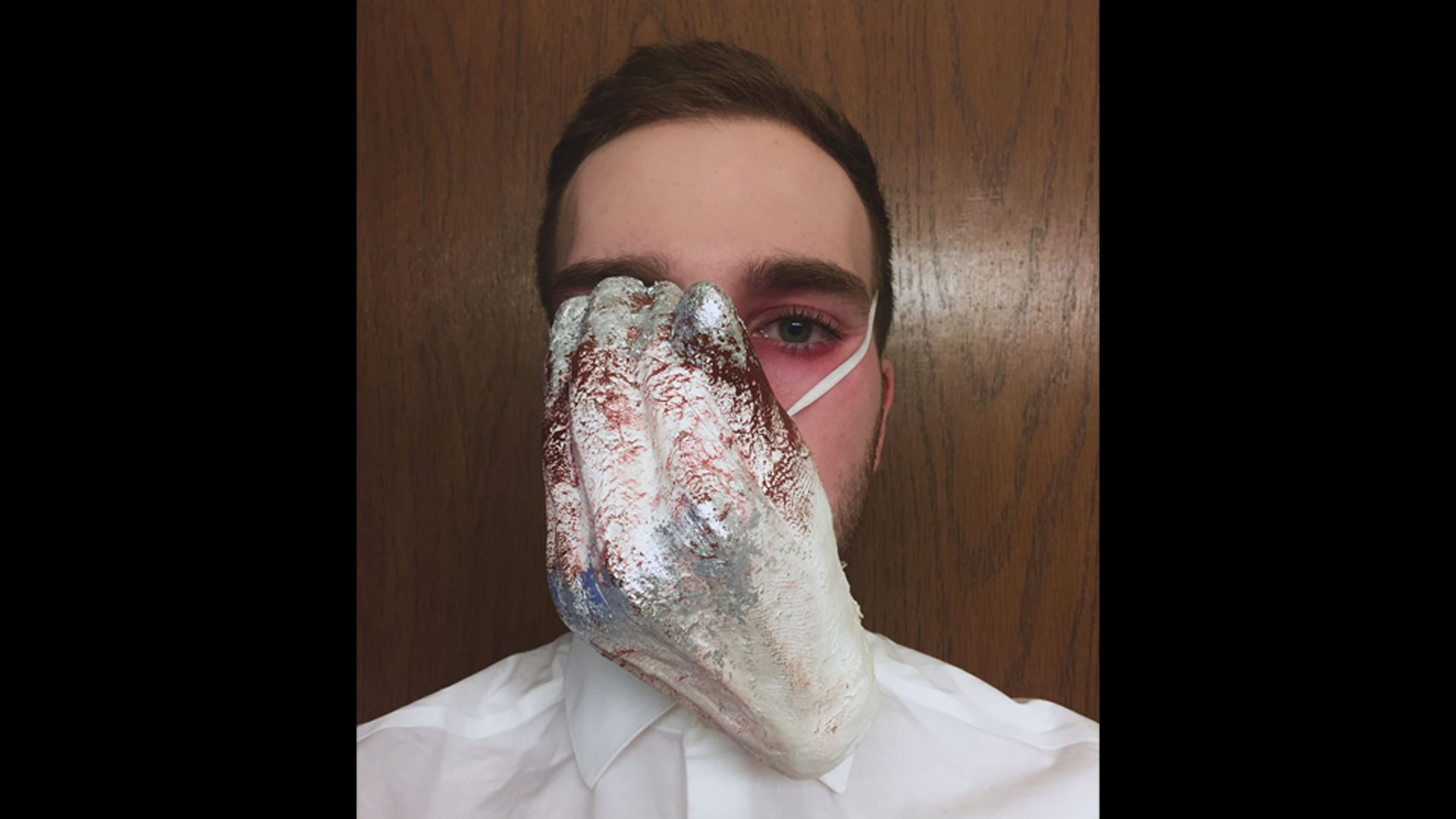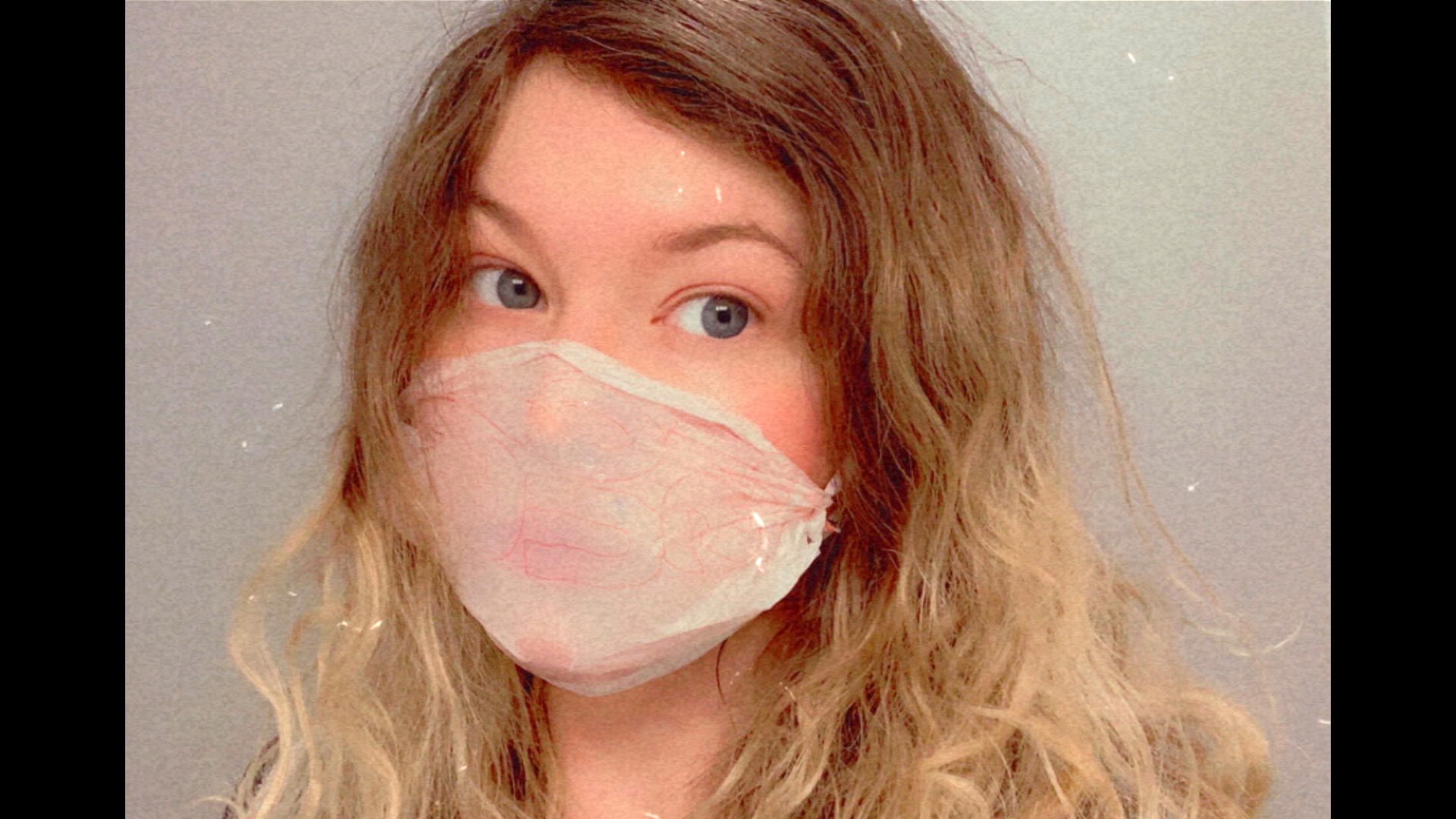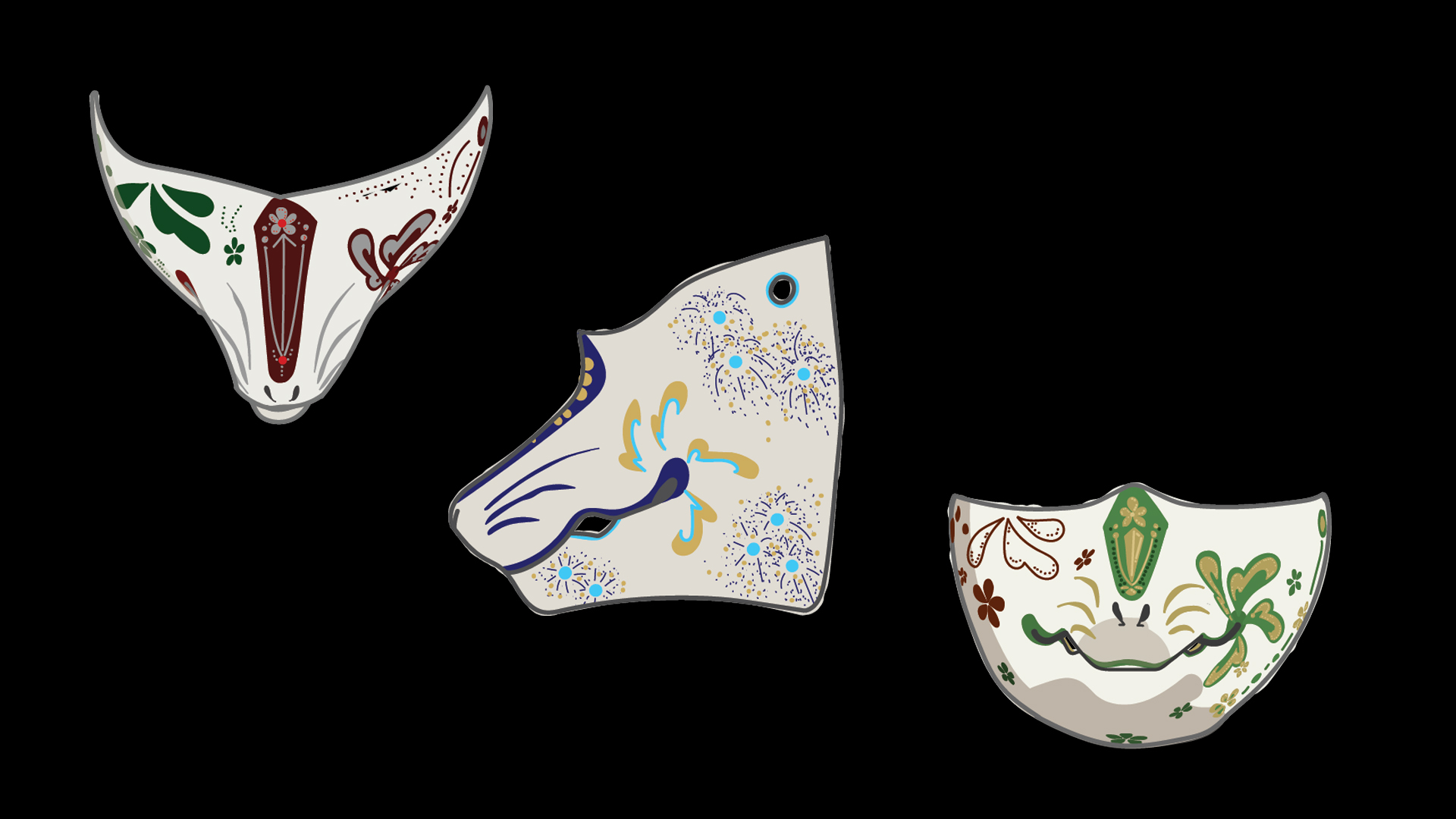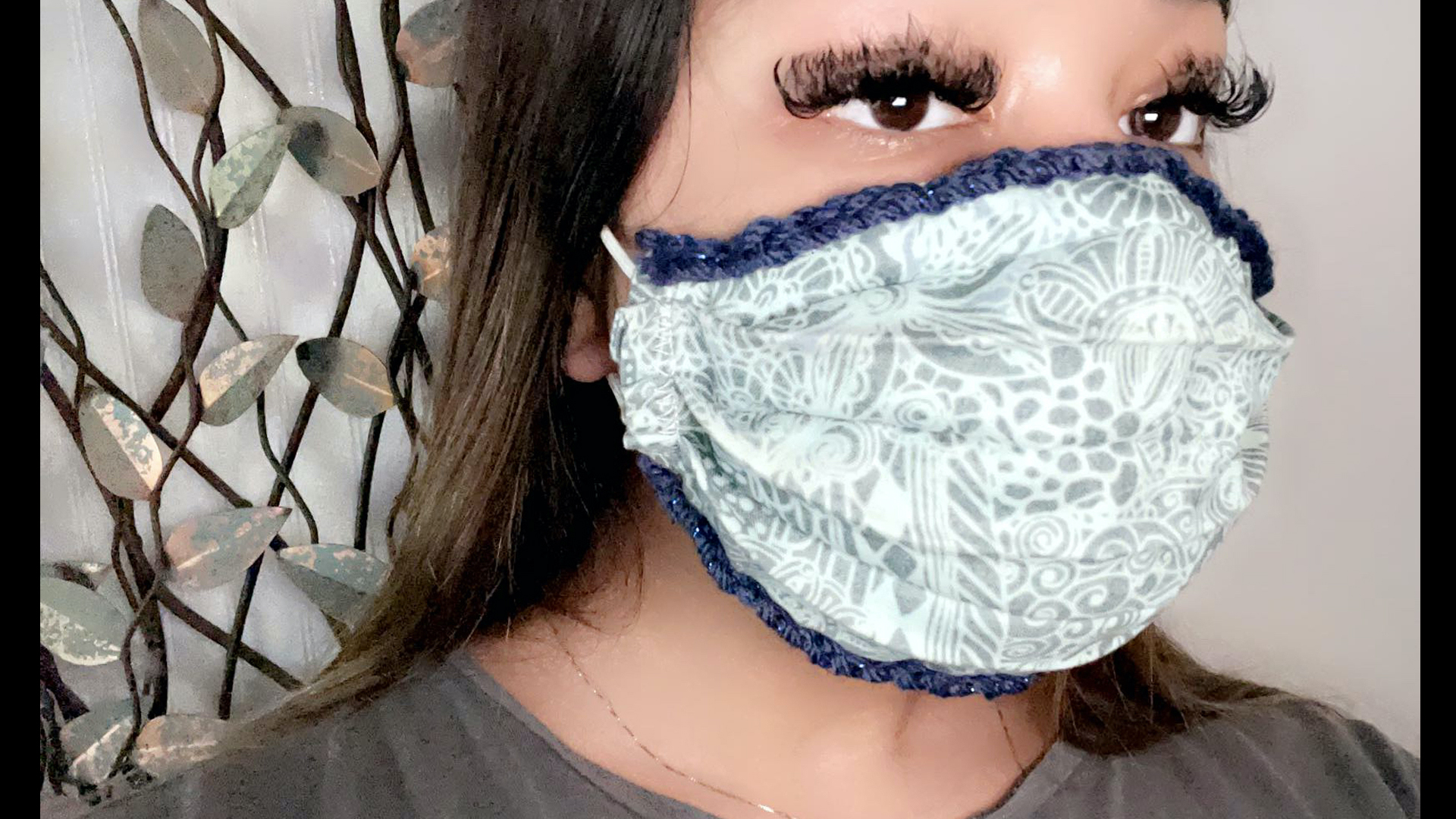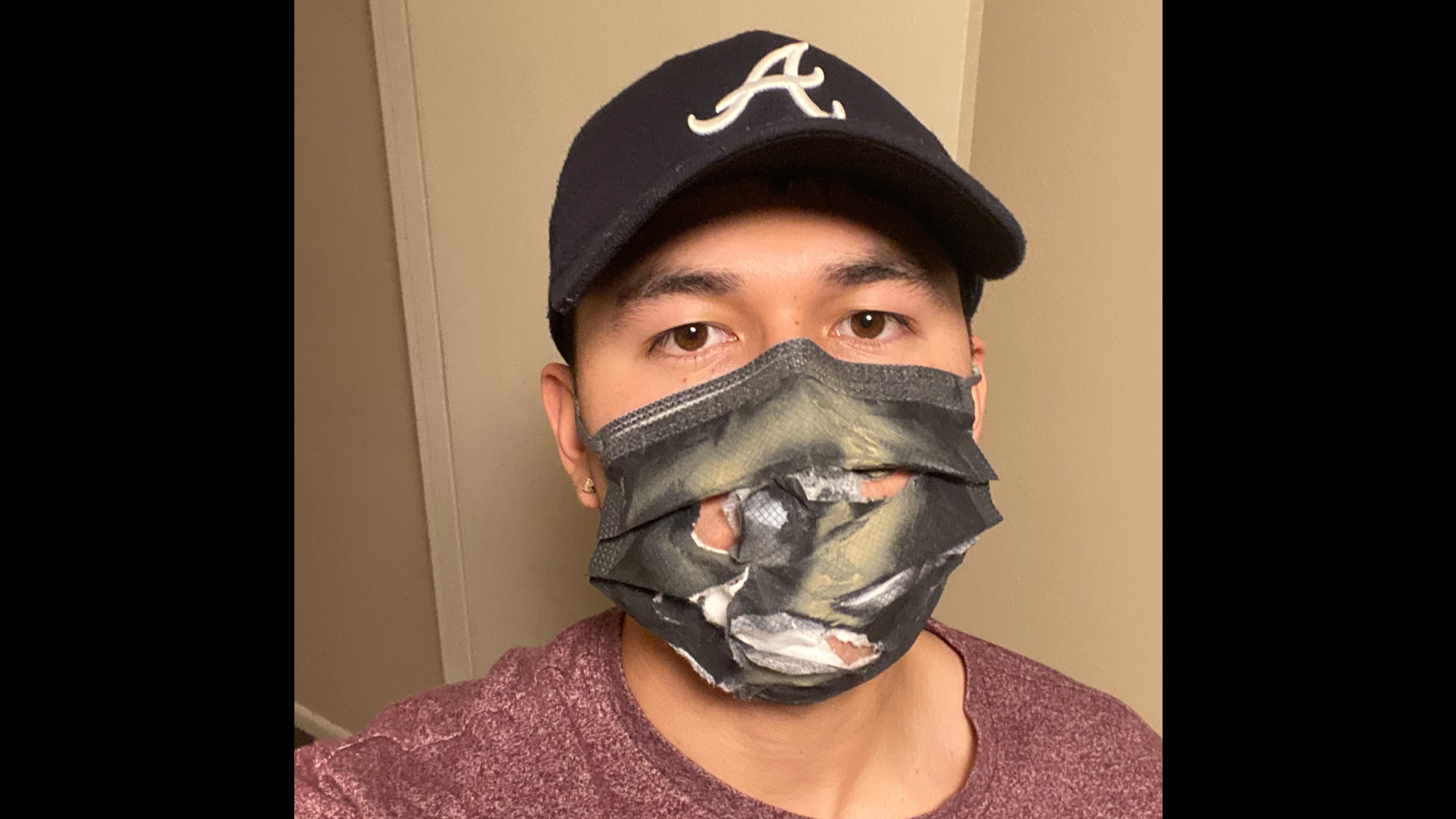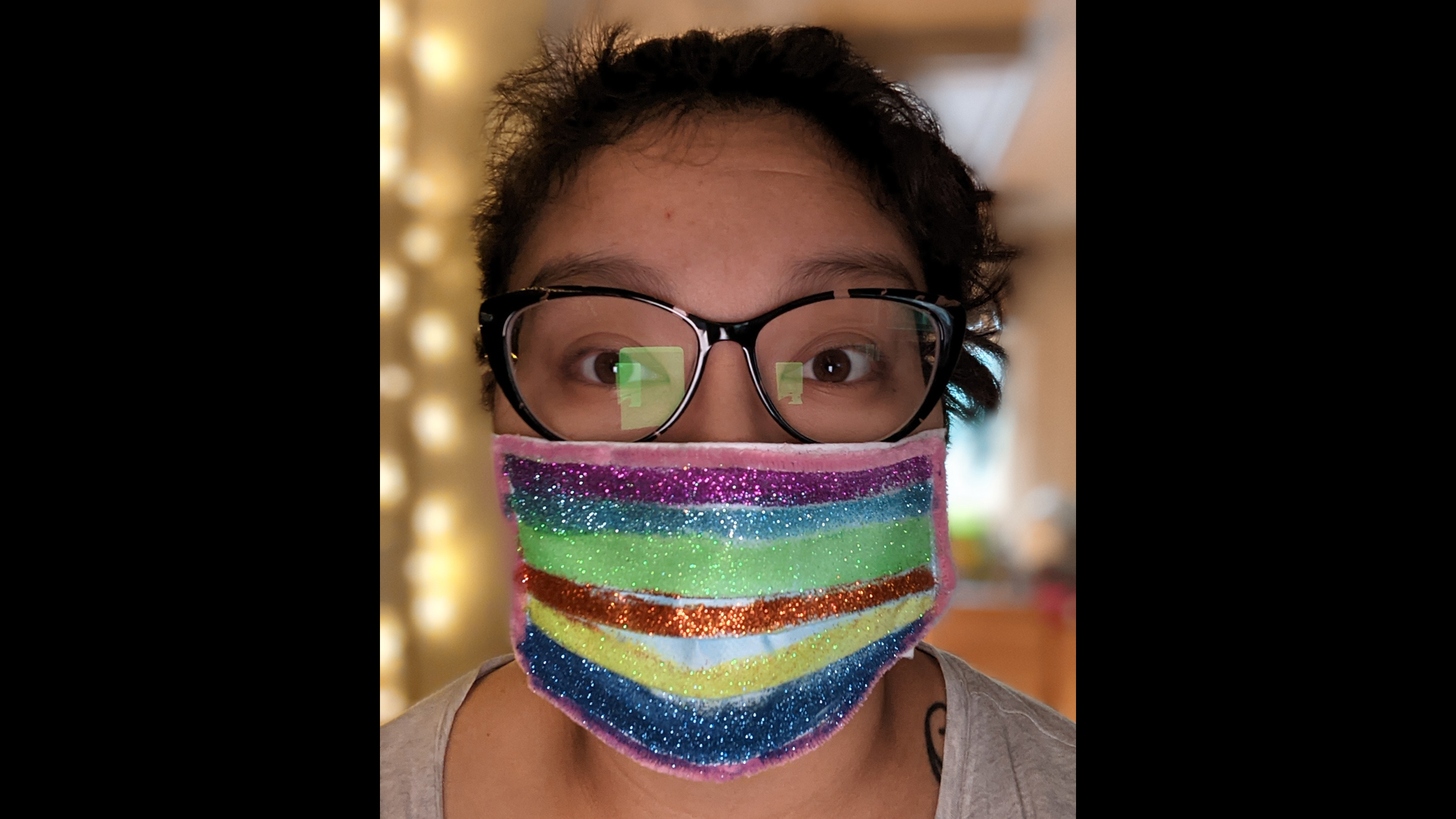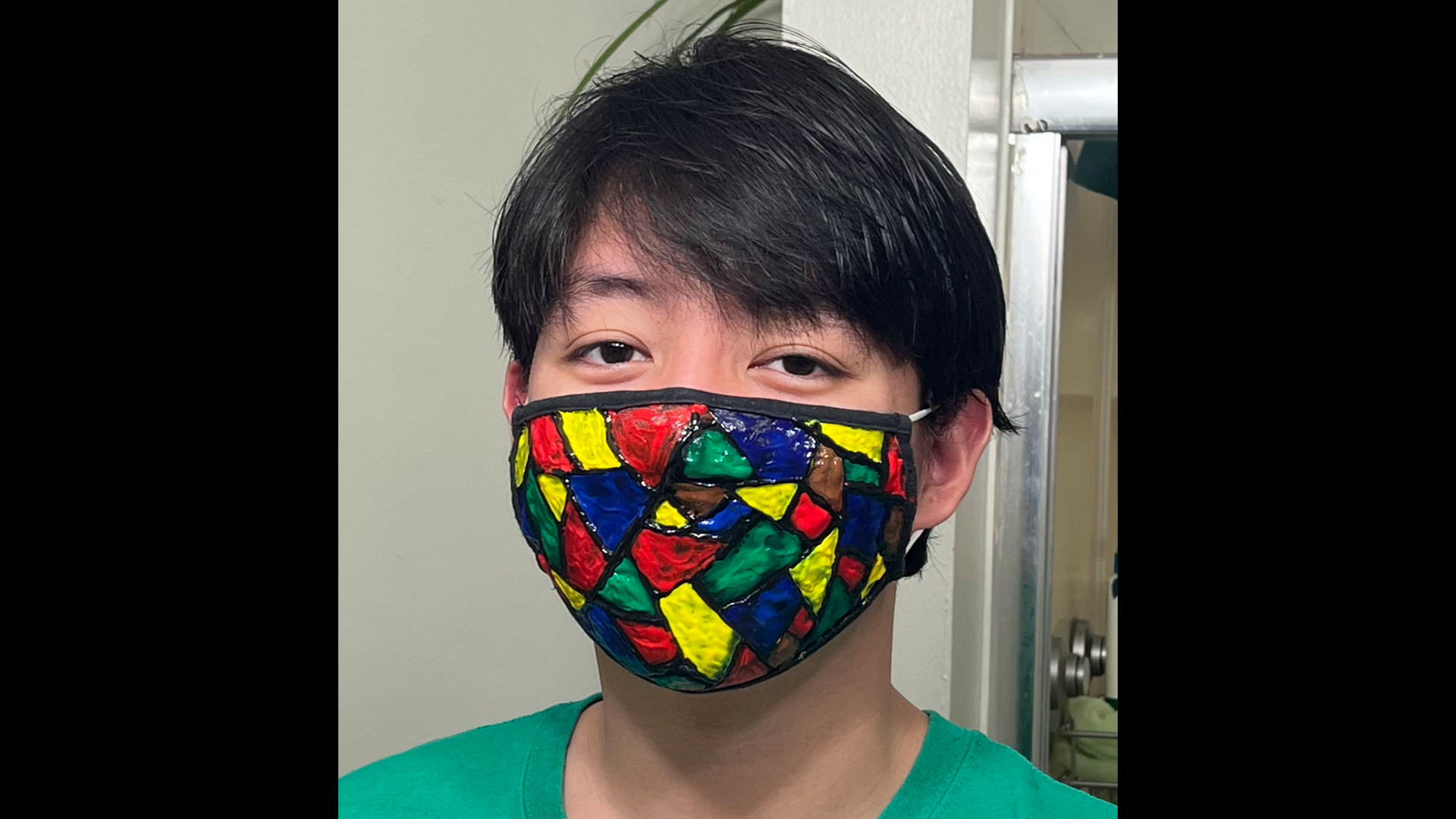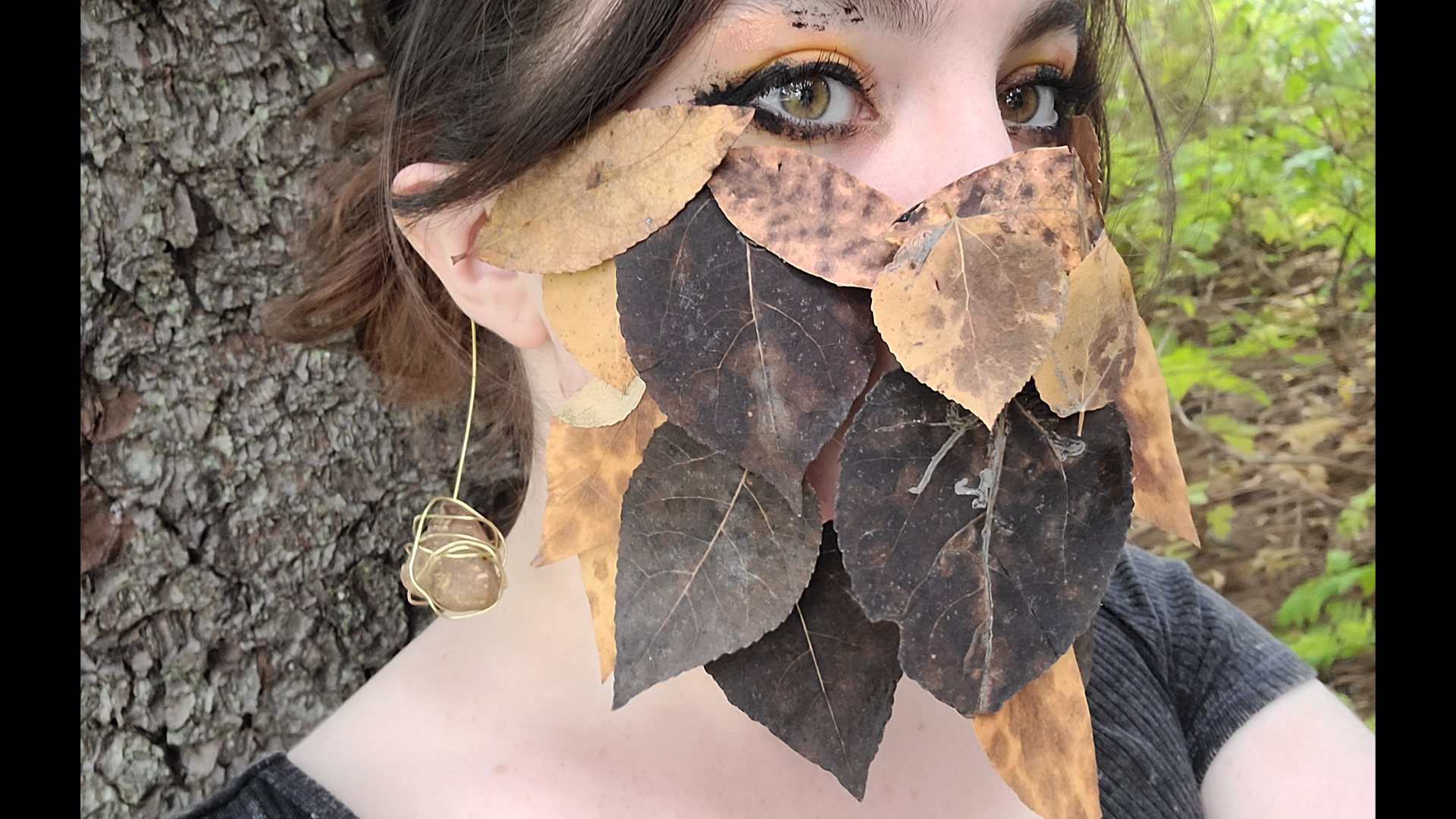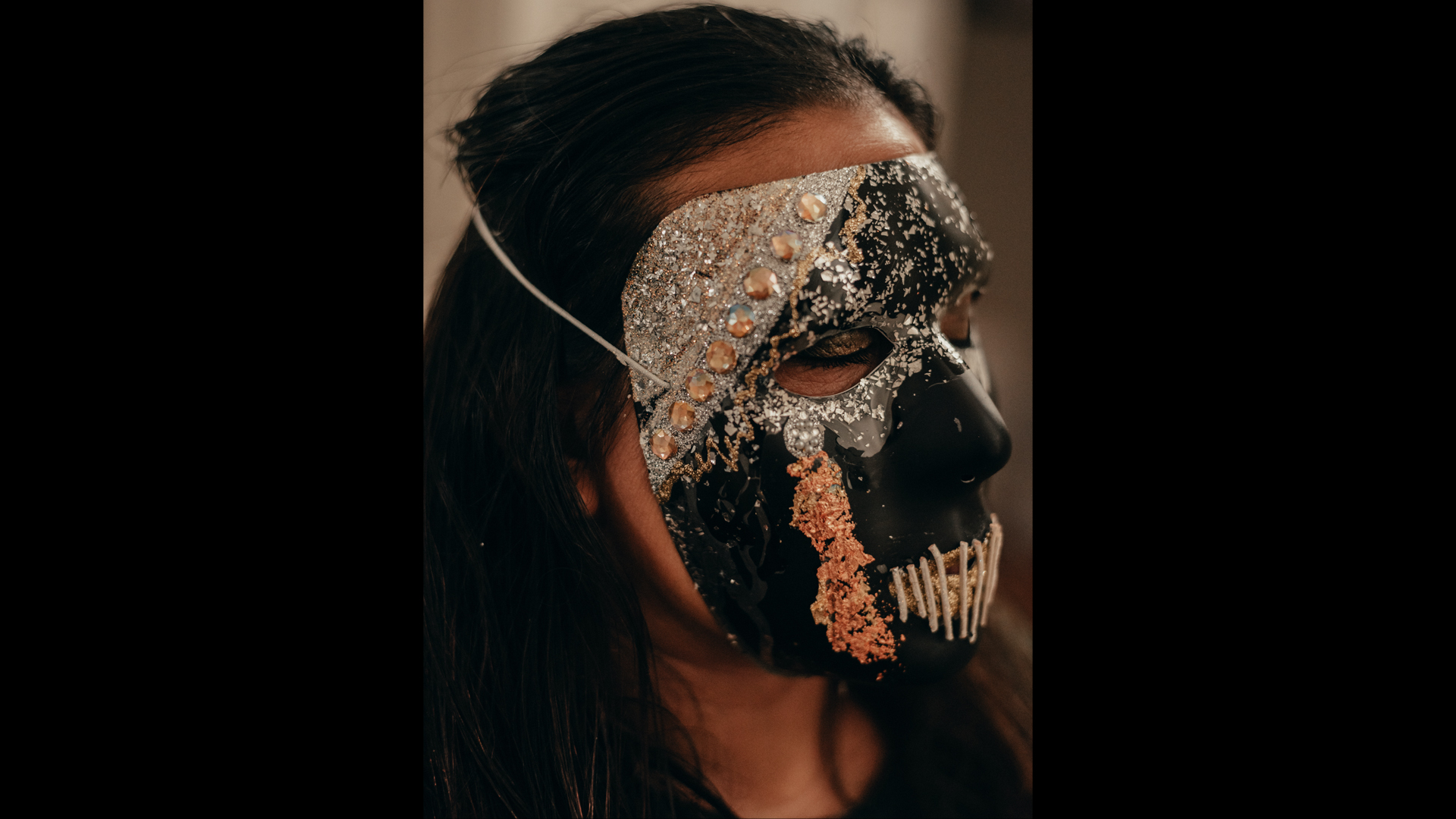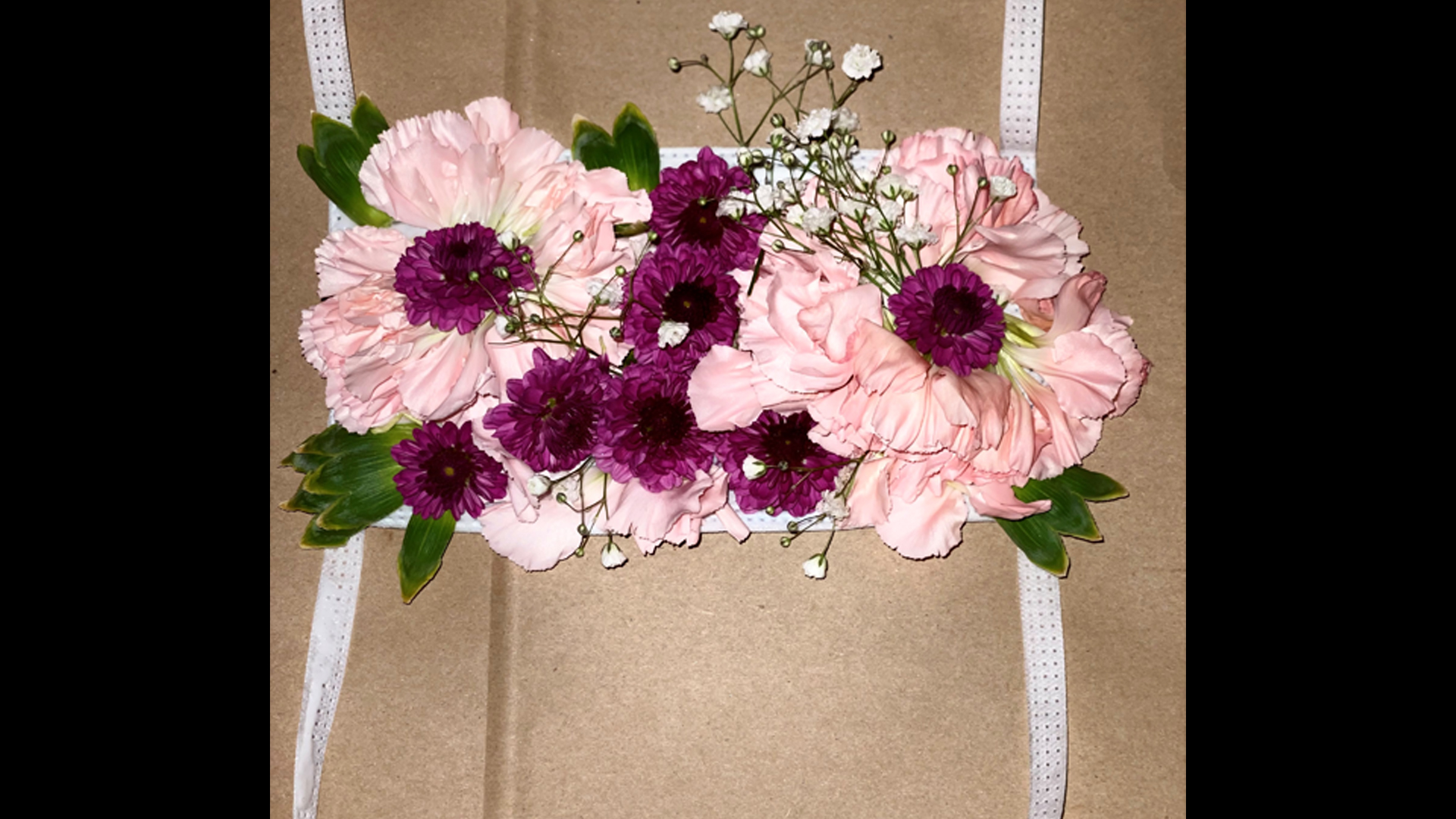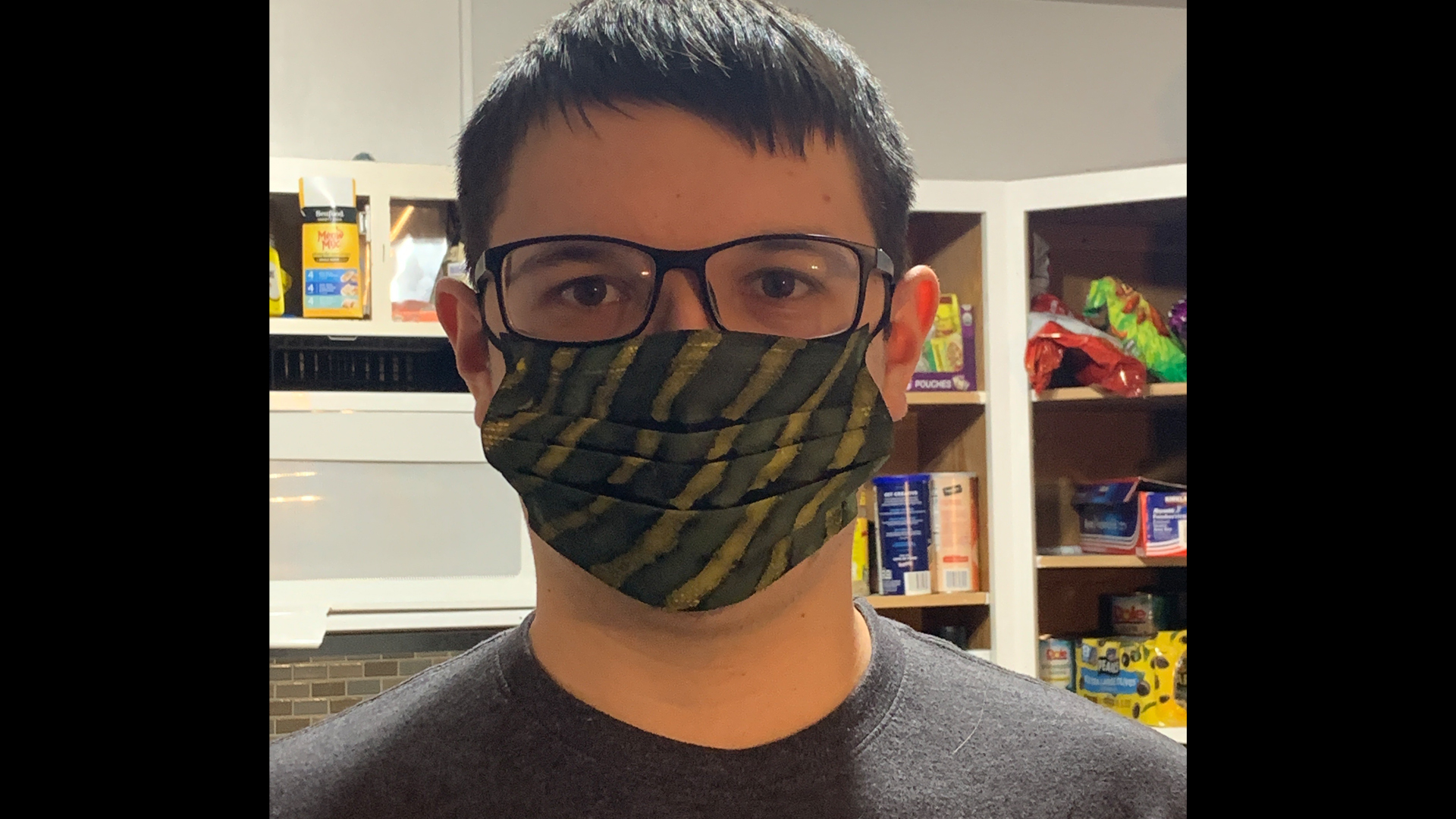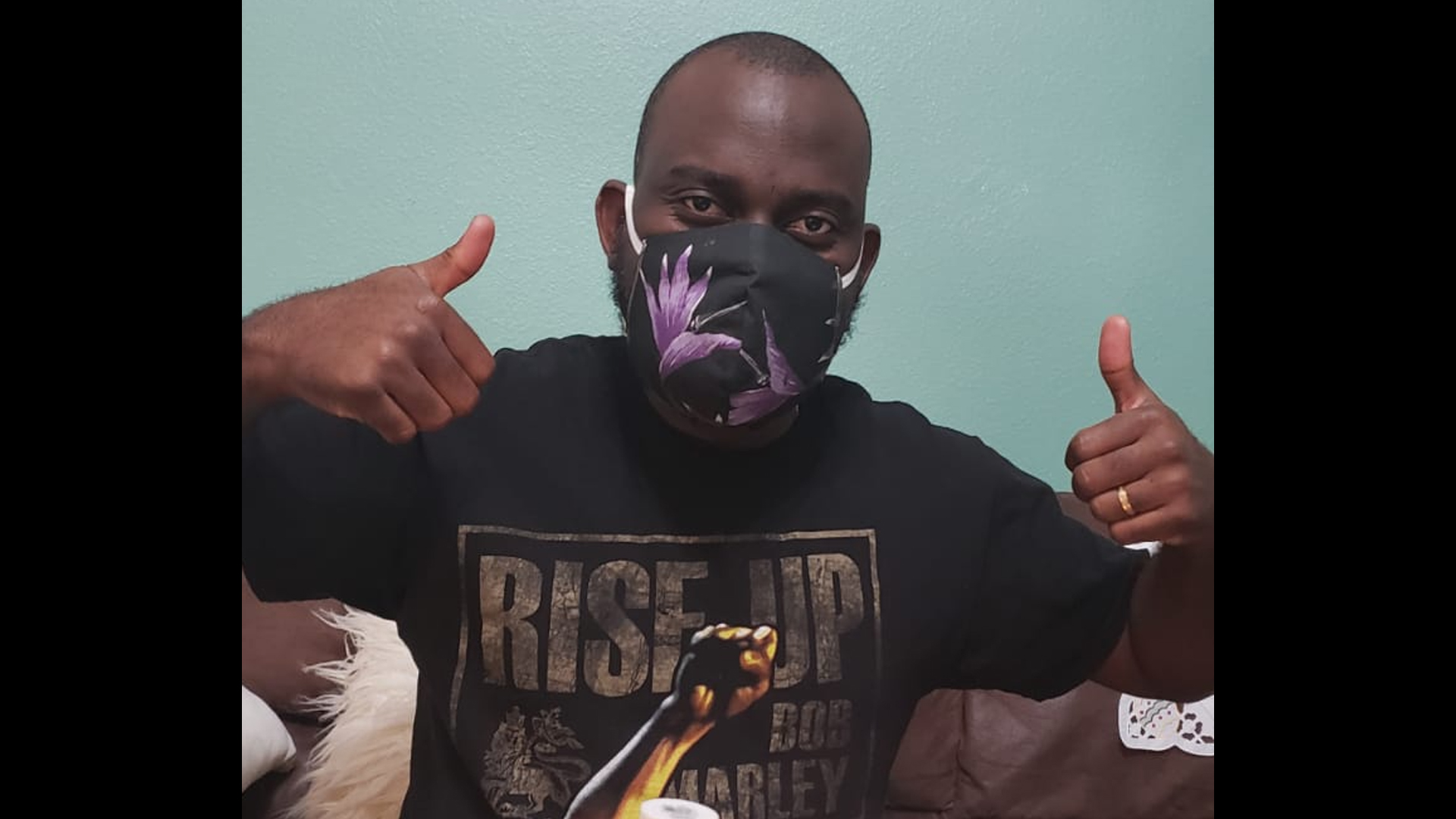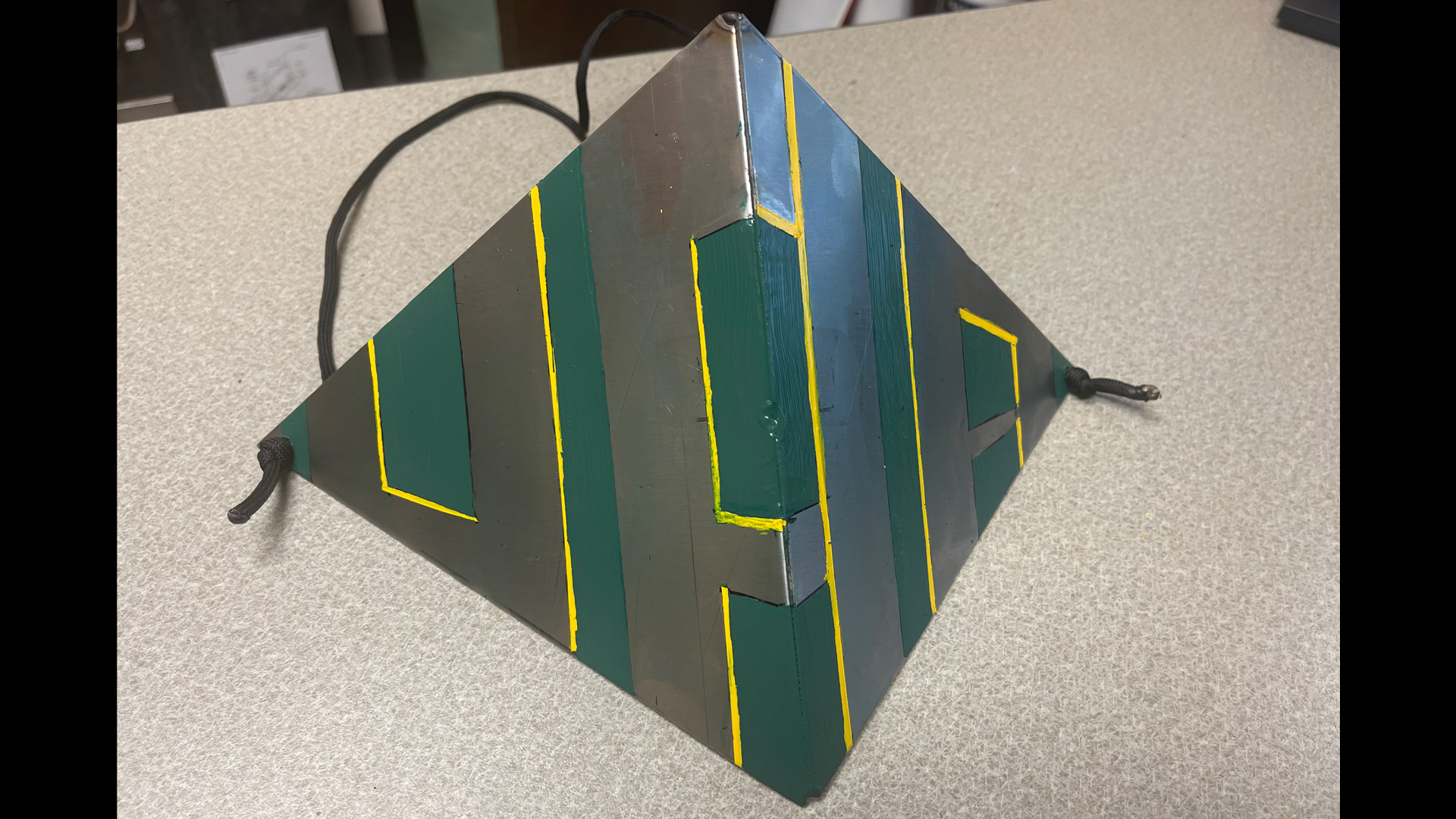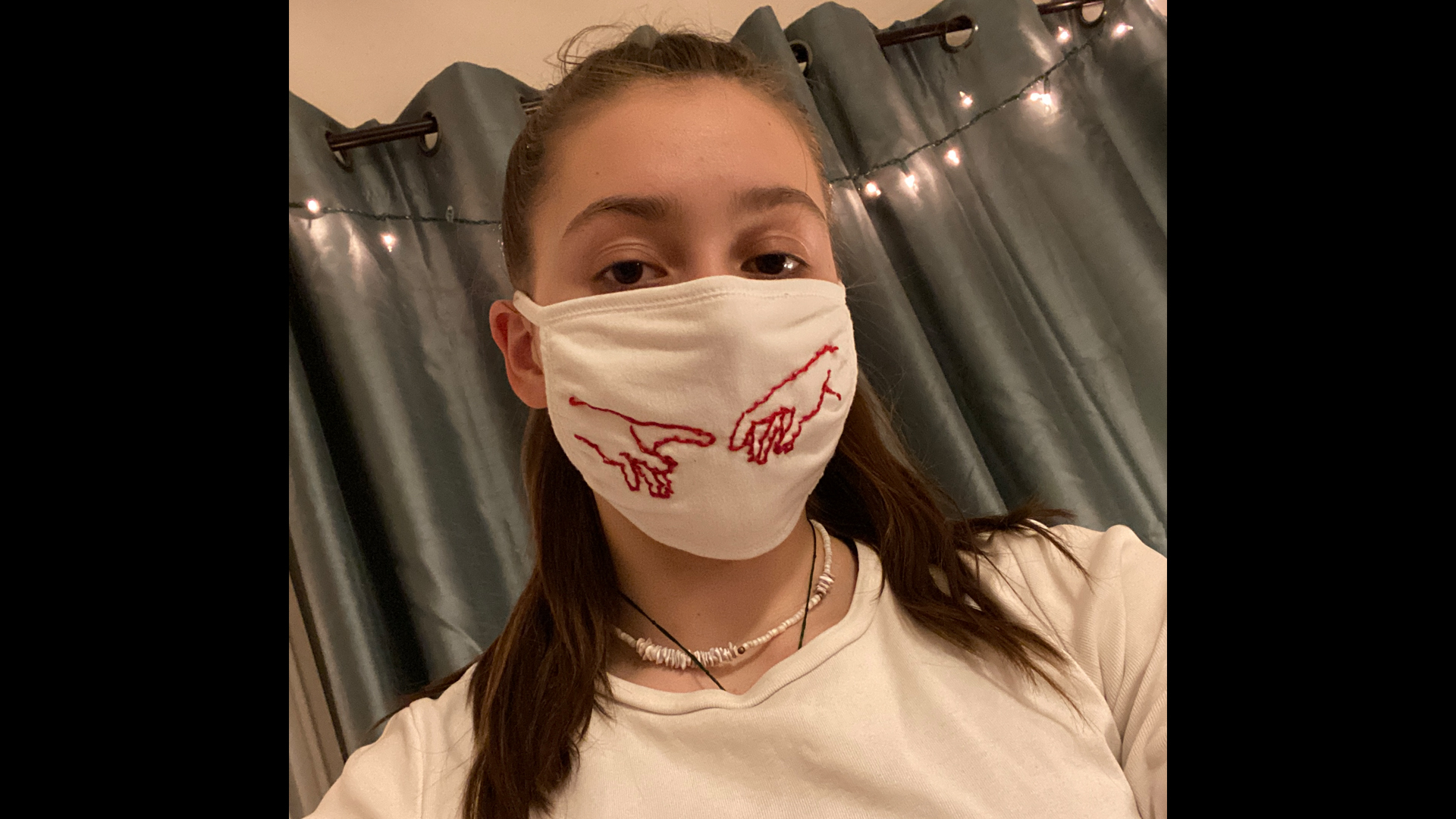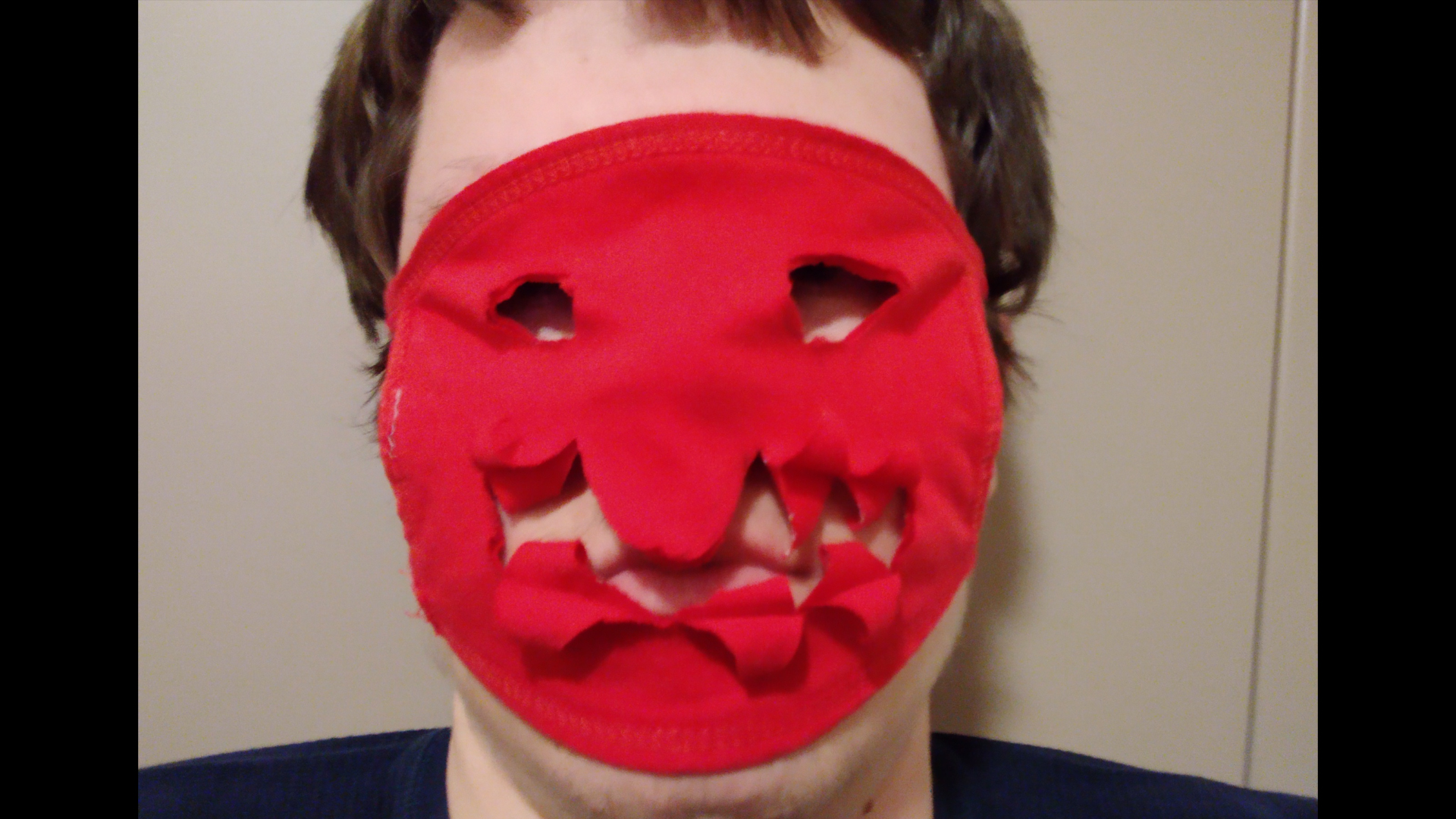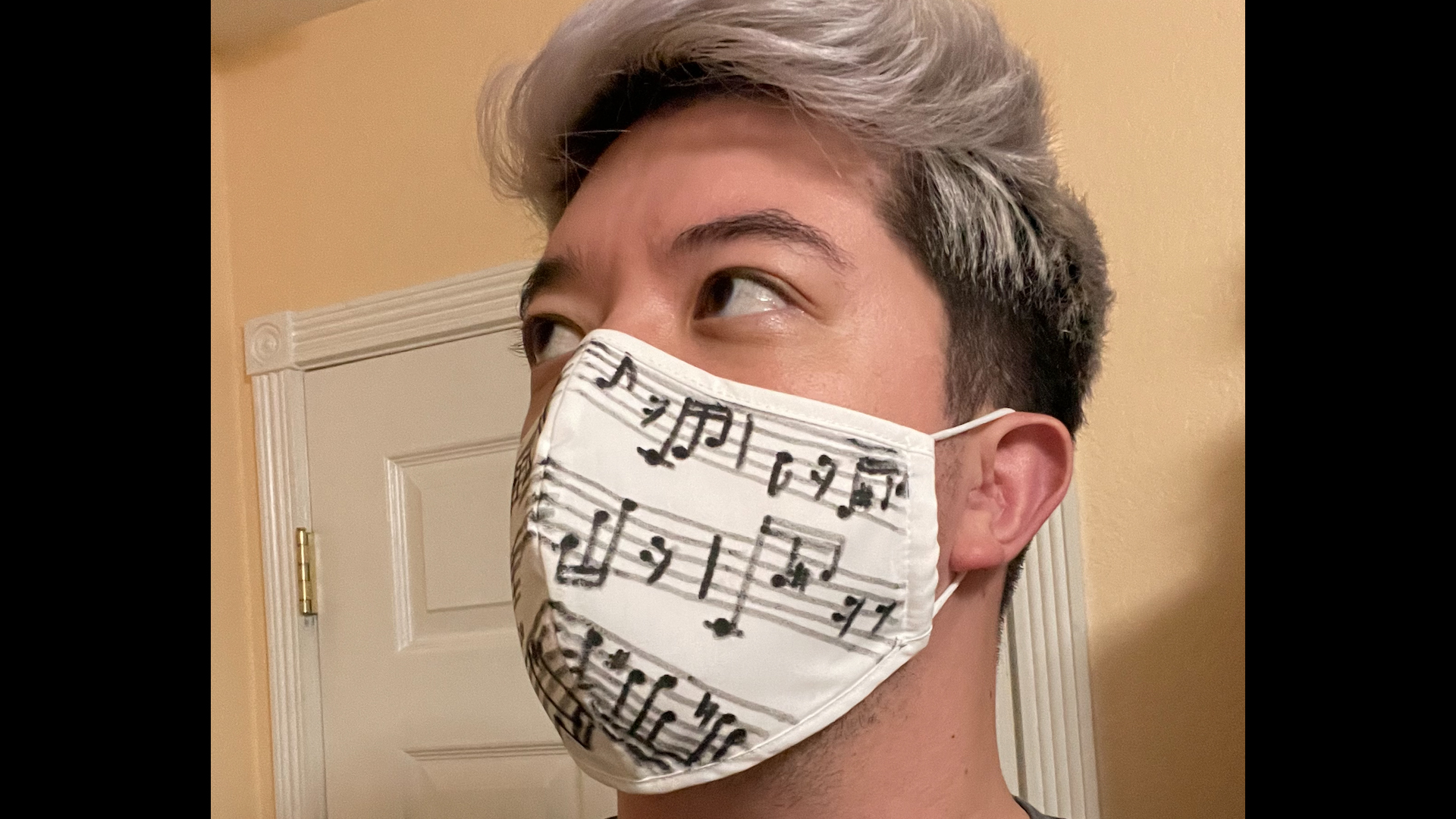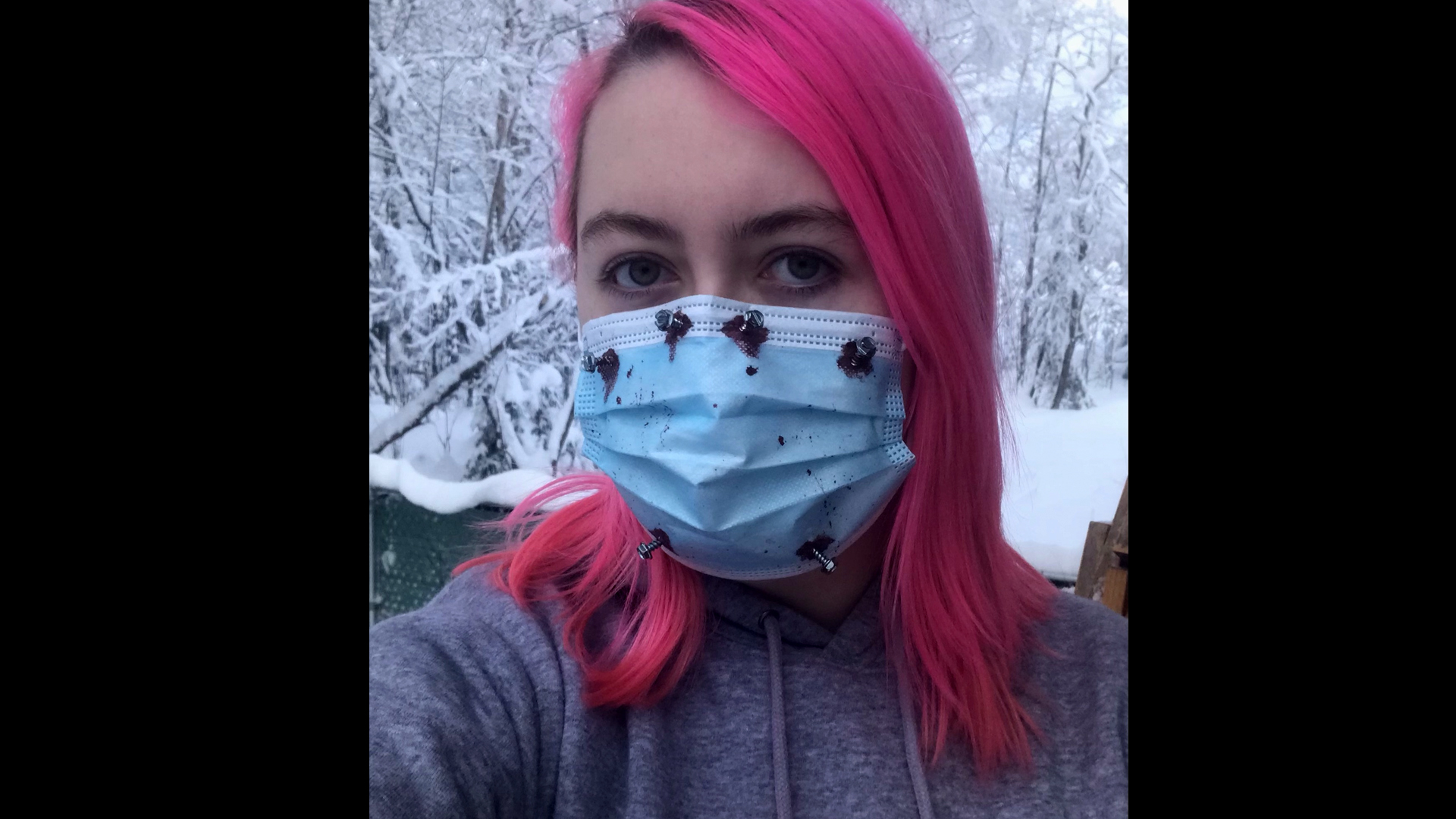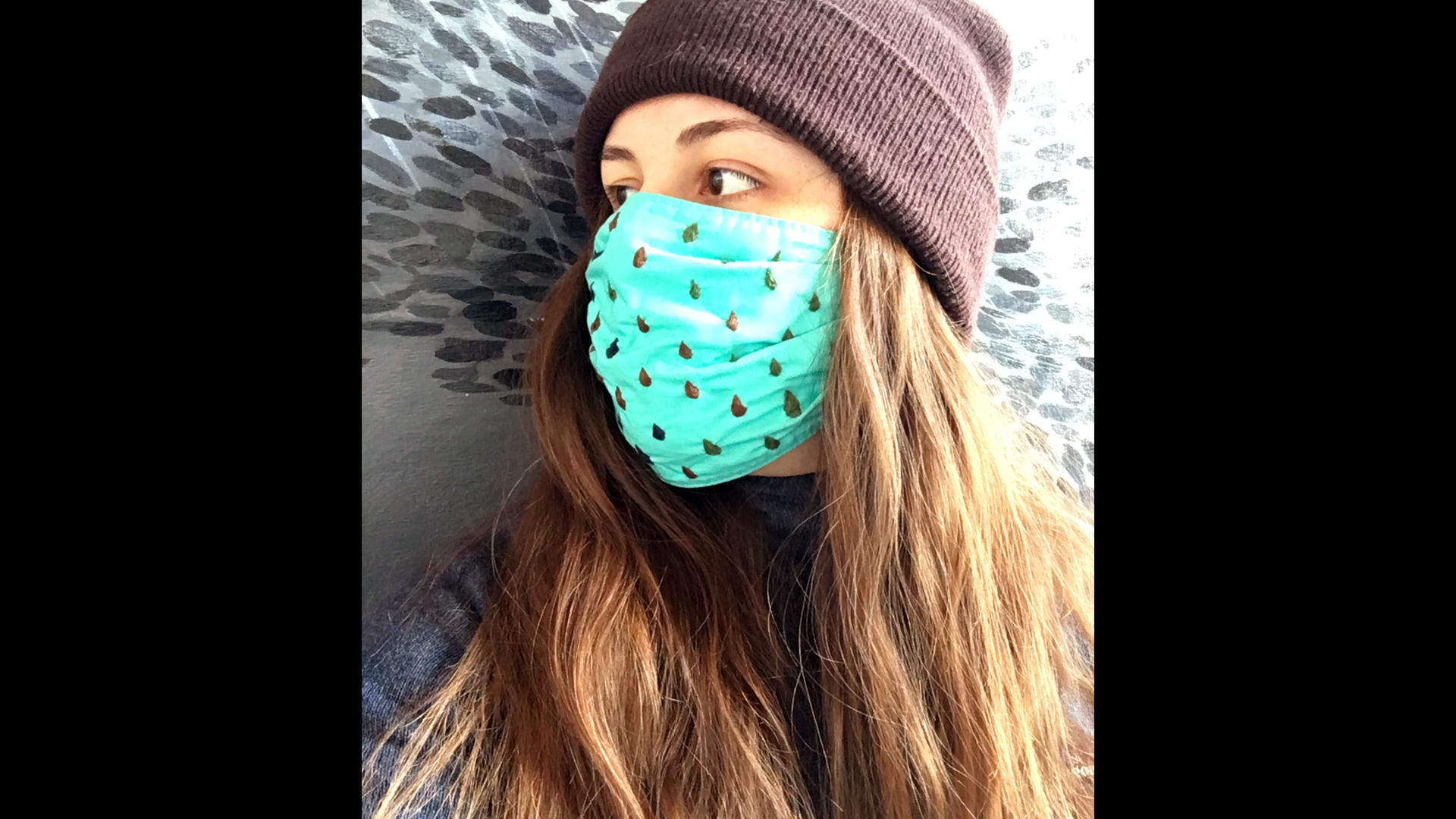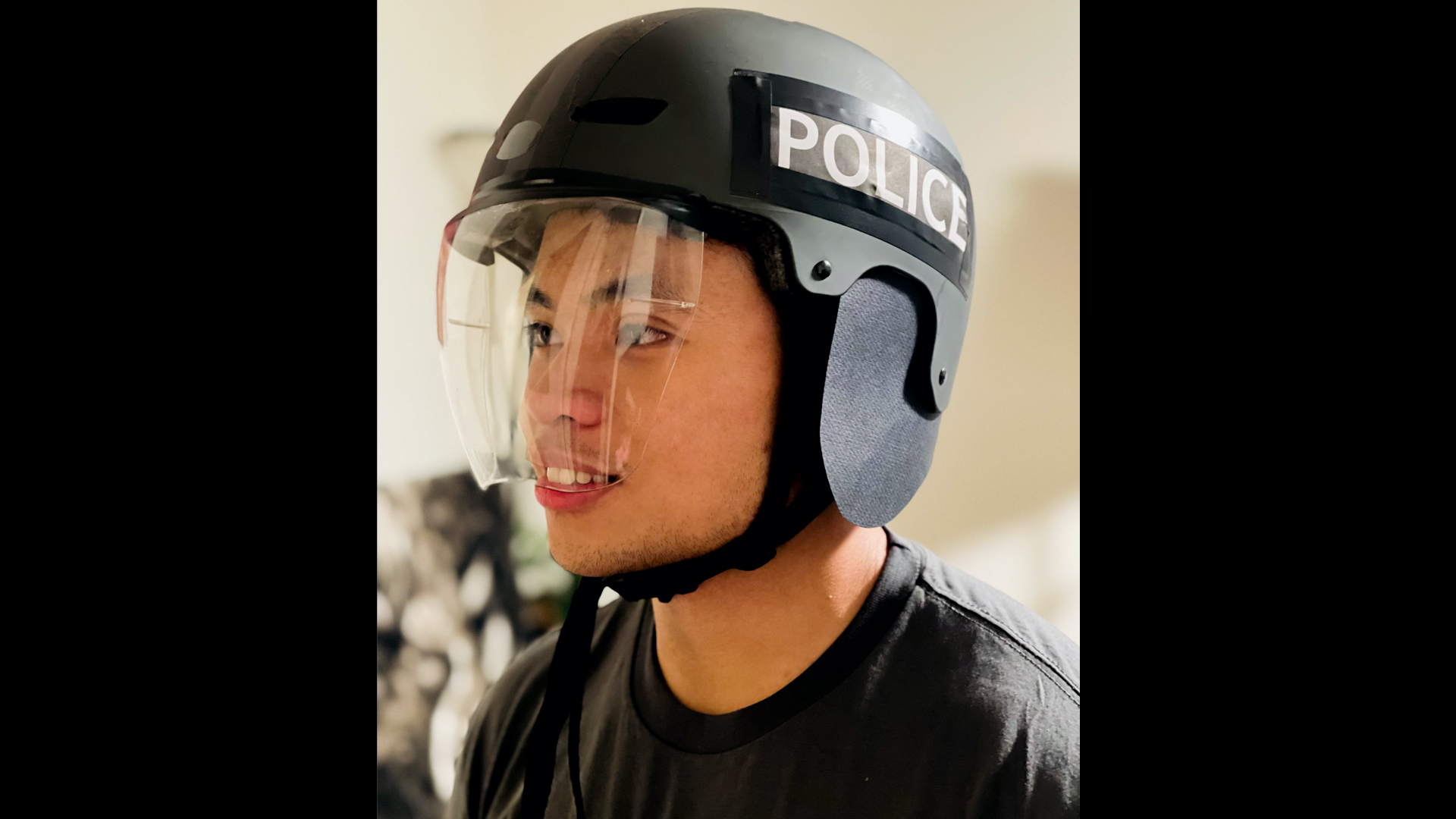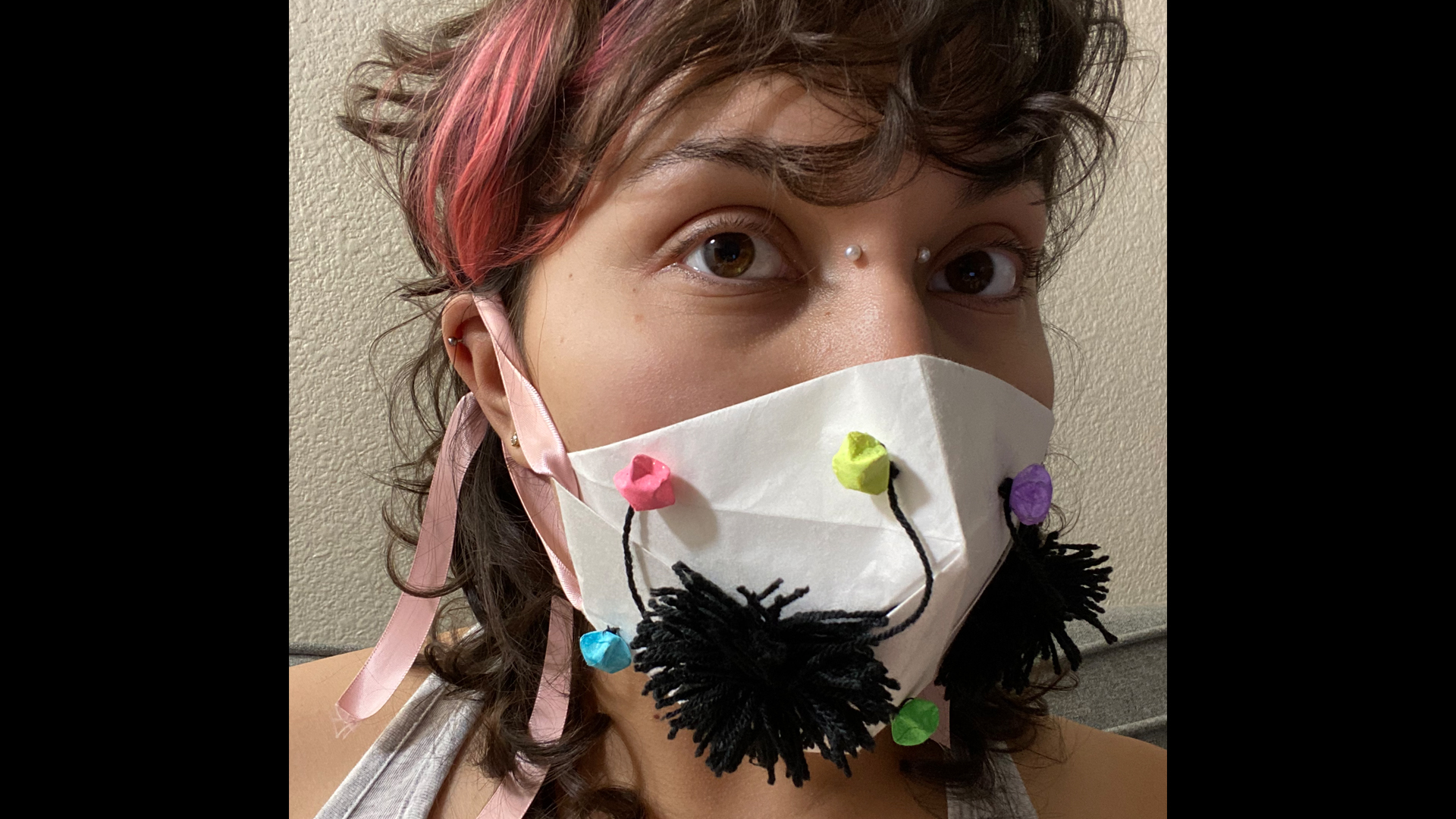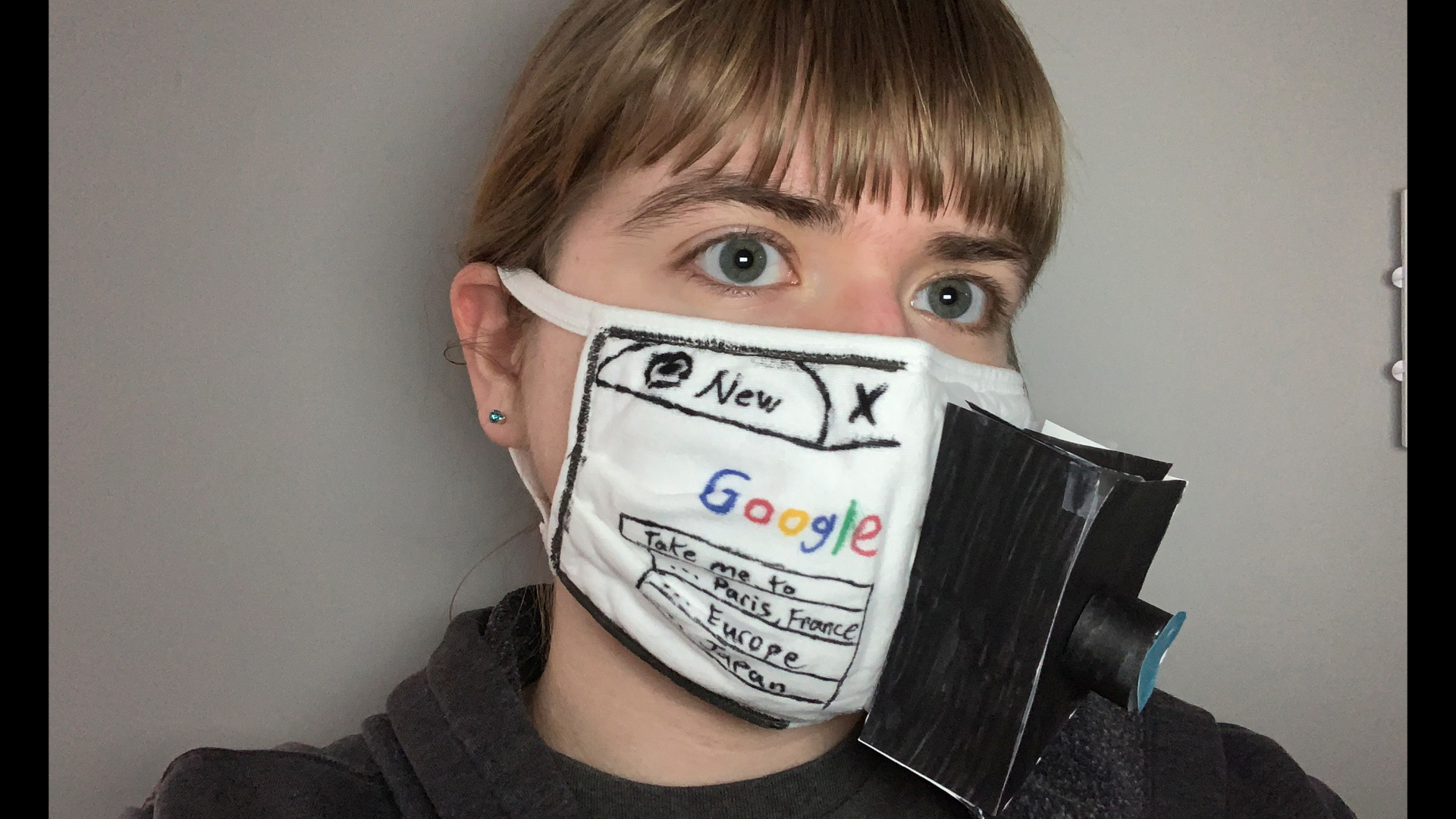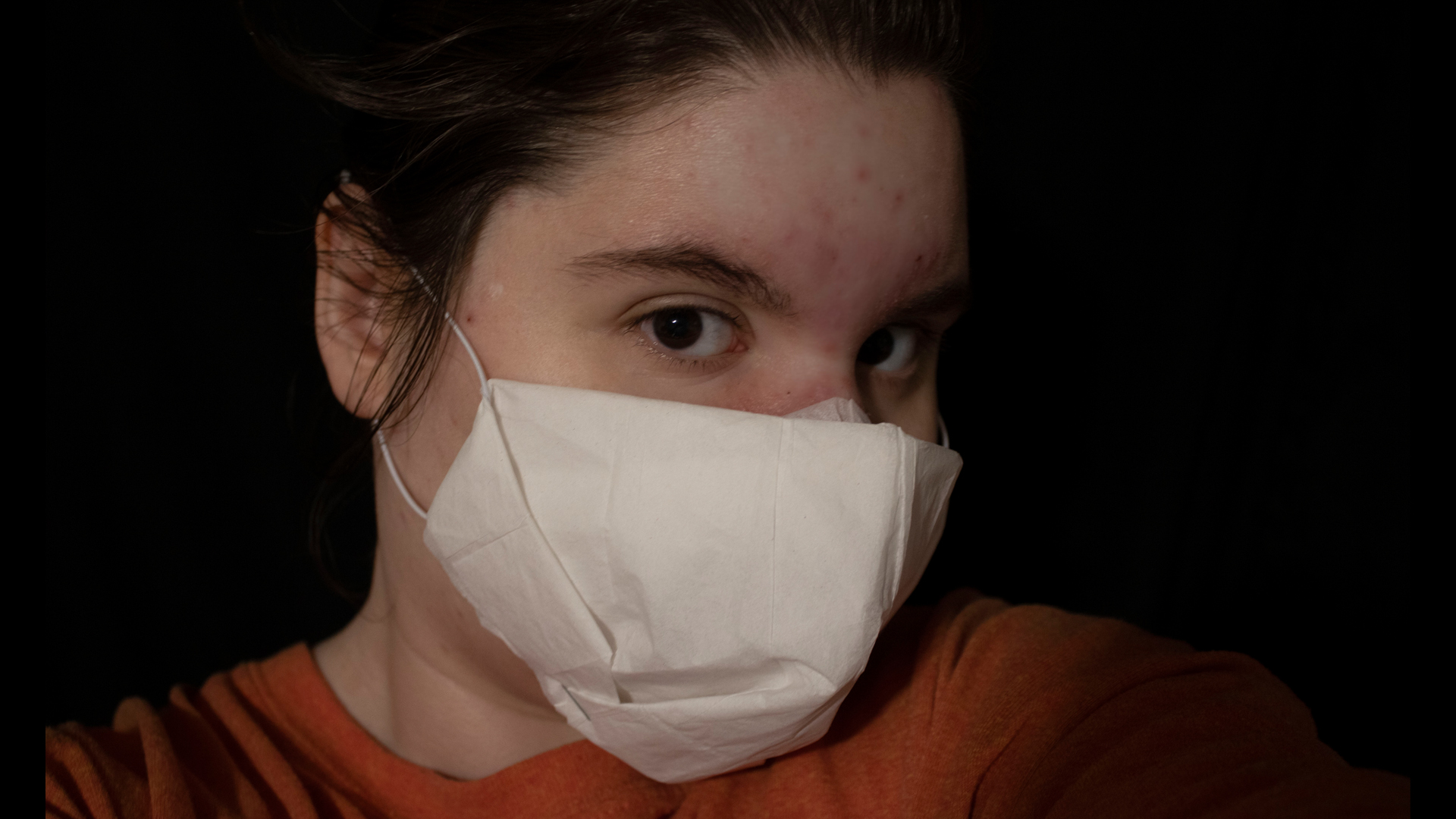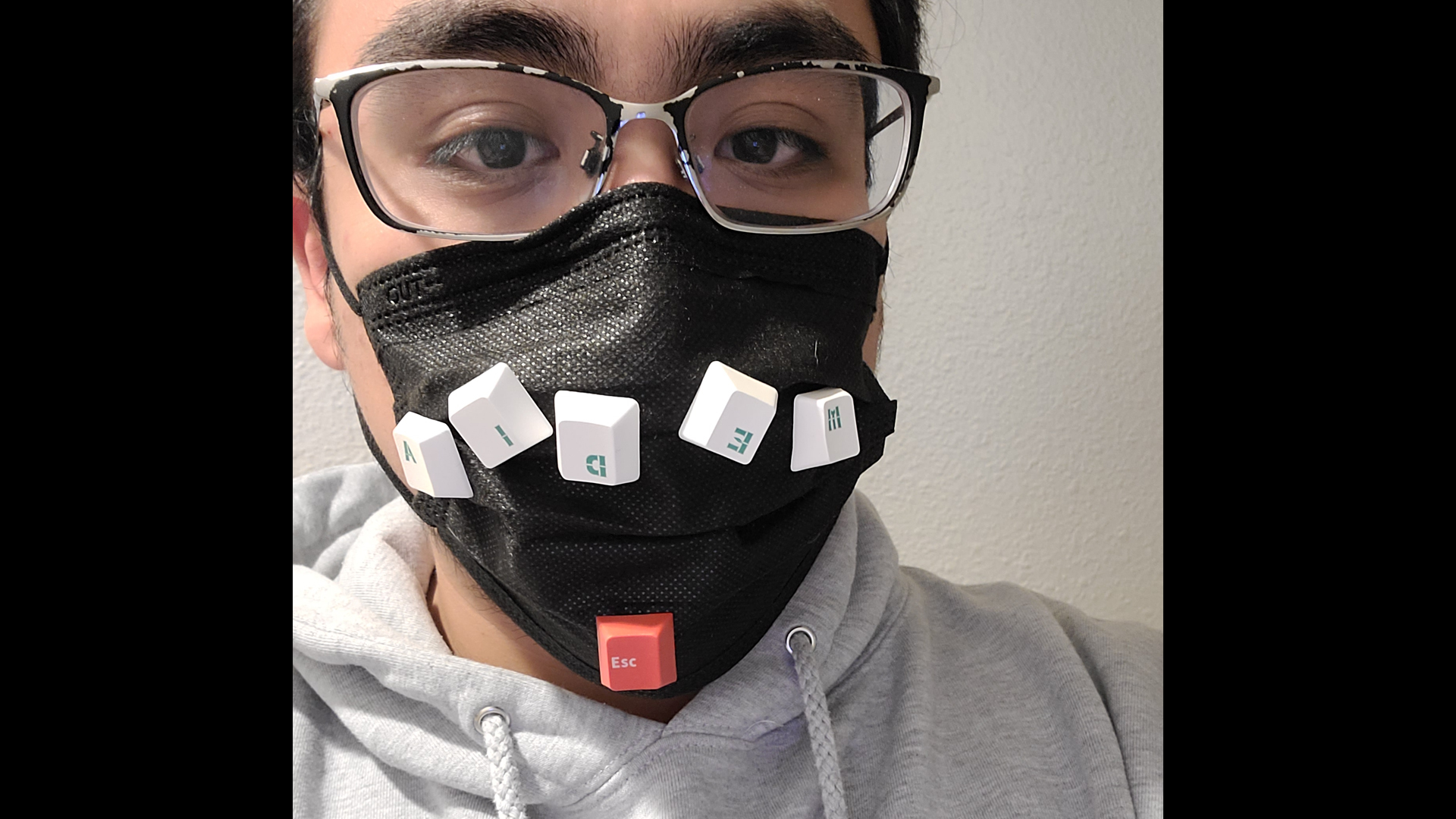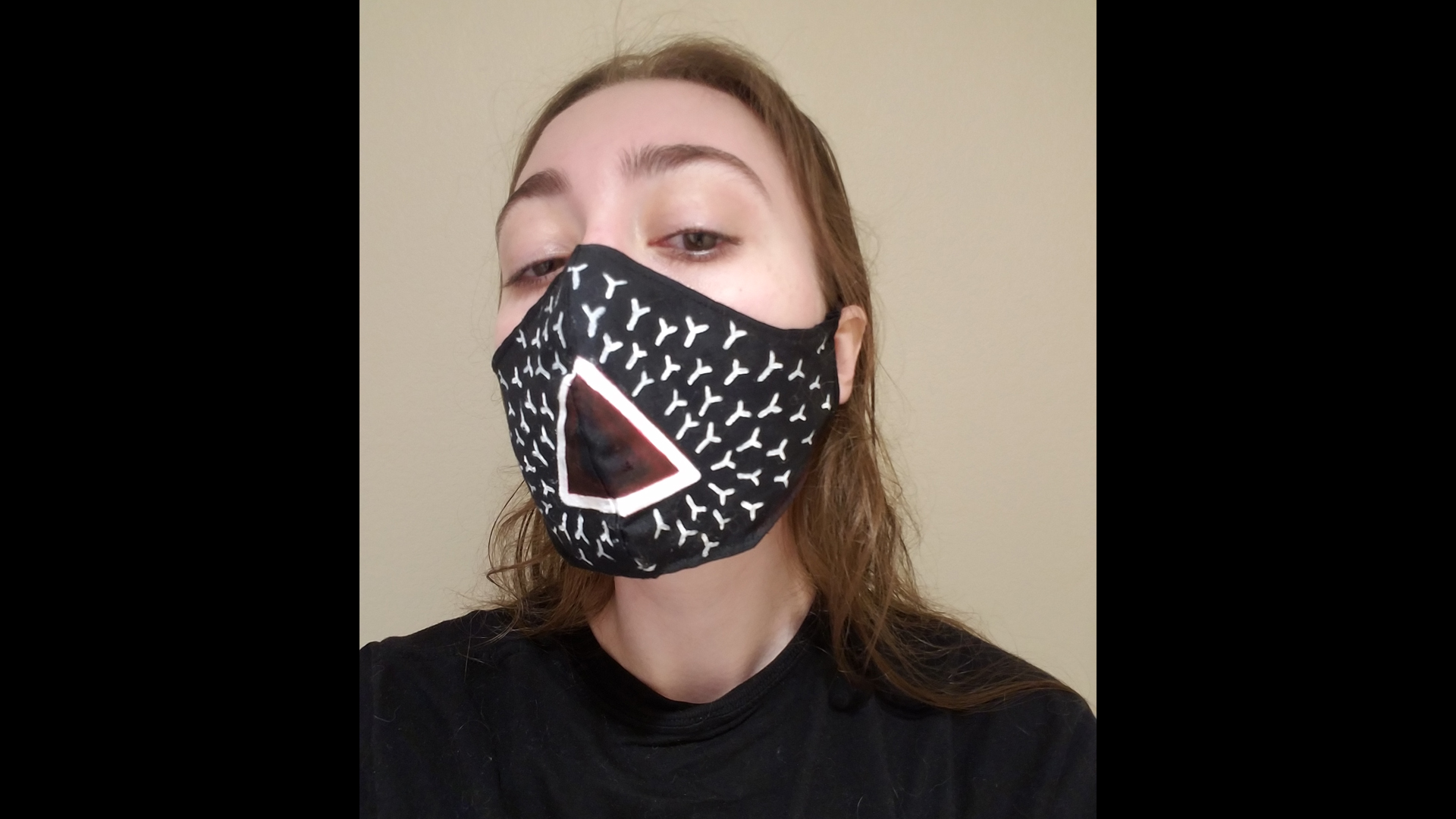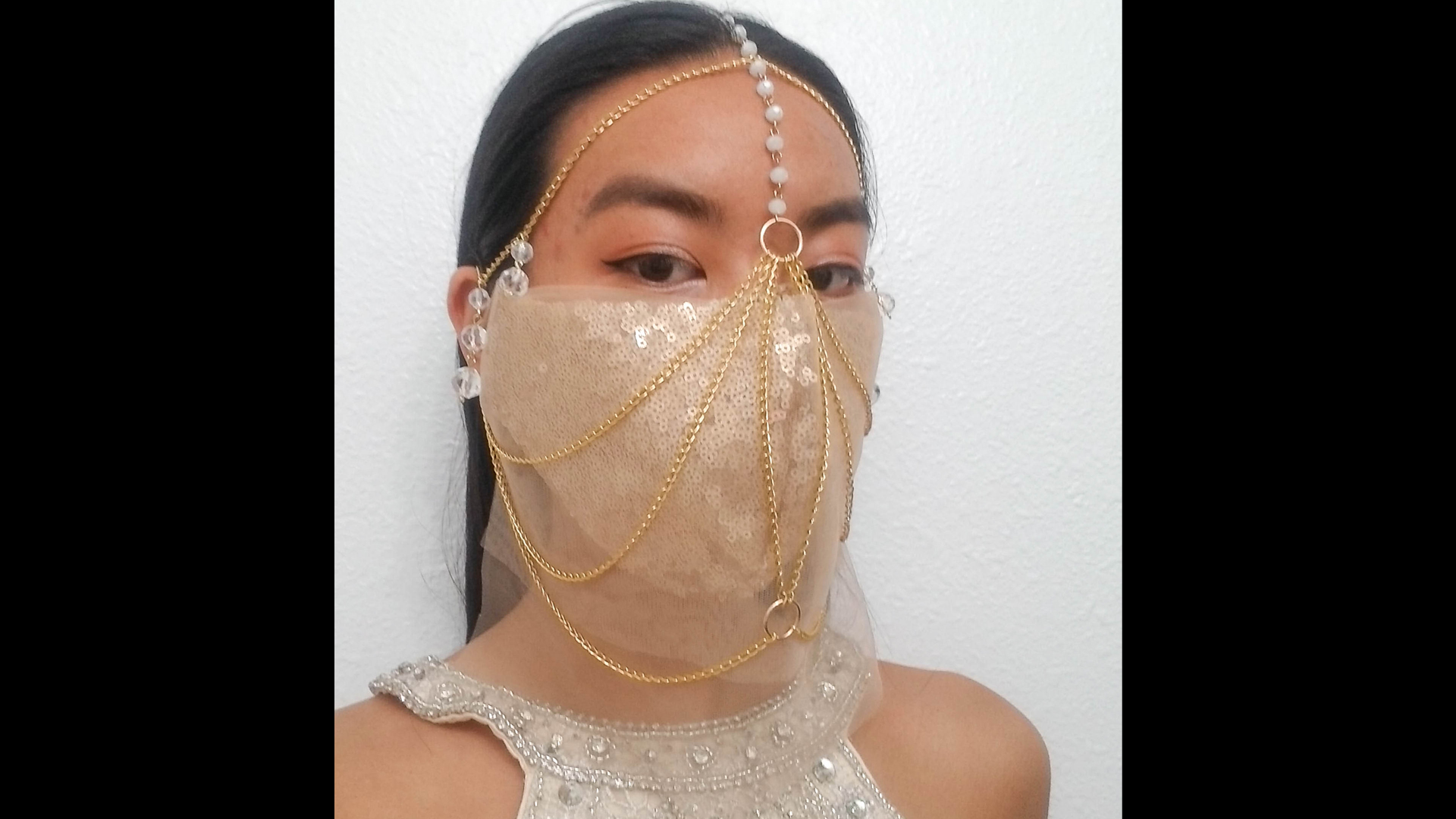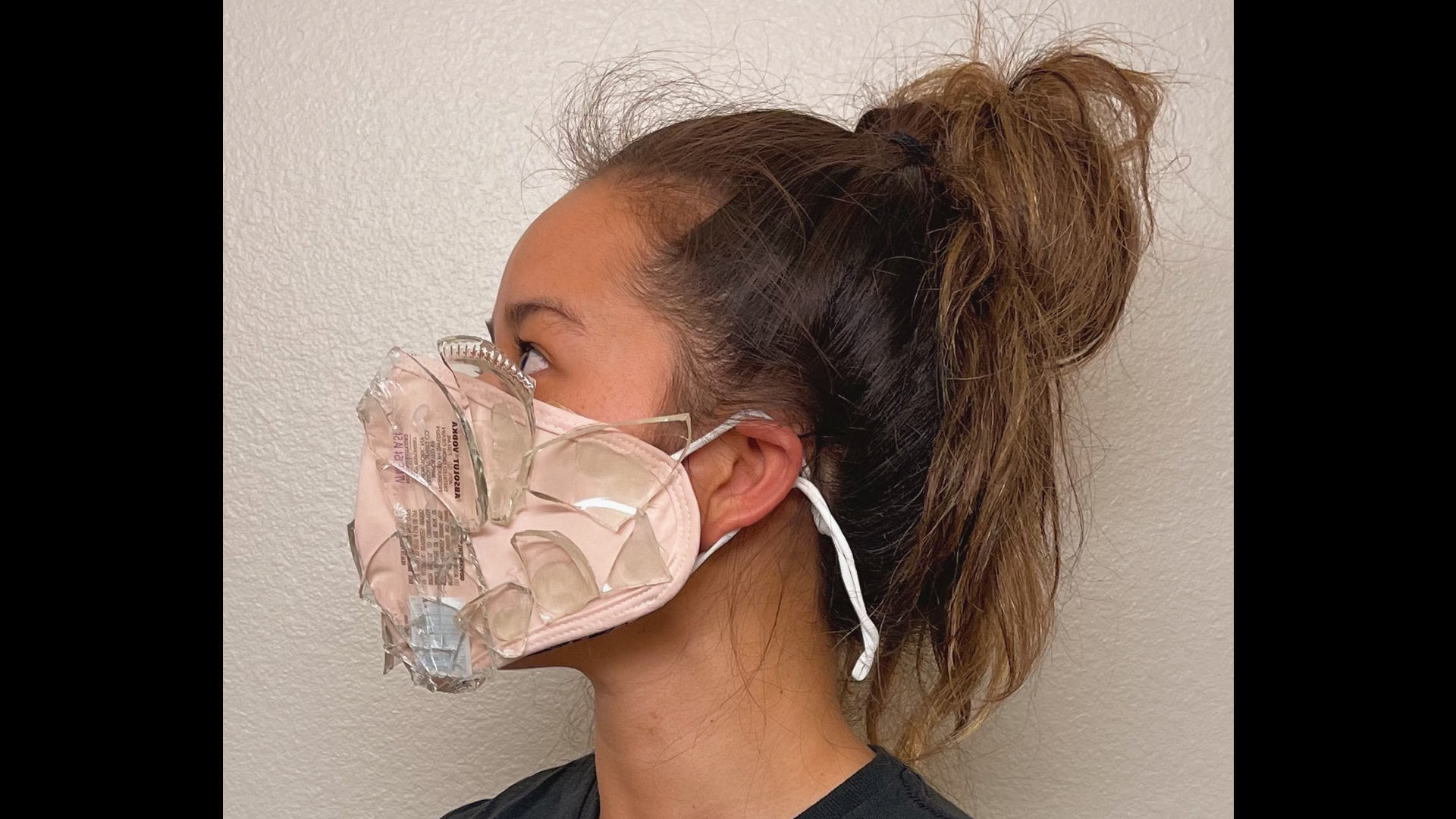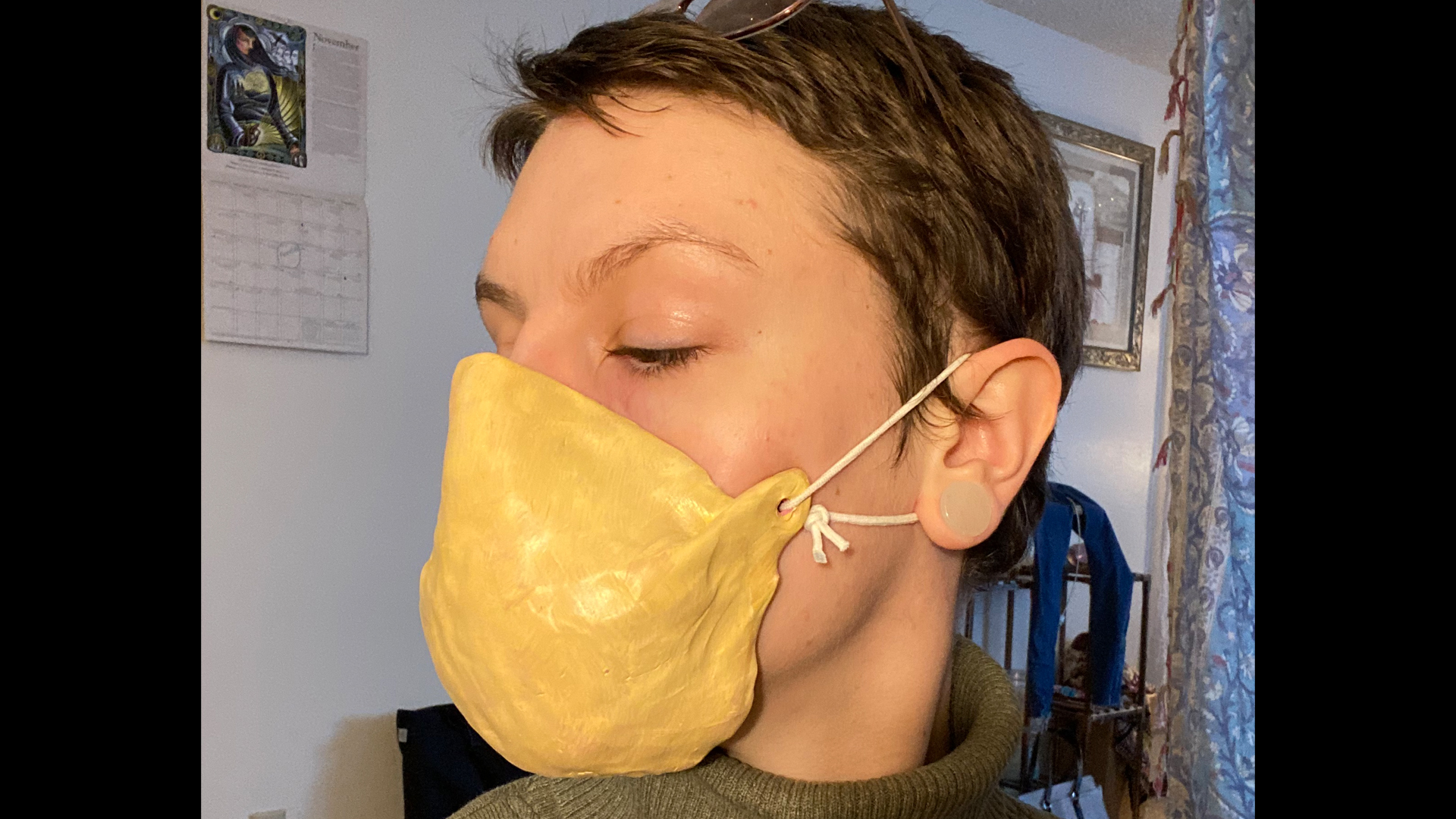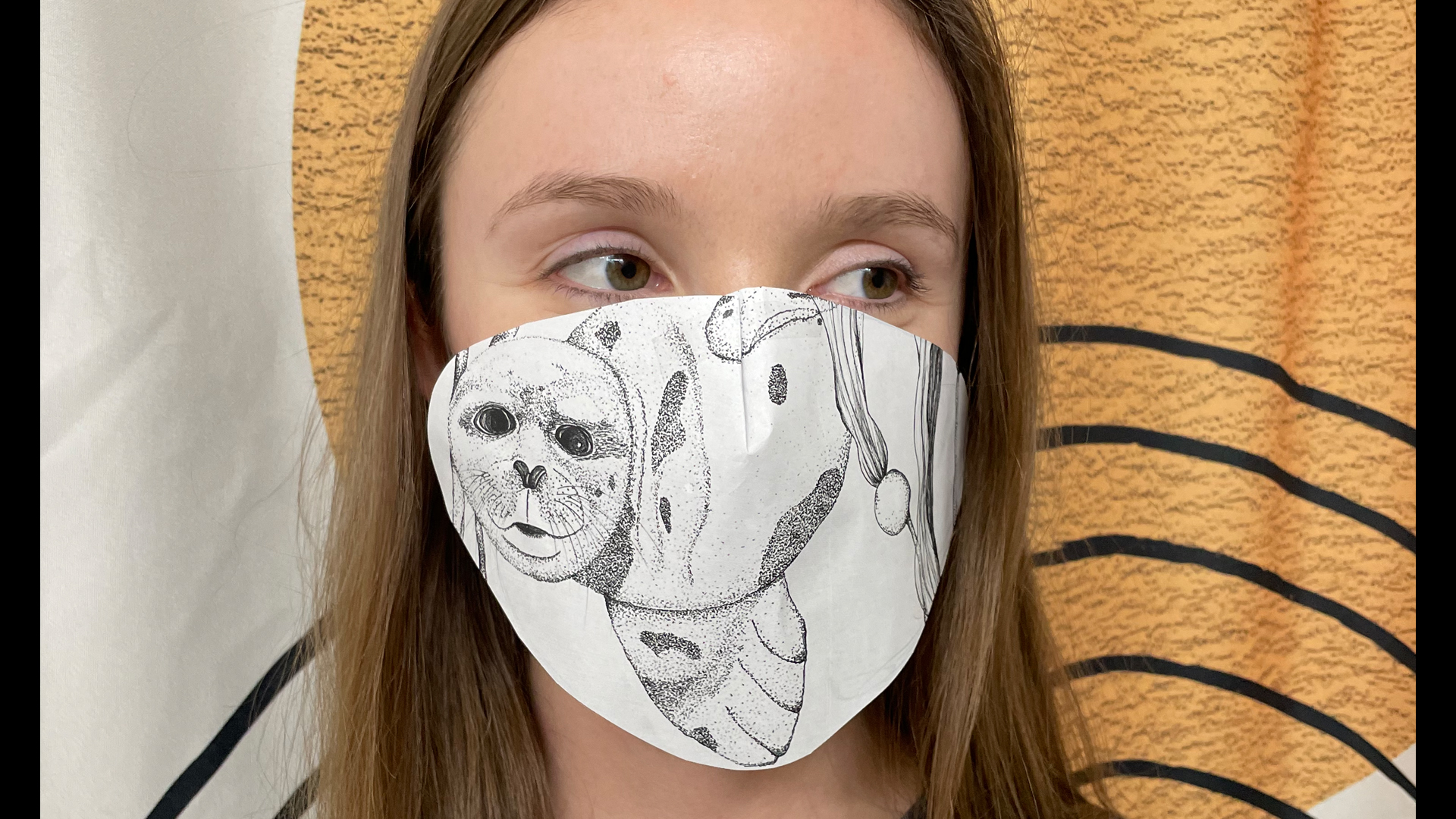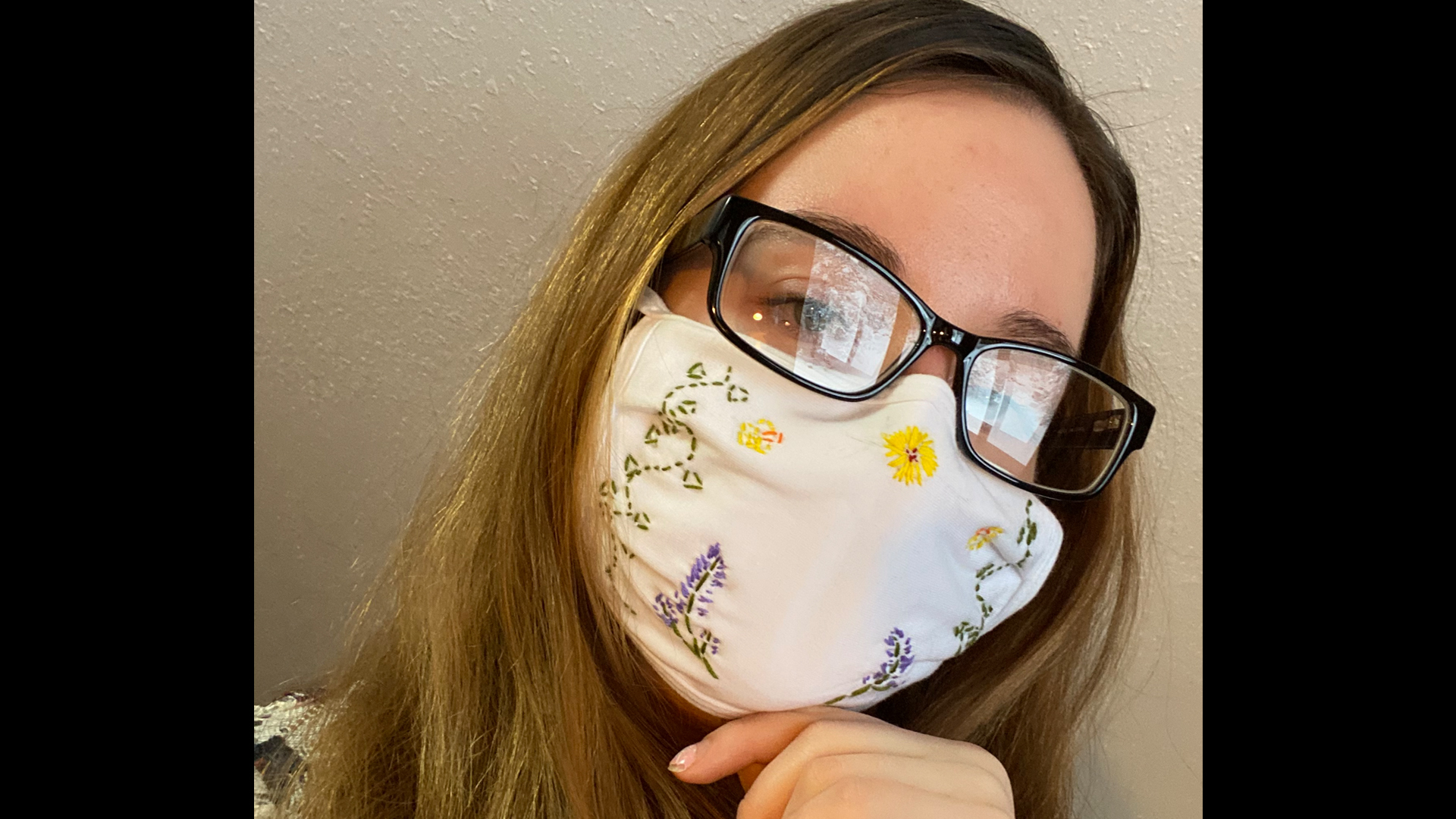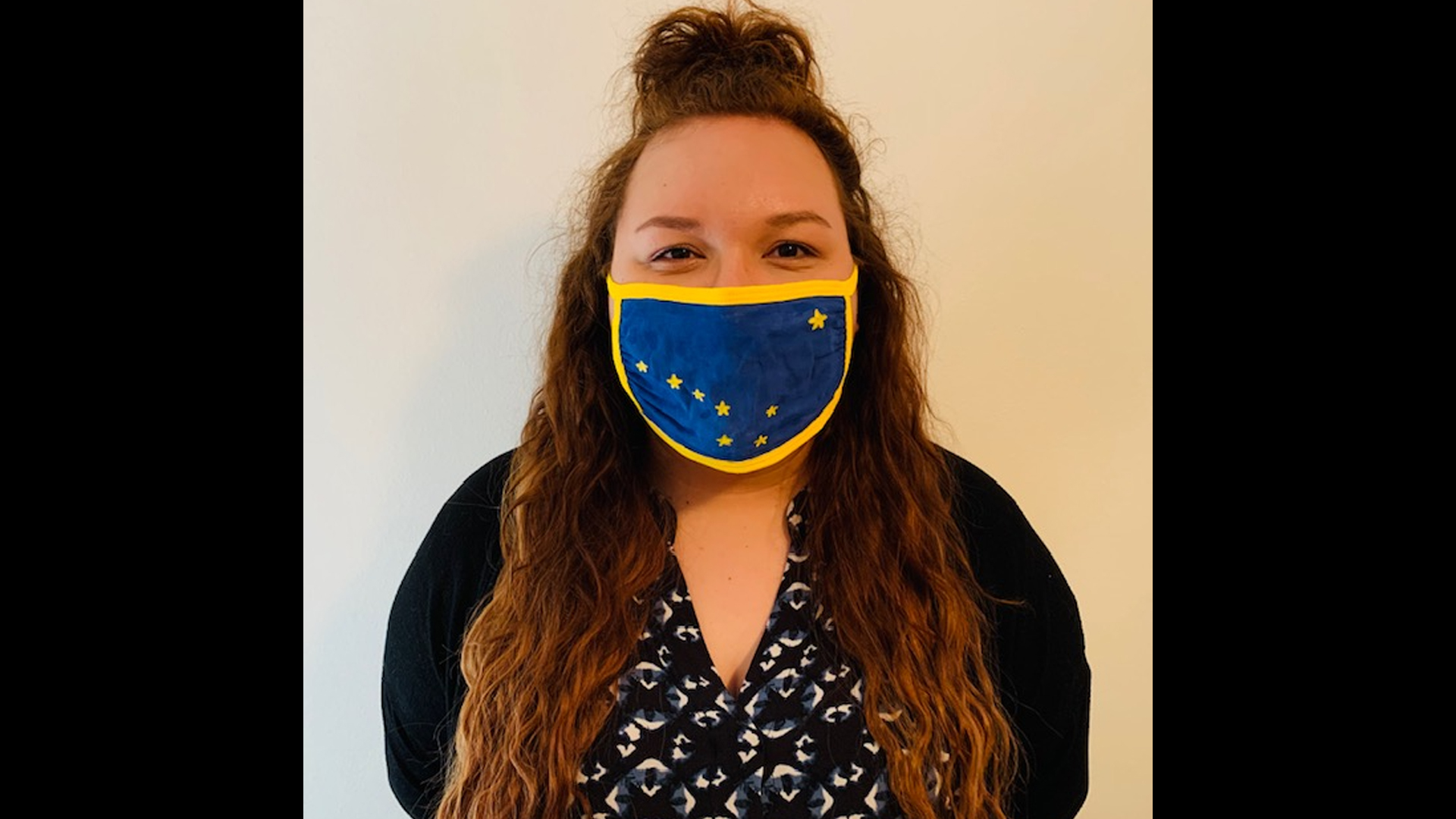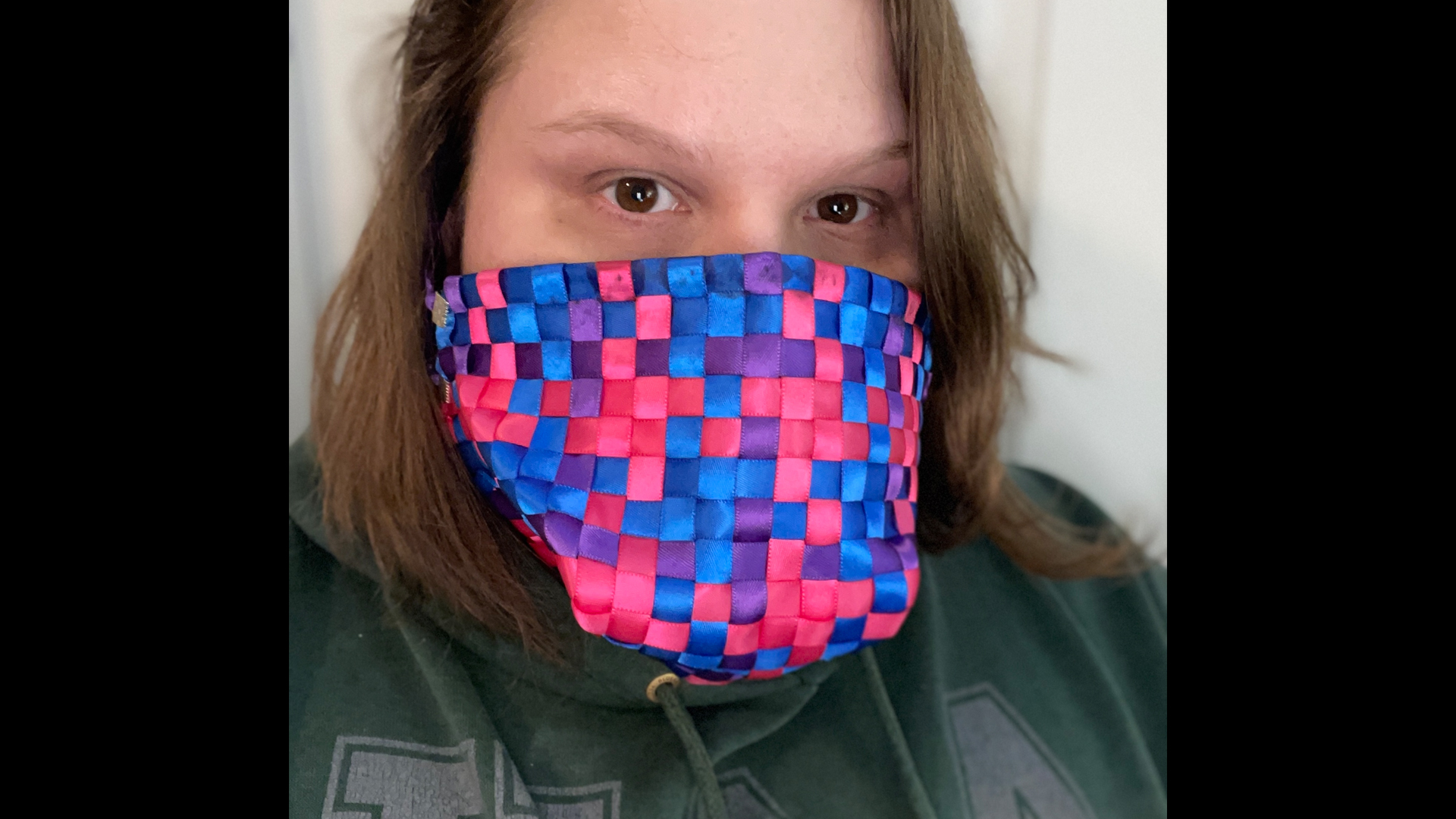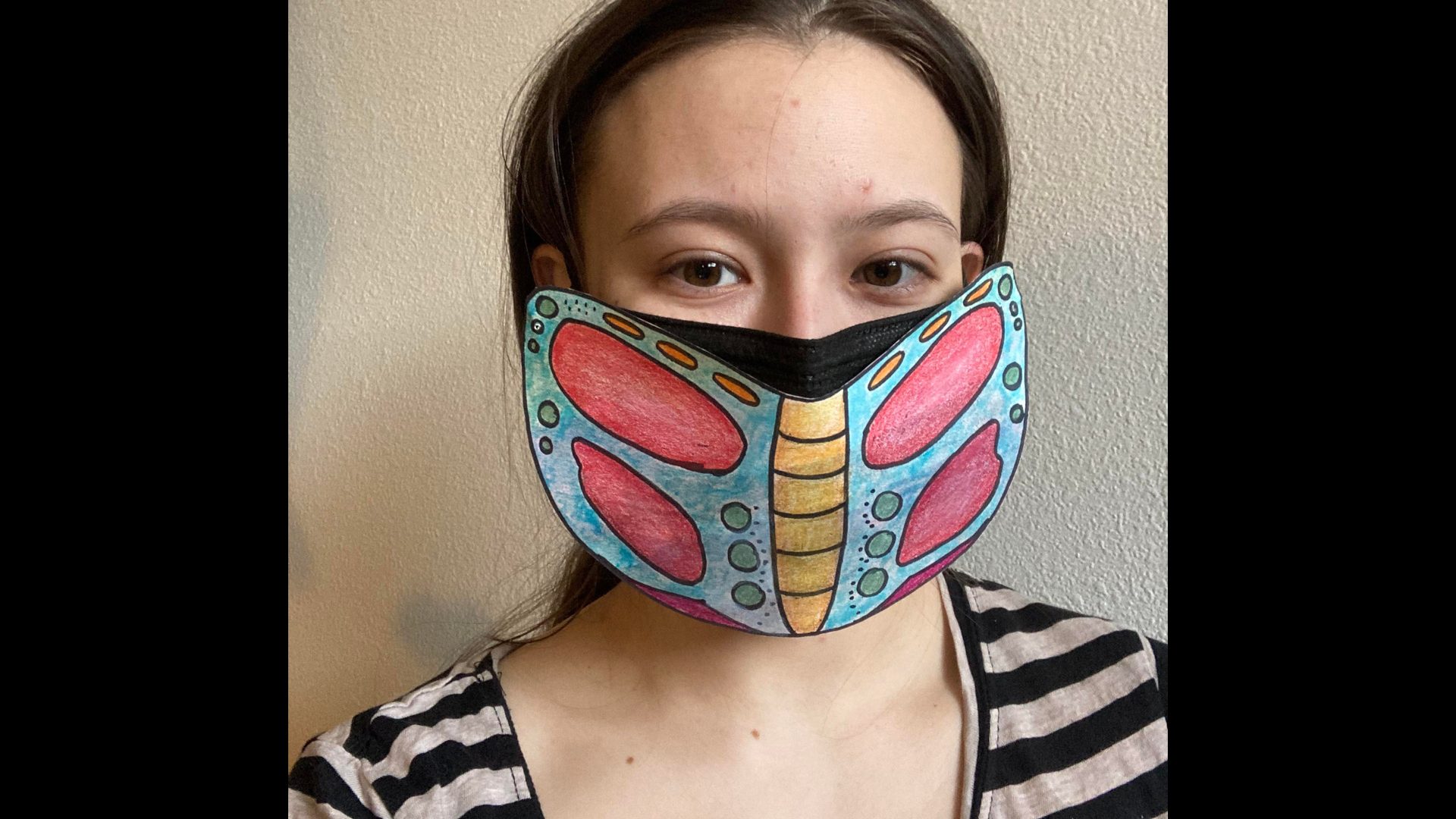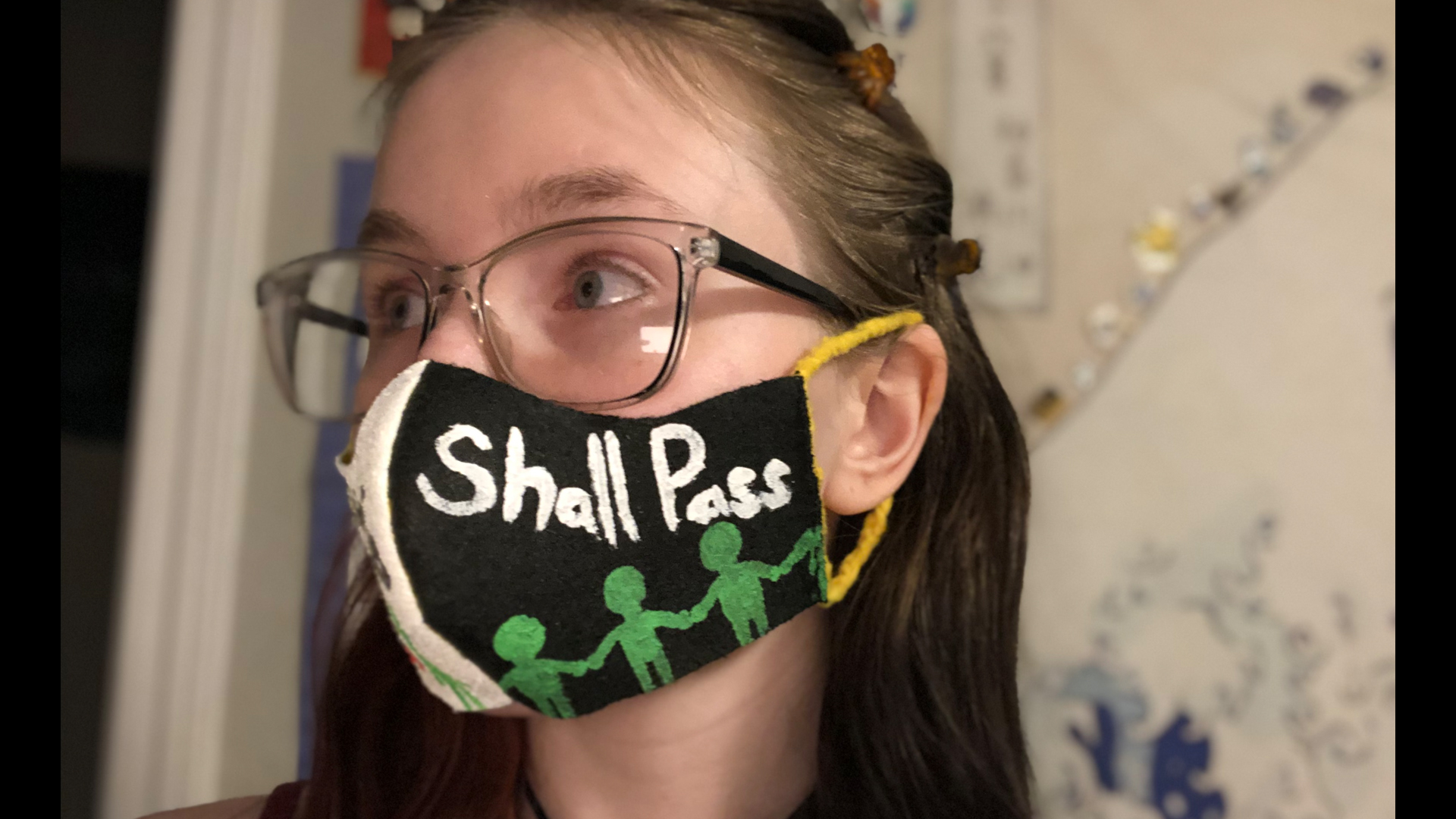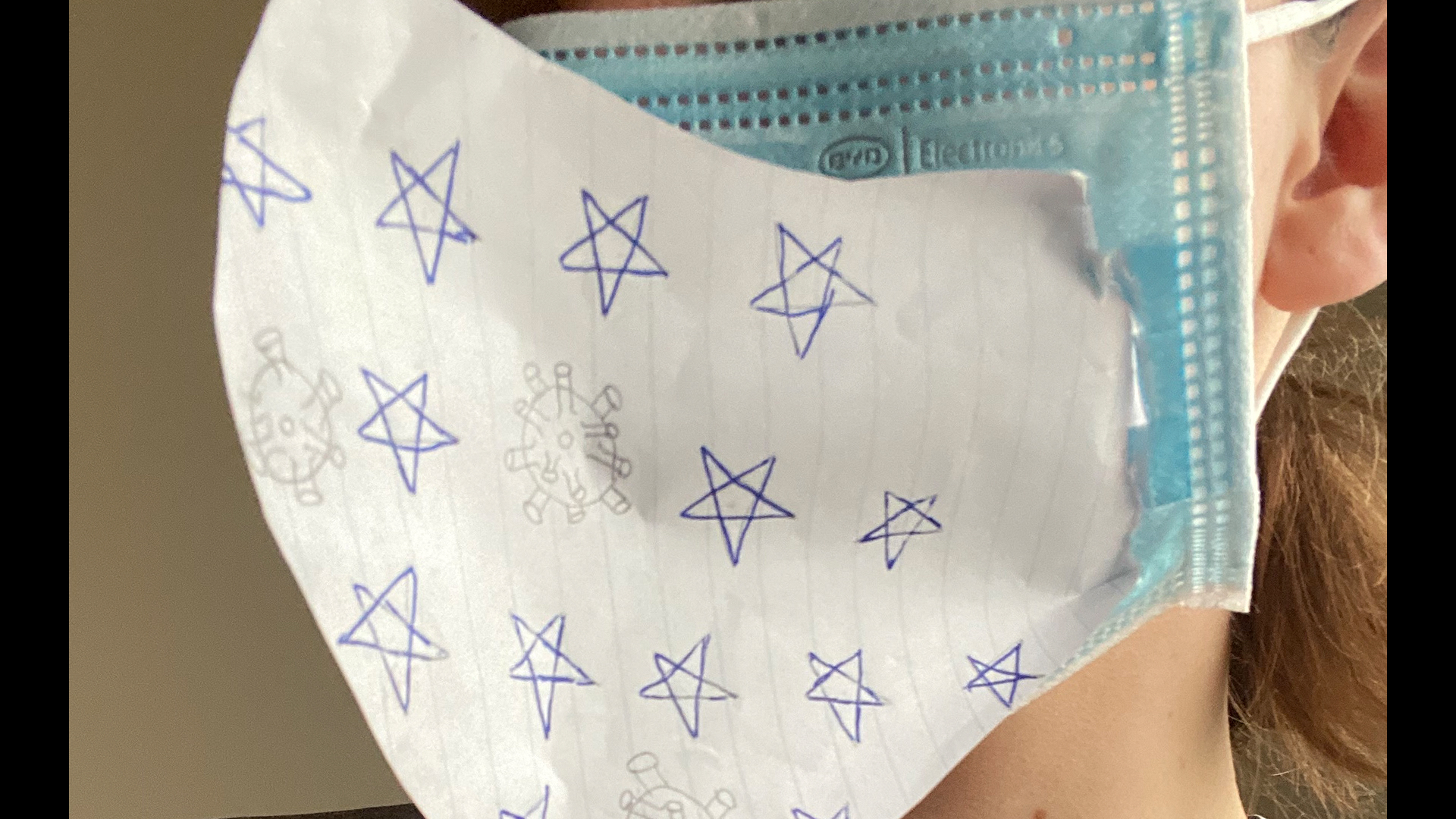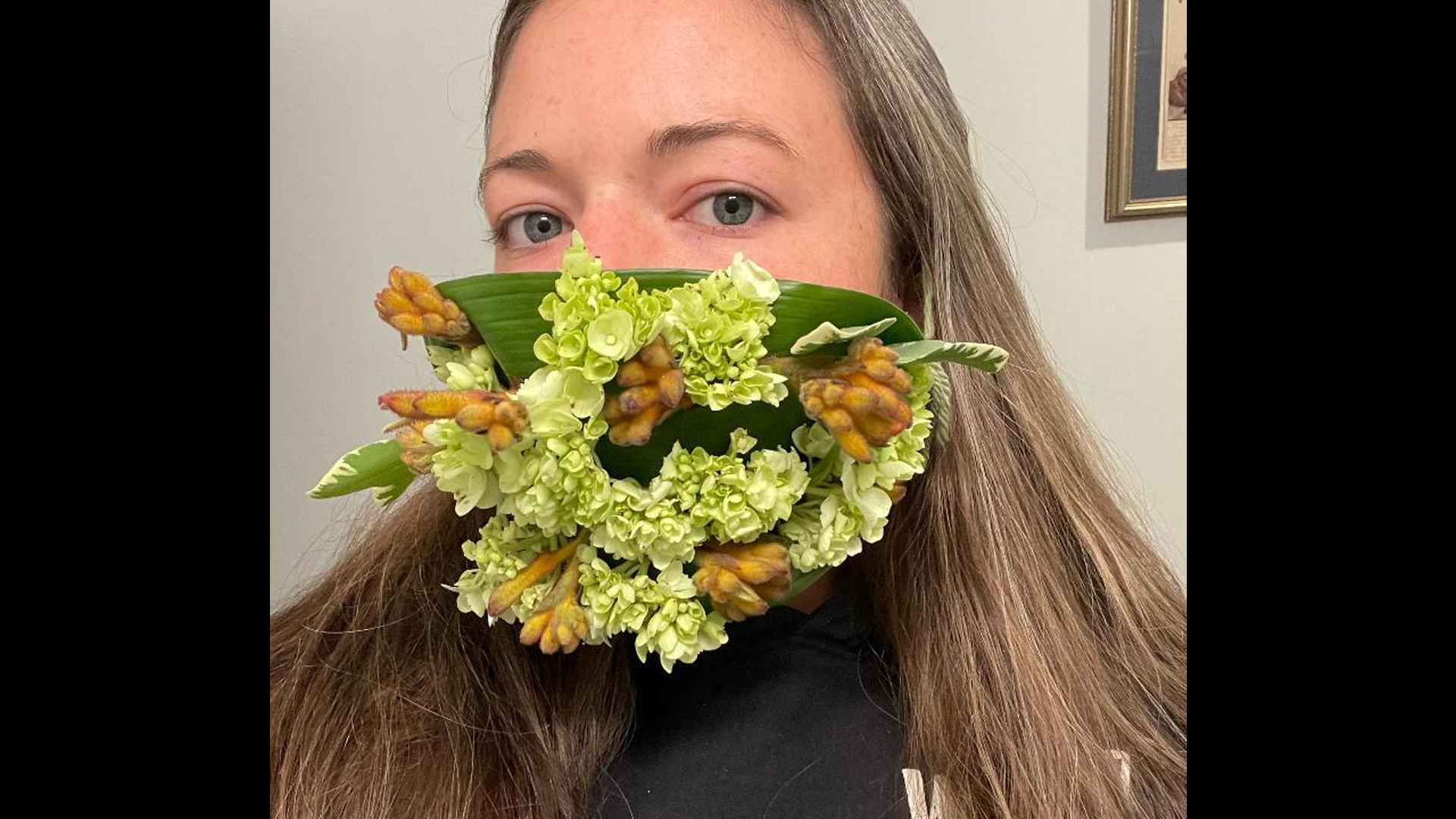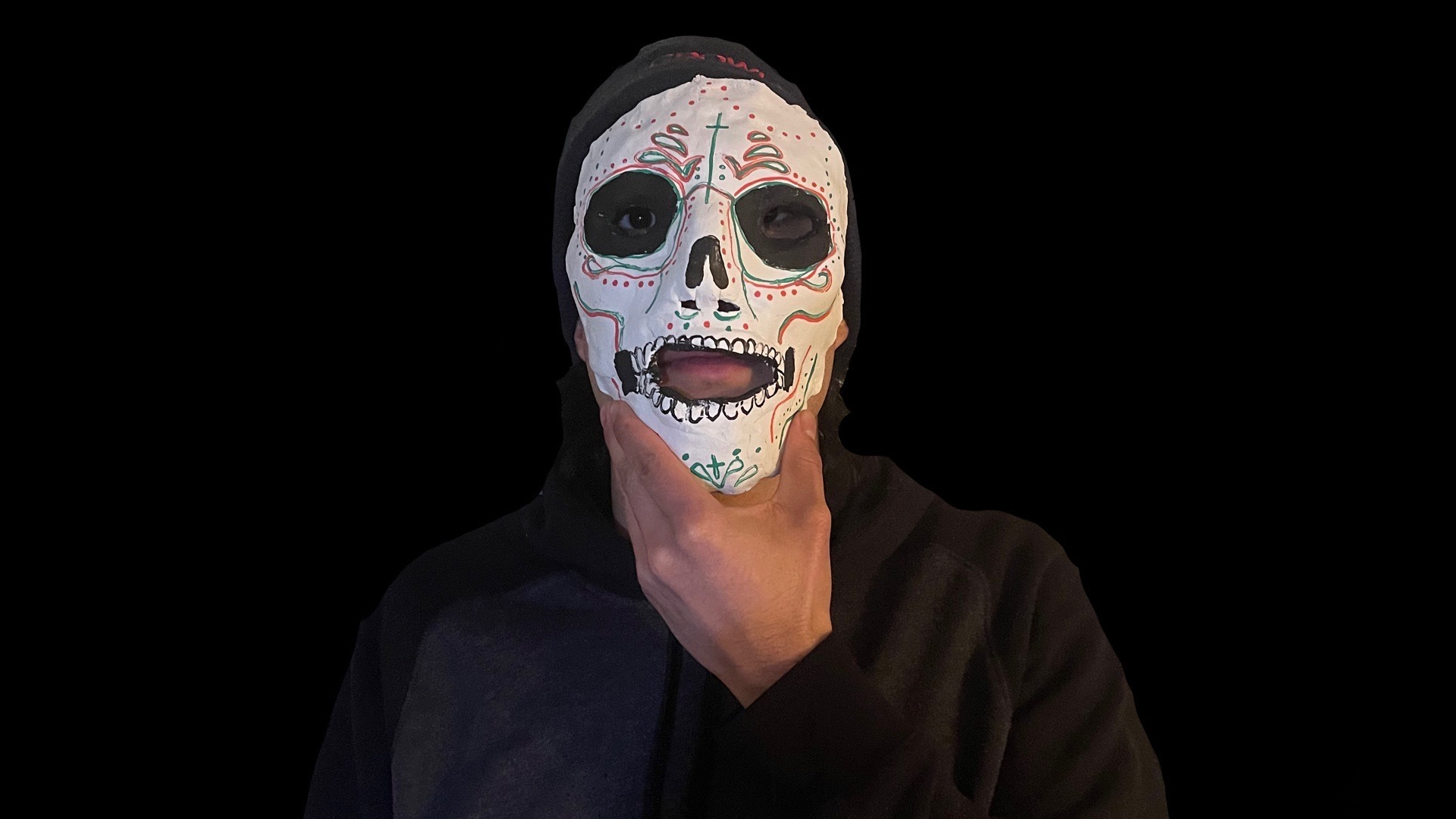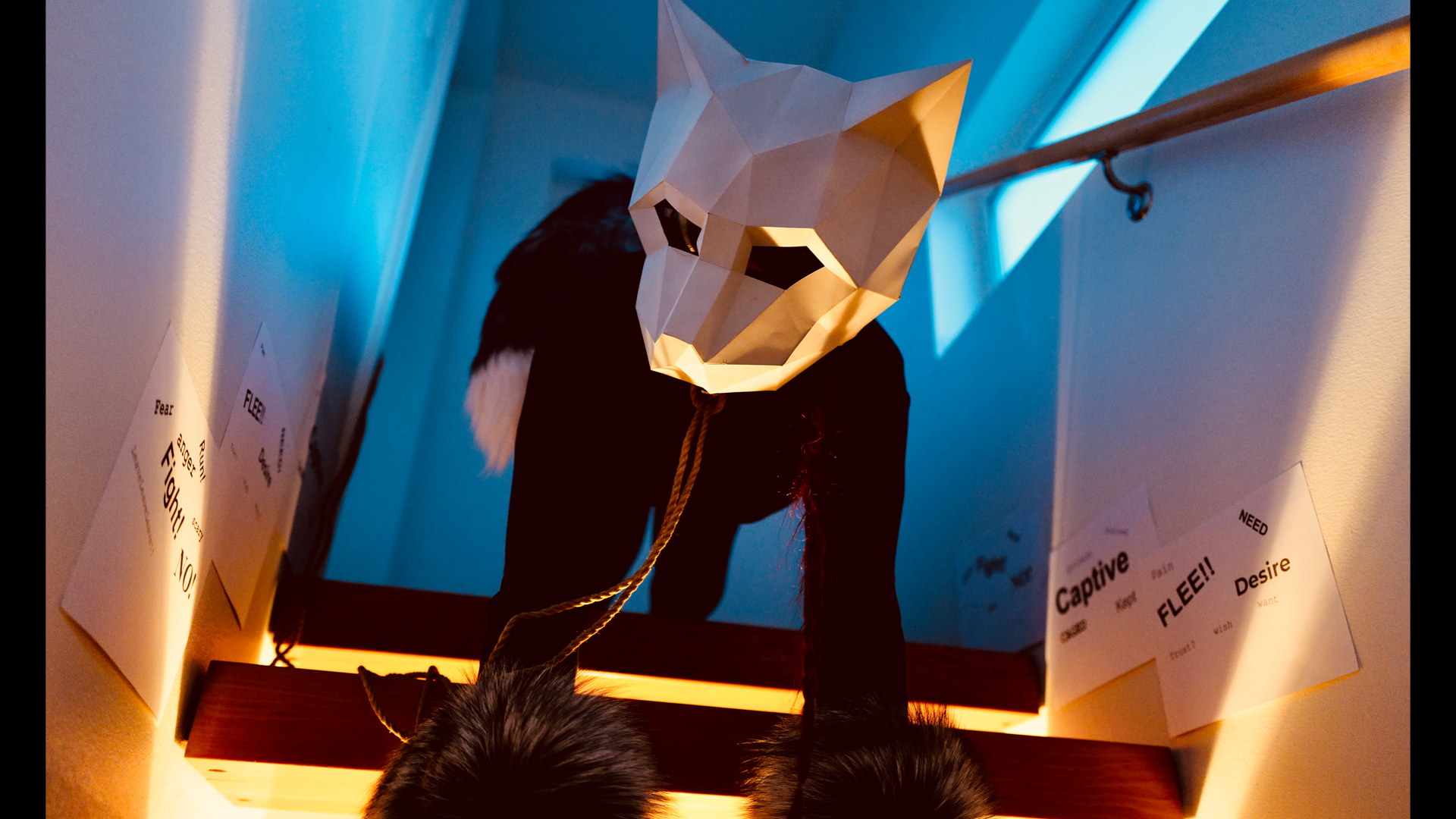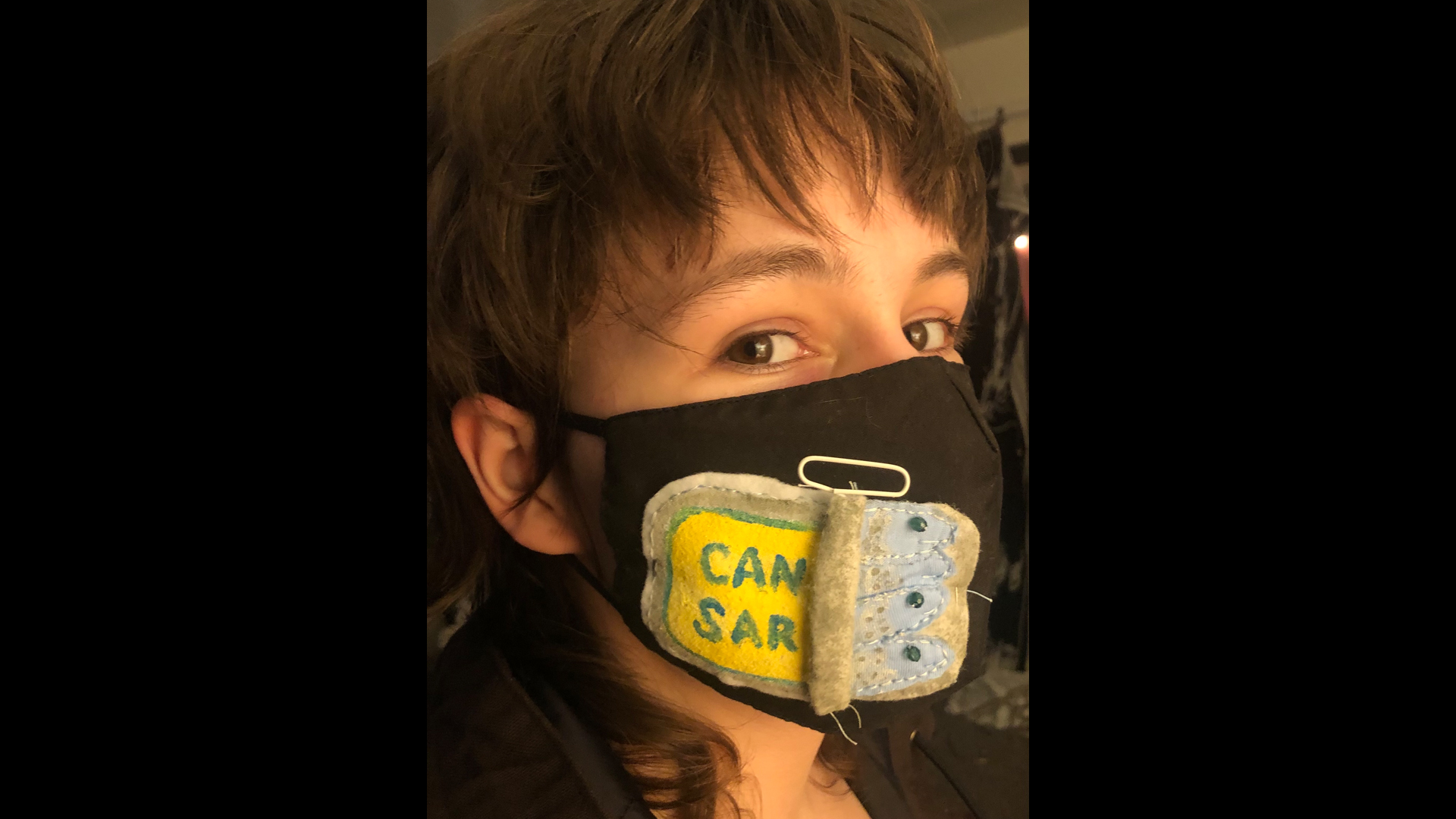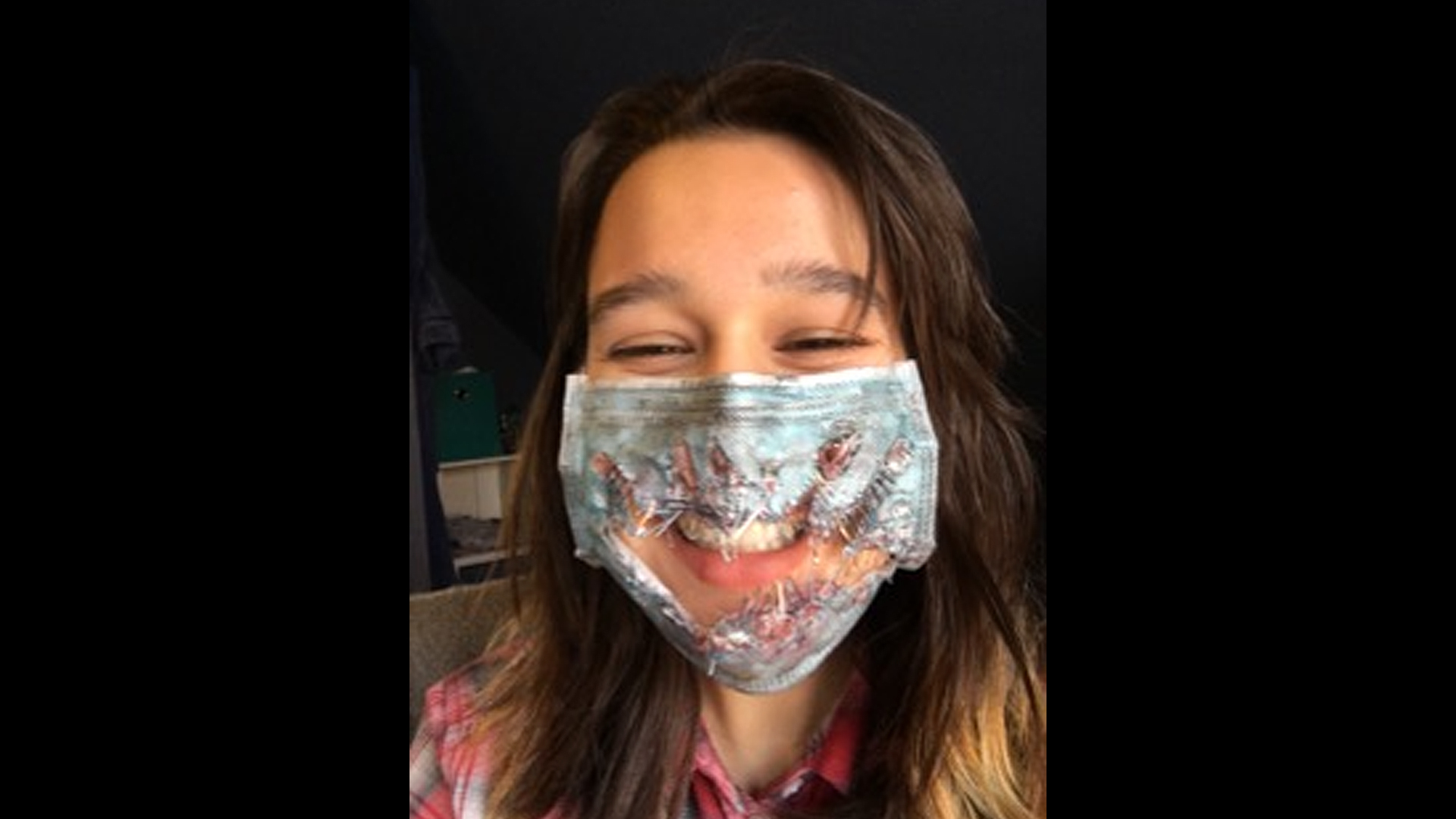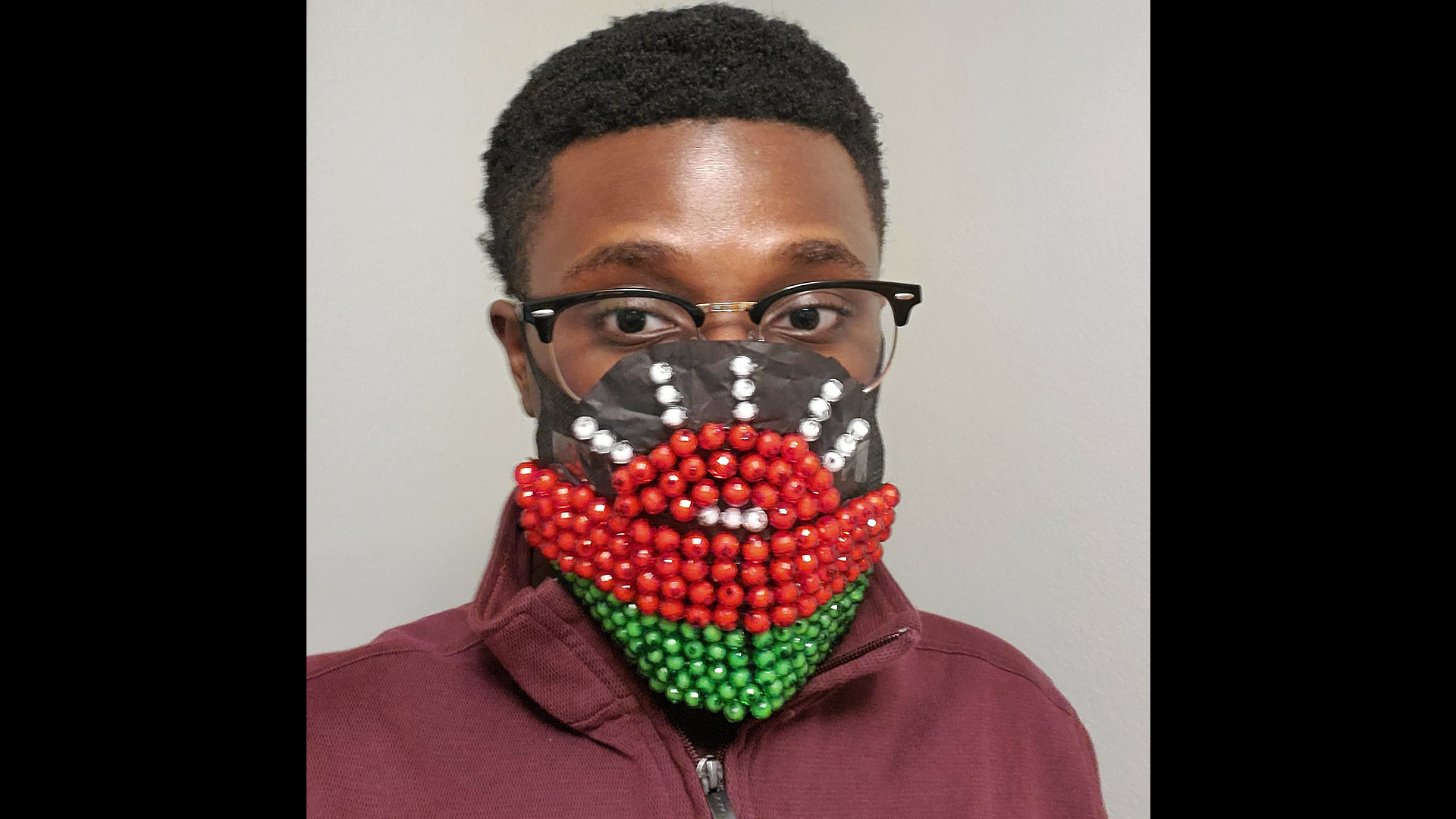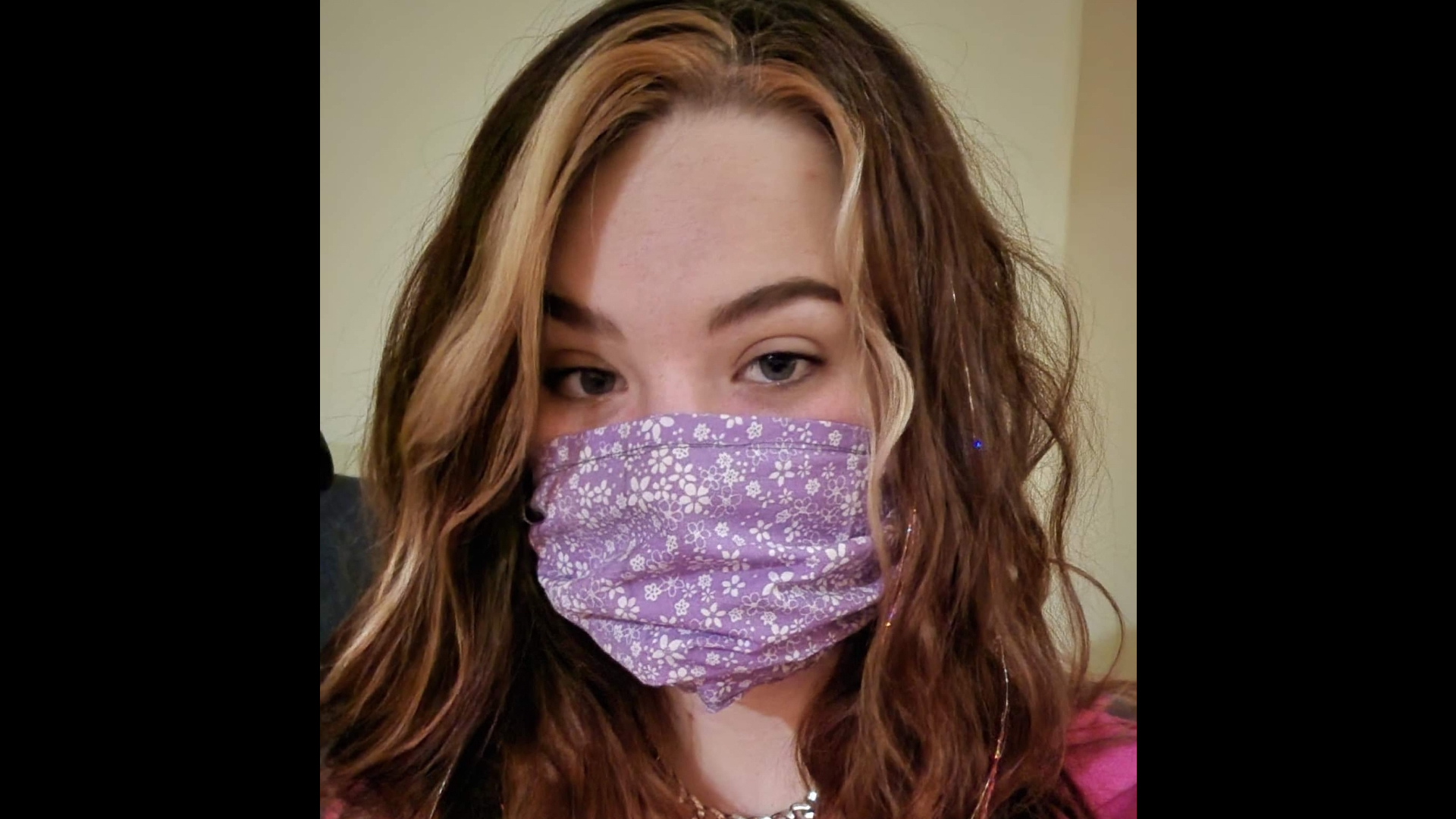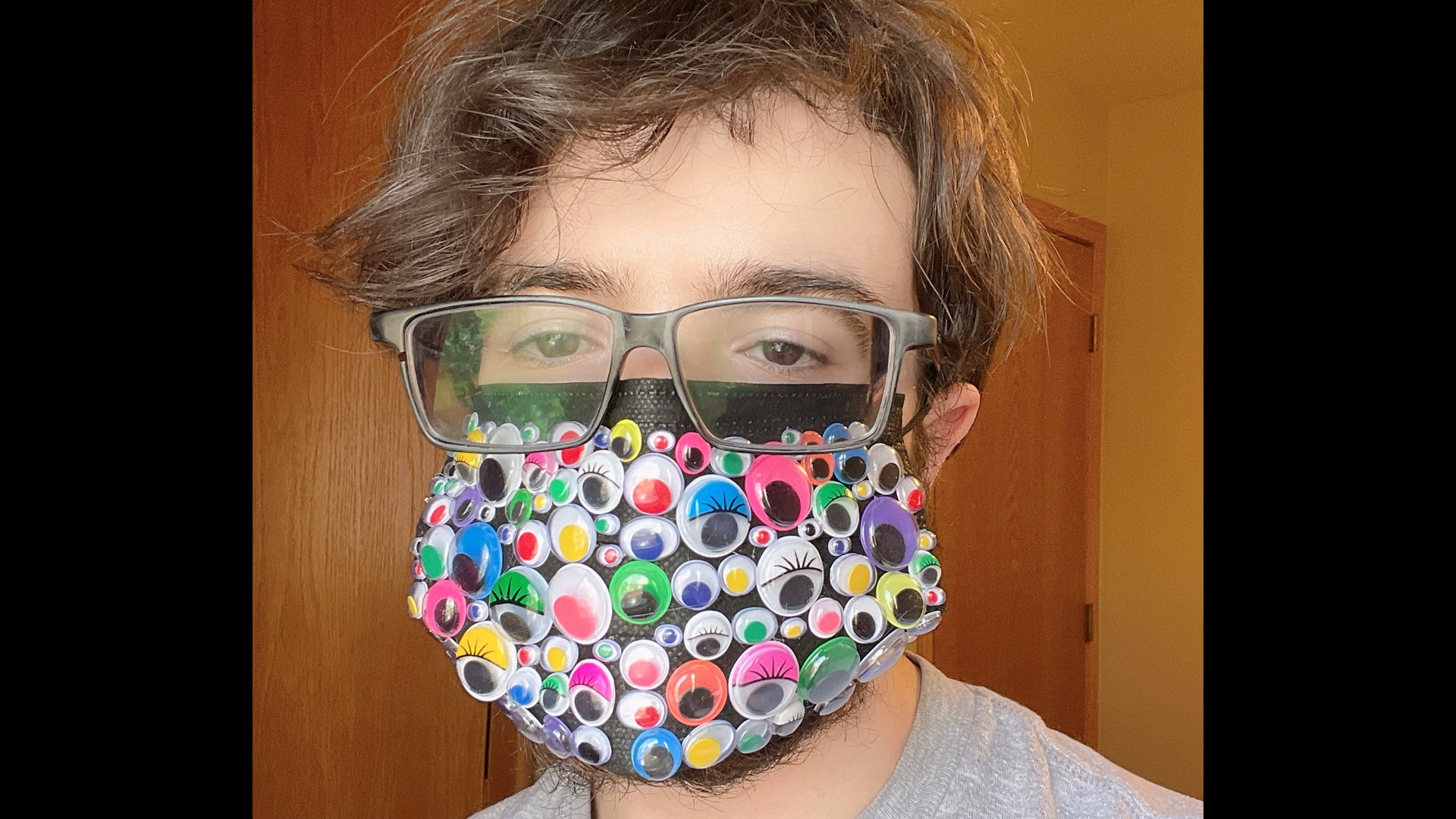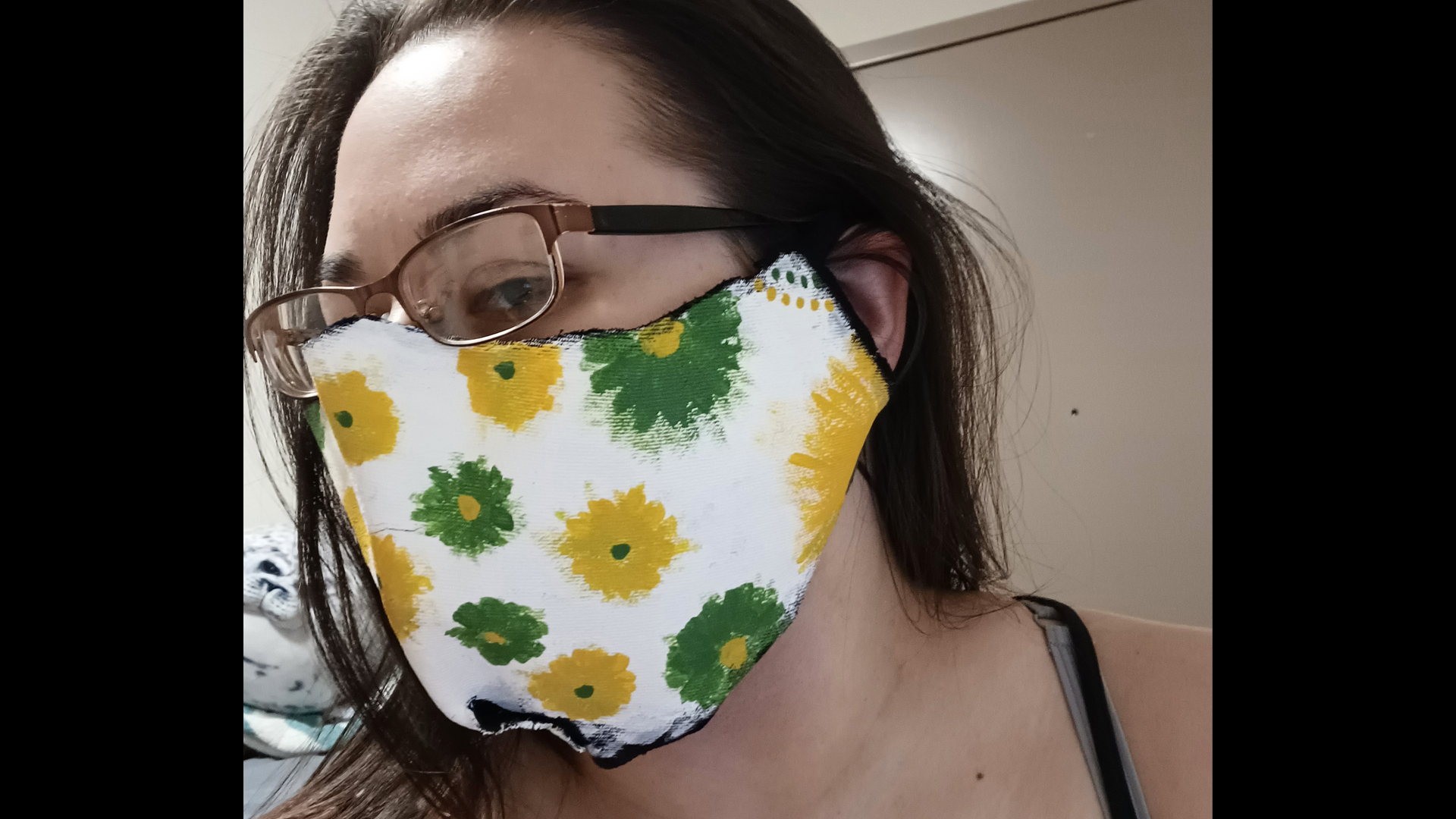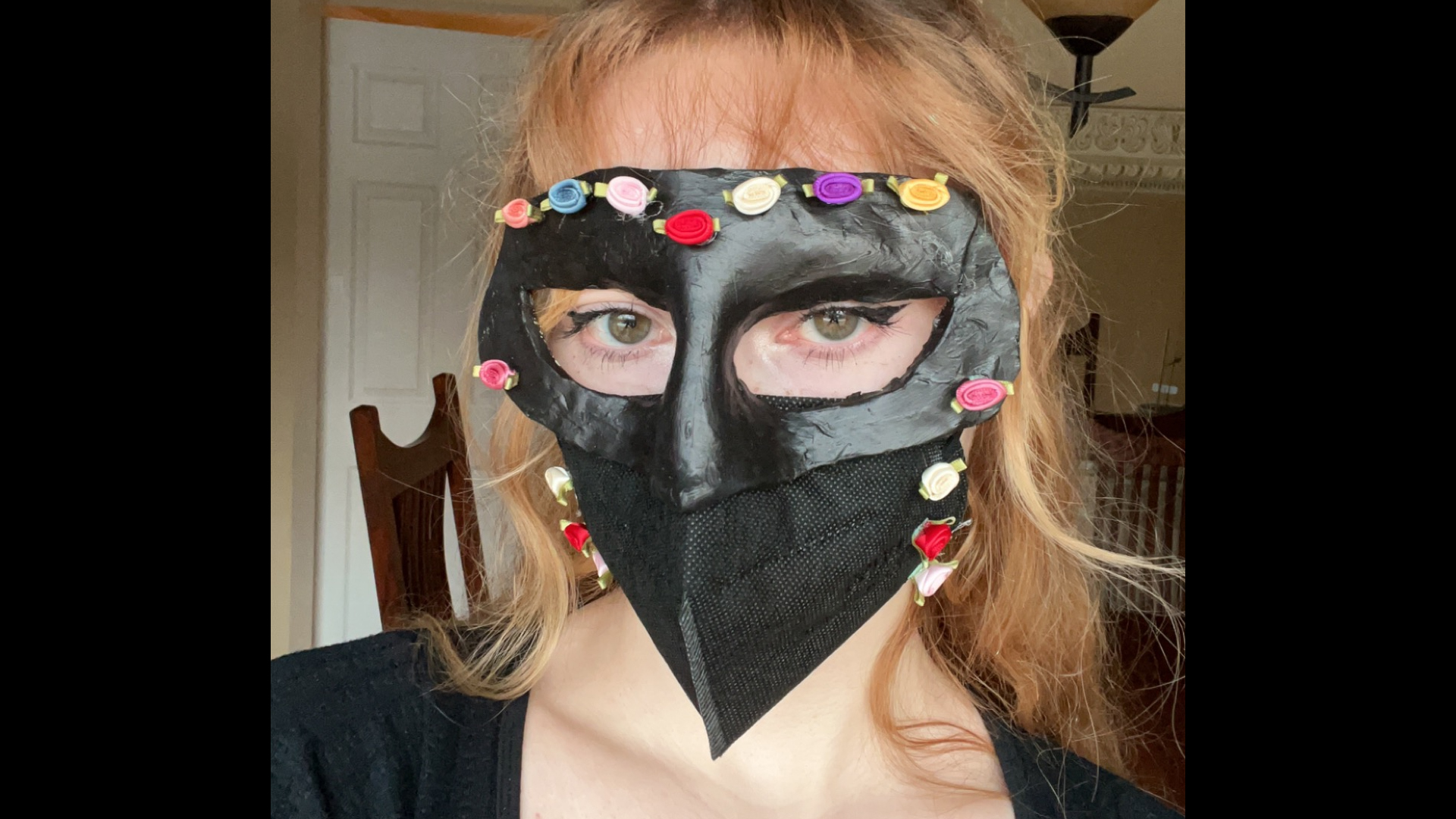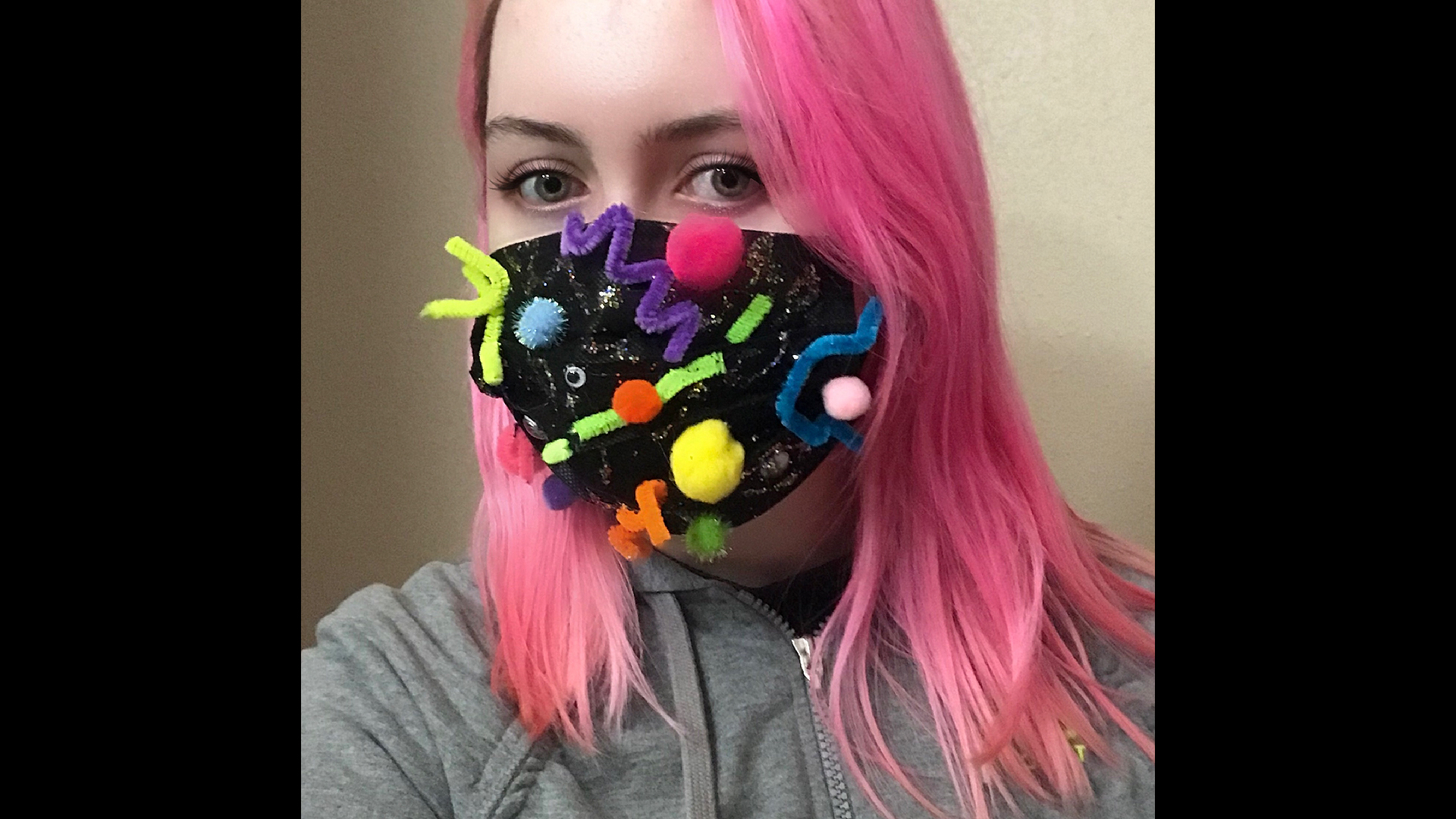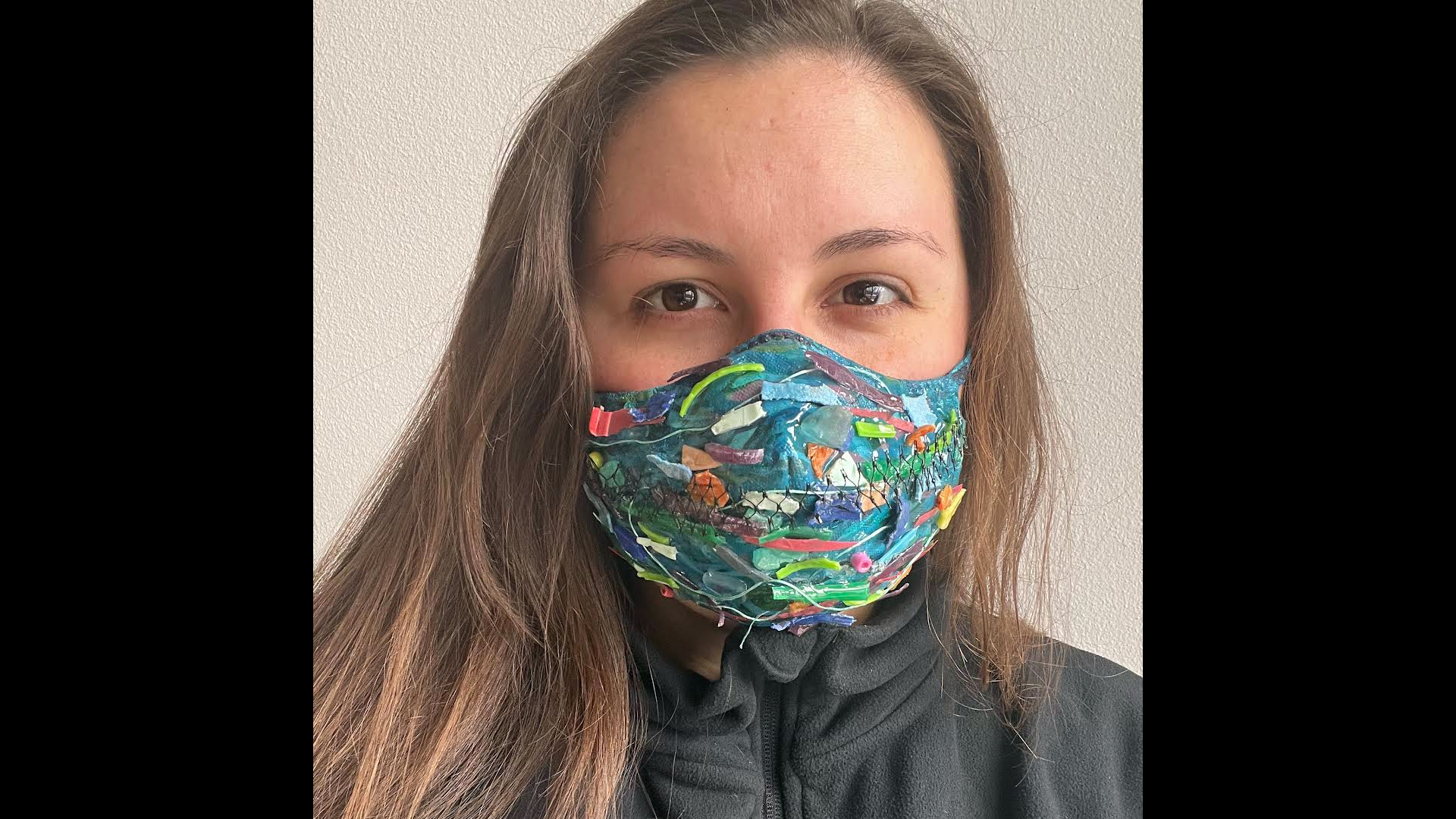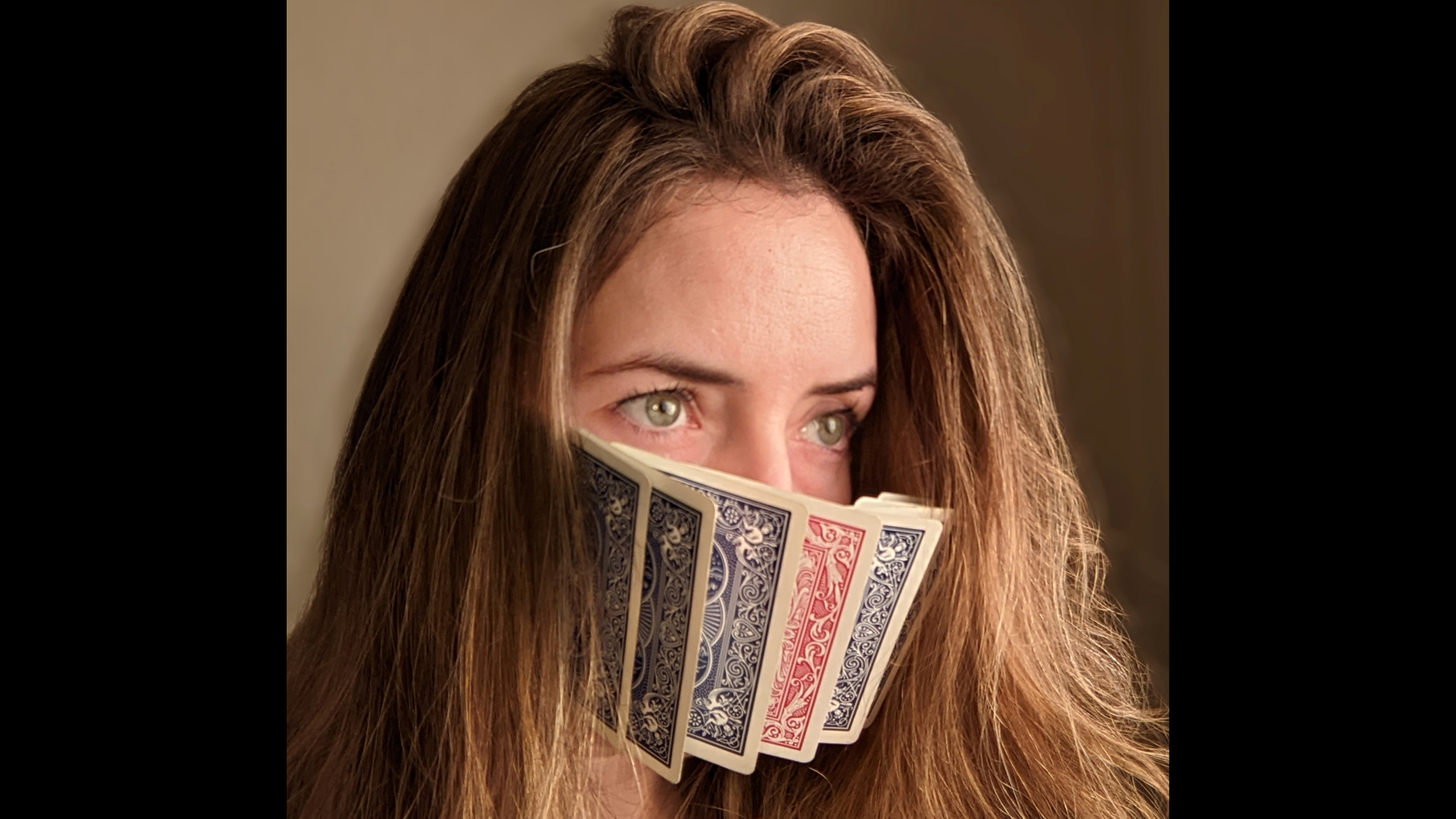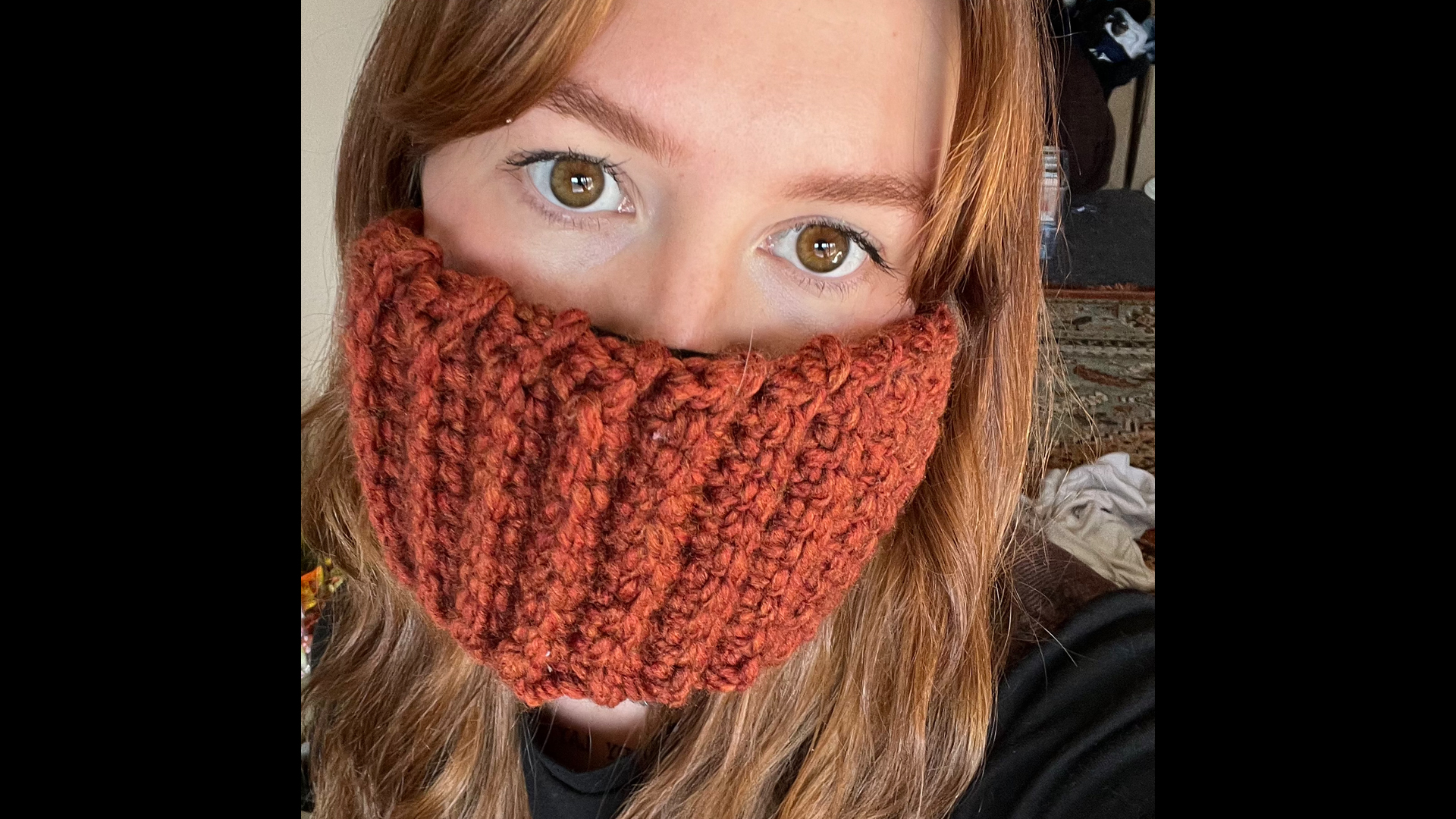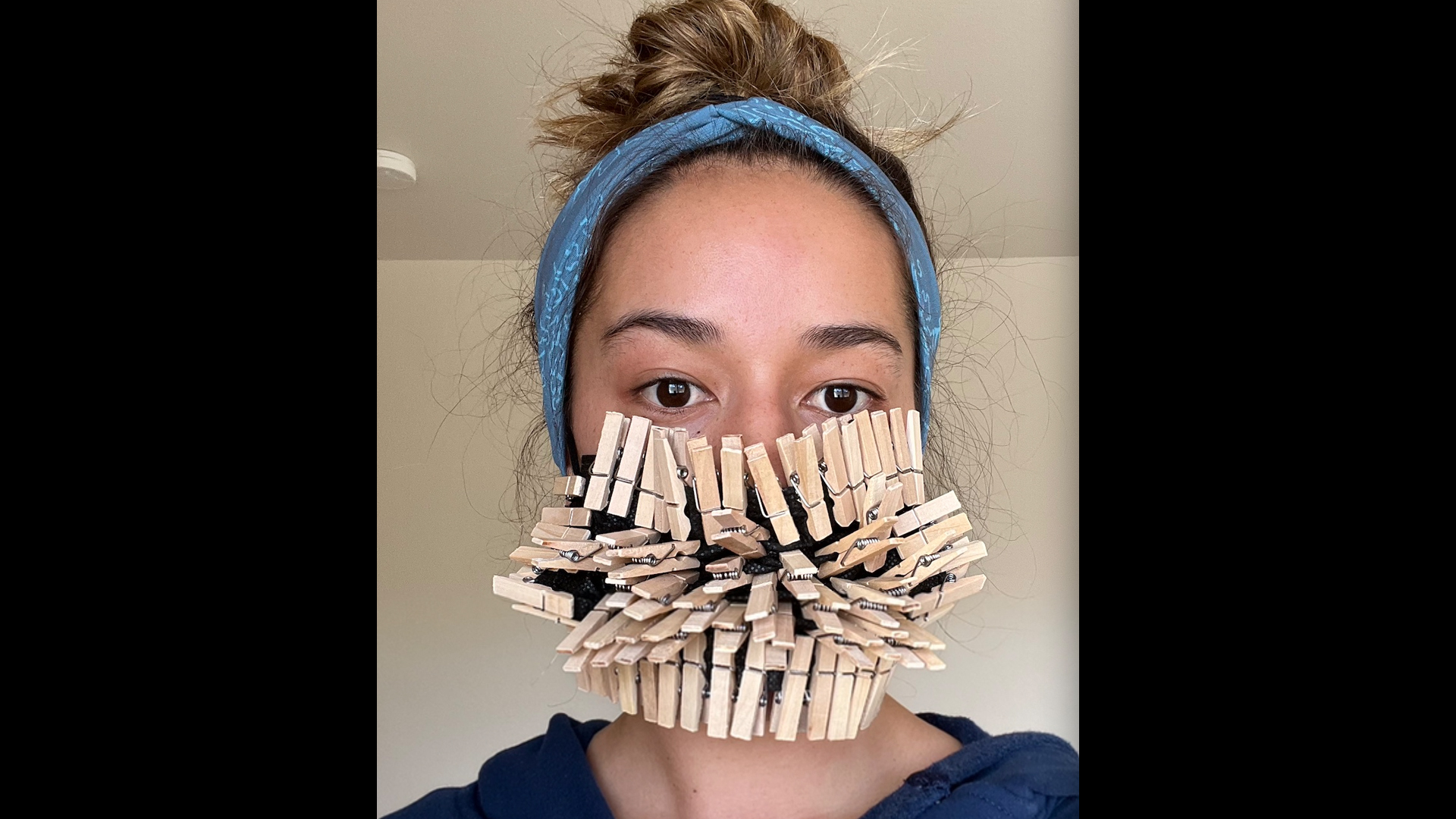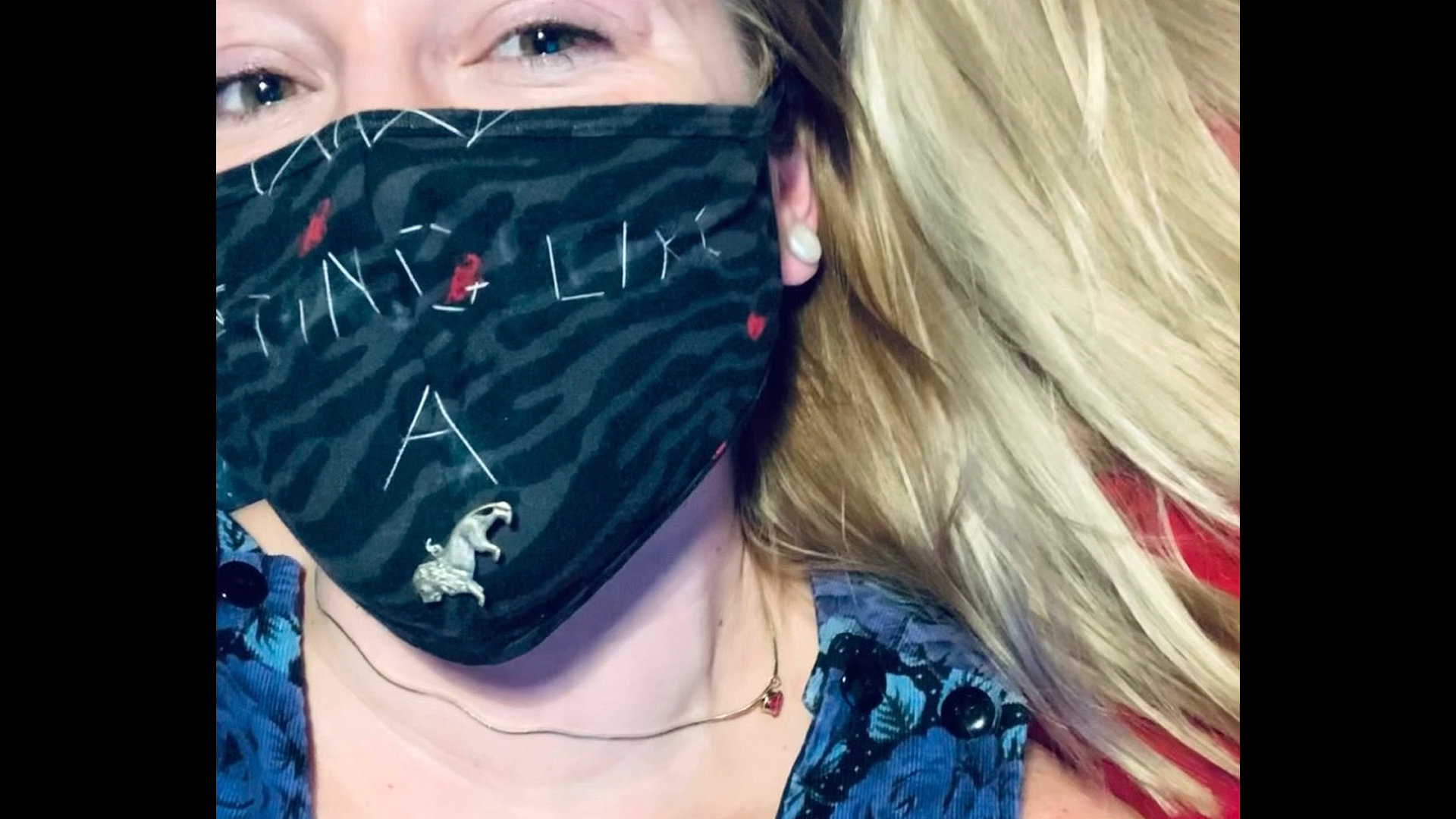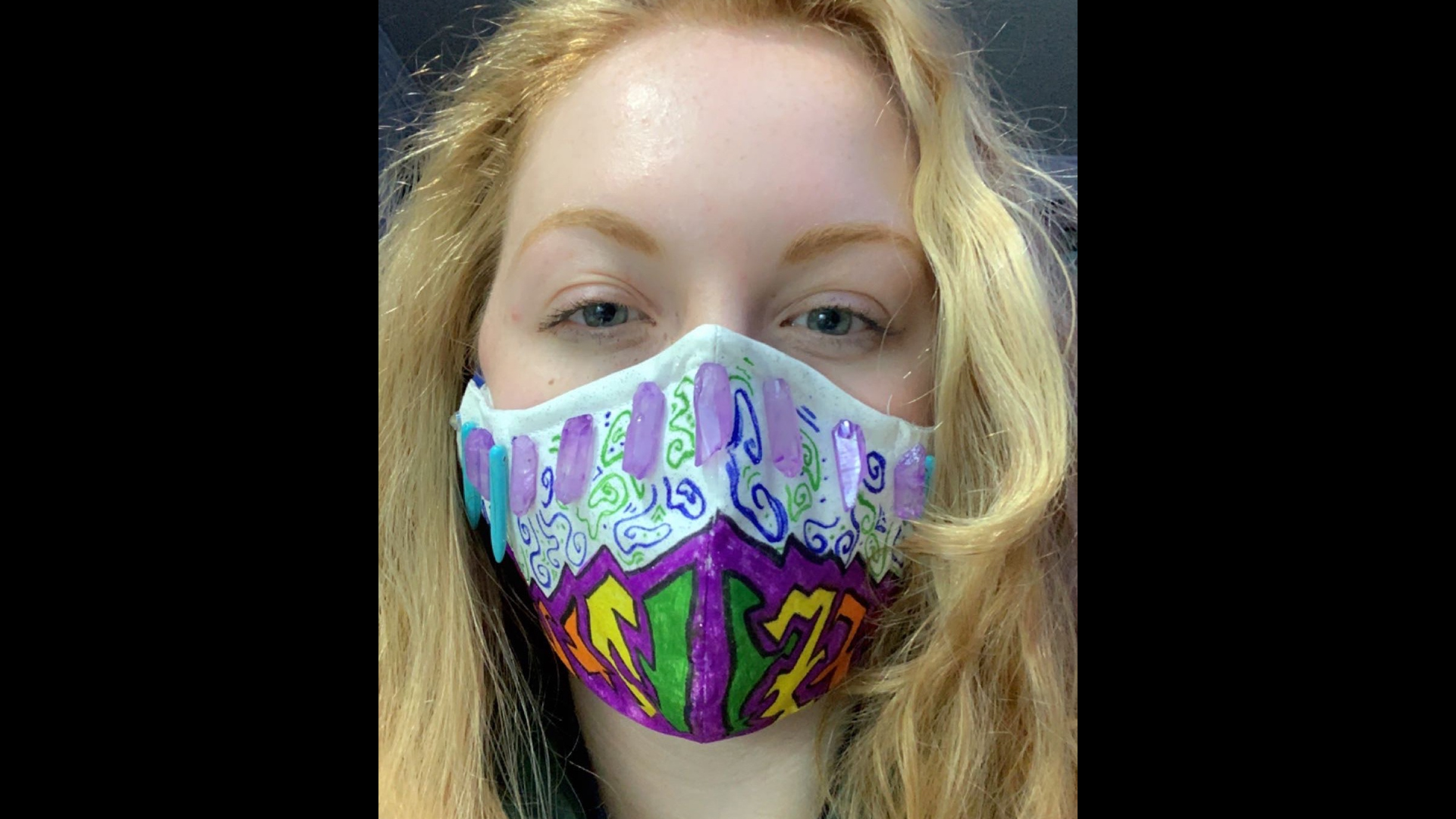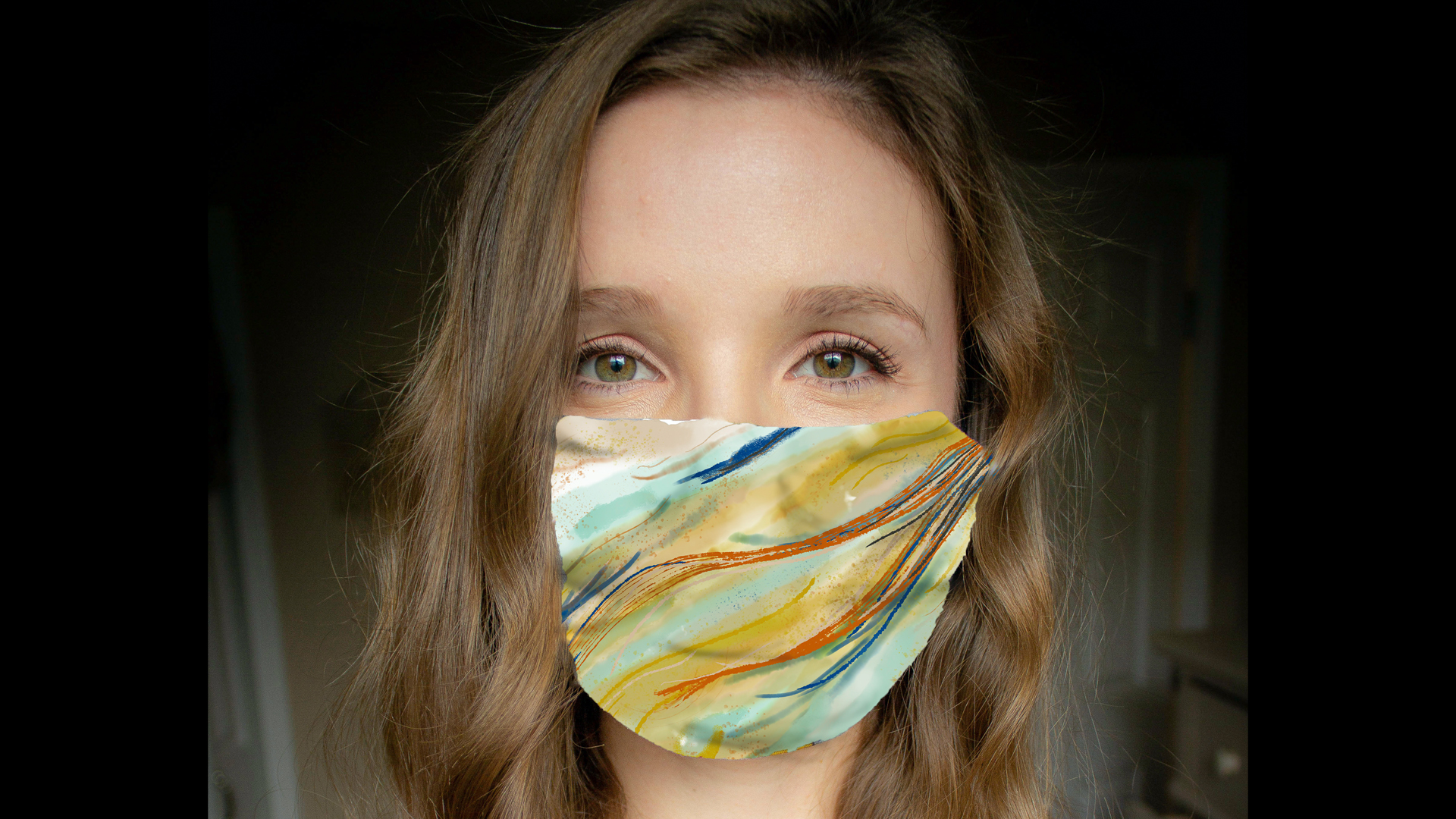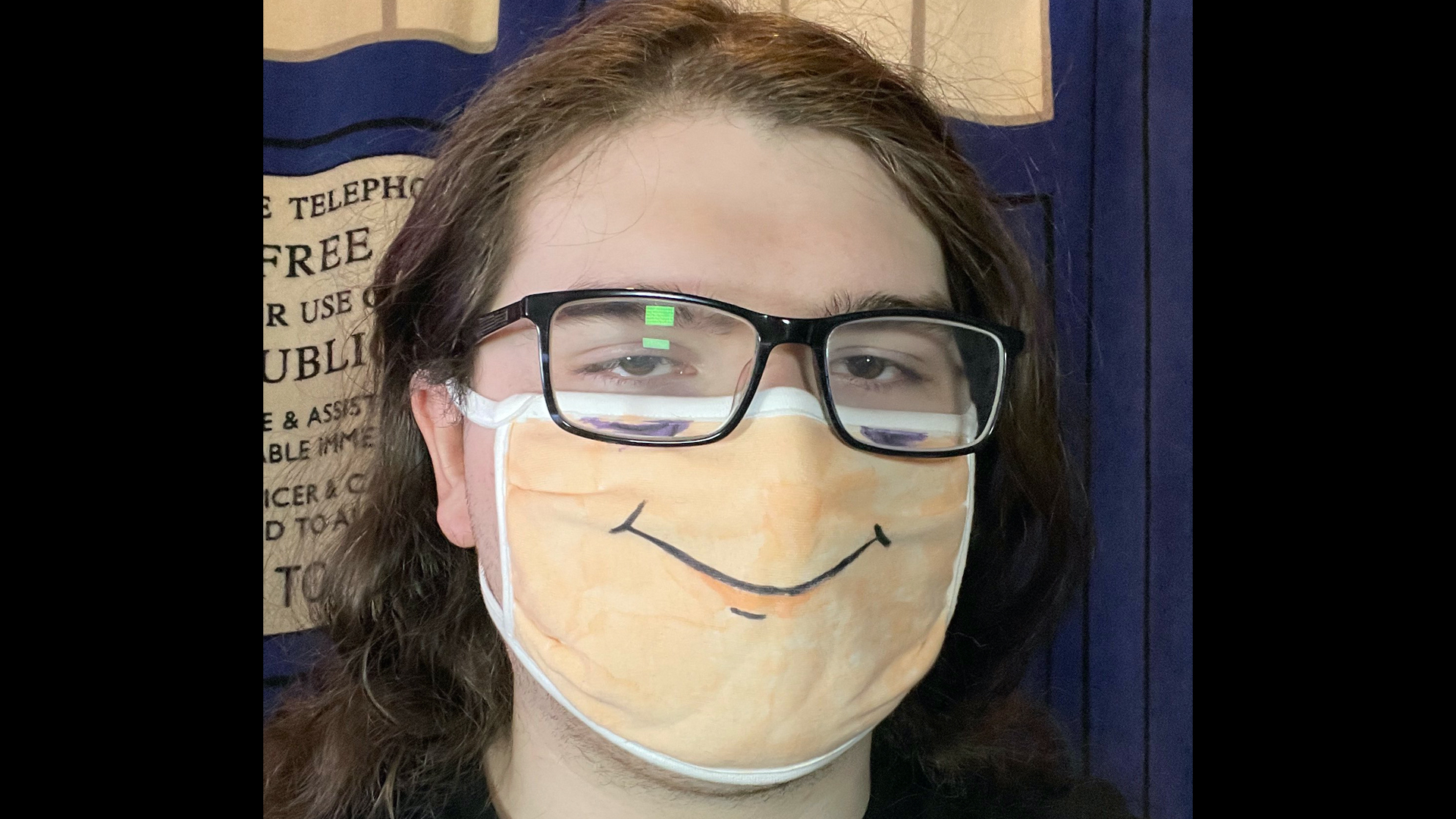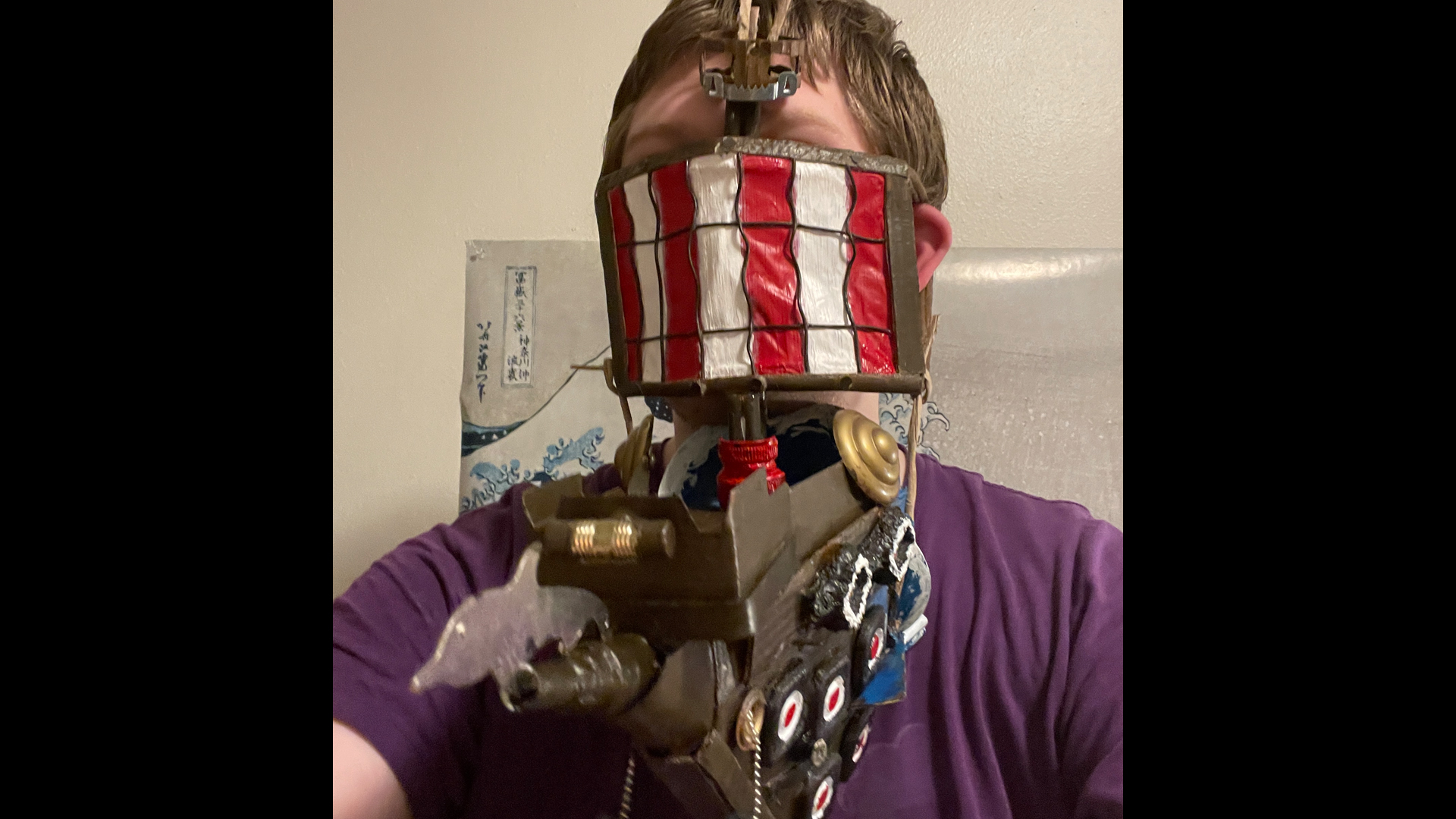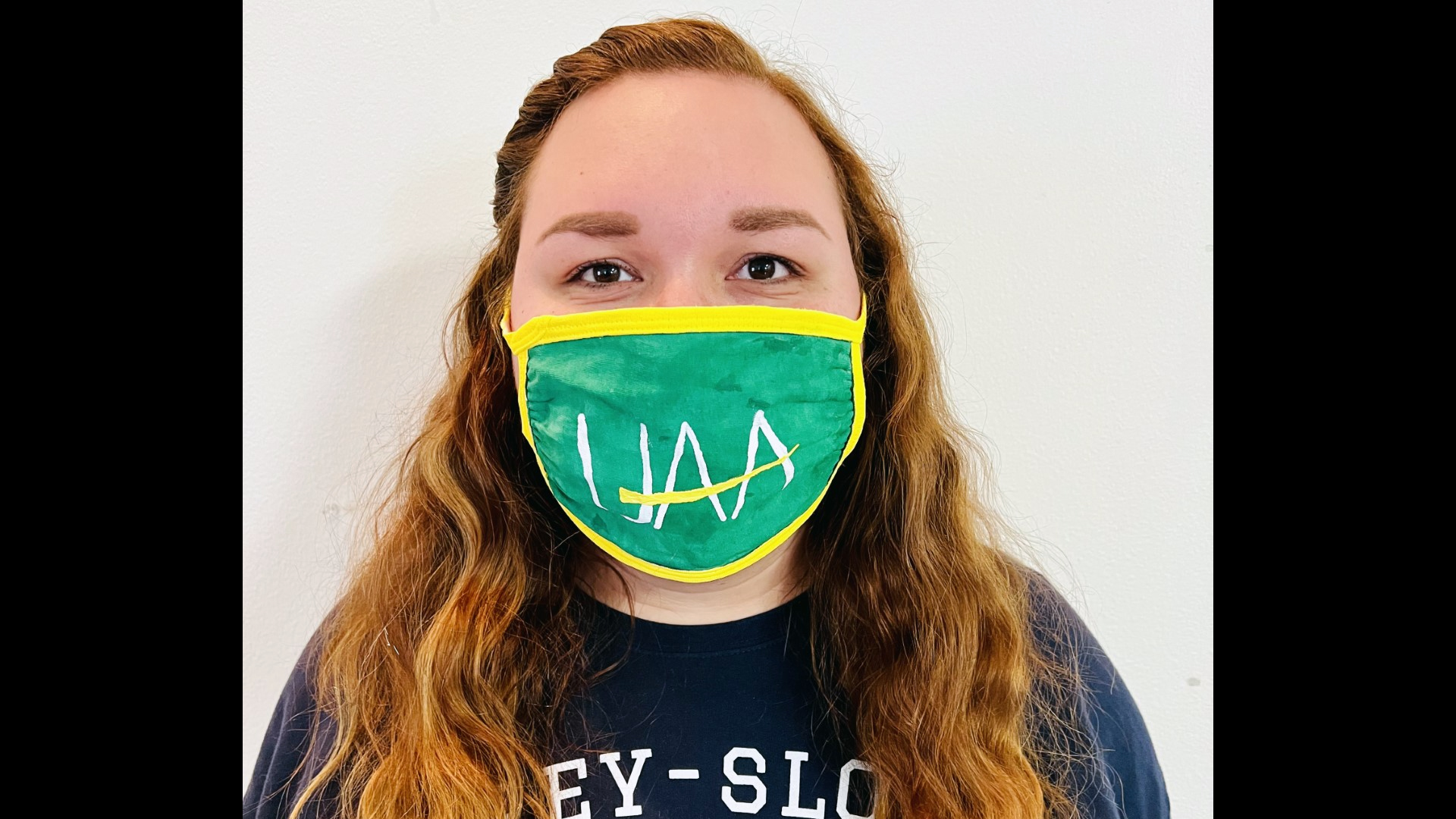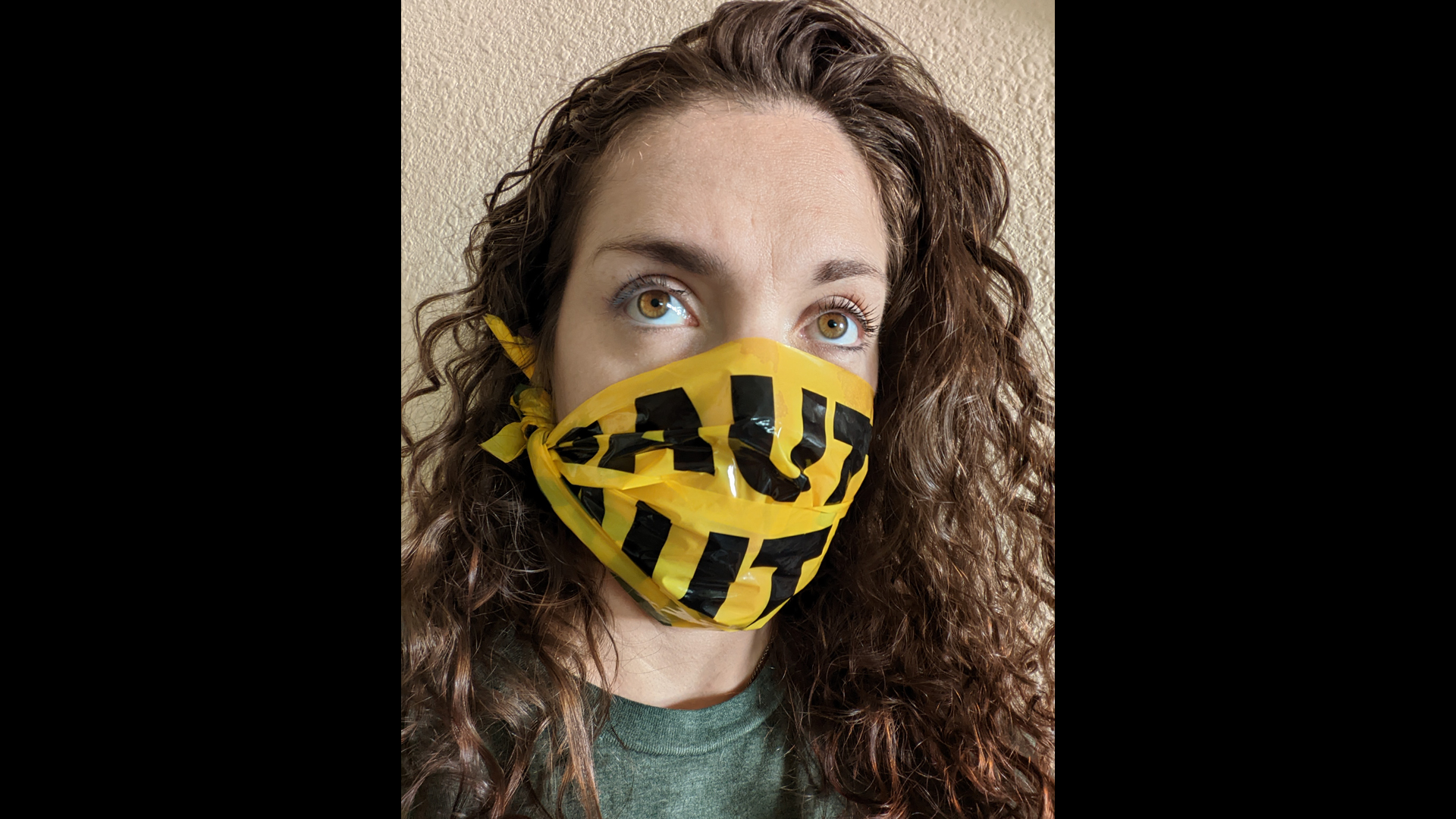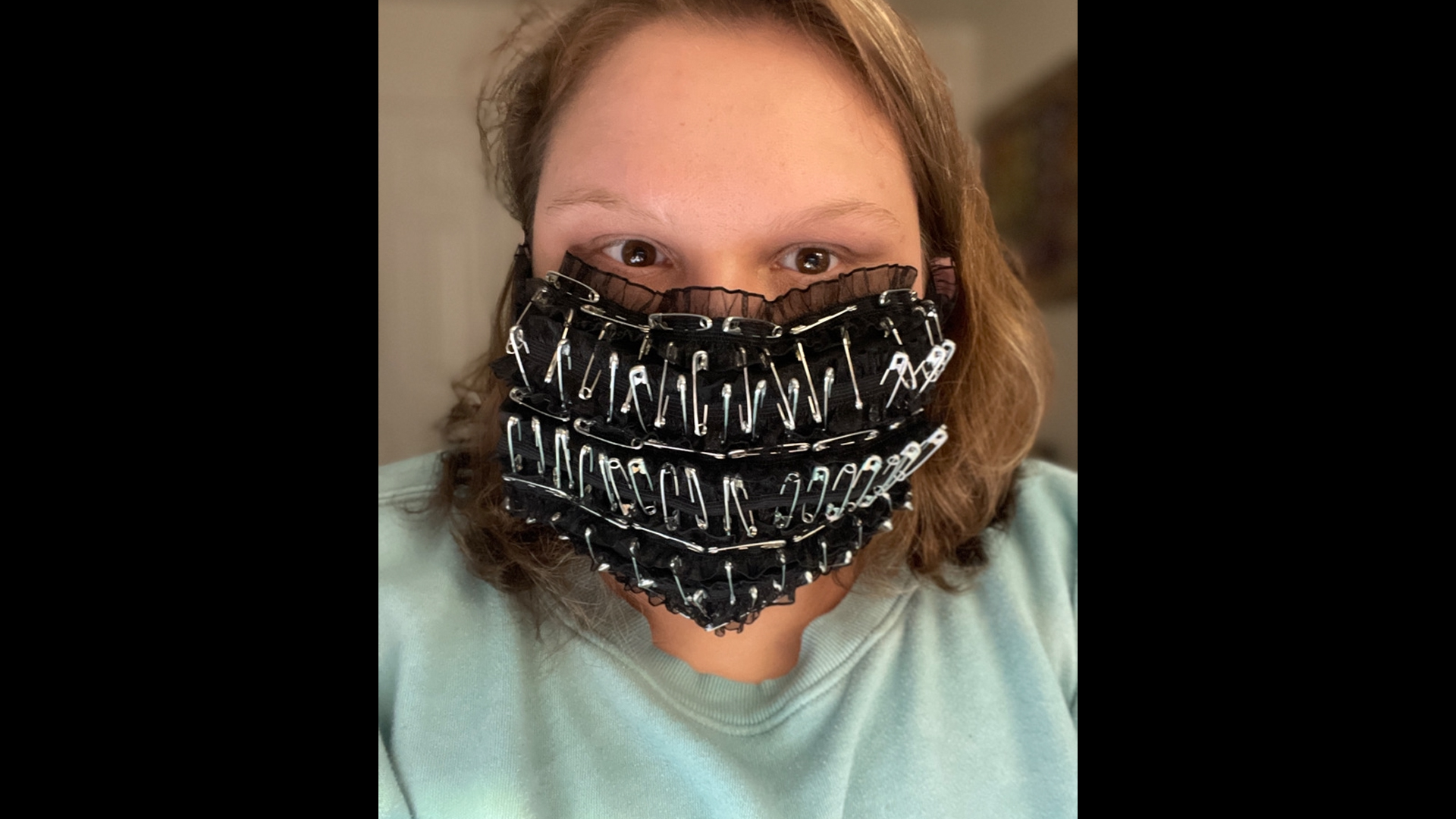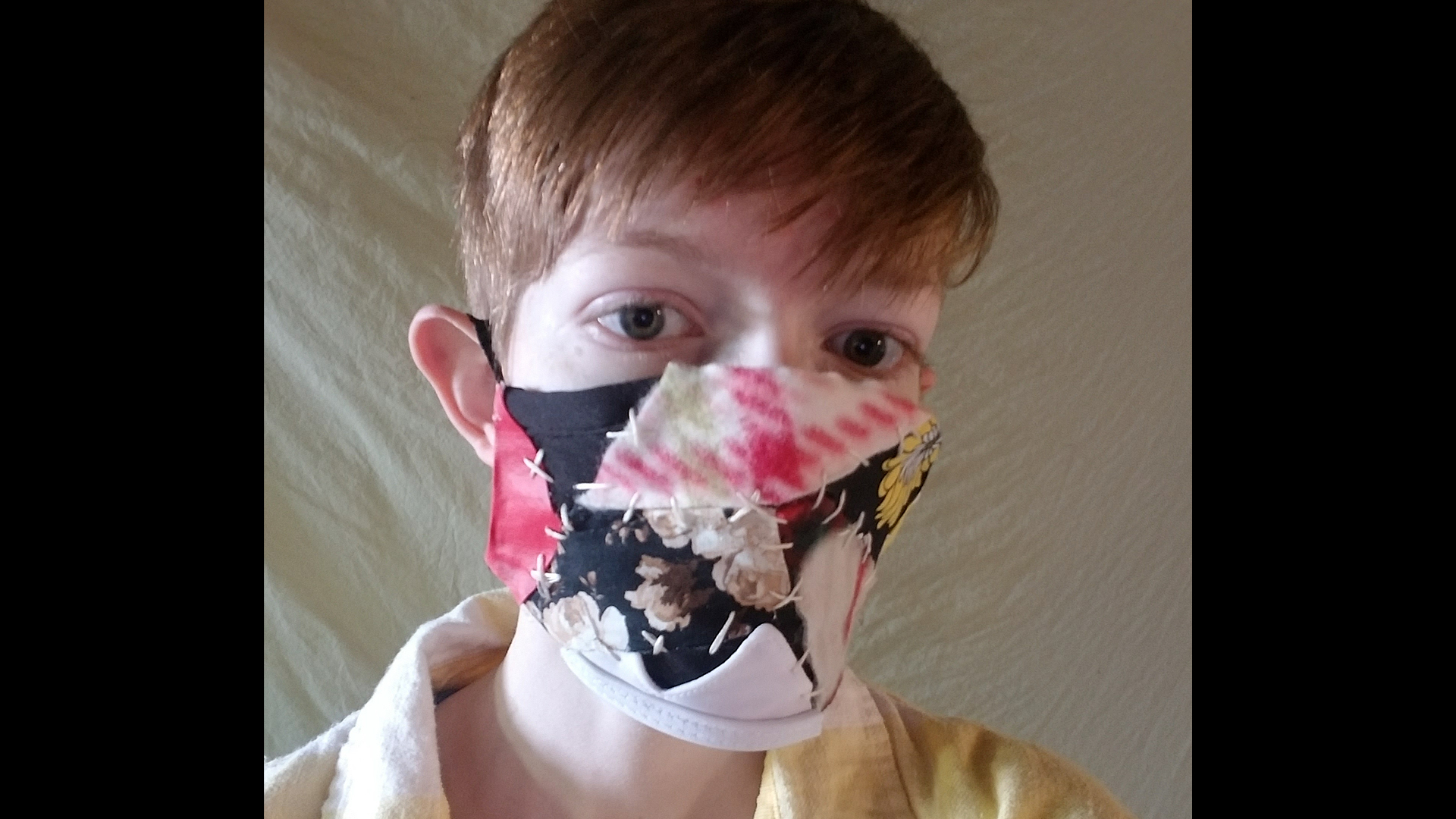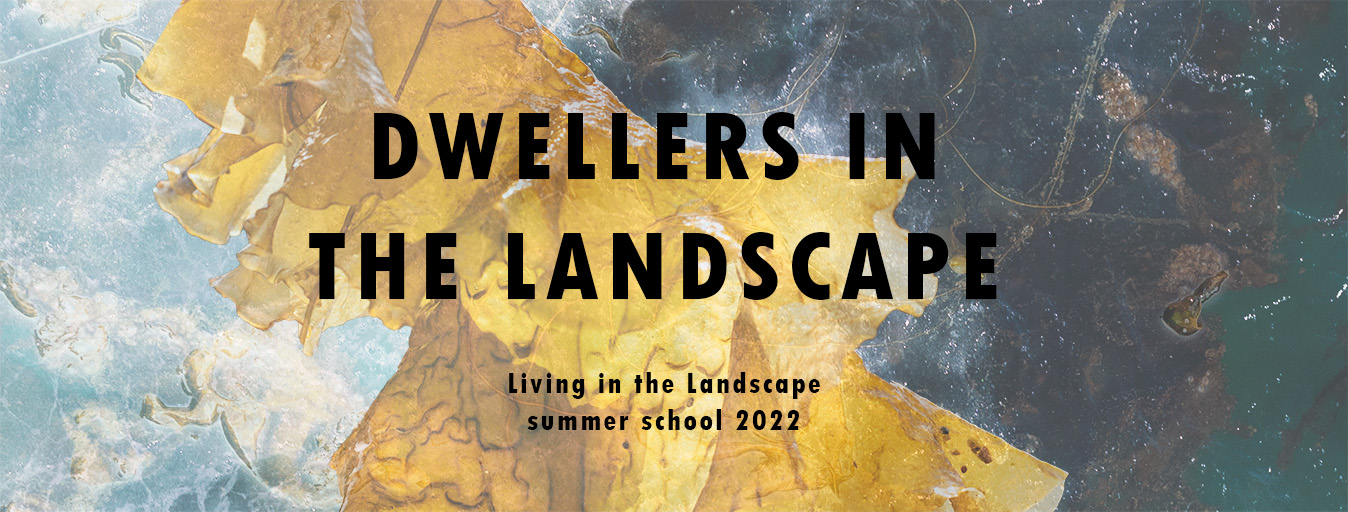
Virtual Exhibition
Relate North 10: Possible Futures
The Relate North 10 Exhibition showcases individual artworks, and collaborative, community and arts-education projects from across the circumpolar Arctic that engage with this year’s network theme: Possible Futures. Every artist and project has interpreted the theme from their own unique perspective.
Arctic communities are at the forefront of imagining alternative futures in a rapidly changing present. Across the ASAD Network we have many examples of initiatives that are actively working towards creating alternatives; from land-based educational projects to the inclusion of Indigenous language and cultural revitalization programming, to collaborations between community-led arts-based researchers and scientists.
There is great potential and a growing need for sustainable arts, design and creative industries to support the well-being of Arctic residents through transatlantic collaborations such as the ASAD Network. Relate North 10: Possible Futures is about cultivating circumpolar relations between network partners to mobilize and share examples of what we know ‘works’ at each of our specific sites. It is about discussing how we can ethically and intentionally evolve our institutions, projects, and practices to align with, support, and enact the many possible futures that have already been envisioned in the Arctic.
The Relate North 10: Possible Futures Symposium & Exhibition is a collaboration between the University of the Arctic’s Arctic Sustainable Arts and Design thematic network (ASAD), Yukon University (Yukon School of Visual Arts), and the University of Lapland.
Read more and see the programme on the official website of the symposium: https://yukonsova.net/relate-north
All Artists
Aubyn O’Grady
Darcy Tara McDiarmid
Elena Mazzi
Elina Härkönen
Faye Chamberlain
Finlay McDonald
Glen Coutts
Herminia Din
Jackie Olson
Katri Konttinen
Living in the Landscape summer school 2022 participants
Lola Cervantes
Mirja Hiltunen
Ruth Beer
Timo Jokela
Tonia Carless
Salmon Navigate Using the Stars
Selected paintings
Darcy Tara McDiarmid
Artwork Info
Selected paintings from the series Salmon Navigate Using the Stars:
Spawning Sorrow
Starlight Sojourn
Acrylic on wood
Documentation by Arcane Perry
2022
Darcy Tara McDiarmid
Darcy Tara McDiarmid is a Hän and Northern Tutchone artist from the crow clan. Darcy is a professional painter, carver and illustrator. She is guided by nature, dreams and long ago stories. She uses her art to raise awareness about the environment and conservation. Darcy hopes to capture the pristine beauty of the spirit of nature in her artwork. She does her artwork to honour her ancestors.
Map of the Froglands: on the way to Käyrästunturi
66° 57.5016′, 26° 10.3059’
Lola Cervantes
Artist Statement
As a researcher within the textile field, it is easy to imagine alternative futures as the growing need for sustainable design, craft and art is becoming crucial, but how does my most personal artistic practice responds to the sustainability challenges in the Arctic?
My artistic practice is focused on interpreting the concept of landscape, territory, geography and the relationship with human through drawing and graphic resources. Currently my practice is being re-shaped by the perspective to approach my creative processes implementing sustainable materials and processes in environmental and cultural terms.
The piece interprets a familiar landscape I visited the last years during the summer and autumn to pick berries and mushrooms. The wool patches resemble mosses and lichens that grow on swamps and paths on the way to Käyrästunturi, a hill near Rovaniemi in Finnish Lapland. The material is naturally dyed wool made in different sessions by members of the team @embroideredstances, using local mushrooms, vegetable peels and plants. The wool used comes from an endemic breed of sheep, the Finnsheep, acquired from an organic farm in Tornio. The piece seeks to present wool as a possibility for the future of the Arctic region and to interpret the concept of northern sense of place. Wool has been used in Finland for over 2000 years. If we think of cultural sustainability as a place-based concept, (Härkönen et al., 2018) and from an environmental sustainability perspective, wool is an entirely natural product that is fully biodegradable, acting like a fertiliser by slowly releasing its nutrients and carbon back into the soil.
Mushroom and plant dyed wool on canvas, 30×40 cm
2022
Lola Cervantes
Lola Cervantes is a designer and artist using drawing as a tool, to reflect on human and territory. Her main research interest lies in the intersection of craft and design through collaborative processes and art-based methods, focused on sustainability and traditional knowledge within the textile field with a focus on arctic wool. Her background is in the crafts field, where she has collaborated with associations of artisans from Mexico and Spain.
She holds a bachelor’s degree in Industrial Design (Mexico 2014), a master’s degree in Drawing (Spain 2018), and has specialized in Graphic Arts (Hungary 2015).She is a doctoral candidate at the Faculty of Art and Design of the University of Lapland and a member of the board of the Artists’ Association of Lapland. She has exhibited her works individually in Mexico, Hungary, Slovakia and Finland.
Future Biotopes
Elina Härkönen
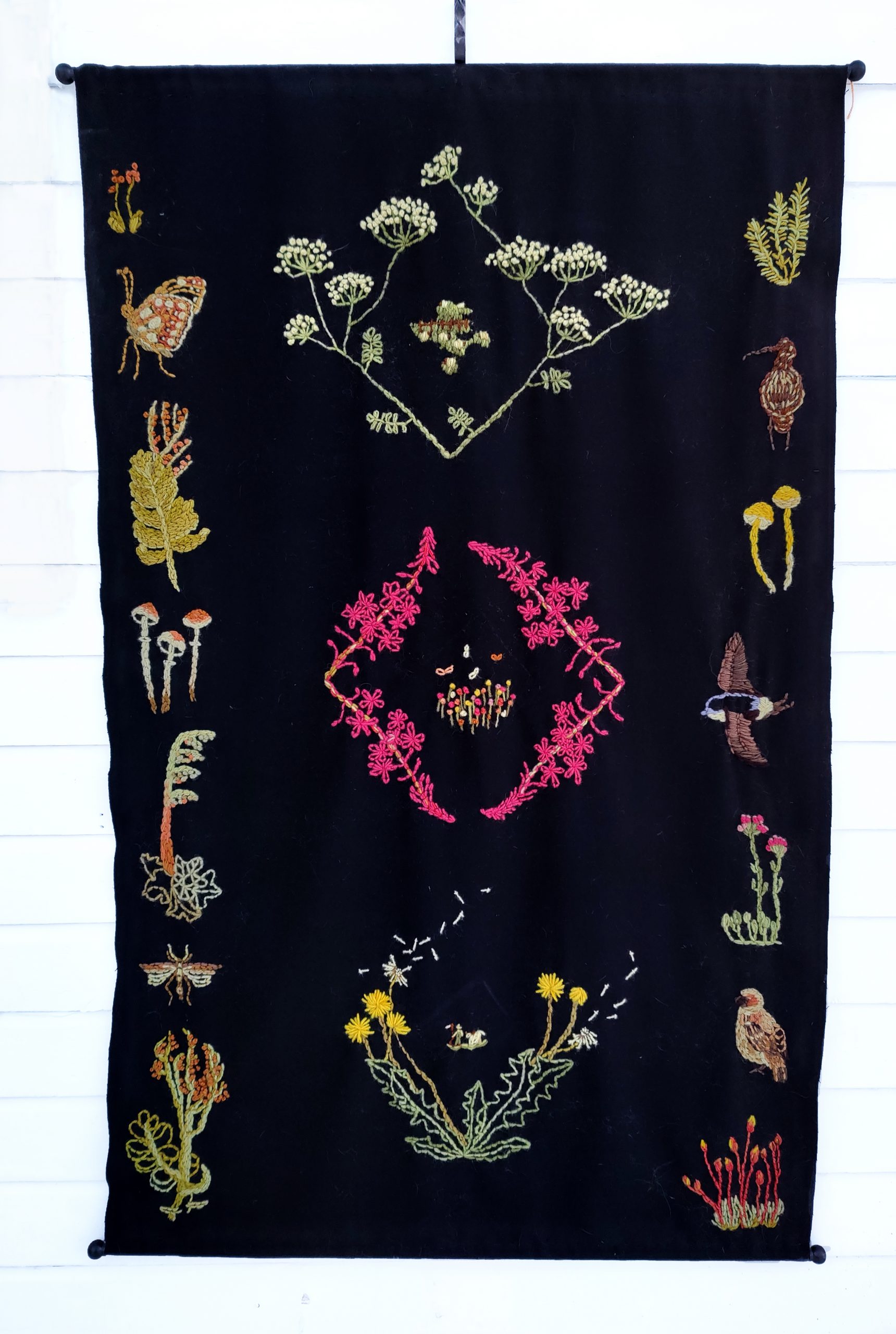
Artist Statement
My work, a sleigh blanket embroidery is called Future Biotopes. It is simultaneously a celebration to the uniqueness of the traditional agriculture in Finland that is often only blamed on environmental crises. It is also a reminder that by losing it, our landscape is getting rapidly poorer and that we all can contribute to prevent this disappearance of species in Finland. Our traditional agricultural landscape has been very rich, and it may still be saved.
Sleigh blanket embroidery, 140cx80 cm
2023
Elina Härkönen
Elina Härkönen works as a university lecturer in art education at the University of Lapland. Her art is based on traditions of botanical dyeing at the intersection of contemporary art, and in her textile works she examines especially the diverse and living cultural heritage of Finnish Lapland from the perspective of art and craft. Her research interest is cultural sustainability in community art education practices.
Dire
Jackie Olson
Artist Statement
My work is focused on exploring local materials and the process of breaking down the materials to be worked into an art form. Making connections to materials that were used by my ancestors in their everyday lives is powerful and I realize how far our family has gone away from living on the land. It is important for me to make those reconnections to the land, to learn how it was used and to use it in a contemporary context. Sustainability is at the forefront of my thinking as the world shifts under the pressure of climate change. It is more important than ever to get back to basics and know how to use what’s around you for shelter and food.
At this time I use this knowledge and process to create artwork that speaks to the state of the land, the beauty of the land and most importantly its resilience and adaptability. In 2022 I created a larger-than-life willow fish weir to guide visitors into an exhibition I curated called DIRE which honoured salmon-as-life. I invited artists to submit new works highlighting the importance of salmon and the disconnection we feel with their disappearance from our rivers.
Title 1: Willow Fish Weir (Returned to the land)
Title 2: Willow Boned Salmon
Materials: Willow branches, willow fibre cordage, Yukon River Rocks
Created for the DIRE Exhibition in the Yukon School of Visual Arts Gallery, June-August 2022.
Salmon documented by Arcane Perry
2022
Jackie Olson
During recent times Yukon River Chinook salmon populations have experienced significant declines; each year, fewer Chinook have been swimming into the Yukon. Salmon are not only an important source of food, but they connect us culturally and spiritually to the land. Salmon are inseparable from our culture.
DIRE, an exhibition curated by Trʼondëk Hwëchʼin artist Jackie Olson in the summer of 2022, honoured salmon-as-life and invited several Indigenous artists to create new works speaking to the importance of salmon and the disconnection we collectively feel with their disappearance from our rivers.
DIRE included two sculpture works by the curator: a larger-than-life salmon weir to guide visitors into the gallery, constructed entirely of willow. The weir has now been returned to the land as a sculpture. The second work was a large willow sculpture evoking a salmon skeleton. River rocks were collected and painted to look like roe and placed at the bottom of the sculpture.
FROM INSIDE TO OUTSIDE
AUBYN O’GRADY
Artist Statement
Filmed at the Arctic Circle, FROM INSIDE TO OUTSIDE considers other the imaginary forces that govern our ideas of being inside of or outside of.
Video, color, sound, 5 min 55 sec
2022
Aubyn O'Grady
Aubyn O’Grady is the Program Director of the Yukon School of Visual Arts in Tr’ondëk Hwëch’in Territory, Dawson City, Yukon. Aubyn’s interdisciplinary academic and art works exist in the space between performance and pedagogy. Community engagement is the focus of her arts practice, often taking up the very place she lives in as her material. She is a frequent and enthusiastic collaborator, and so, can rarely take sole credit for any project she organizes. However, she can be credited with conceptualizing the Dawson City League of Lady Wrestlers (2013-2017), the Swimming Lessons Aquatic Lecture series (2017-2018), Local Field School (2020+), and Drawlidays (2019, 2020), a Dawson City-wide portrait exchange.
What would I see and how would I describe it?
Katri Konttinen
Artist Statement
What would I see and how would I describe it? is a photographic series, which discusses about people and places. It is built around a glass item, the Loupe, taken into nature in different places in Northern Finland. It invites the viewer to ask themselves the questions of what would I see and how would I describe it? It also asks, from what perspectives do we see the places around us and how do we communicate about them?
These glass items were created in 2020 wondering how the material could be used in making a statement. The items were designed as Loupes, lenses through which we can look at the world and see the beauty in it. It was the time when COVID-19 stopped the world as we knew it. In this moment, I wanted to design an item through which the world could be looked at through new perspectives.
Photographic series, 400×600 mm
2020-2021
Katri Konttinen
Katri Konttinen (b. 1988 Jyväskylä) is Rovaniemi-based industrial designer (Bachelor of Arts) and Master of Arts. Konttinen has graduated from the University of Lapland from the Master’s Degree Program in Applied Visual Arts, and has since continued to doctoral studies. In her research, Konttinen is interested in examining the diverse dialogue born from art and design-based activities. At the heart of the dialogue are people, methods and materials that support the emergence of dialogue. She is also interested in different ways people observe environments. A new dialogue may emerge from the observations that can be supported by art and design activities. The dialogues and observations are also visible in Konttinen’ s artistic activity, where photography plays a central role. Photograph as a medium provides a tool to frame details and moments as they are.
Women’s Forest
Mirja Hiltunen
Artist Statement
Women’s Forest is a performative artwork that invited women on the threshold of their third age to question the norms and stereotypes of ageing. The group focused on elements of the forest, its sound- and landscape, plants, swamps and rangelands, and sensing and transforming into art-based sharing. Women’s Forest is about embodied experiences. It tells about the joy of learning about and with the forest, with the layers of culture, photographong, hiking, berry picking and just relaxing. The experiences were further developed and shared through installation art. Relationships and conversations with the forest took shape in poems, letters and paintings. These treasures were hidden in scrolls of birch bark and later given as a present back for the forest.
Mirja Hiltunen and team: Sirkka Laitinen, Maijaleena Palosaari, Pirjo Honkarinta, Marja Ervasti, Anitta Oinas, Leena Poikela and Kerttuli Saajoranta.
Performative artwork and installation with photos, birch bark, poems and drawings for the forest
2021-2022
Mirja Hiltunen
Hiltunen (Doctor of Art, MEd ) is professor and the head of Art Education in the Faculty of Art and design, University of Lapland, Rovaniemi, adjunct professor in University of Oulu. Her artistic work is collaborative and performative, also building a connection with the surrounding nature. In her installations and videos, she has often explored friendship, ageing and intergenerational connections. The place-specificity, performativity and socially engaged art are particular interests to her. She has presented numerous international research papers and published her work in art education journals and books and art exhibitions.
The Land is Medicine
Faye Chamberlain
Artist Statement
The Land is Medicine (selected masks)
With this exhibit of masks made from materials that I grew, foraged or trapped myself, I hoped to evoke a feeling of communal efforts, a sense of place in these uncertain times, to provoke discussion, and to remind the viewer that given a chance, the natural world will always provide.
Caribou tufts, deer hide, raven feathers, caribou hooves, beaver fur, glass + brass beads, synthetic sinew, seal hide, semi-precious stones, and Labradorite
2020
Faye Chamberlain
For as long as people have lived in the Yukon, they have interpreted their surrounding world through story-telling and visual art forms. Today it is to this natural world that I turn to for my designs and inspiration with fur, quills, fish scales and antler as some of my muses. Blending traditional motifs and techniques with novel forms challenges and inspires me and hopefully the viewer as well. My artistic journey is an ongoing self-discovery process and a reflection of my heritage, my lifestyle and contemporary experiences.
Nordic Connections: Prototype
Finlay MacDonald
with Roxane Permar and Susan Timmins
Click the image to see the video
Artist Statement
This film introduces the online mixed media environment produced by participants in the pilot project Nordic Connections: learning from the past to shape the futures. The project explored two issues that threaten contemporary society — catastrophic climate change and nuclear disaster. The project explores engagement in arts projects as a means to diminish anxiety around the fears linked to these issues and to foster a sustainable future by finding imaginative ways to communicate the impacts of these societal threats.
The radome, a form of Cold War architecture familiar to northern and Arctic communities in NATO’s early defence warning system, forms the basis for the creation of this Prototype which incorporates material created in the project including a film, audio recordings and drawings as well as excerpts from researchers’ presentations about the nuclear threat and marine pollution from micro plastics and marine debris.
Video of online interactive exhibition, 10 min
2022
Finlay McDonald
Artists: Finlay McDonald with Roxane Permar and Susan Timmins. Content contributed by participants in the project.
Finlay MacDonald who developed the online exhibition Prototype is specialised in Computing and Digital Media specifically 3D Animation and games development. Finlay lectures at UHI Moray on the BSc(Hons) Interactive Media degree in a variety of subjects including Games Engines in Interactive Media and Technologies in Human Computer Interaction. Additionally, Finlay acts as a research assistant and has worked on numerous projects ranging from mobile applications to Virtual Reality projects.
Content was contributed by members of the two communities linked by the project, the island of Unst in Shetland and two islands, Onøy and Lurøy in northern Norway, including teachers and S1 and S2 pupils from Baltasound Junior High School, Unst; teachers and 5th, 6th and 7th year pupils from Onøy/Lurøy Skole, Norway. Additional material provided by researchers Mette Gårdvik, Wenche Sørmo and Karin Stoll from Nord Universitet, Campus Nesna; Roxane Permar and Susan Timmins, Cold War Projects Shetland.
Contact information:
Finlay MacDonald, UHI Moray, finlay.macdonald.moray(at)uhi.ac.uk
Roxane Permar, Centre for Island Creativity, UHI Shetland, roxane.permar(at)uhi.ac.uk
Website: www.coldwarprojects.com
Rough Round the Edges I
Imperial Measures
Rough Round the Edges II
Glen Coutts
Artist Statement
The landscape, heritage and history of the Firth of Clyde, the largest and deepest coastal waters in the British Isles, close to my home in Scotland, all are central to my work. A beautiful part of the world with mountains, rivers, lochs and coastlines. The place, the people, history and traditions permeate all that I make. I have always been fascinated by the area I live in, its cultural and industrial heritage, from fishing to shipbuilding and heavy engineering. All those industries are now in decline with the subsequent loss of cultures and skills. The land and seascape are regular visual references; rugged and sometimes dangerous with the current, sinister, presence of the United Kingdom fleet of nuclear submarines a recurring theme.
My artworks mirror my feelings about the changing place(s) – personal, layered and multifaceted. The work I make reflects people as well as place. My father was a joiner (carpenter) and the tools and instruments of working people, or the ‘trades’ often appear in the work.
Original Digital Print, 72 cm x 52 cm
2022
Glen Coutts
I was born in 1957 in Glasgow. I am a graduate of Glasgow School of Art (GSA) and the University of Strathclyde. At GSA, I studied Mural Design and Stained Glass, very much a mixed media course including an interest in printmaking, so I joined the Glasgow Print Studio as a student before I graduated in 1979. A brief spell as a community artist followed and then teaching art and design in Scottish secondary (high) schools for about ten years. From 1991 to 2010, I worked in Initial Teacher Education (training secondary art and design teachers) at the University of Strathclyde, Faculty of Education (formerly Jordanhill College).
Since 2010, I have been working as a part-time professor of applied visual arts education at the University of Lapland. In recent years, I have spent more time in printmaking embracing the wonderful opportunities that digital technology provides; allowing me to combine drawing, painting, photography and collage to express ideas and ‘tell personal stories’.
Wide Load: A House Moved
Tonia Carless
Artist Statement
This artist book is a photographic archive and text of a house move in Northern Sweden. It considers the historic, cultural, technical and material significance of wholesale house moving (husflyttningar) in the region, through a single, historic house move in Umeå, 2021. The main frame of analysis is the spatial politics of un-building. It is an investigation of the vernacular mobility of shifting built and occupied forms in relation to a historic and future context of urban reconfiguration, a proposed architecture of de-growth in Northern Sweden.
The visual work explores context through the form of the book itself. It is also a potential model that constructs and translates analysis of the space. It is a collaborative architectural work to document the house move and other spatial productions, models, drawings and collage of the space beneath and between the ground and house, image projections, exhibitions and events, as public exchange.
Artist book, paper and mixed media print, 297×420 mm
2022
Tonia Carless
Tonia Carless and Robin Serjeant research the production of space through visual media and have undertaken public installations of projections of the wholesale moving of buildings in Umeå, Tonia is Associate Professor of Architecture at Umeå University School of Architecture and Robin is an Independent Researcher and Teacher of Architecture in the UK. James Benedict Brown is Associate Professor of Architecture at Umeå University with a particular interest in critical pedagogy and the role of design-build and live projects in architectural education. paula roush is an artist and founder of msdm [mobile strategies of display and mediation] studio London.
Life/Money
Yukon Weathering
Ruth Beer
Artist Statement
The photographs in the exhibition are a result of a visit to Dawson in the summer of 2022. Life/Money includes images from the Dawson Museum displays featuring a portion of the history of place. Artifacts referencing the Gold Rush and the search for (monetary) wealth had an enormous impact on the local community and way of life. Gold-seekers along with commodities linked to global supply chains flooded the community upsetting the sustainable balance that once existed in this place. The photographic series Yukon Weathering of buildings and textures refers to time past, present and future as it addresses climate impacts, and questions how the climate crisis could effect the local weathering of physical, social, and cultural possible futures.
Life/Money
Photograph (diptych, each image 15” x 8.5”
Yukon Weathering
2 photographs (series) each image 15” x 11.5”
2022
Ruth Beer
Ruth Beer is a visual artist whose interdisciplinary research-creation practice examines and envisions contested geographies and landscapes in transition. Her artworks, including sculpture, video, photography, and tapestry have been featured in solo and group exhibitions nationally and internationally. Her recent research-creation projects including Trading Routes: Grease Trails, Oil Pipelines and Shifting Ground: Mapping Energy, Geographies and Communities in the North, have been generously supported by the Social Sciences and Humanities Research Council of Canada. Ruth is Professor of Art and Graduate Studies at Emily Carr University of Art and Design in Vancouver, Canada.
Websites: ruthbeer.com, shiftingground.ca, tradingroutes.ca
The upcoming Polar Silk Road
Elena Mazzi
Artist Statement
The upcoming Polar Silk Road intends to analyze the complex intertwining between economy, geopolitics, ecology and mobility within the Arctic regions mostly affected by the infrastructural, economic and political transformations linked to the Polar Silk Road, in particular Iceland. This axis, which will connect Europe, Russia and China by opening a “Northern Route”, will be an alternative to the traditional maritime ones and will exploit the subsoil of the Arctic seas which contain 20% of all the planet’s reserves, including oil , gas, uranium, gold, platinum and zinc.
The work consists of a video documenting some key places of this transition, such as the possible new port of Finnafjörður in the north-east of the island and the nearby CIAO Institute, the new meteorological-astronomical observatory founded to cement the agreement between China and Iceland, countries that are now protagonists in the process of defining the new trade route in the Arctic.
The work is divided into a series of interviews with figures who contributed to the design of these places, local politicians, researchers, fishermen and farmers. The interviews were reshaped by the artist in a text accompanying the video images, adding an additional level of reading, halfway between fiction and reality.
Video, HD, color, sound, 9 min 45 sec
2021
Elena Mazzi
Elena Mazzi (Reggio Emilia, 1984) studied at the University of Siena, IUAV in Venice and Royal Institute of Art (Konsthögskolan) in Stockholm. Her works have been exhibited in solo and group exhibitions, including: Lulea Biennalen, der TANK in Basel, MADRE in Naples, ar/ge kunst in Bozen, Sodertalje Konsthall in Stockholm, Whitechapel Gallery in London, BOZAR in Brussels, Museo del Novecento in Florence, MAGA in Gallarate, GAMeC in Bergamo, MAMbo in Bologna, AlbumArte in Rome, Sonje Art Center in Seoul, Palazzo Fortuny in Venice, the Golinelli Foundation in Bologna, 16th Quadriennale in Rome, GAM in Turin, the 14th Istanbul Biennial, the 17th BJCEM Mediterranean Biennial, COP17 in Durban, the Italian Cultural Institute in New York, Brussels, Stockholm, Johannesburg and Cape Town, and the Bevilacqua La Masa Foundation in Venice. She attended different international residency programs and workshops and she is the recipient of several international prizes.
The Art of Face Masks
College Life During COVID: A Reflective Future
Herminia Din
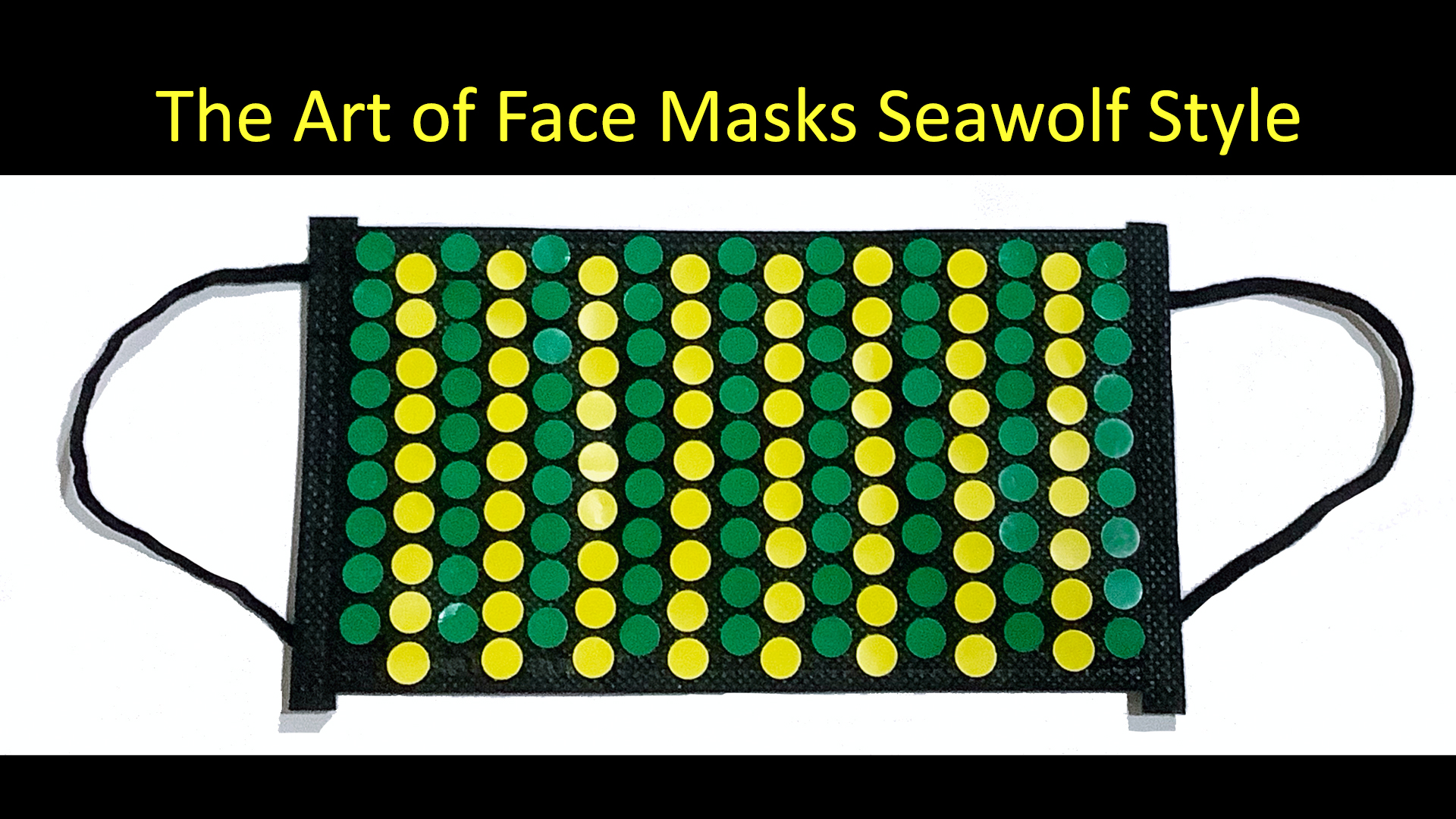
Fall 2020
Spring 2021
Fall 2021
Spring 2022
Artist Statement
Art can promote good health – of the body, mind, and spirit. We need the arts in difficult times, and in large measure. These masks reflect the times we are living – with seriousness, humour, and hope. This education project features 102 student artworks from Art A160 Art Appreciation, Art A203 Intro to Art Education, and Art A491 Senior Seminar courses, exploring the face mask as an art form of individual expression in response to the pandemic. Personal stories, frustration, and endurance can be glimpsed in these one-of-a-kind artworks.
The project started in the fall of 2020 and will conclude in the fall semester of 2022. It is a documentation of college life during COVID in the past 2 years, and intended to reflect our thoughts, uncertainties, daily challenges, and collective thoughts for the future.
Education Project
2020-2022
Participating UUA Student Artists
Fall 2020 Art A203 Intro to Art Edu
Natasha Adler, Grace Carneal, Michaeline Collins, Karah Daughtry, Isabella Fajardo, Anya Green, Miranda Hansen, Katherine Massong, Stefanie Hamilton, Shu Mayer, Thomi McCormick, Jeremie Mendez, Michael Provo II, Sam Ripley, Andrew Shepherd, Joel Sleppy, Katie Verbarendse, JR Witthuhn
Spring 2021 Art A160 Art Appreciation
Amanda Butler, Li Mei Fiske, Jillian Fleming, Daniel Geiger, Garett Granado, Shawn Mcmillian, Kanani Morrow, Fredrick Onochie, Danielle Plante, Hannah Postlewaite, Kati Renfro, Brittney Sims, Carter Stolp, Ransom Wright
Spring 2021 Art A491 Senior Seminar
Bea Barth, Caitlin Cerimele, Angelina Coleman, Michaeline Collins, Karah Daughtry, Eddie Jesus Ebete, Isabella Fajardo, Amy Jettenberg, Sabrina Kessakorn, Shu Mayer, Thomi McCormick, Brooke Moore, Karen Padgett, JR Witthuhn
Fall 2021 Art A160 Art Appreciation
Sumaiyah Ali, Adrian Arellano, Damaris Chacon, Jovan Calitis, Megan Chase, Loreal Duque, Hazel Fleck, Bradley Loncar, GUY STEVE Mvele, Greg Russo, Mya Schroder, Joseph Schwartz, Matthew Travis
Fall 2021 Art A203 Intro to Art Edu
Eila Alatervo, Gloria Alsworth, Francis ian Anino, Donalen Bowers, Ally Brokaw, Caitlin Cerimele, Rey Hidalgo, Amy Jettenberg, Sabrina Kessakorn, Kaeli Kreiser, Talia Leauanae, Hattie Little-Burgener, Claire Mattingly, Tatiana Petrykievicz, Bekah Smith, Callie Wagner
Spring 2022 Art A160 Art Appreciation
Denali Bassett, Maya Bolak, Carlie Burnett, Charli Covey, Jehovan Flores, Damia Harris, Wistyria Johnson, Jordan Lambert, Eugene Mulinde, Trinity Redwine, Colin Vincent, Megan Wolverton, Bella Worst
Spring 2022 Art A491 Senior Seminar
Eila Alatervo, Gloria Alsworth, Sara Brenner, Grace Britton, Talia Leauanae, Mary Claire Letourneau, Lillian Mitchell, Claire Rountree, Andrew Shepherd, Joel Sleppy, Bekah Smith, Katie Verbarendse, Callie Wagner, Rae Williams.
Herminia Din
Dr. Din is professor of art education at the University of Alaska Anchorage. Since 2008, she has been advancing Junk to Funk—a community-based art series focuses on using recycled materials to create beautiful yet finished functional artwork. In 2014, she created the Winter Design Project, a collaborative learning experience connecting faculty and students to take an in-depth look at “ice” and “snow.”
Presently, her work focuses on plastic pollution in the Arctic and using community art as an action for change. Grounded in educational theory and practice, she engages students in hands-on learning addressing a theme of global significance.
Kueri’s Journey – place-specific and community-based artwork
Timo Jokela
Artist Statement
The community-based place-specific artwork Kueri’s Journey (kueri is an old, already vanished name for seatrout) was realised in the village of Äkäslompolo in the summer of 2018 in collaboration with the Art Äkäslompolo art event. The artwork is a statement on the Hannukainen mine, which caused great concern and controversy in the village community living mainly on tourism offering clean nature.
Kueri’s journey artwork and video are related to my activities as both an artist and a researcher. My work is a kind of visual ethnography, a method by which I try to bring out the layers and connections of Northern eco-culture, Northern Knowledge Systems in a polyphonic way, expressed in terms in a post-humanist and neo-materialist spirit. Through place-specific and community-based art, I seek to create dialogue spaces and situations that can function in the post-colonial situations of the North as instruments of cultural revitalization while increasing resilience, even in unescapable changes.
Video, 10 min
2019
Timo Jokela
Timo Jokela is a Professor of Art Education in the University of Lapland in Finland. Currently he is a lead of University of Arctic’s thematic network on Arctic Sustainable Arts and Design (ASAD). In 2022 he was nominated as Uarctic Chair of Art, Design and Culture. Jokela has been responsible for several international and regional development and research projects in the field of art and design. His theoretical studies, artistic activities and art-based action research development project focus on the relationship between northern cultures, art and nature.
Dwellers in the Landscape
Living in the Landscape Summer School 2022 Exhibition
Living in the Landscape summer school
Dwellers in the Landscape online exhibition presents artworks that have been created during a six-month international and interdisciplinary summer school called Living in the Landscape (LiLa). LiLa is organized by the ADAD network and this third LiLa school took place in spring 2022. The aim of the LiLa series is to bring together students and scholars from different disciplines and circumpolar higher education institutions to develop culture-sensitive and sustainable research on sociocultural landscapes of the Arctic region.
A starting point for the art-based working in the summer school was the concept of taskscape of the anthropologist Tim Ingold (1993). It refers to our way of being and dwelling and the tasks we perform while in our daily landscapes.
When the school progressed, the participants were interested in examining their relationships with their landscapes alongside their taskscapes through the concept of co-knowing. The artworks show how the art-based approaches made the participants consider how their dwelling, identity and work were related to the themes of the course. The works reflect how living can be made more sustainable and consistent for the other beings dwelling in these same landscapes.
Click the image below to see the exhibition.
Artists
Anna M. Jantos, Jacquelaine Kennedy, Abigail Harkey, Anne Lise Wie, Elina Härkönen, Mette Gårdvik, Lotta Lundstedt, Liisa Ahola, Niina Oinas, Emmi Kairenius, Timo Jokela, Sara Rylander, Matti-Pekka Karikko, Mari Parpala, Agnieszka B. Jarvoll and Renate K. Nordnes.
